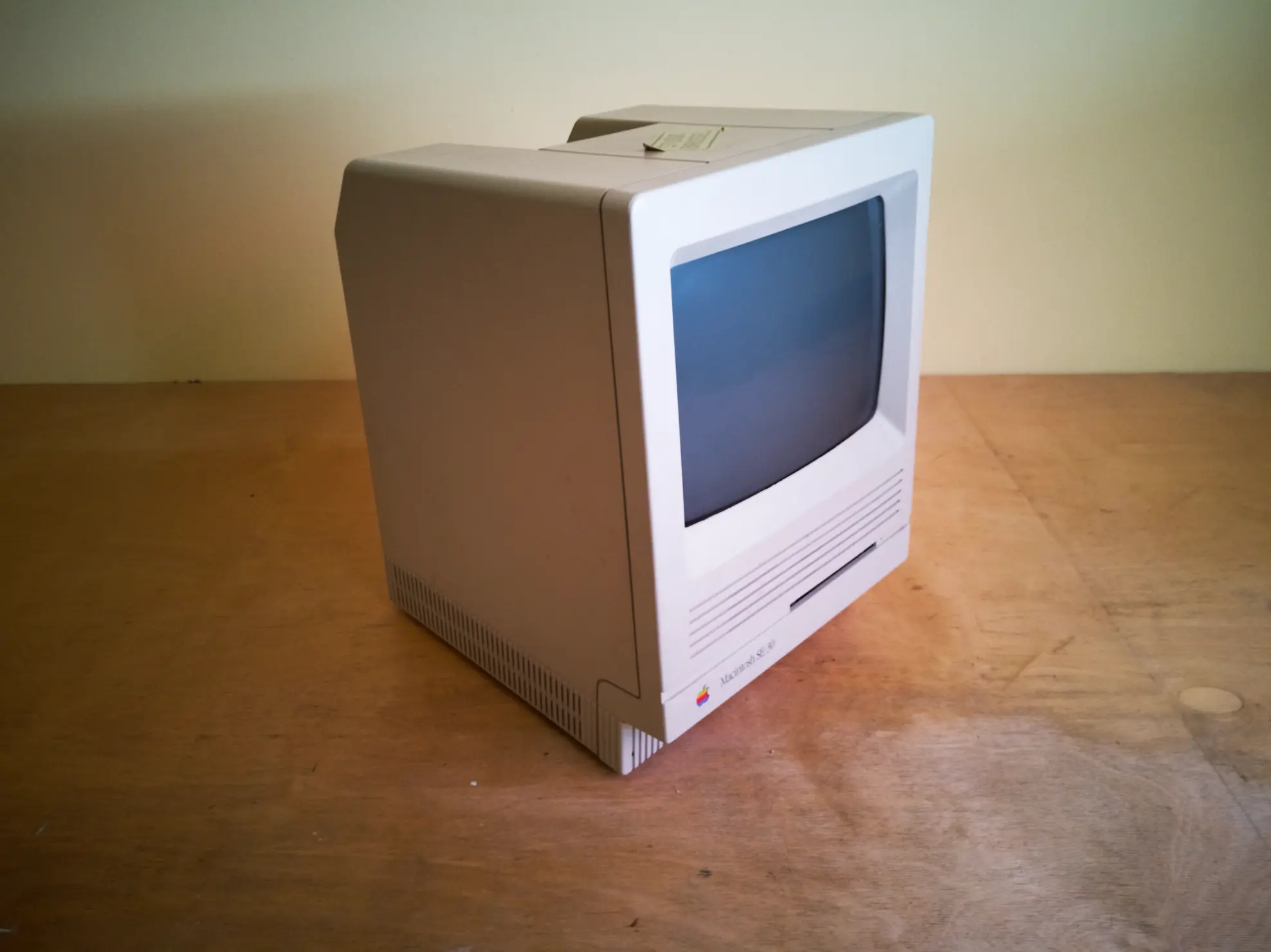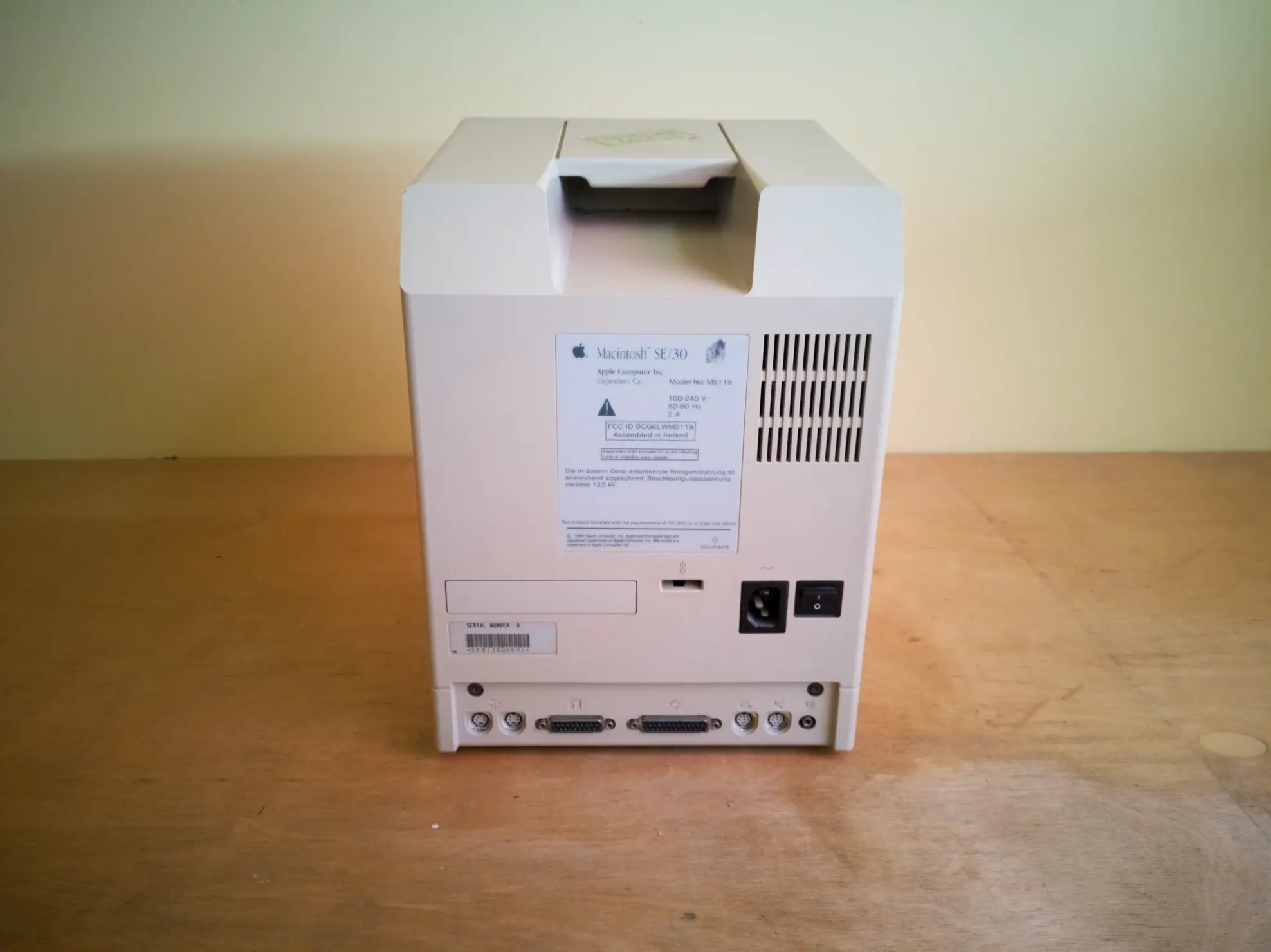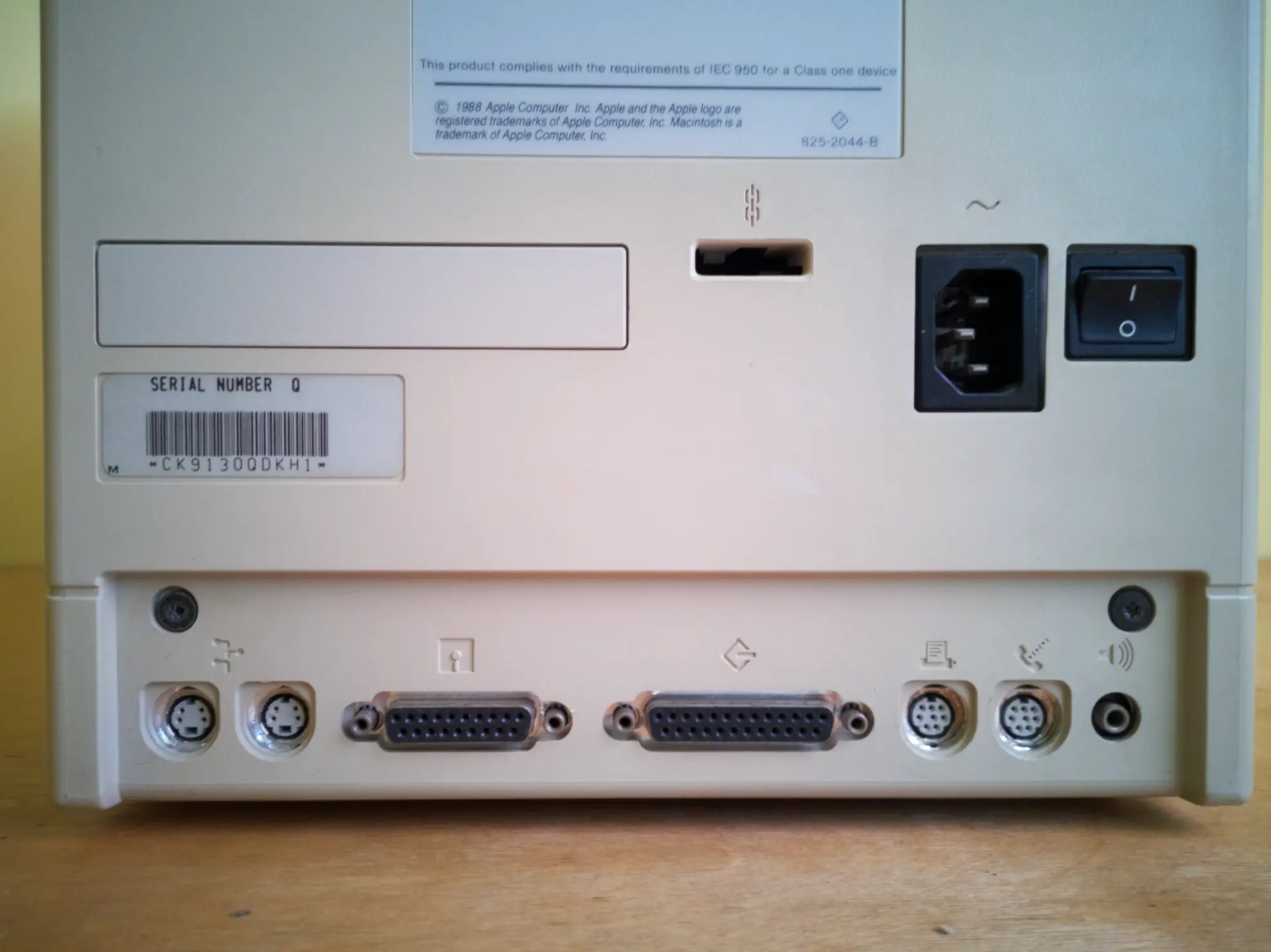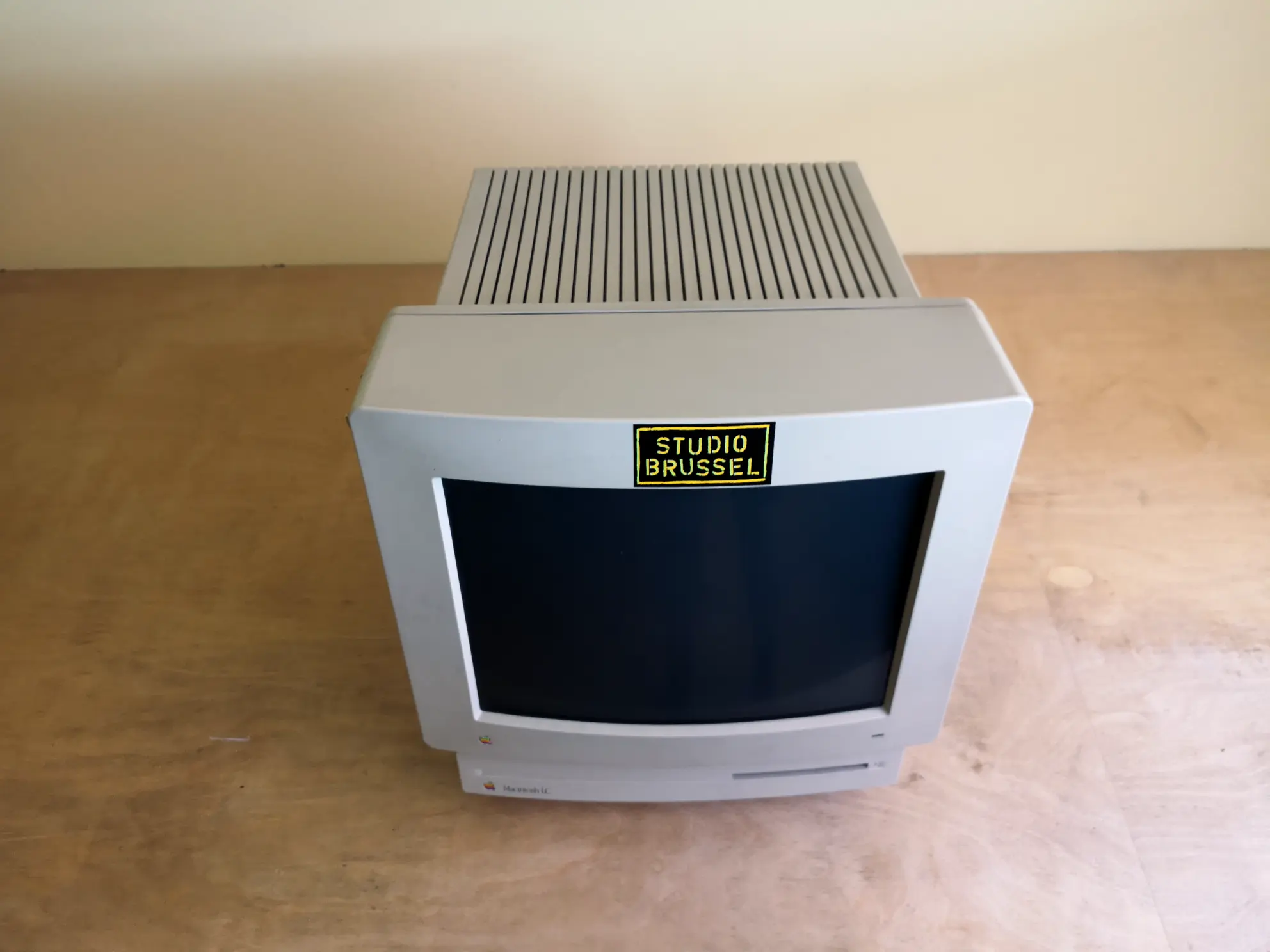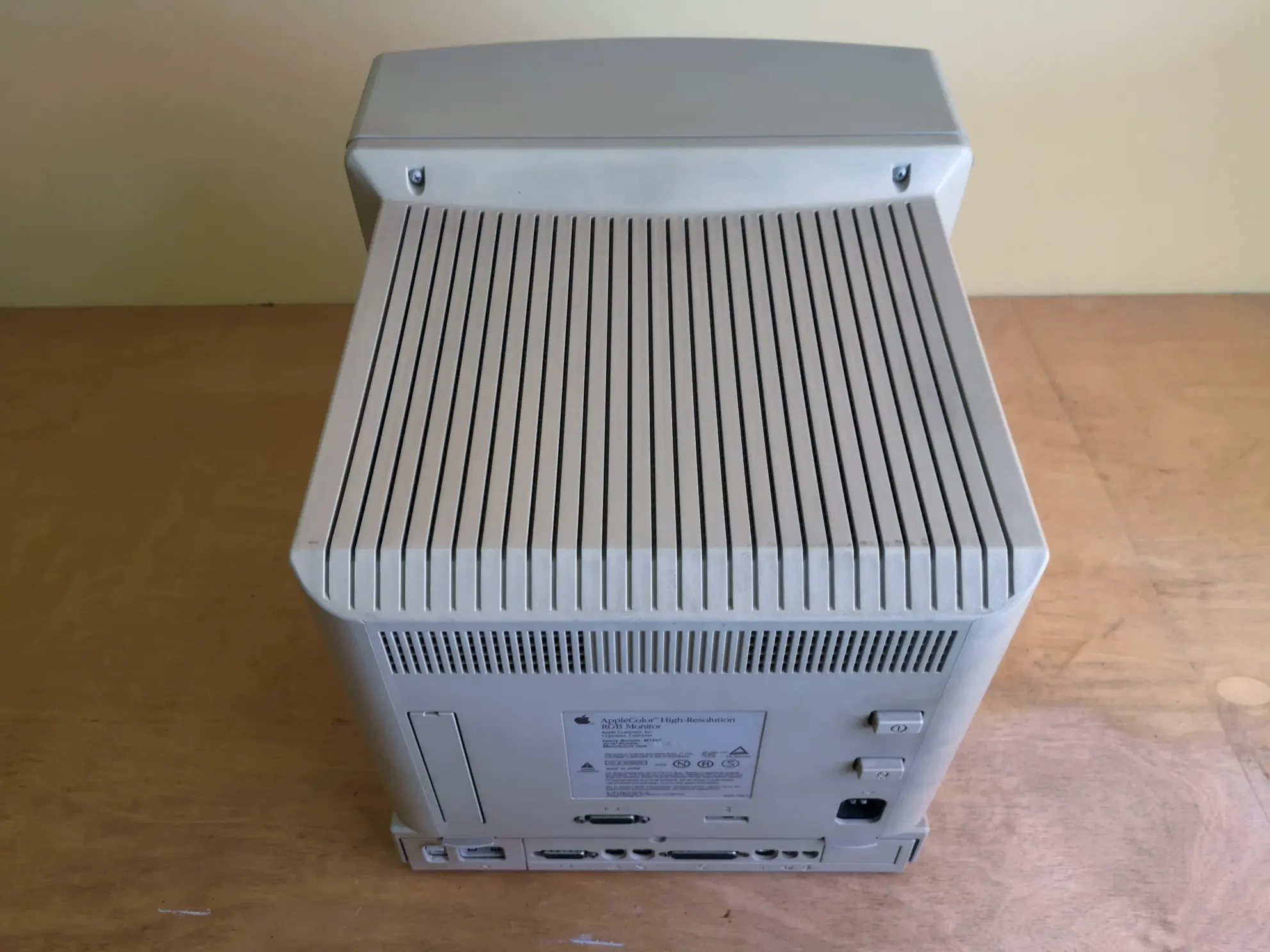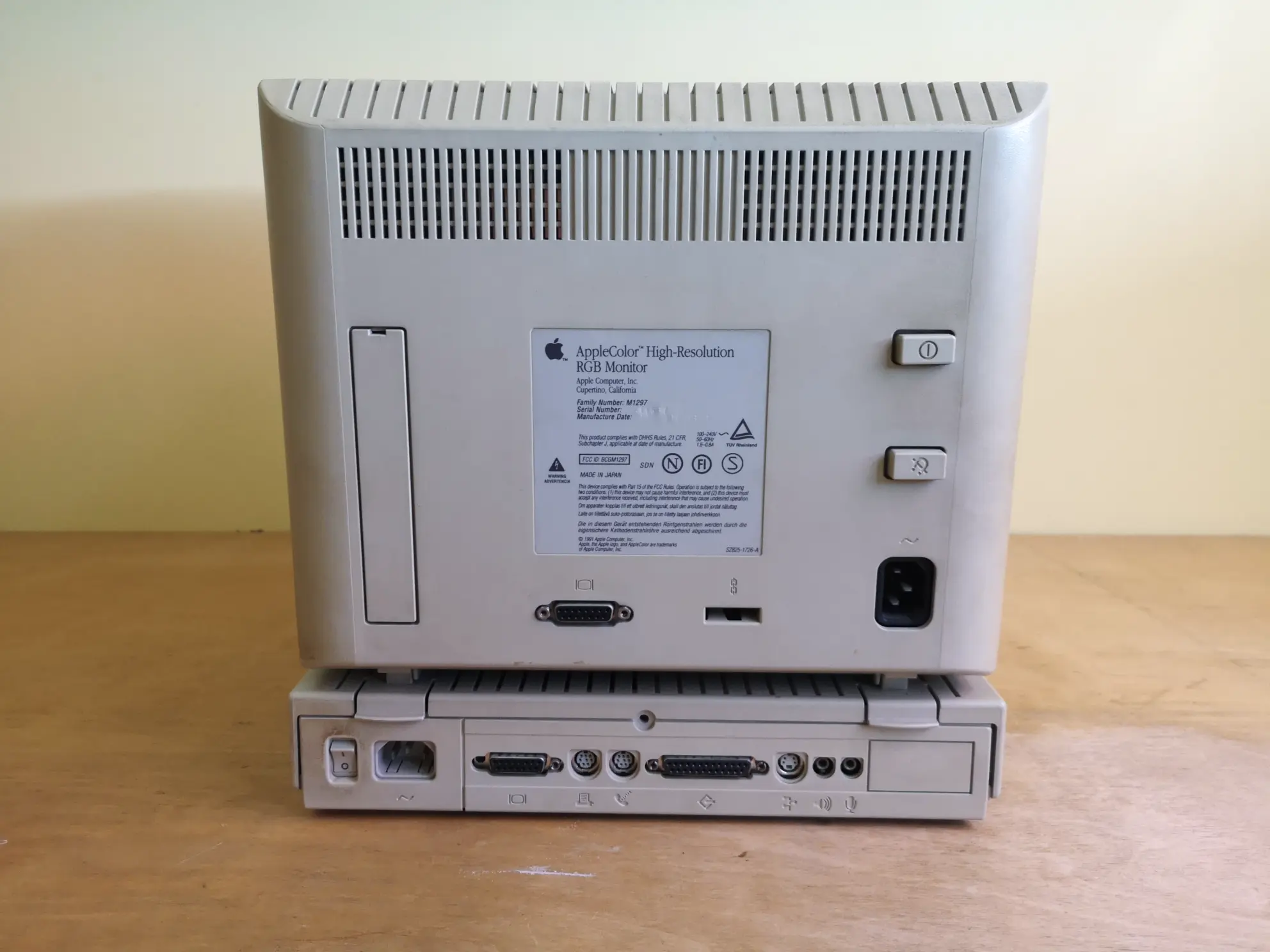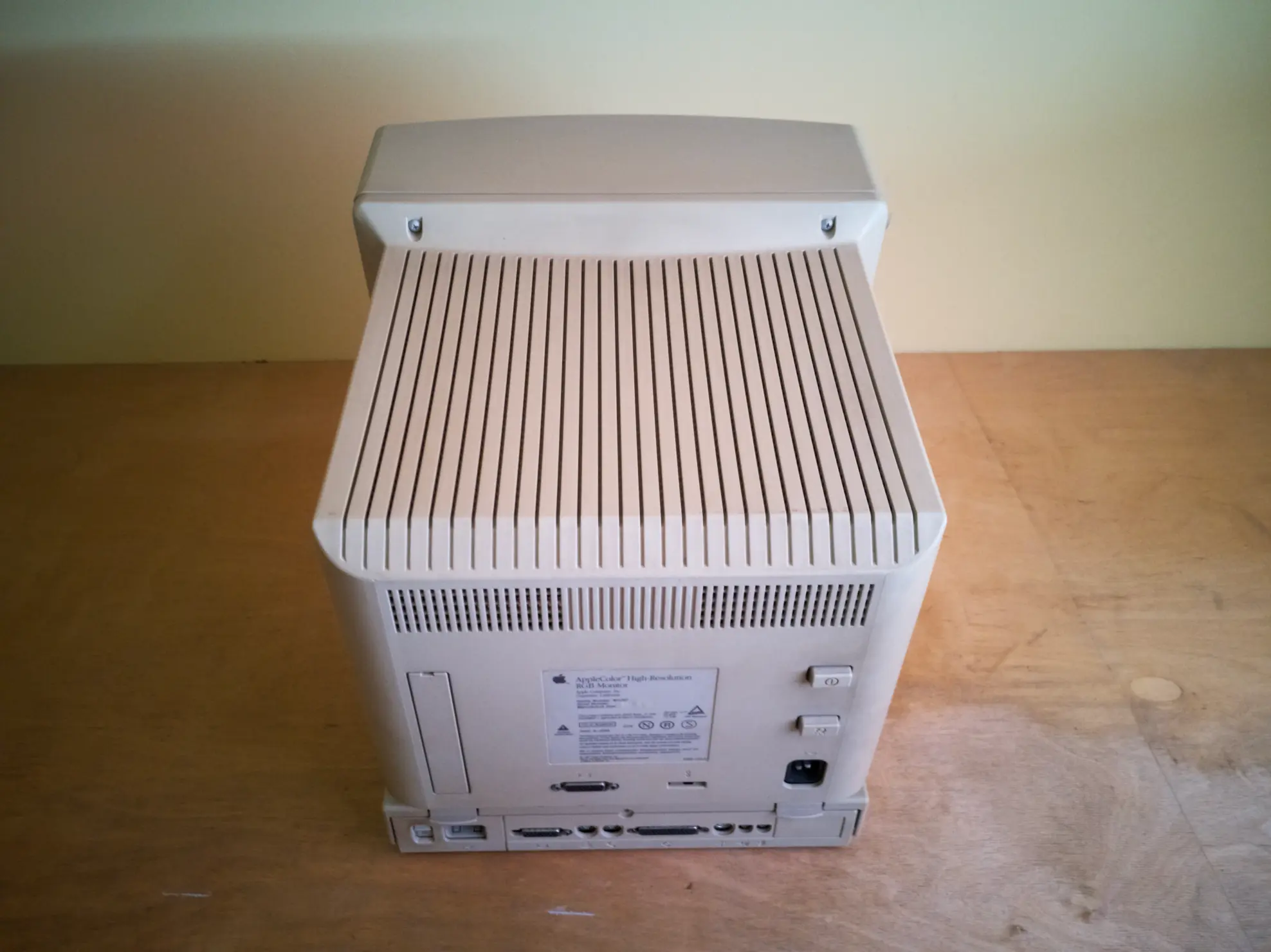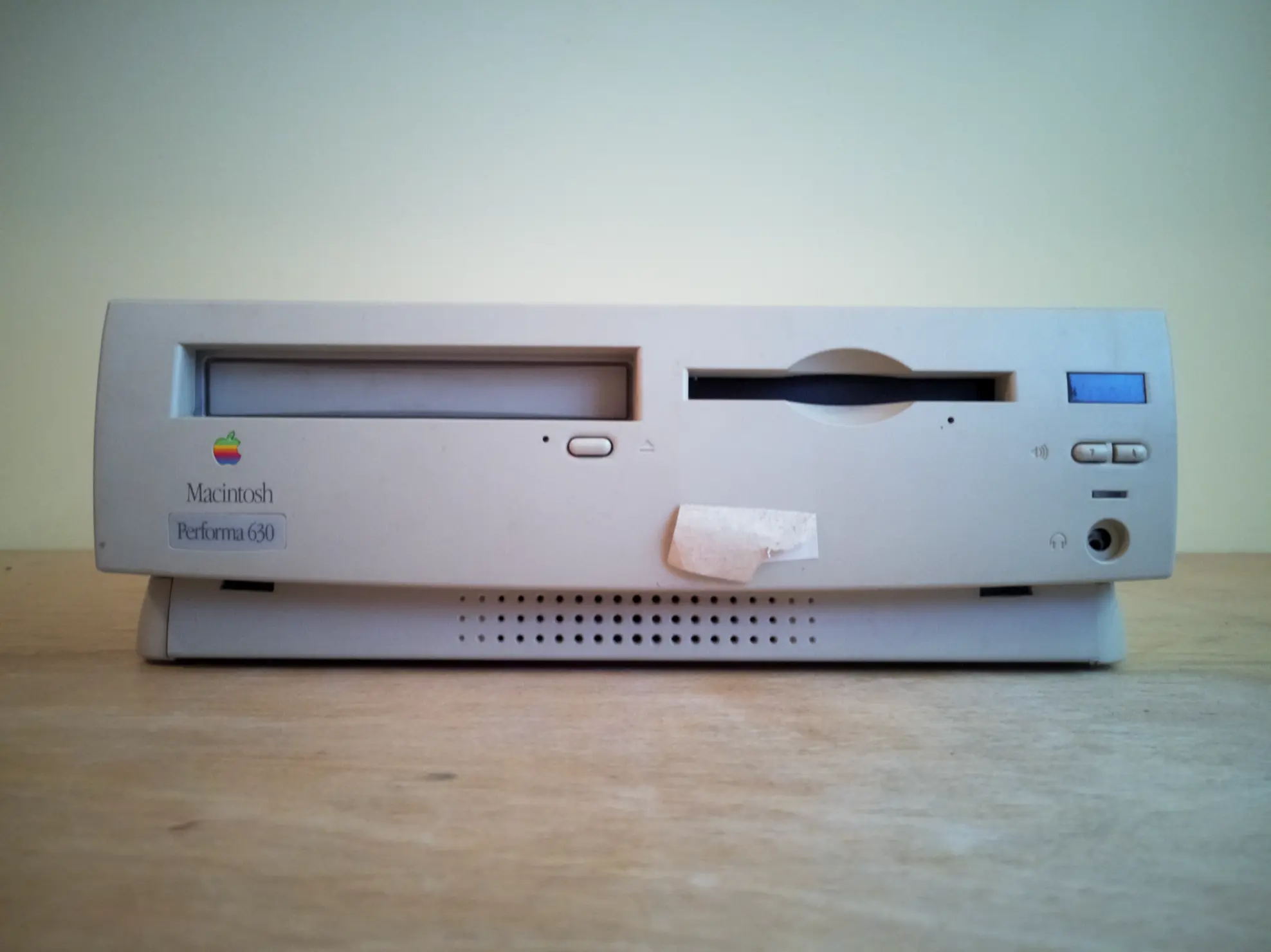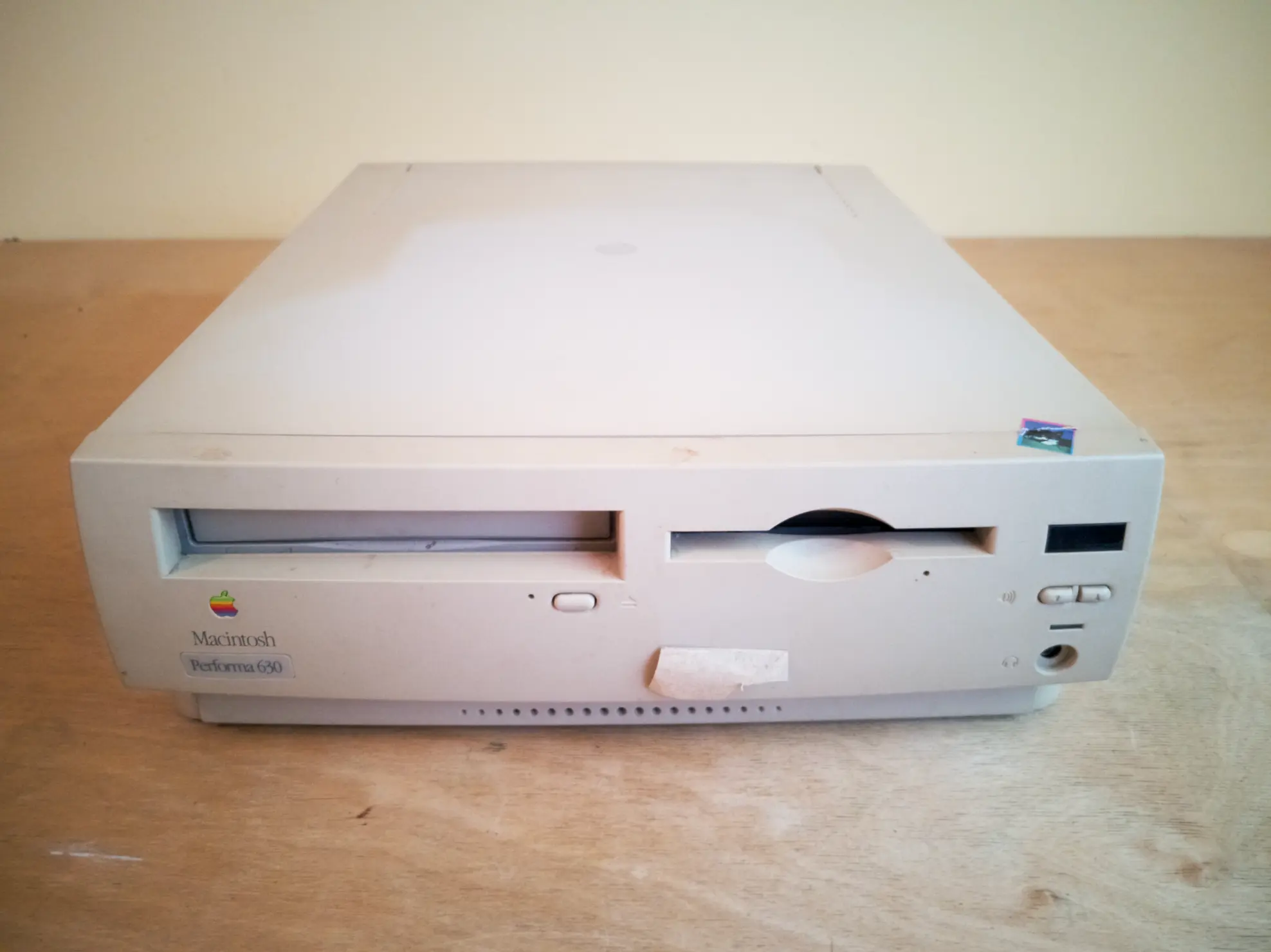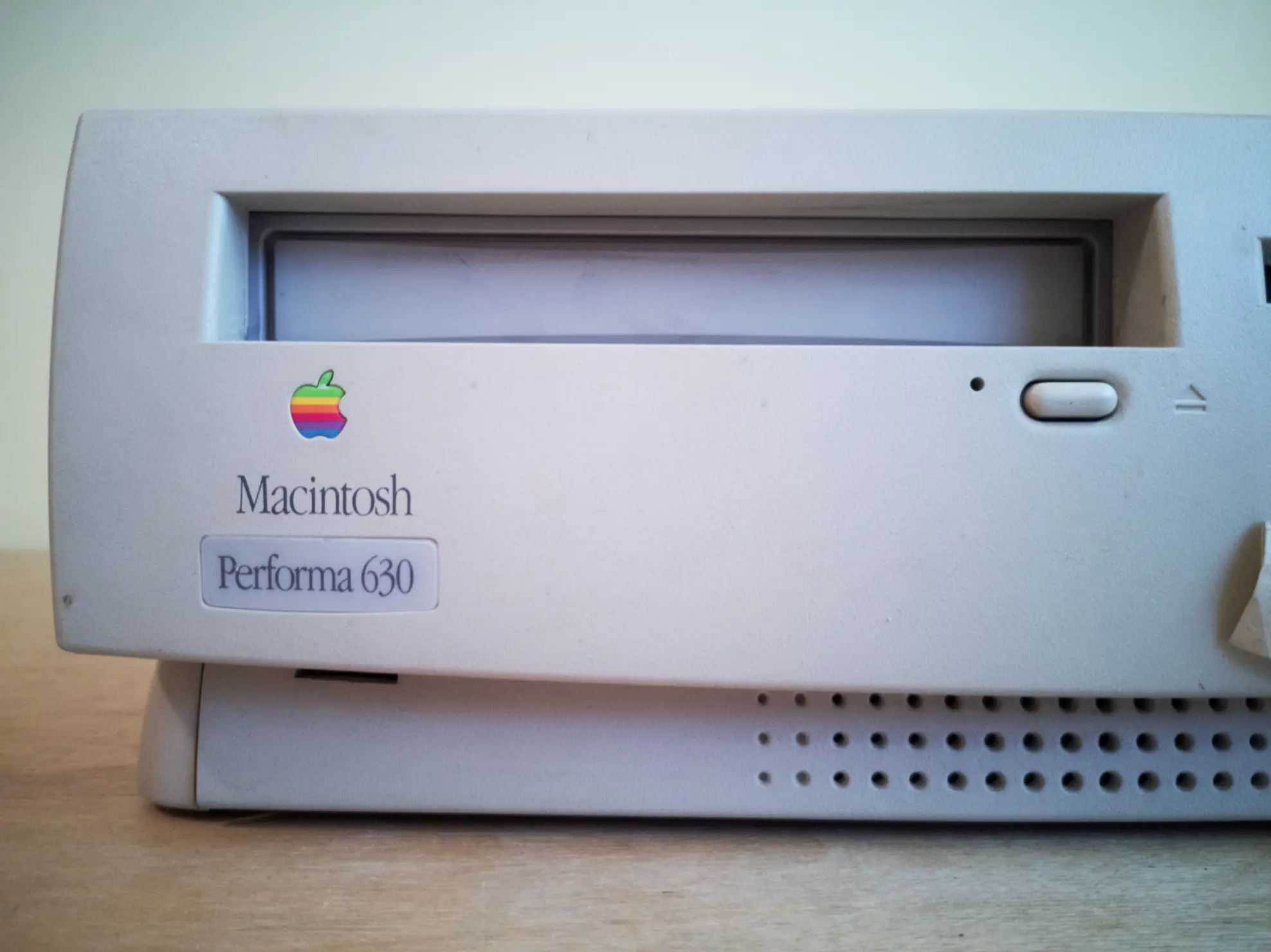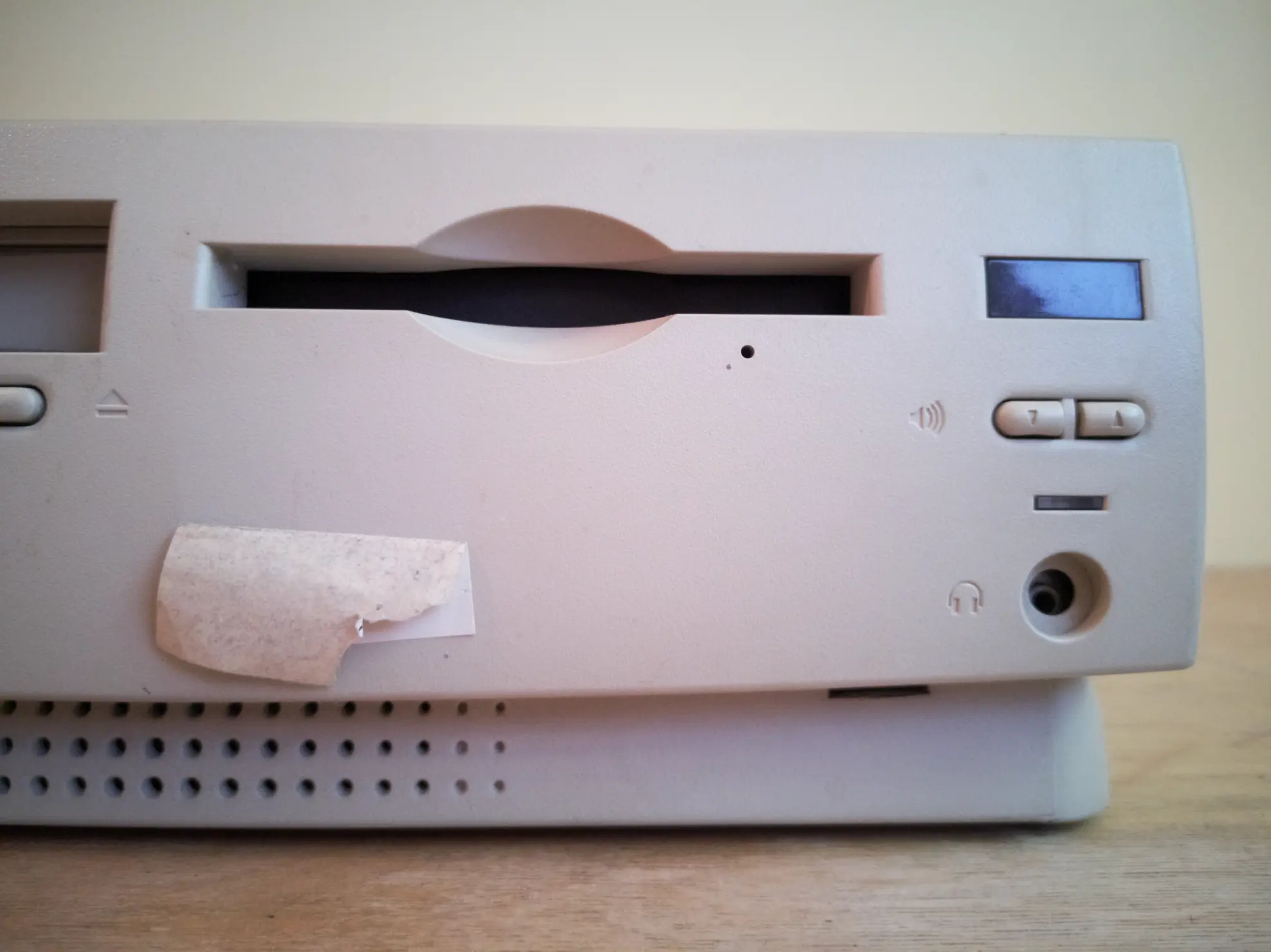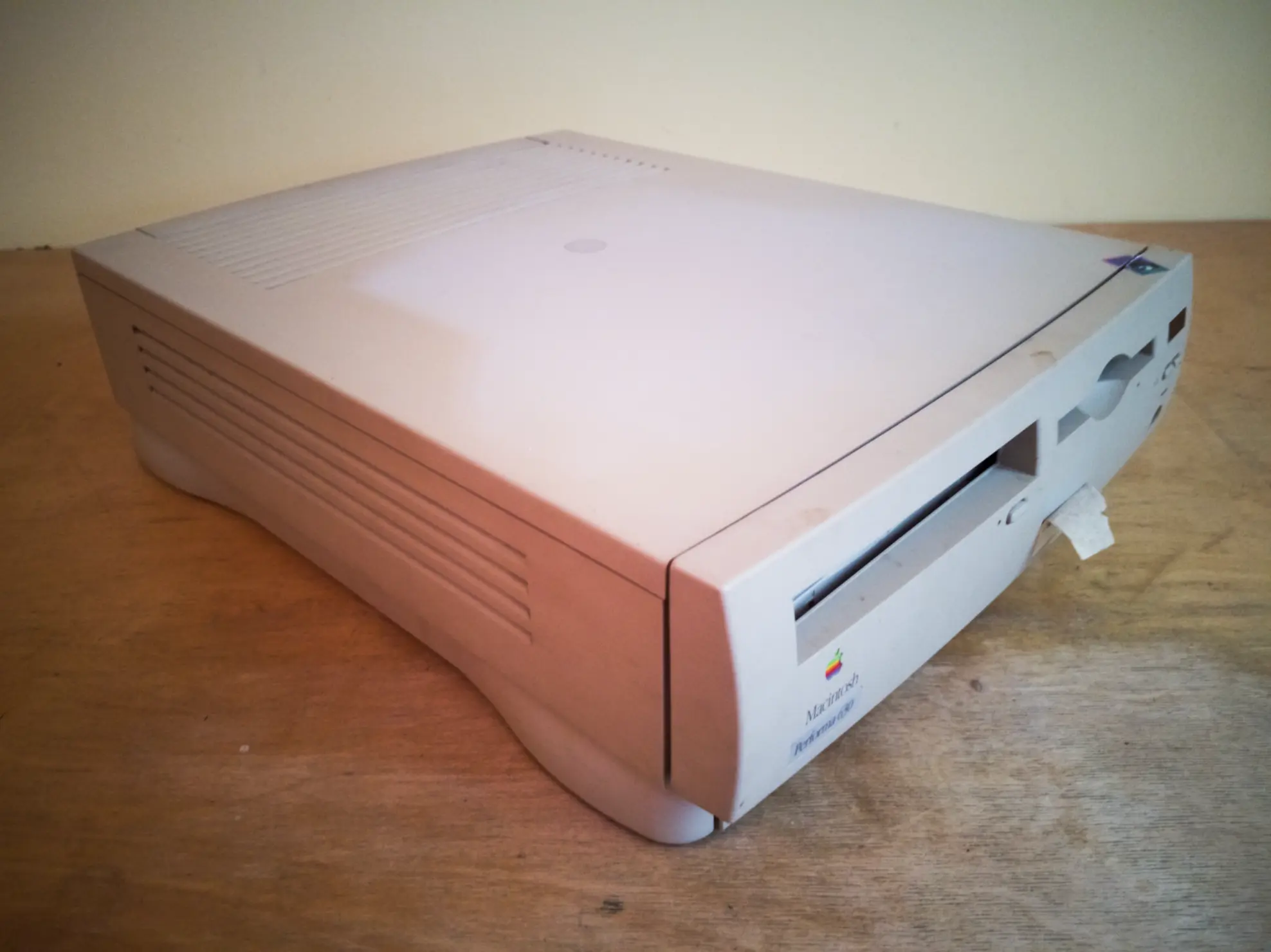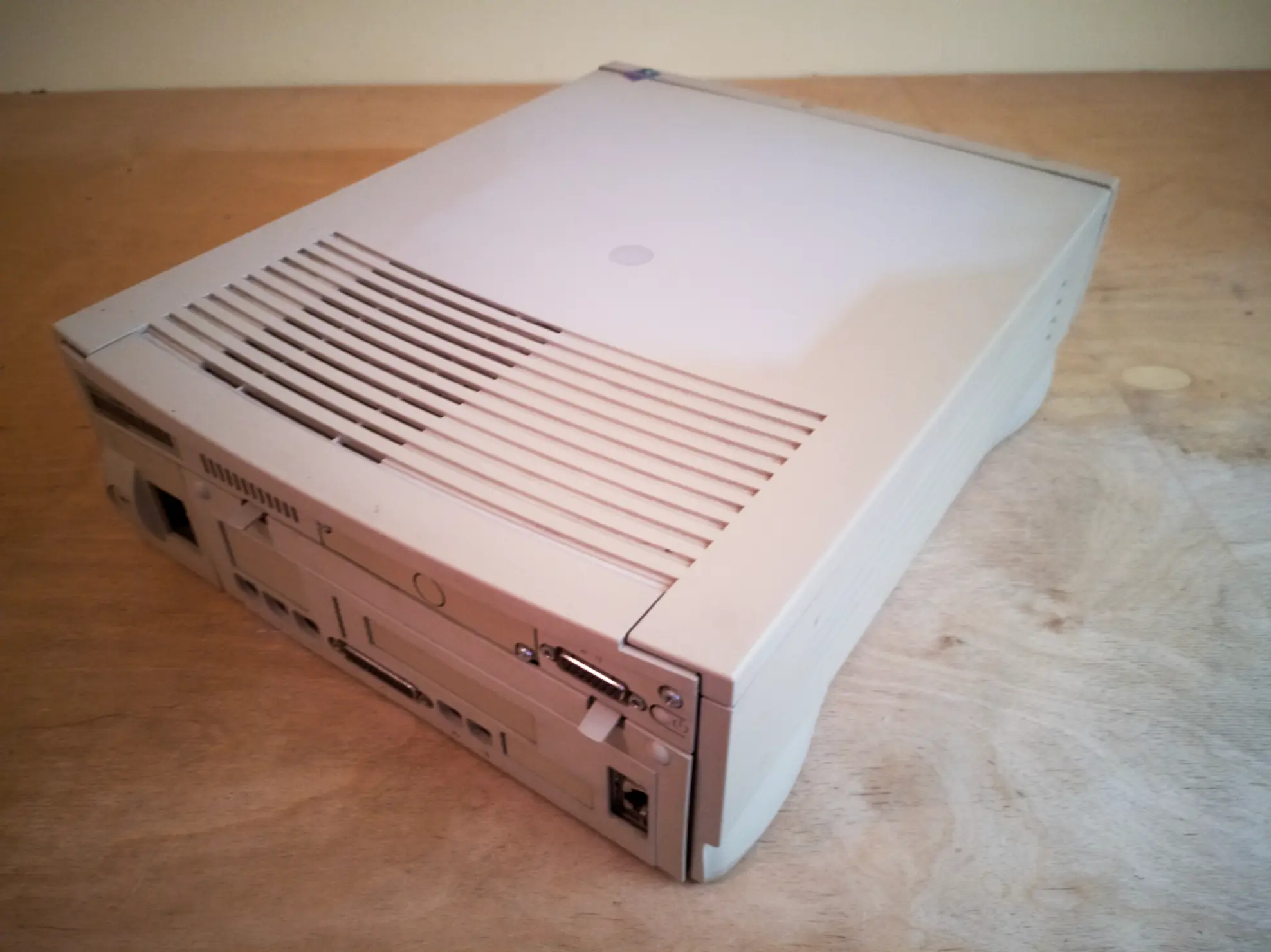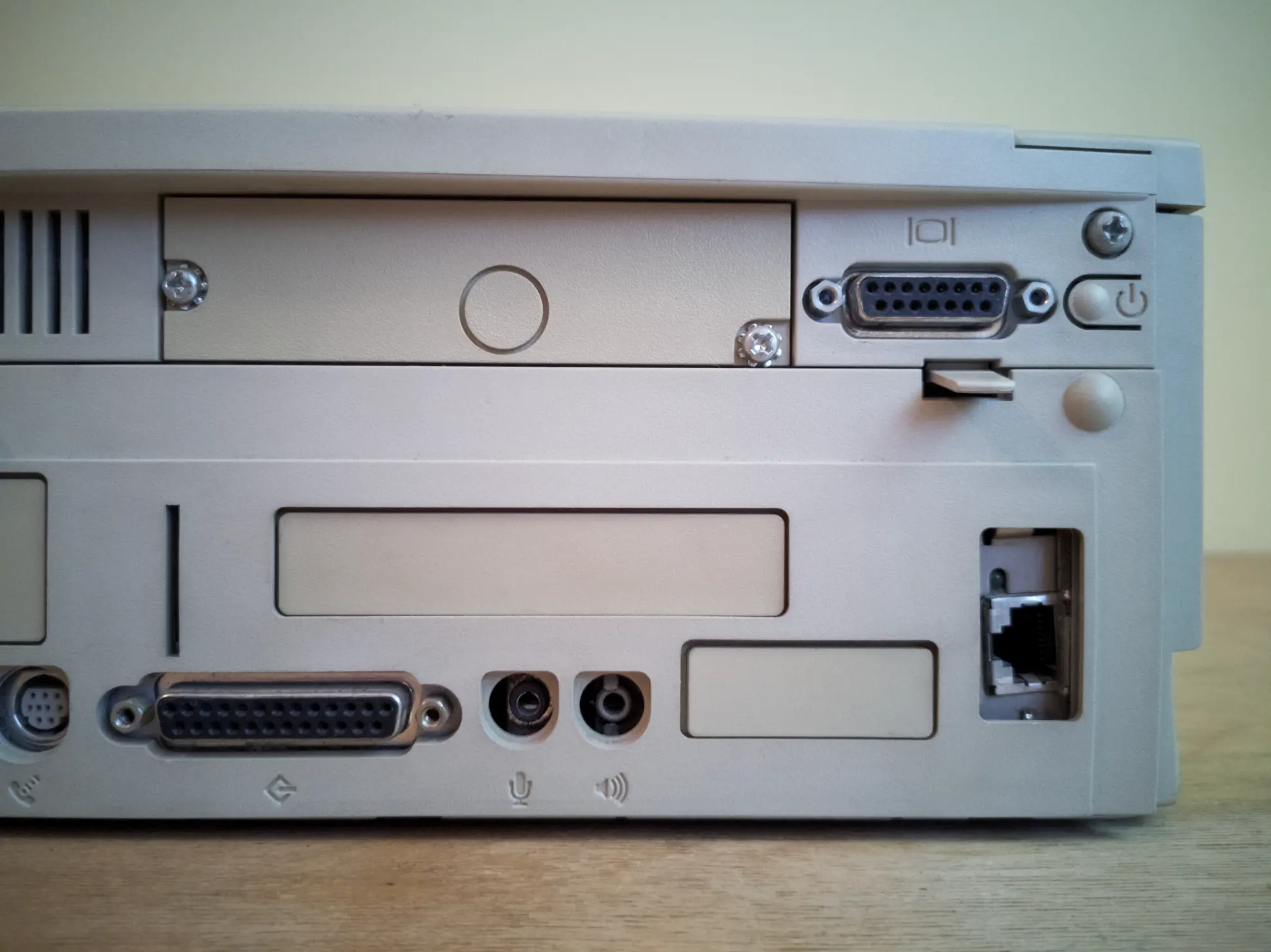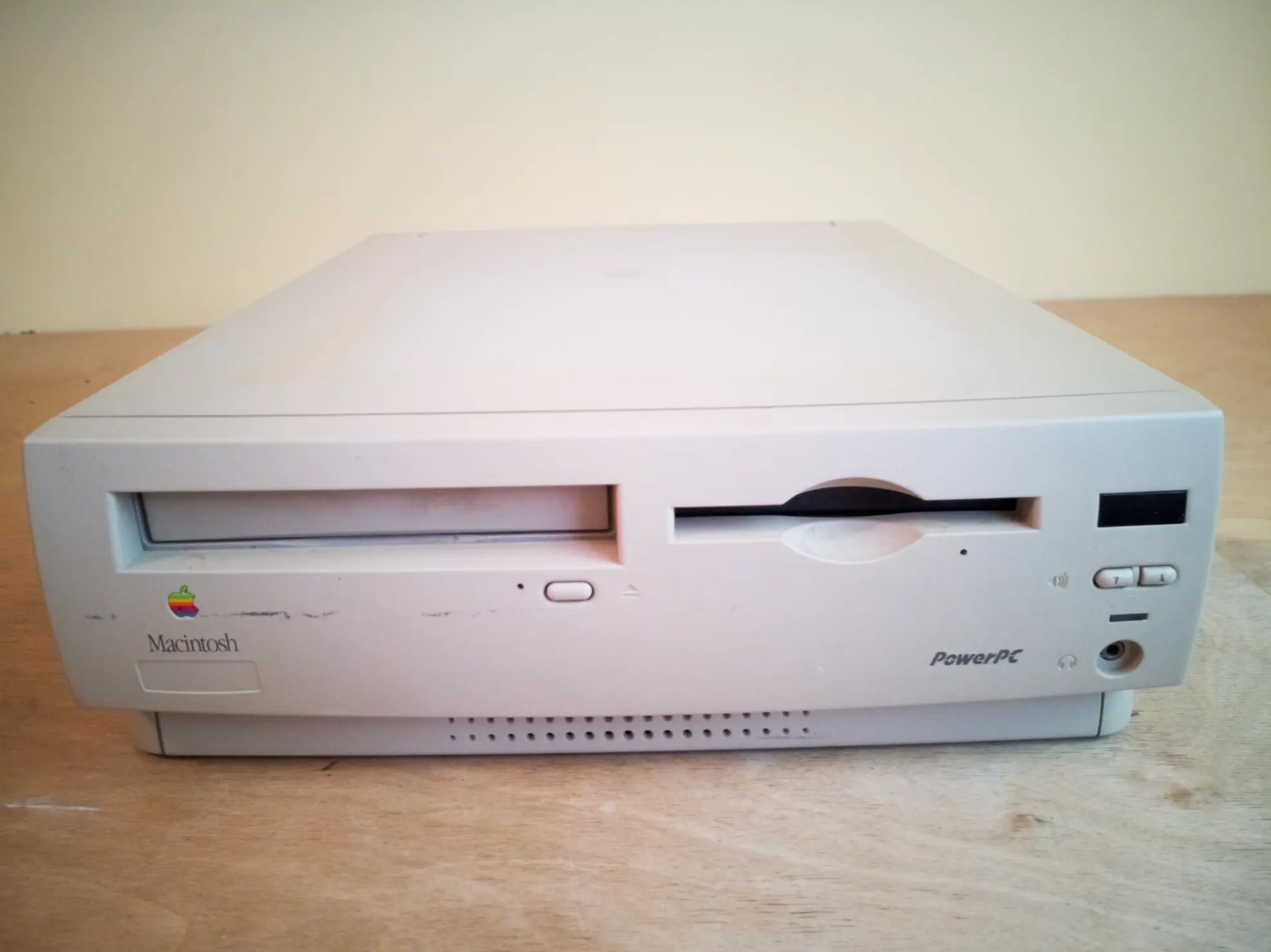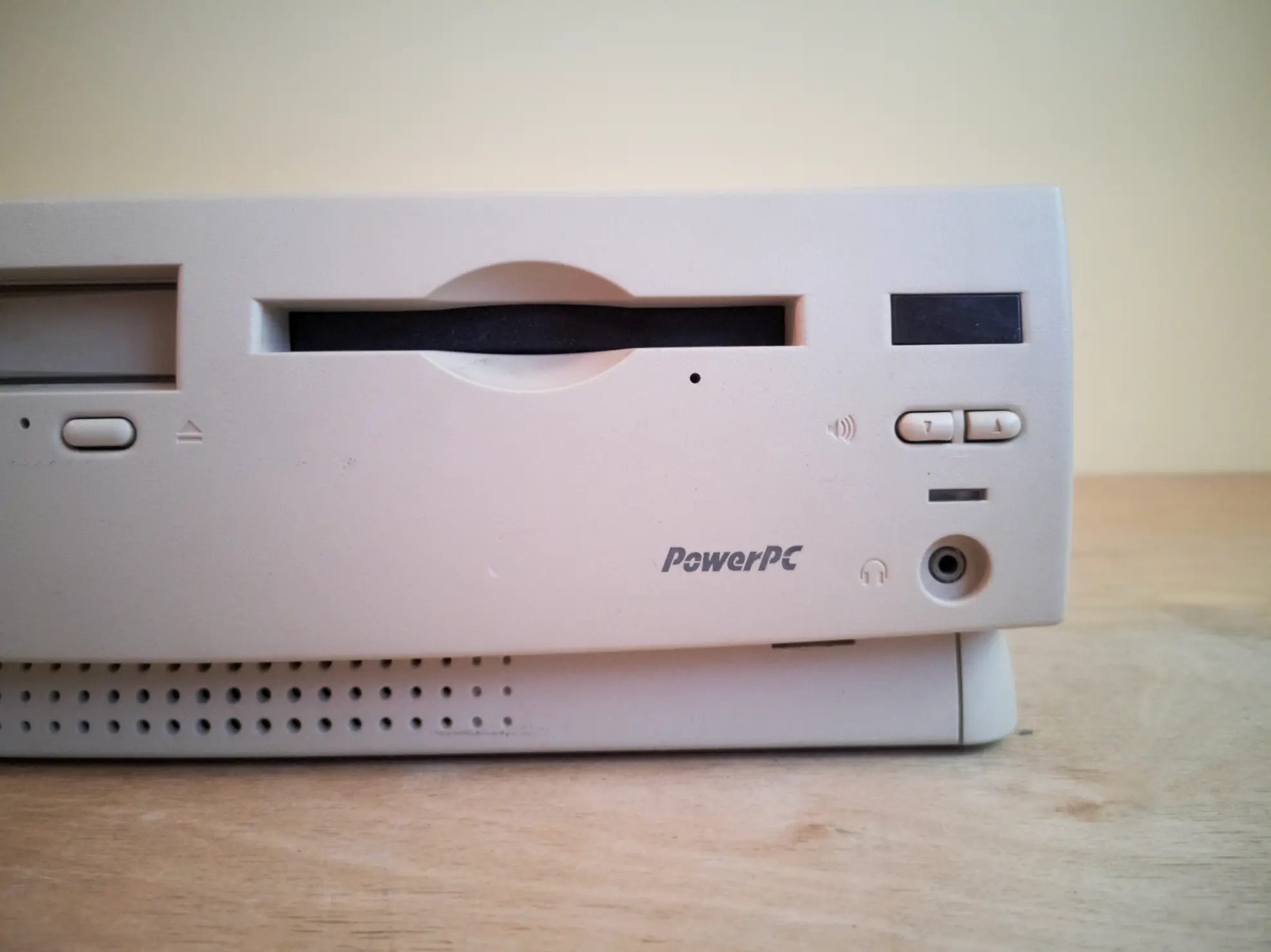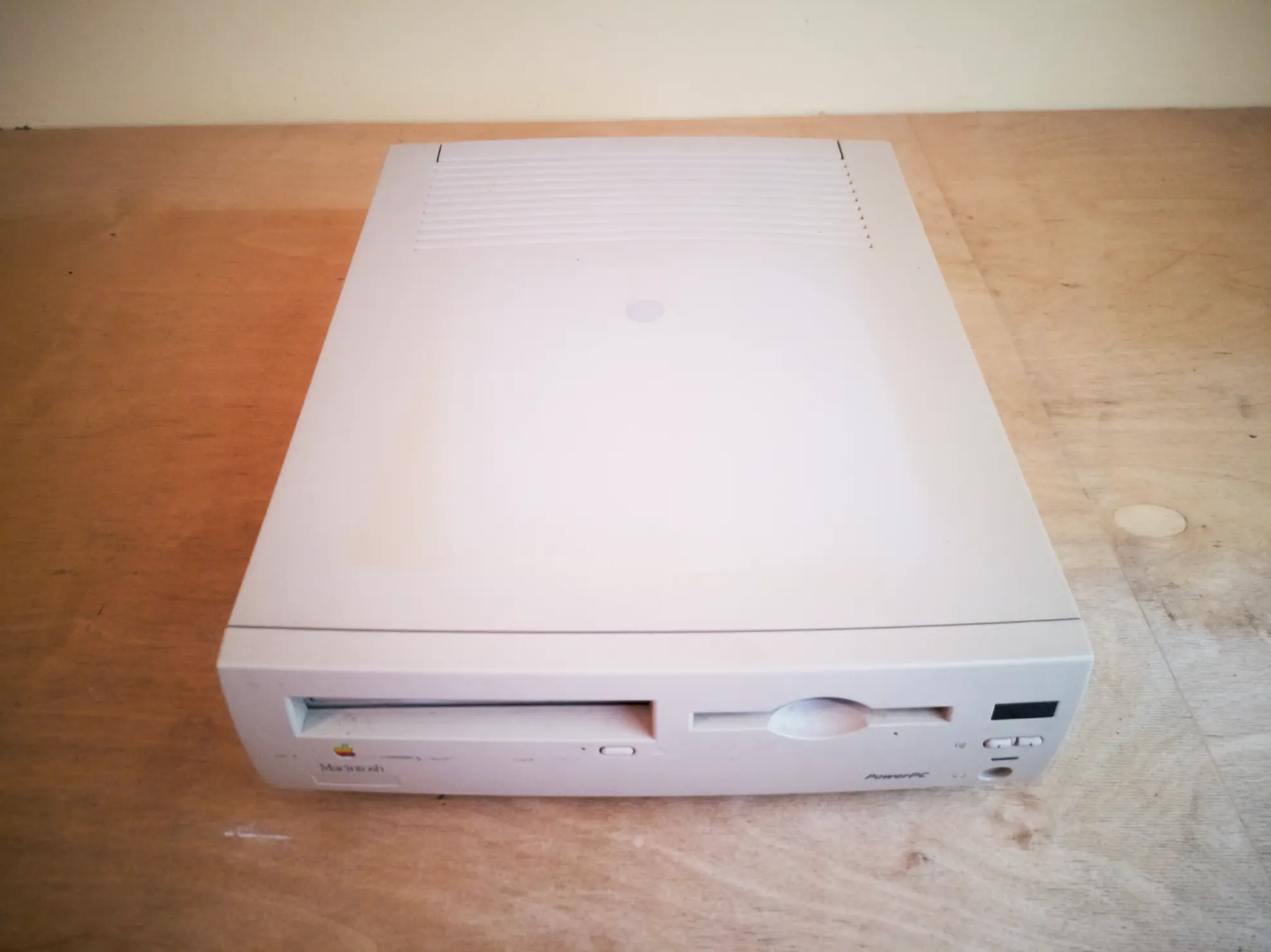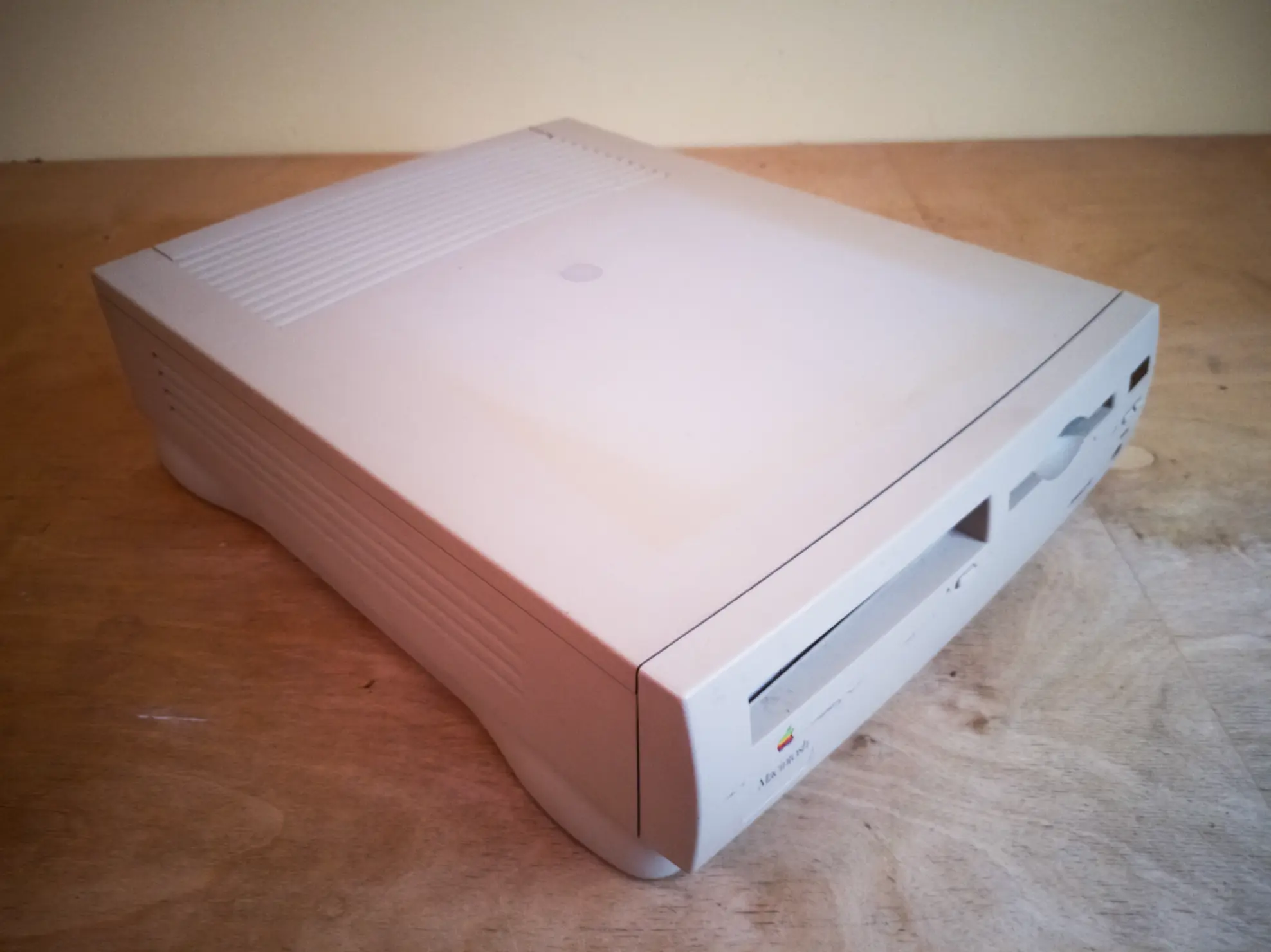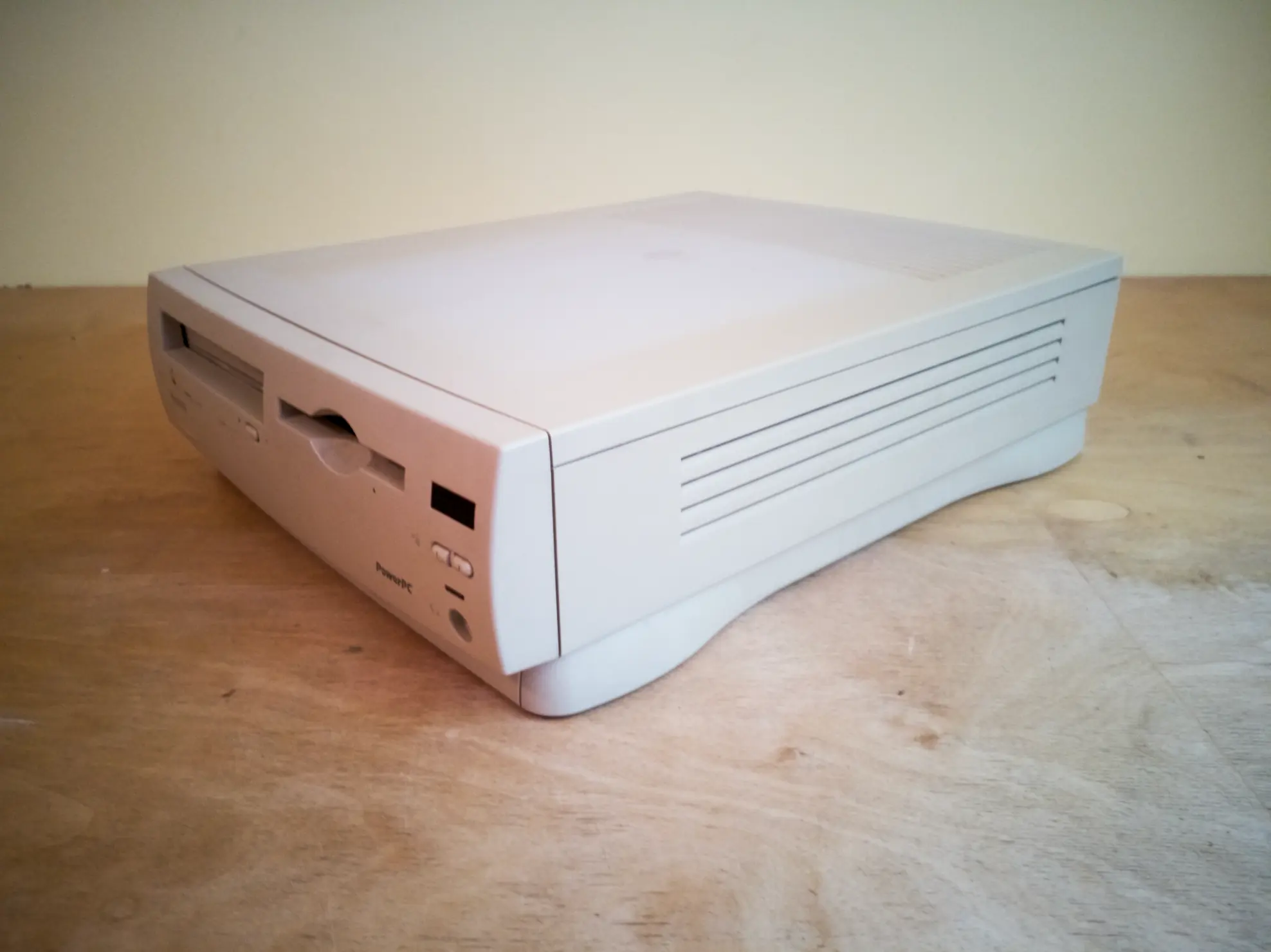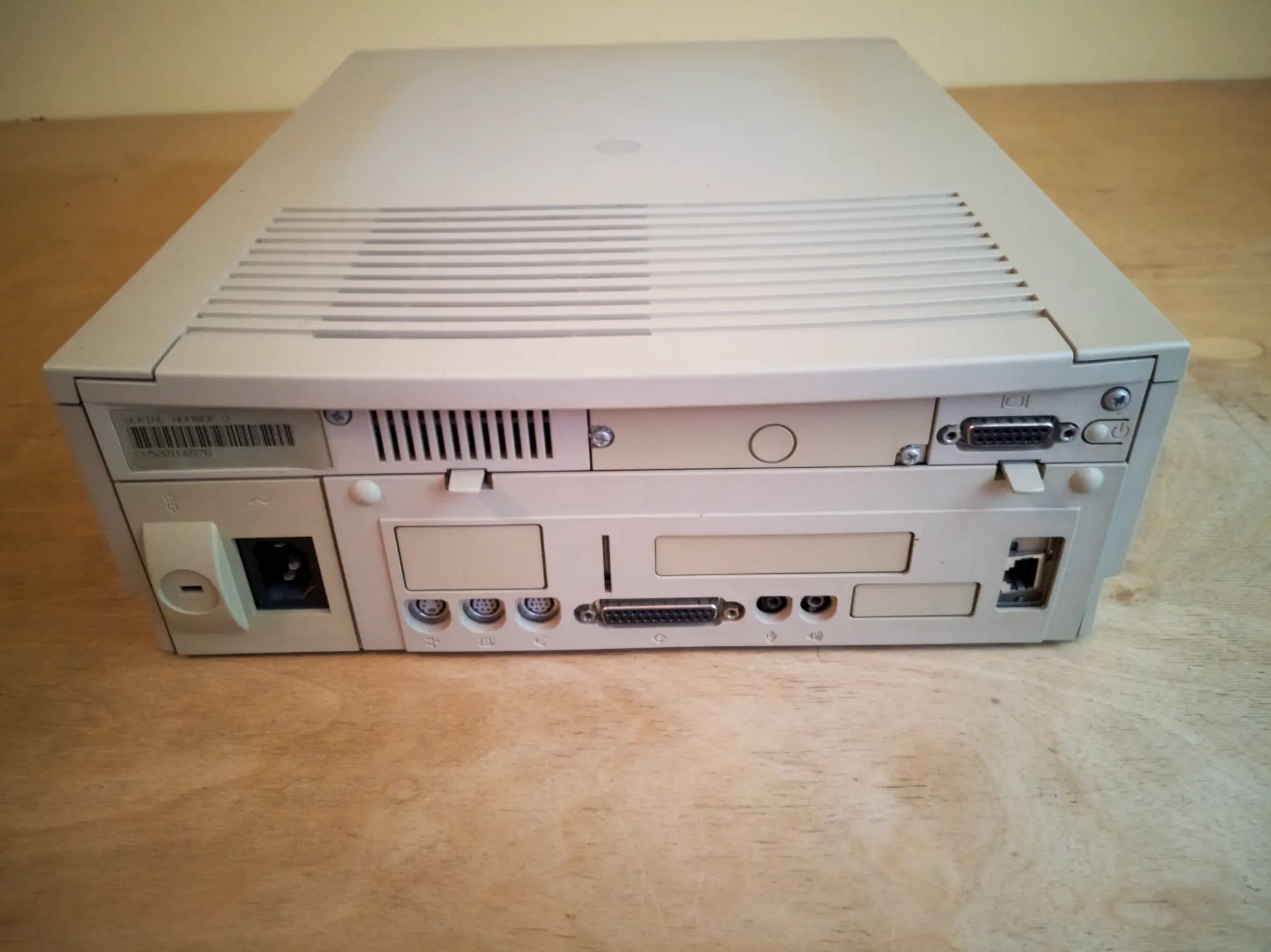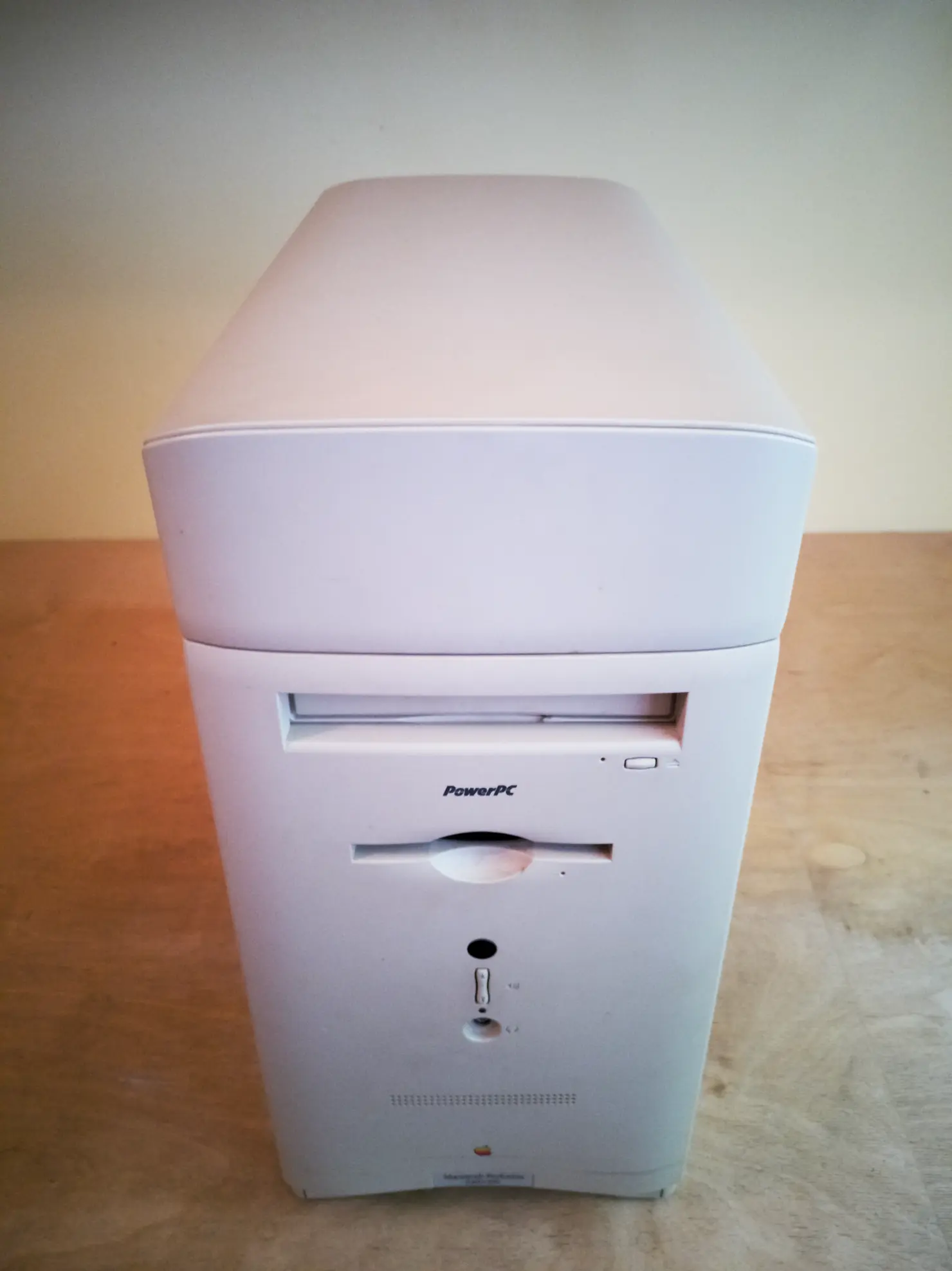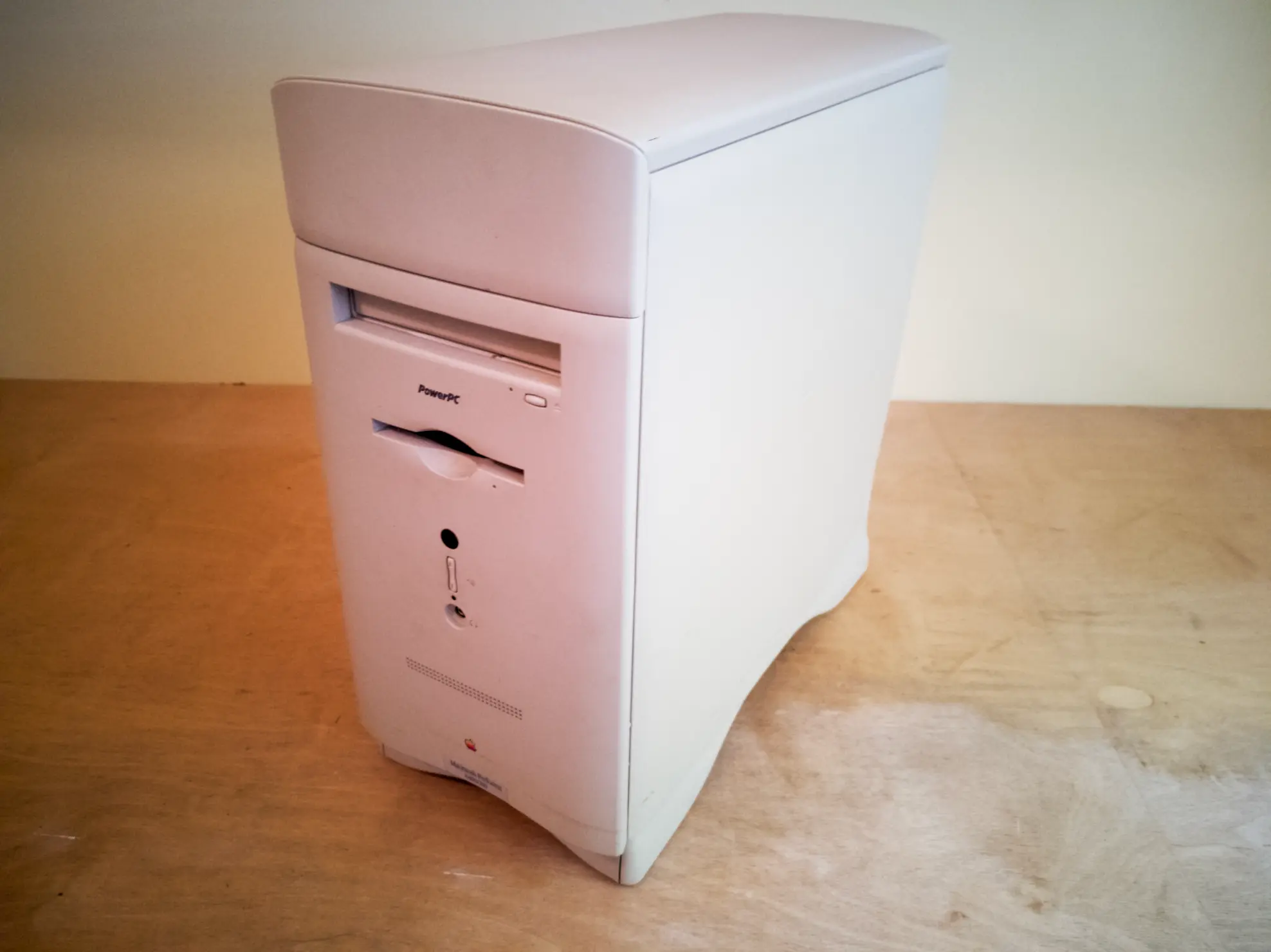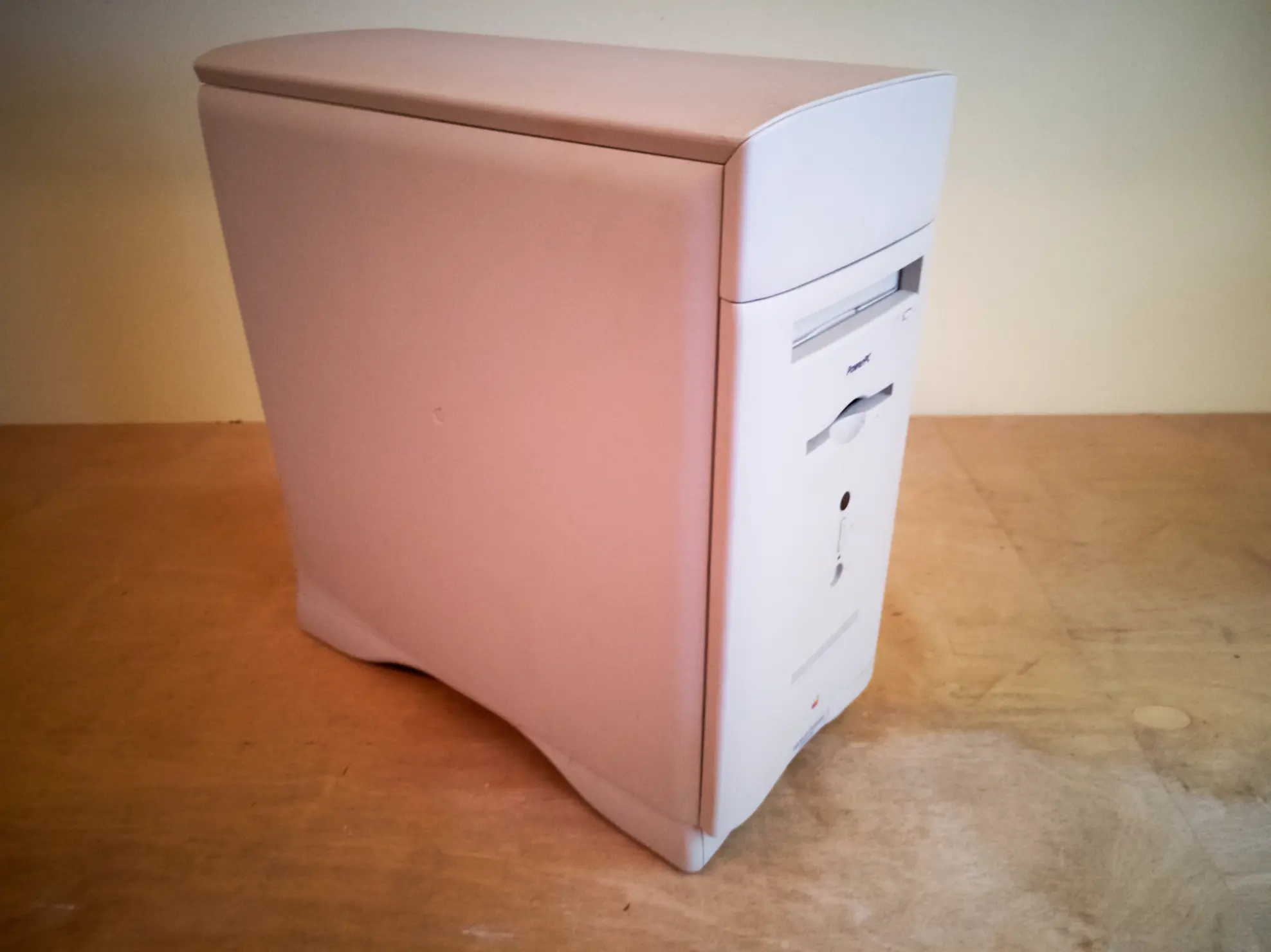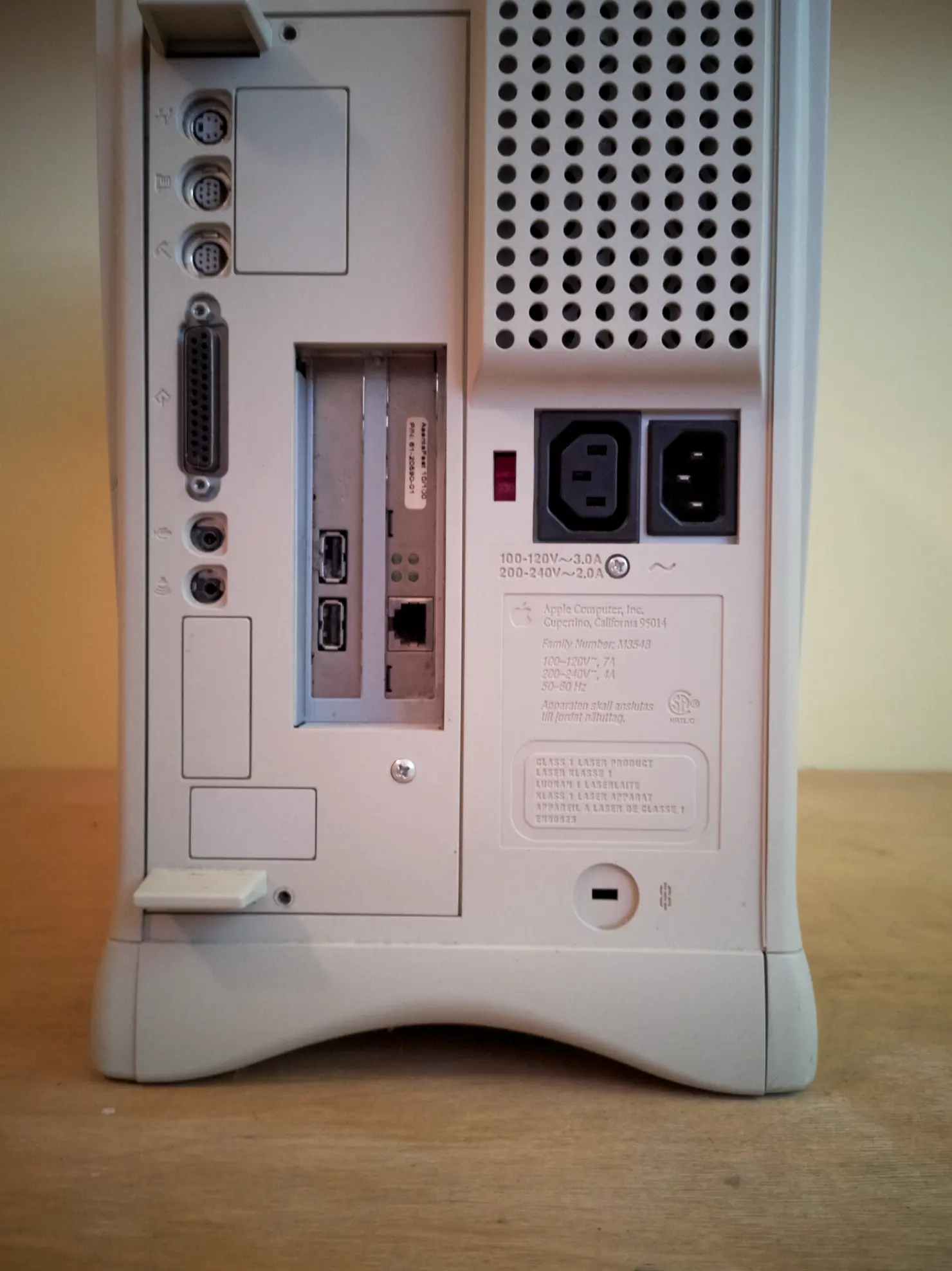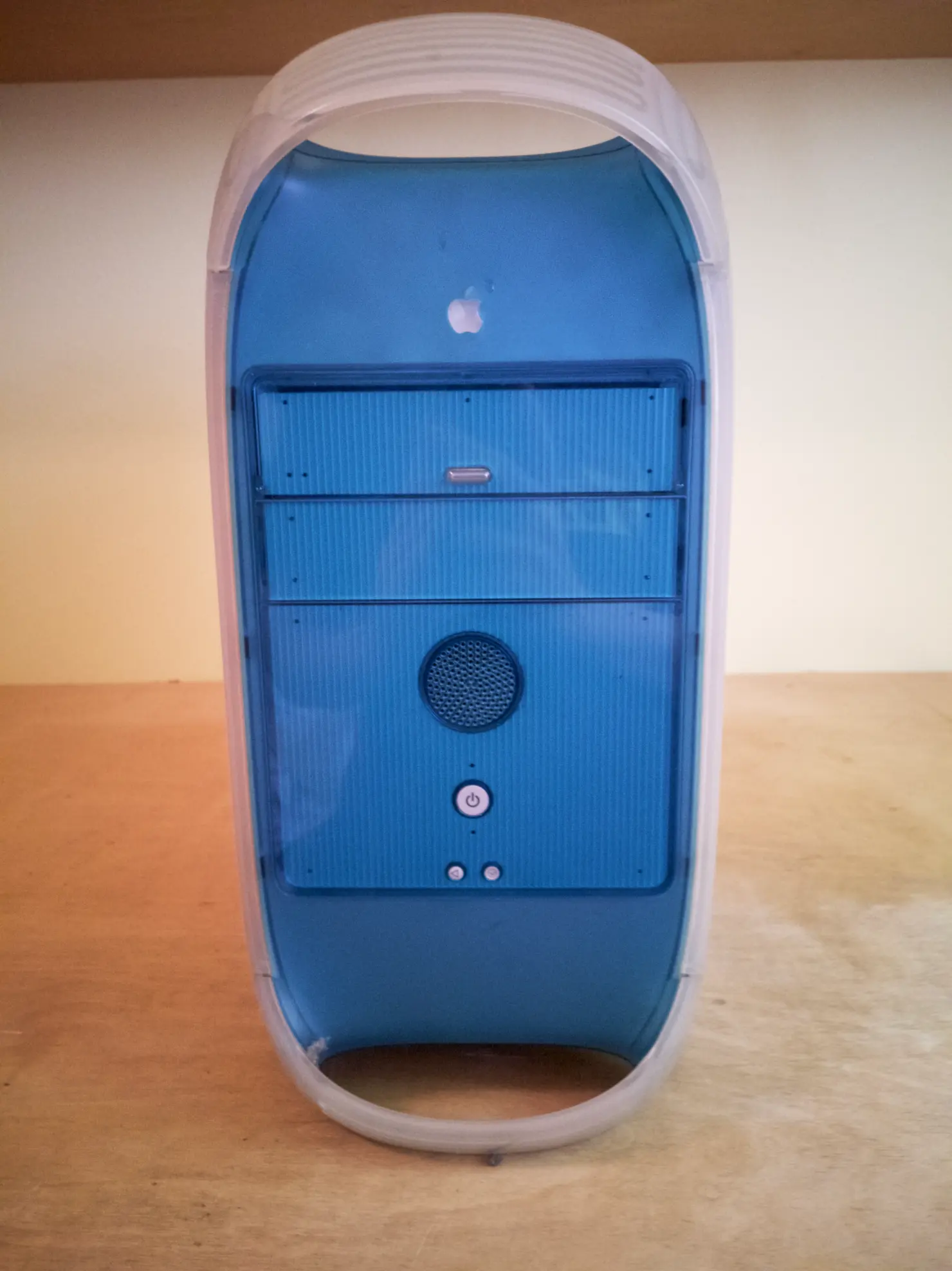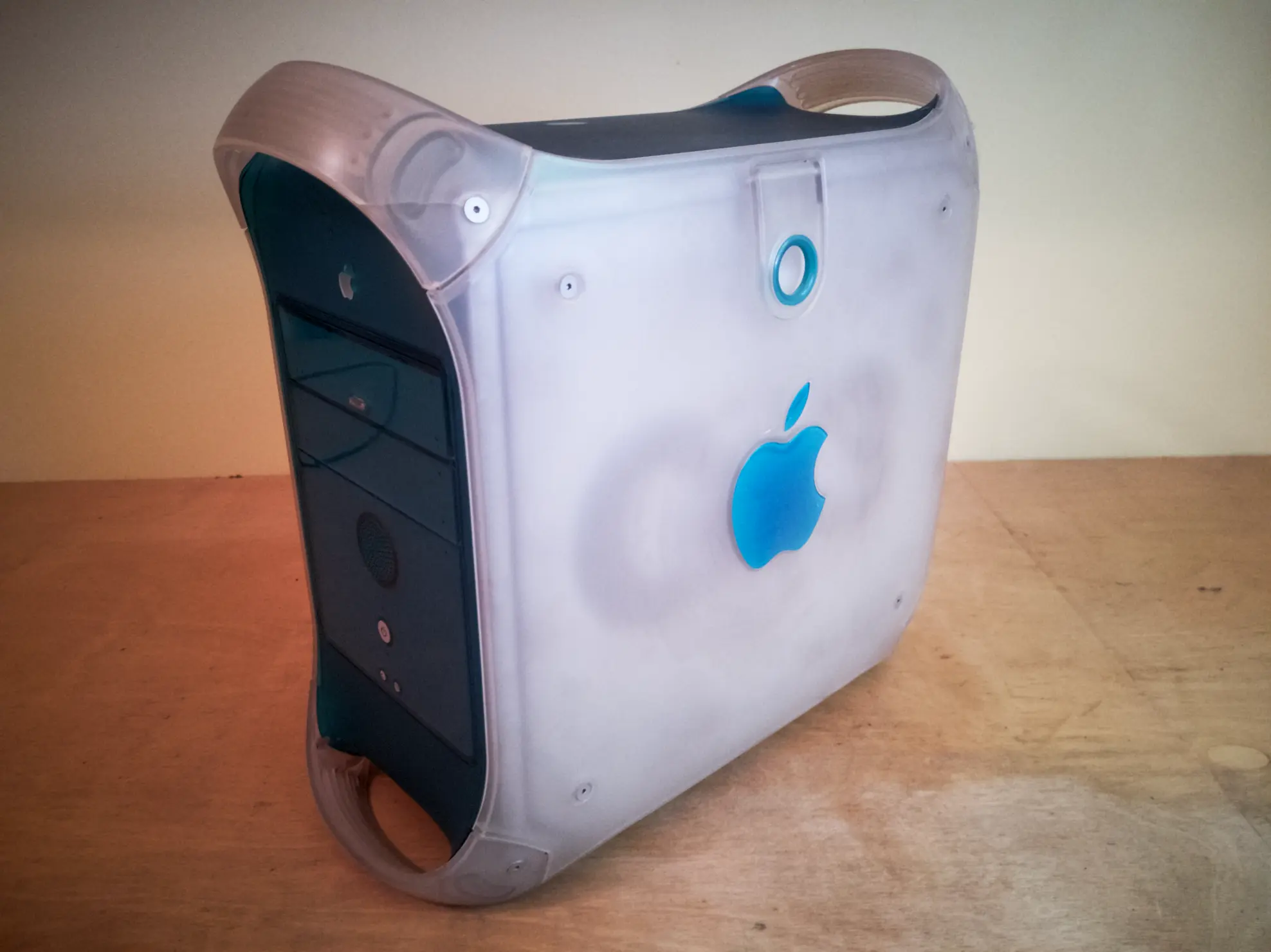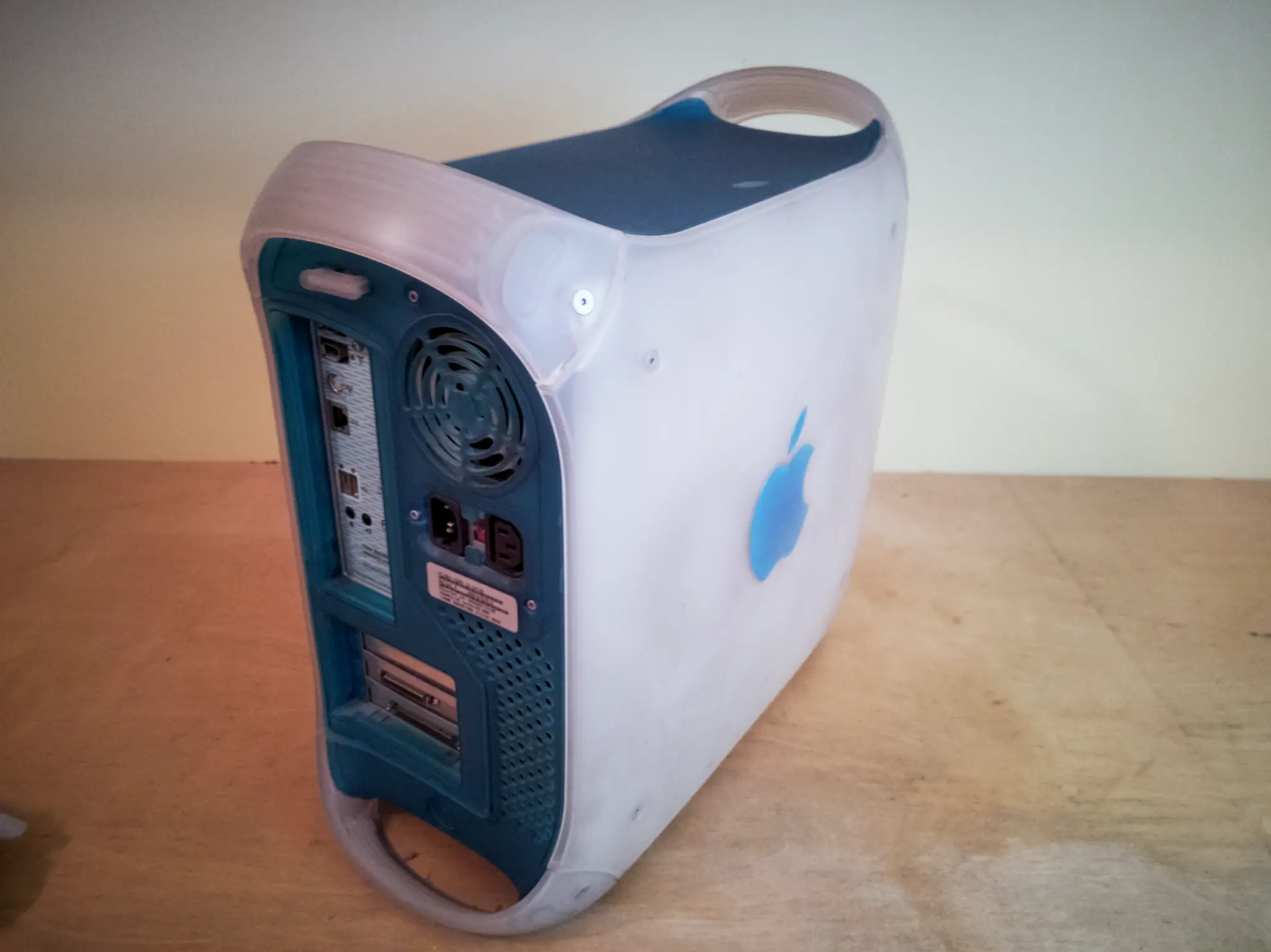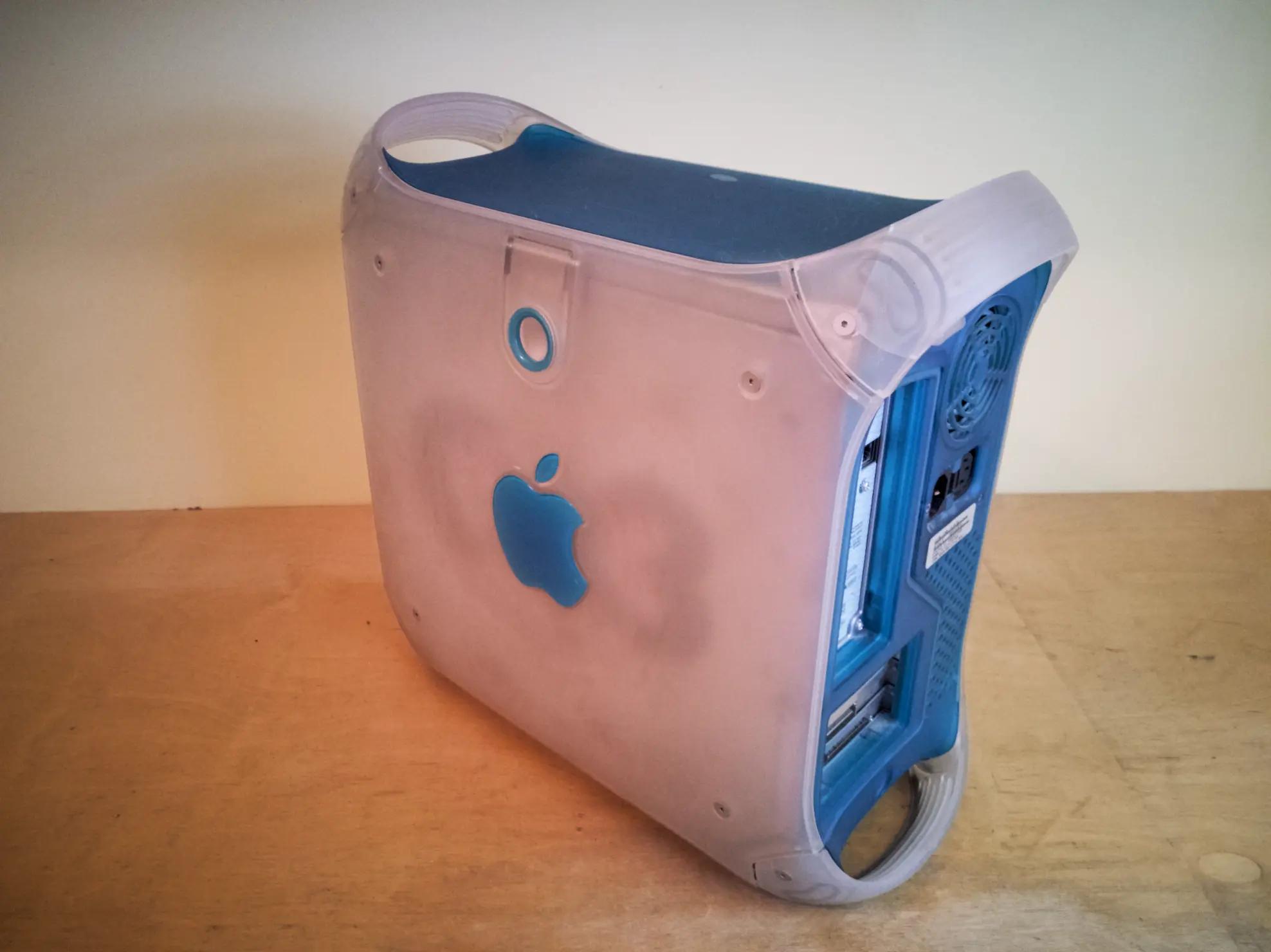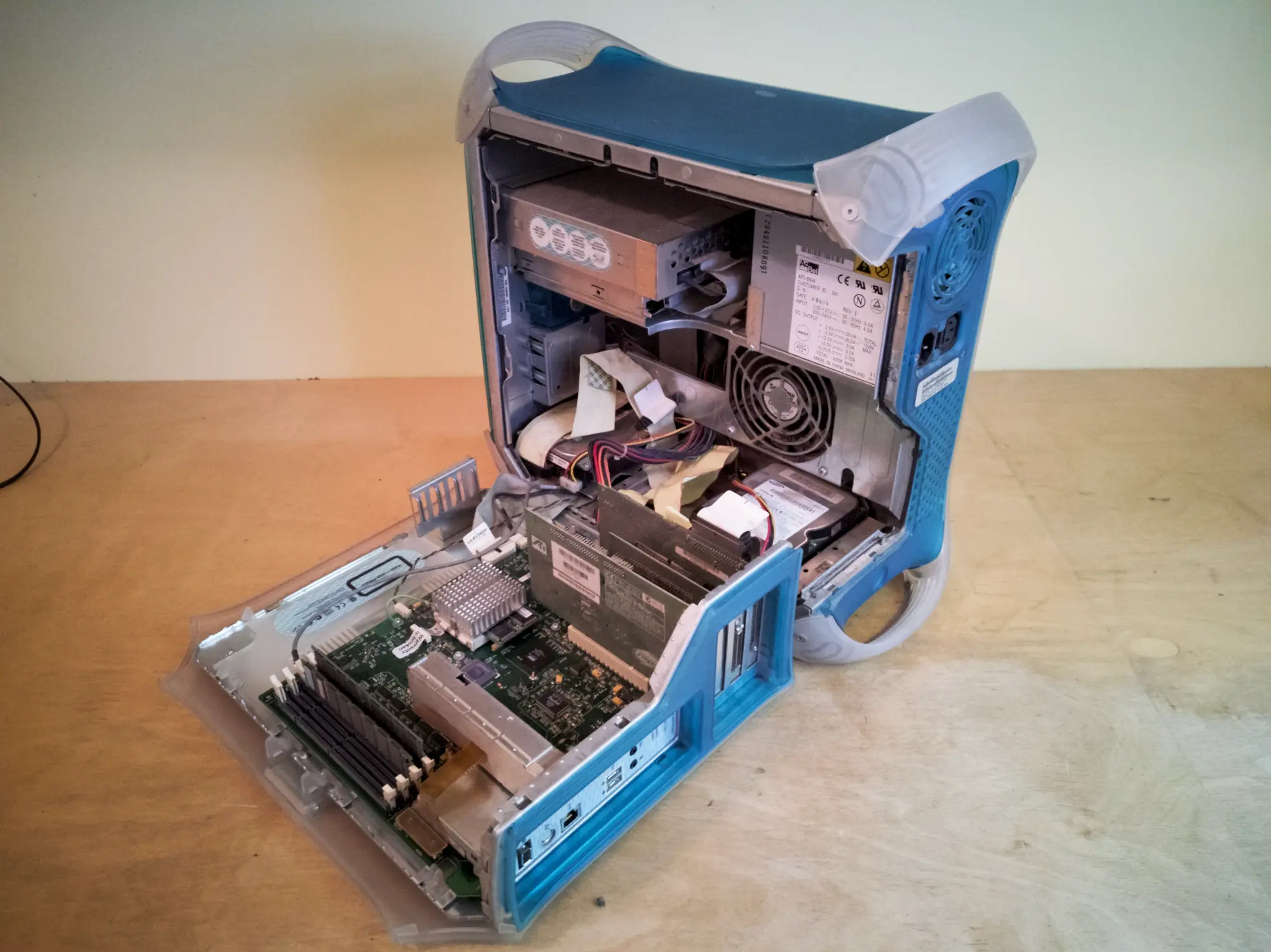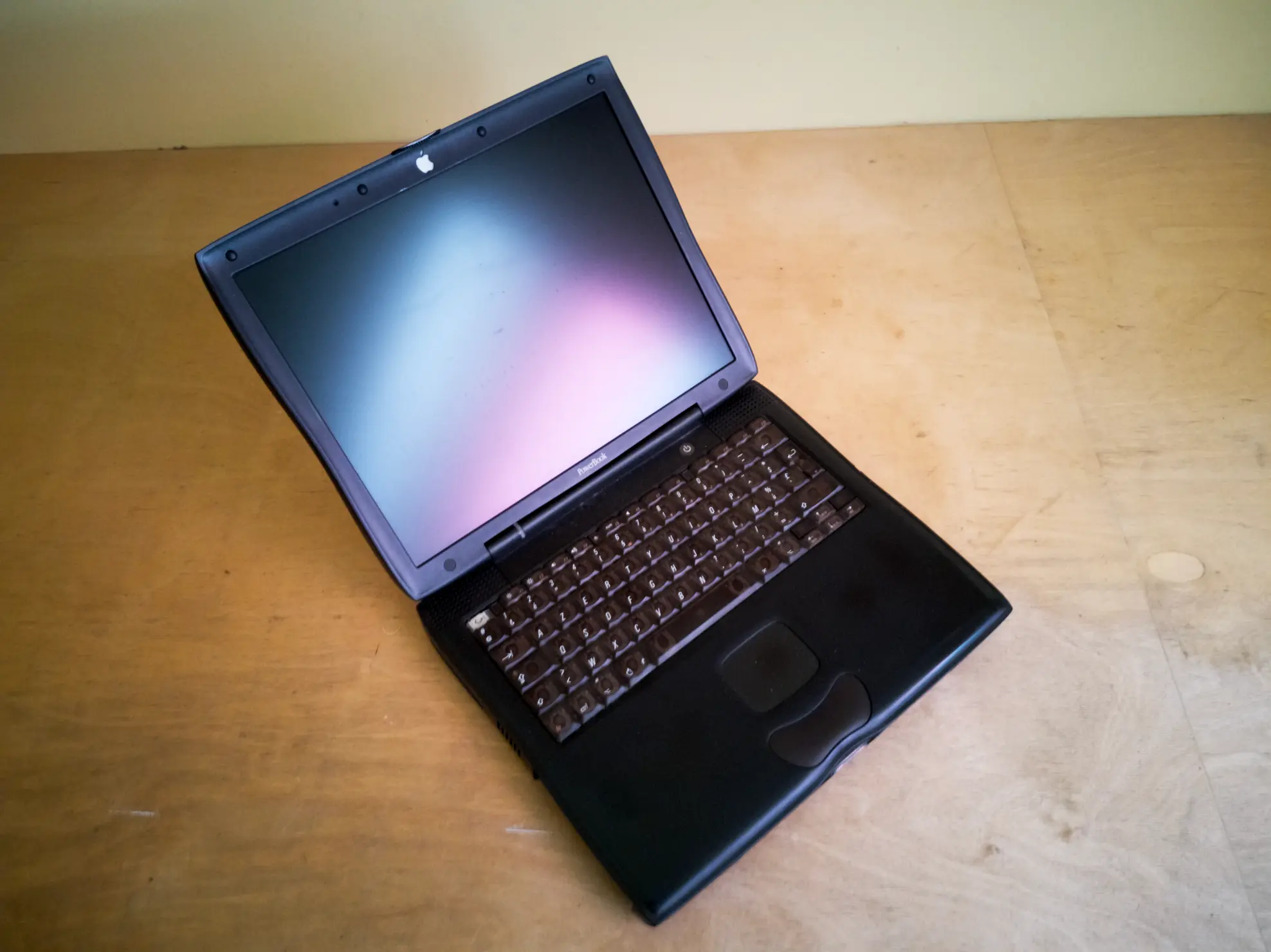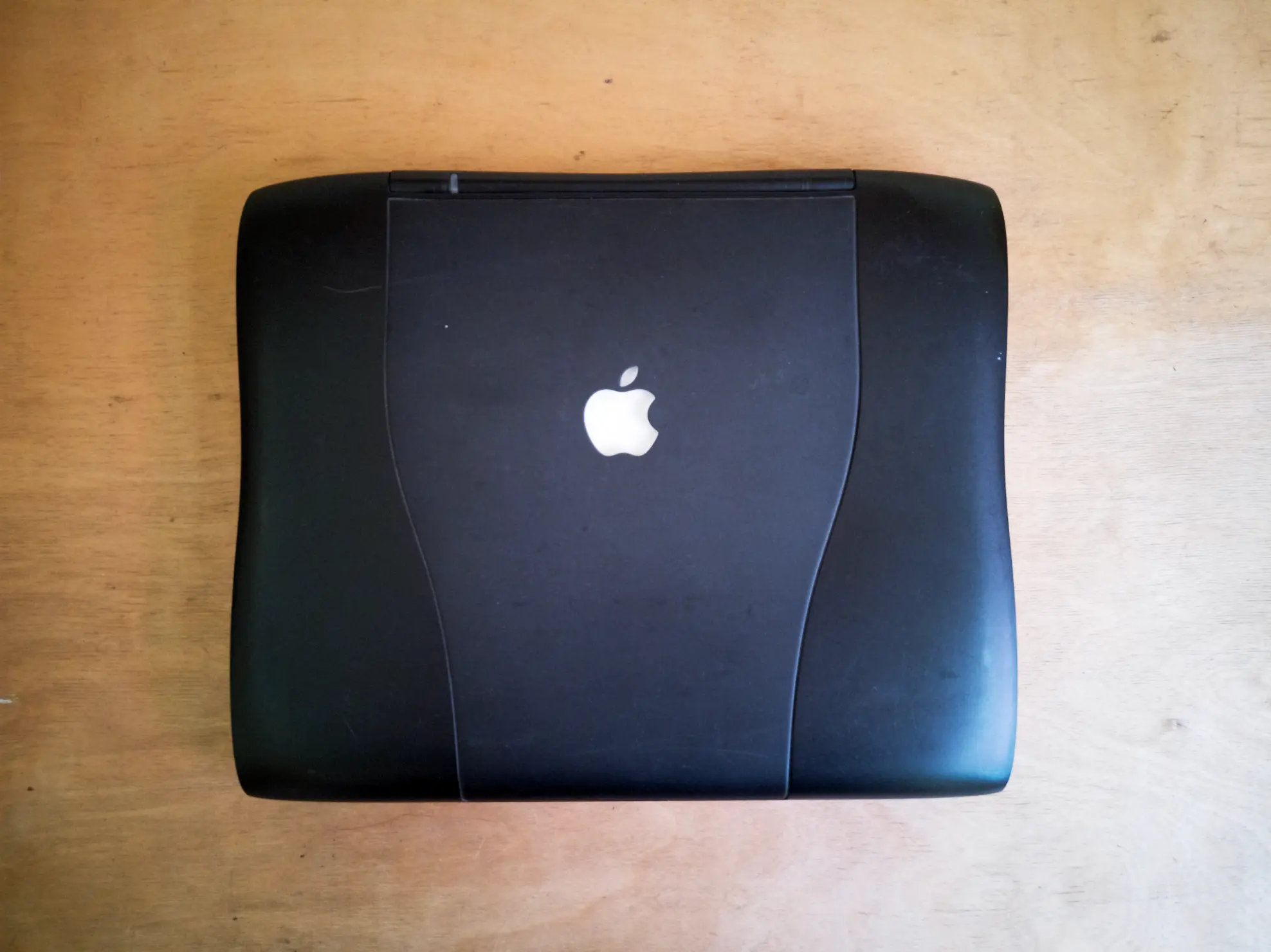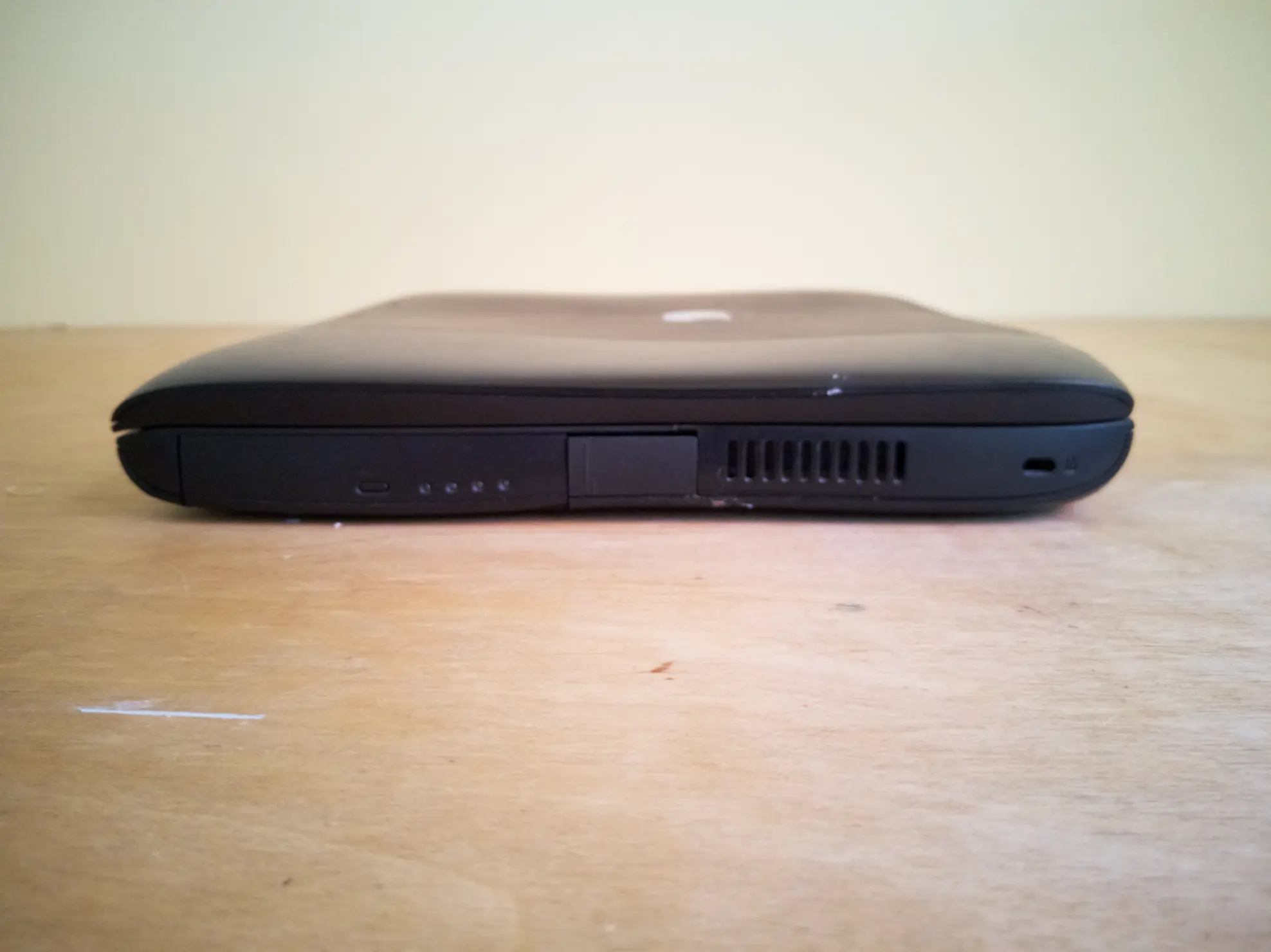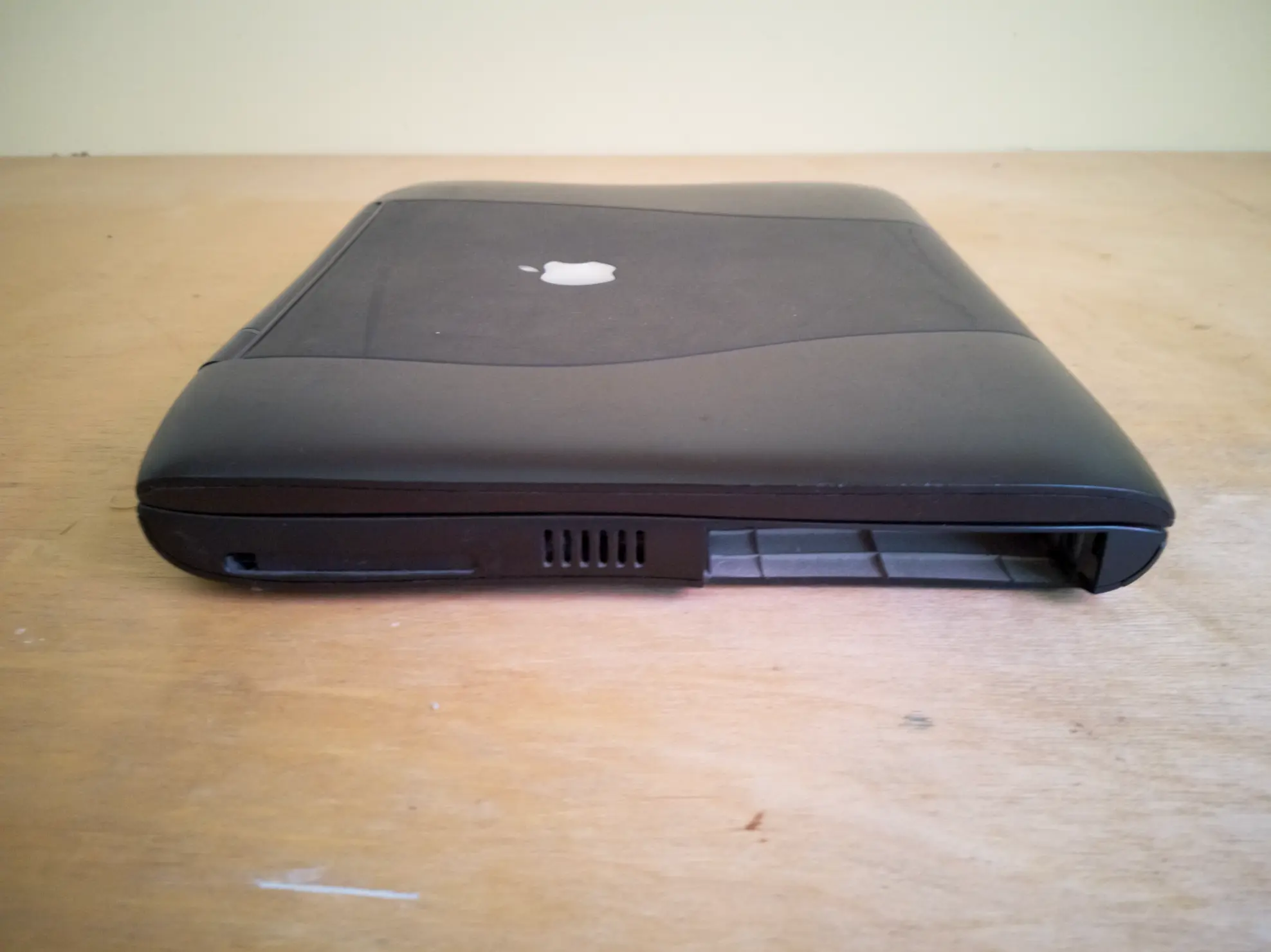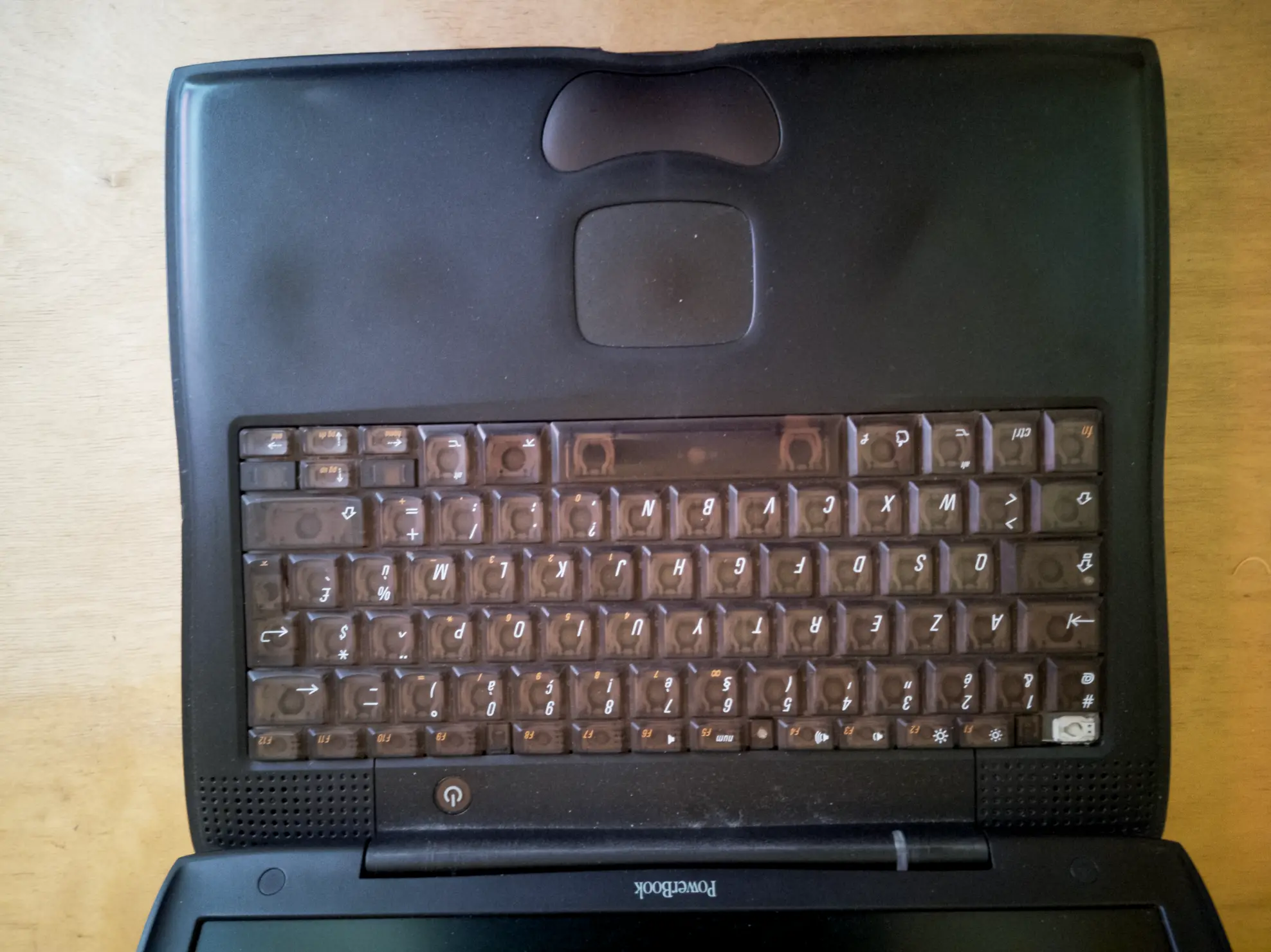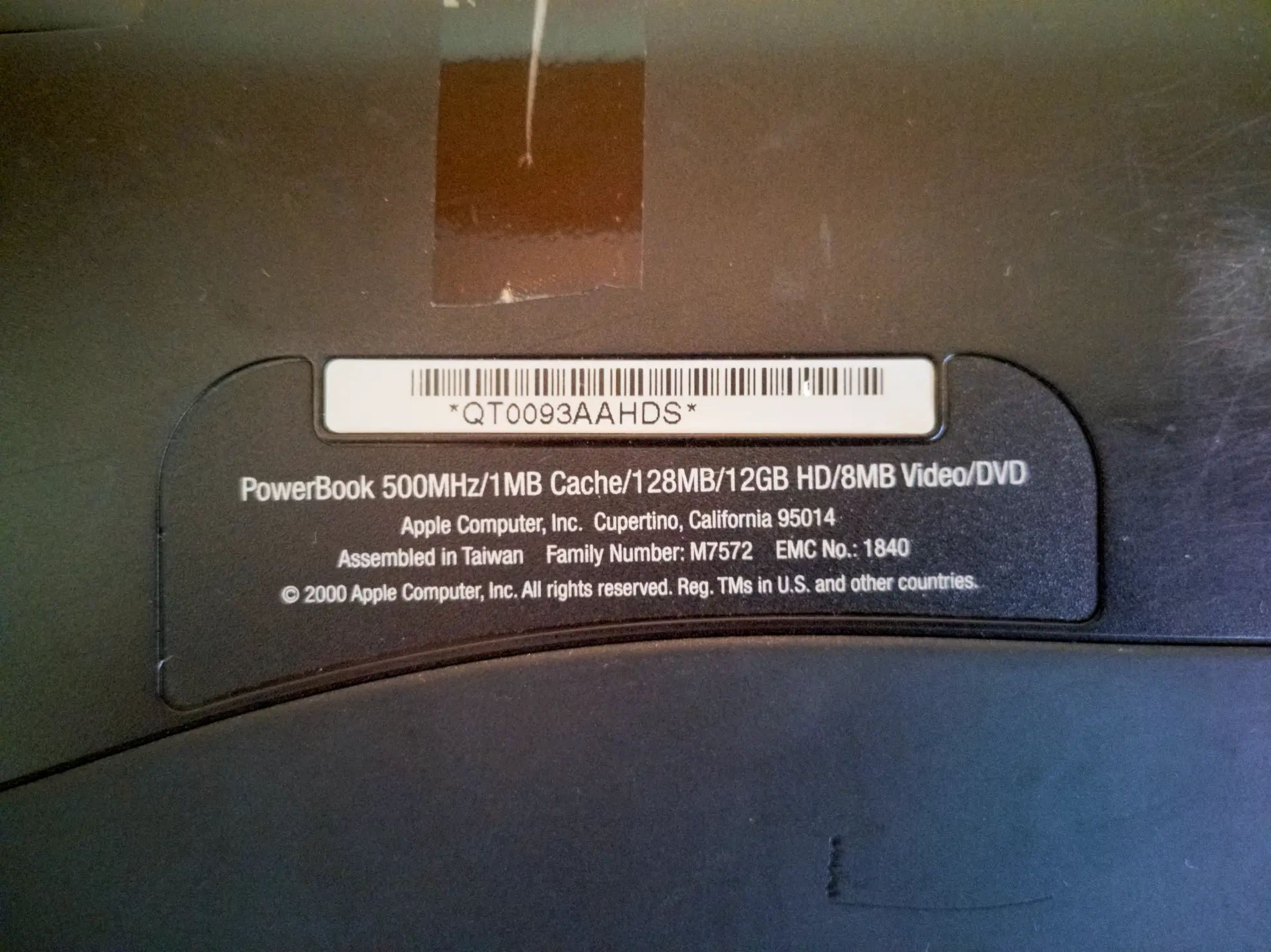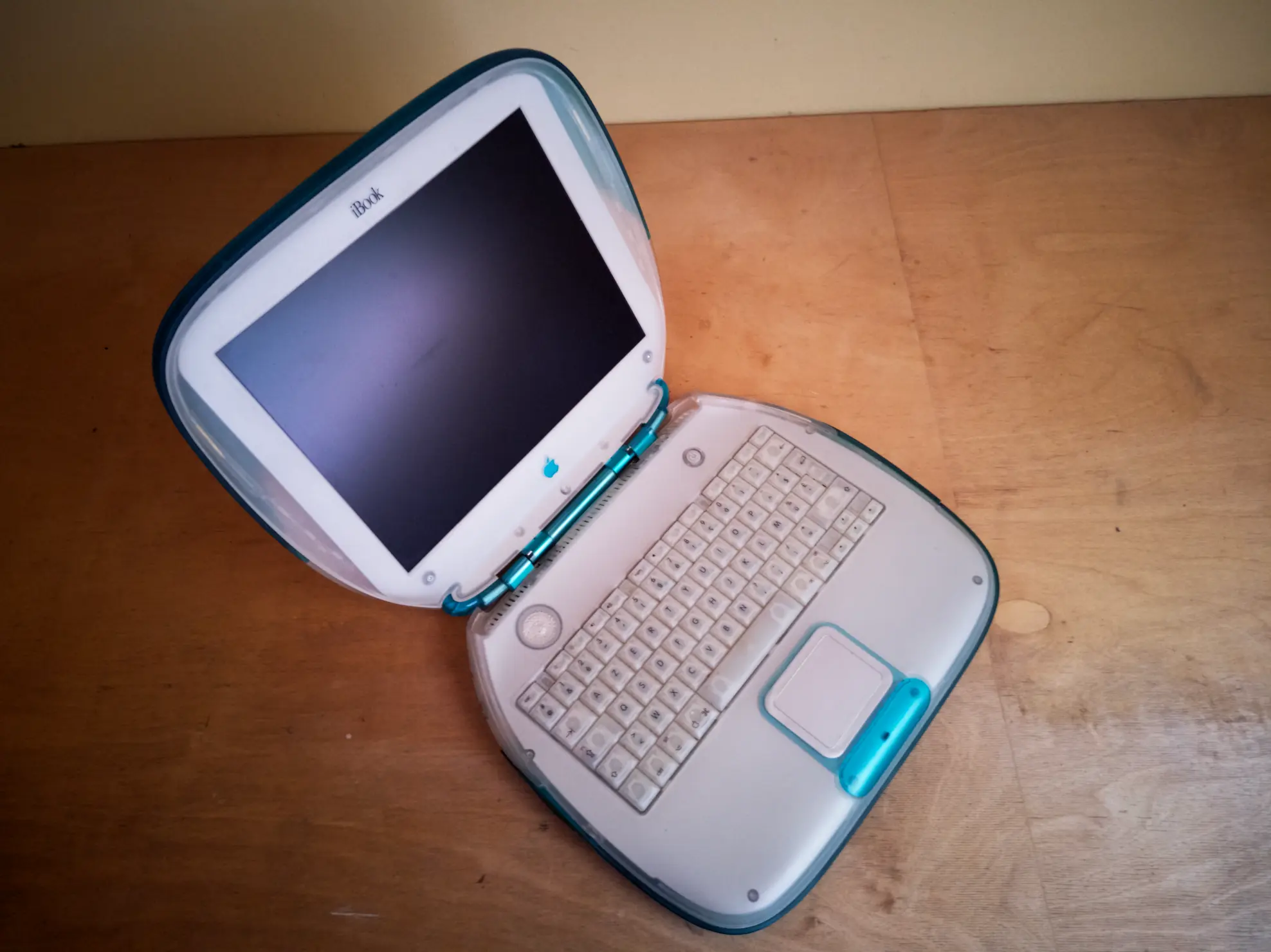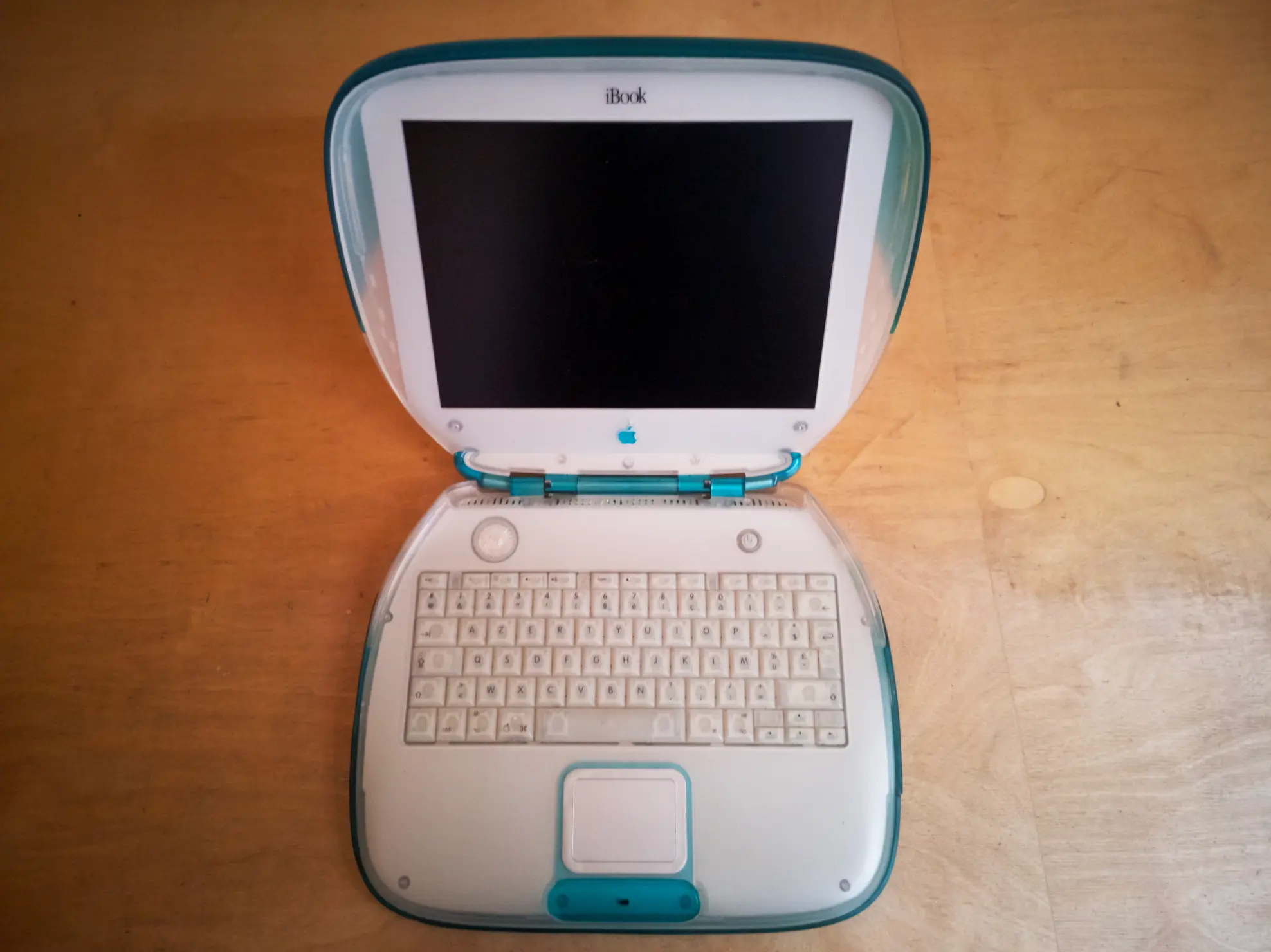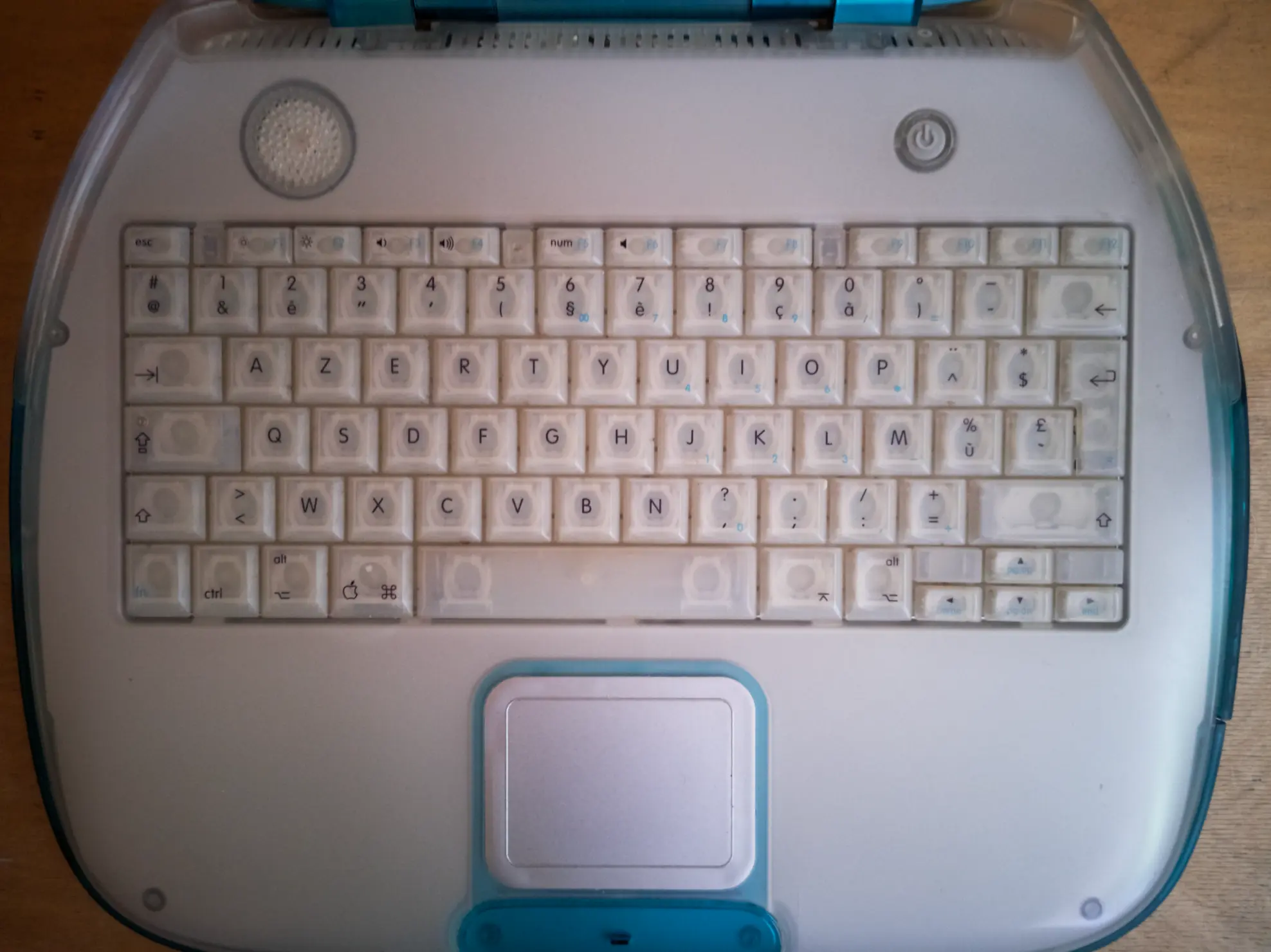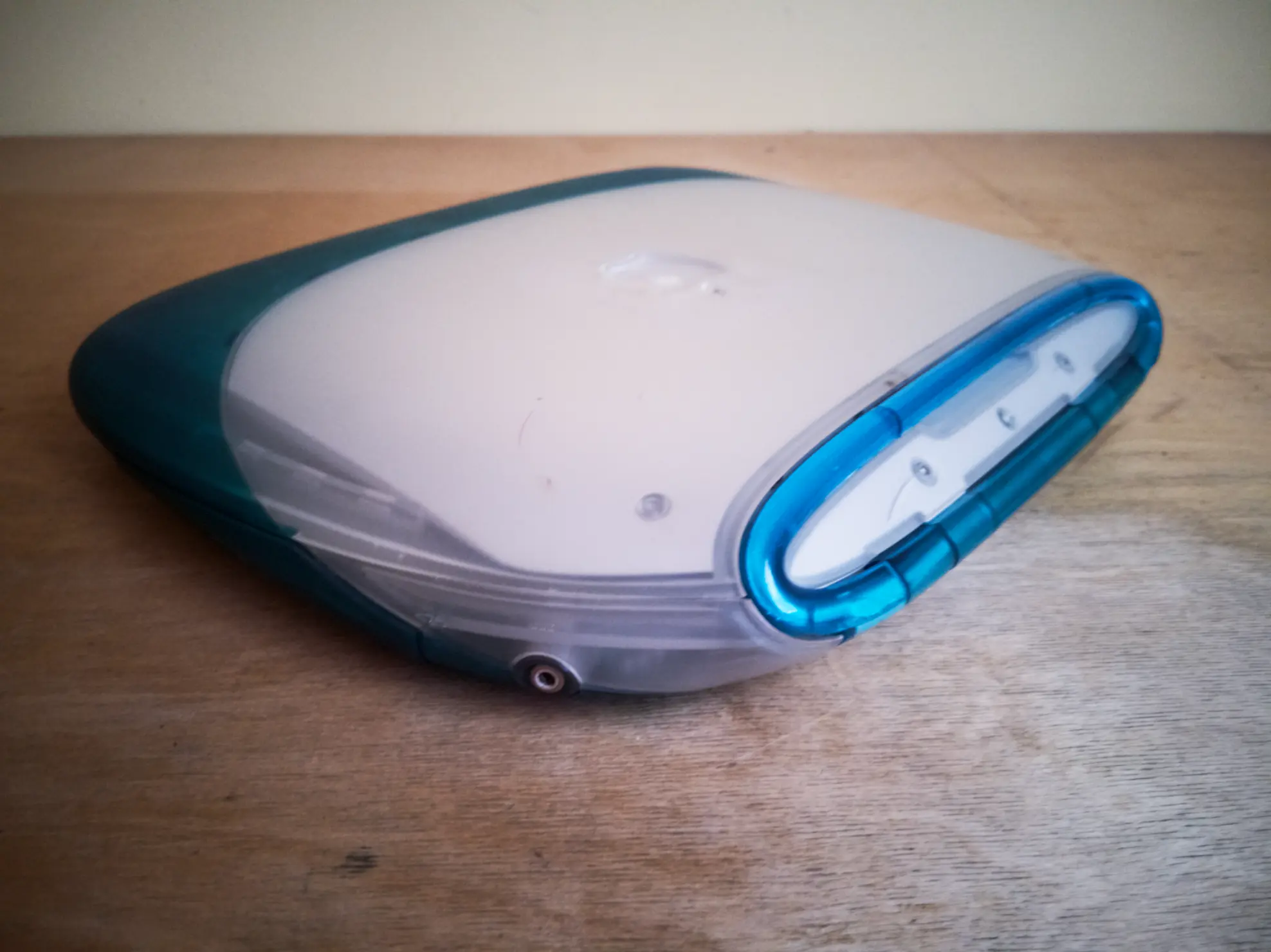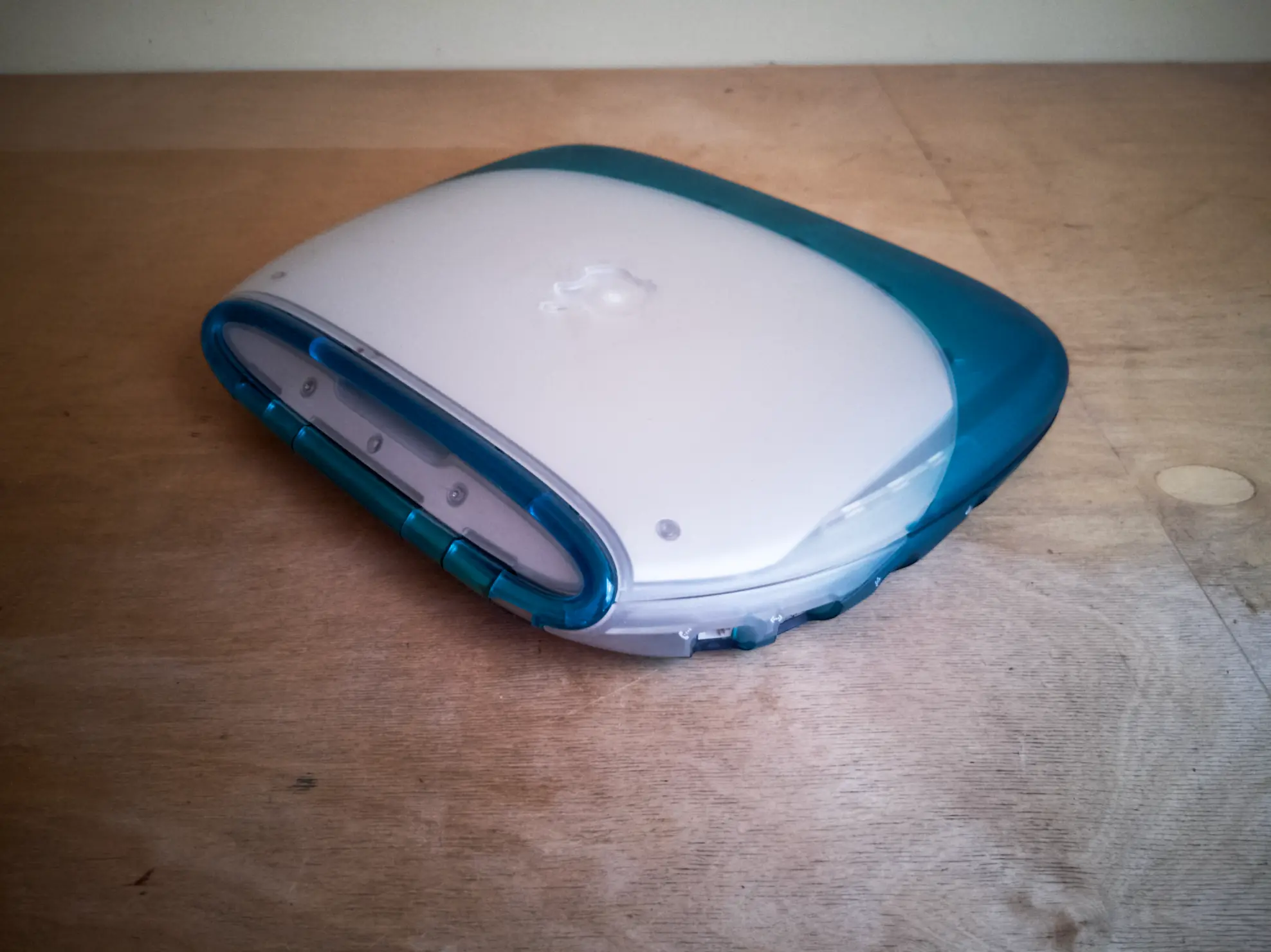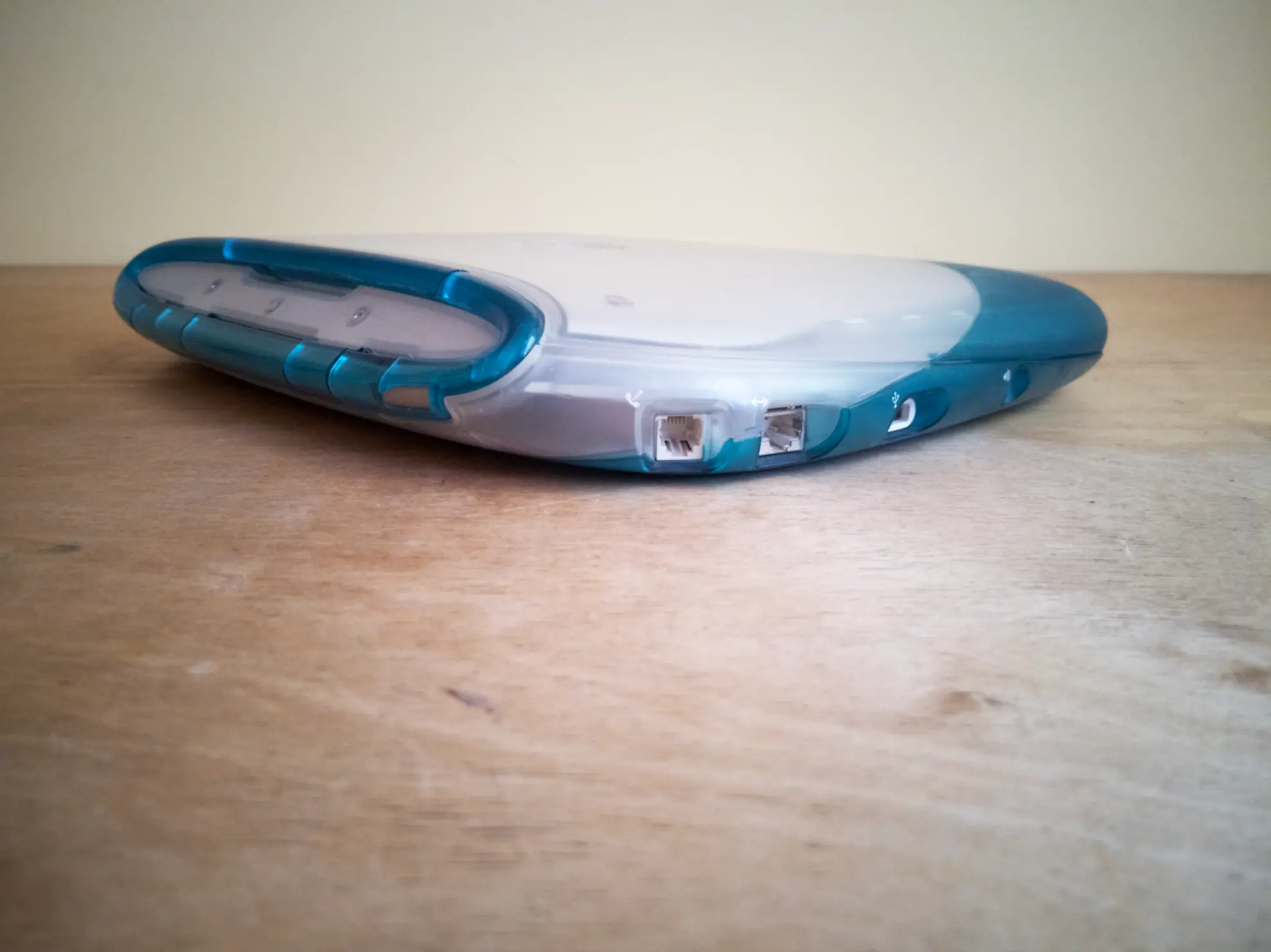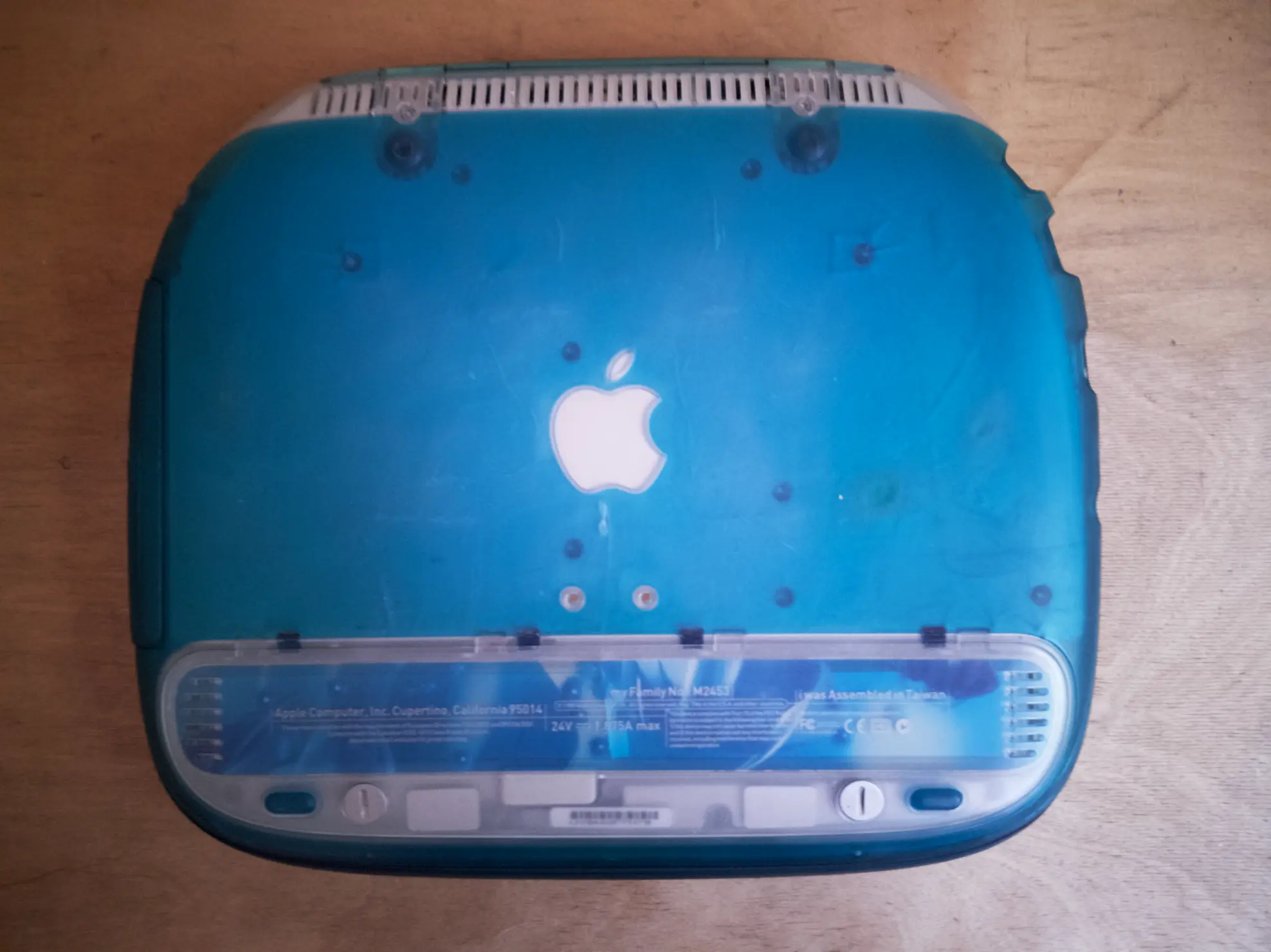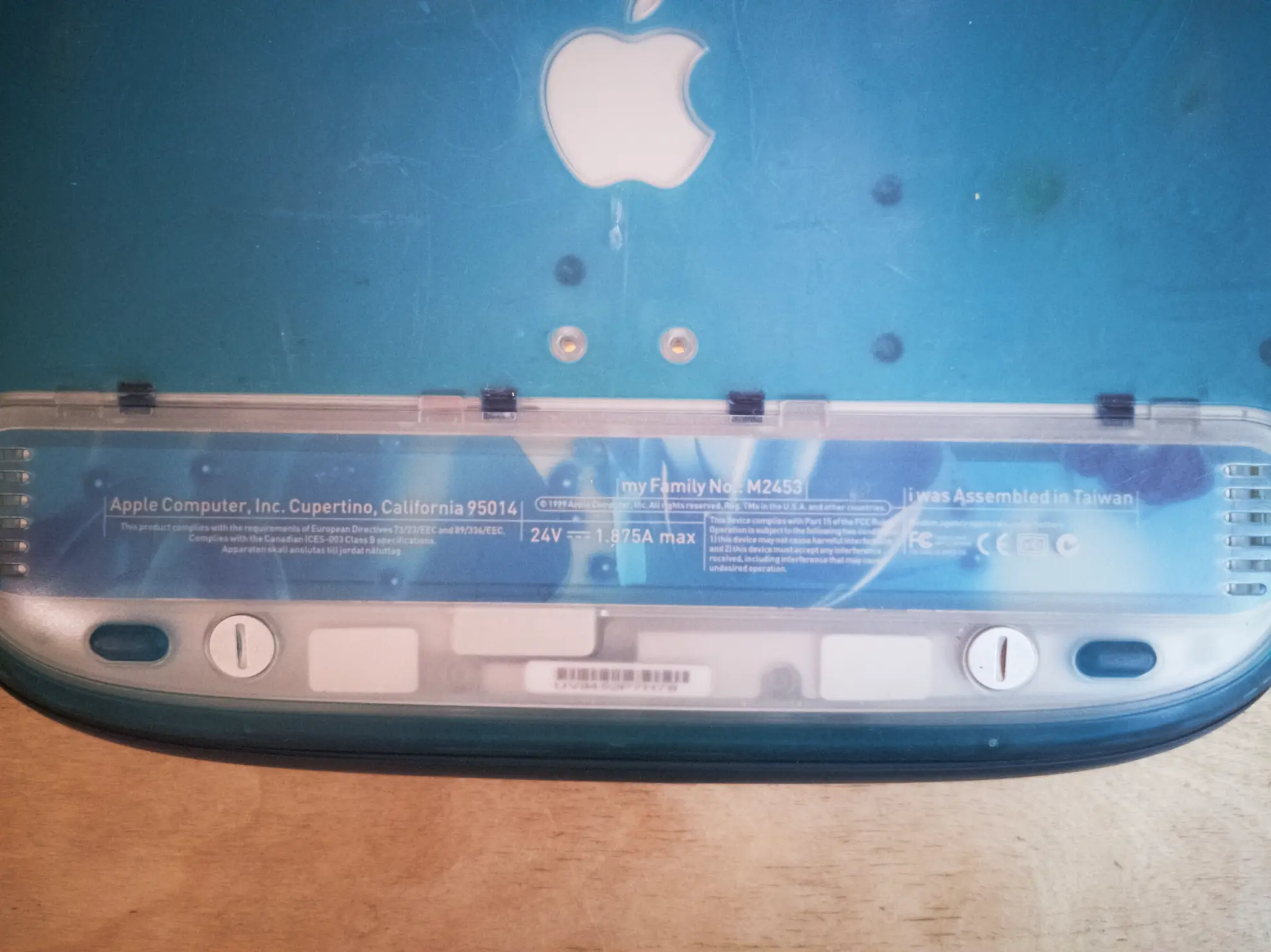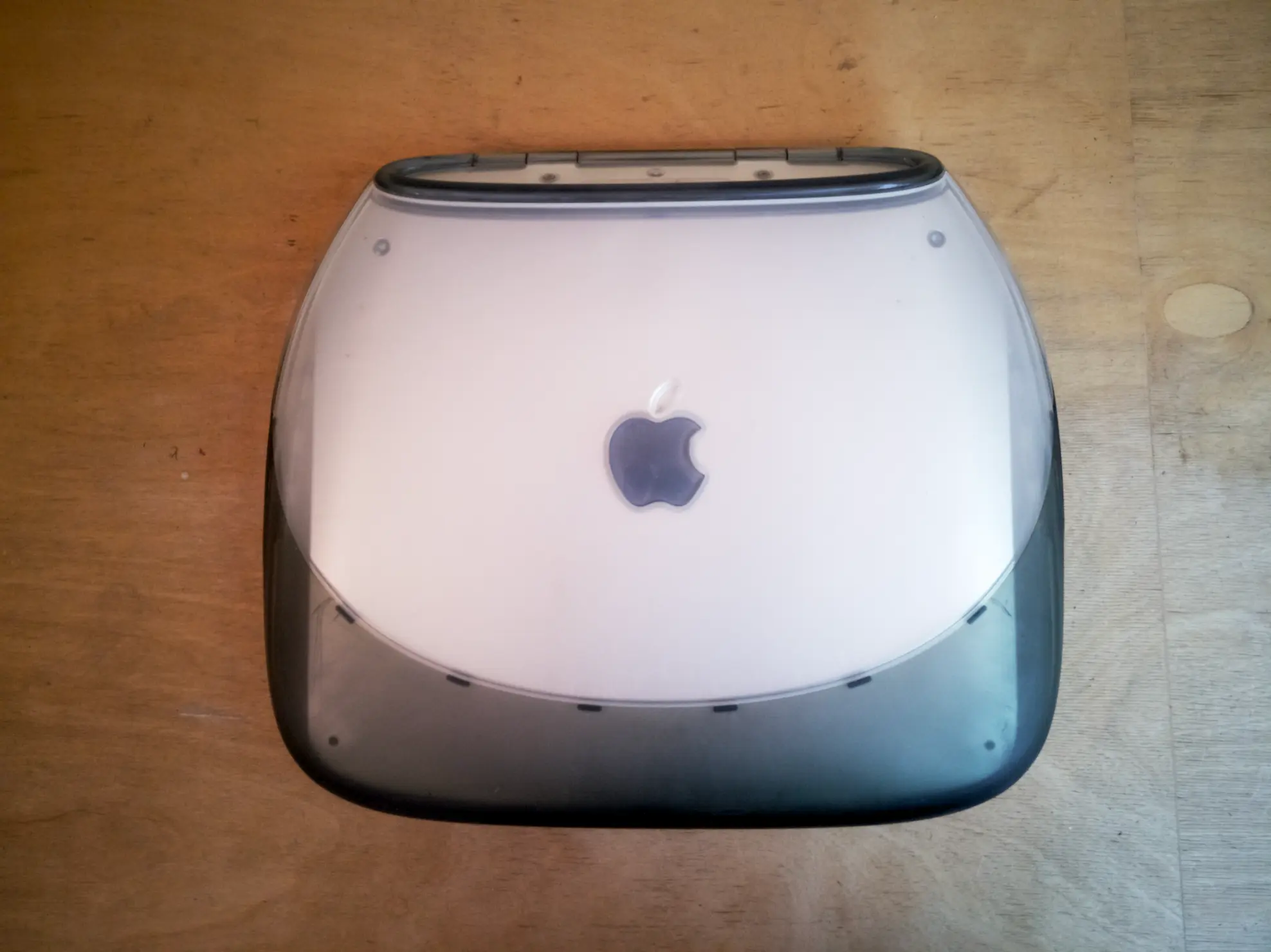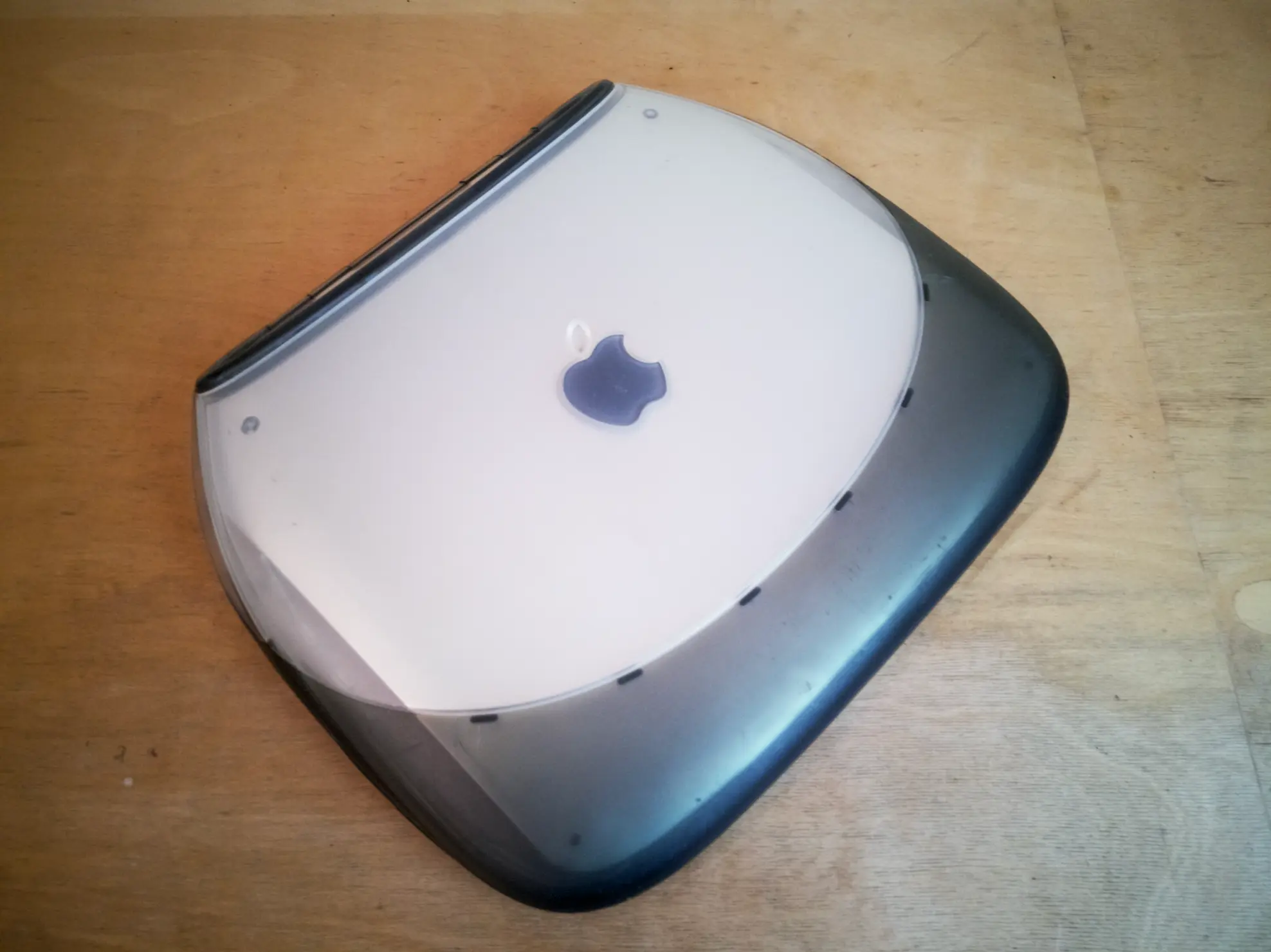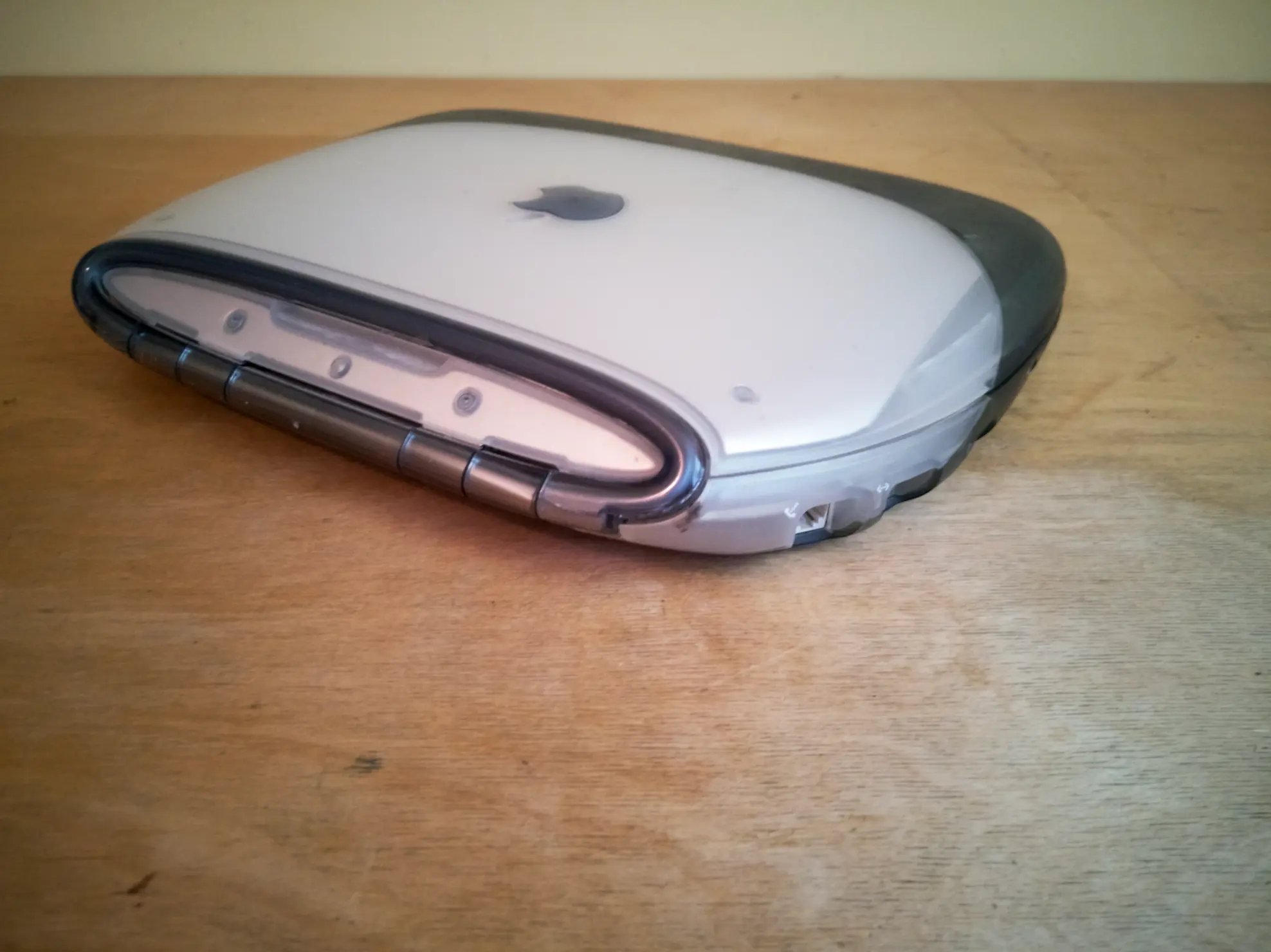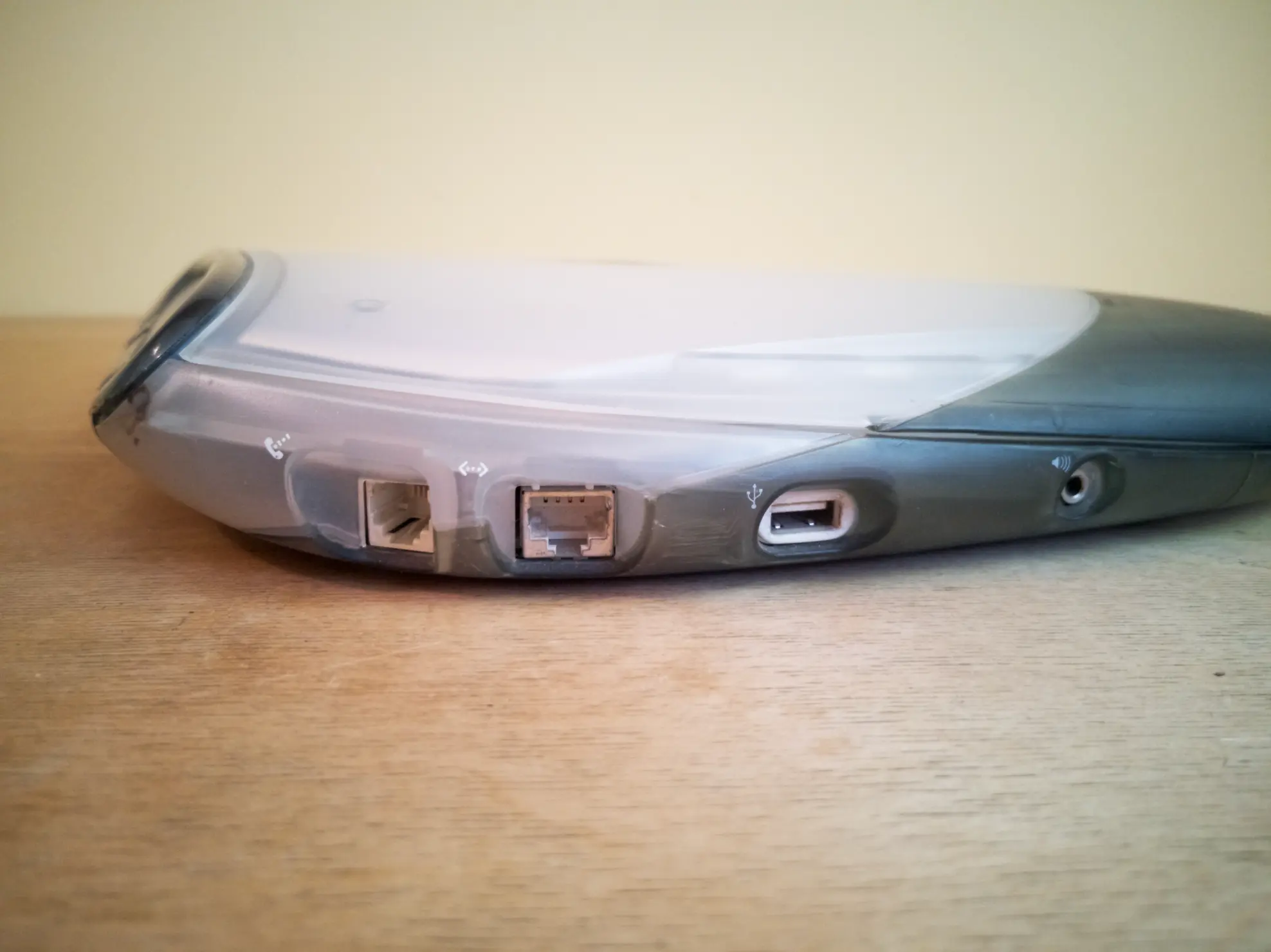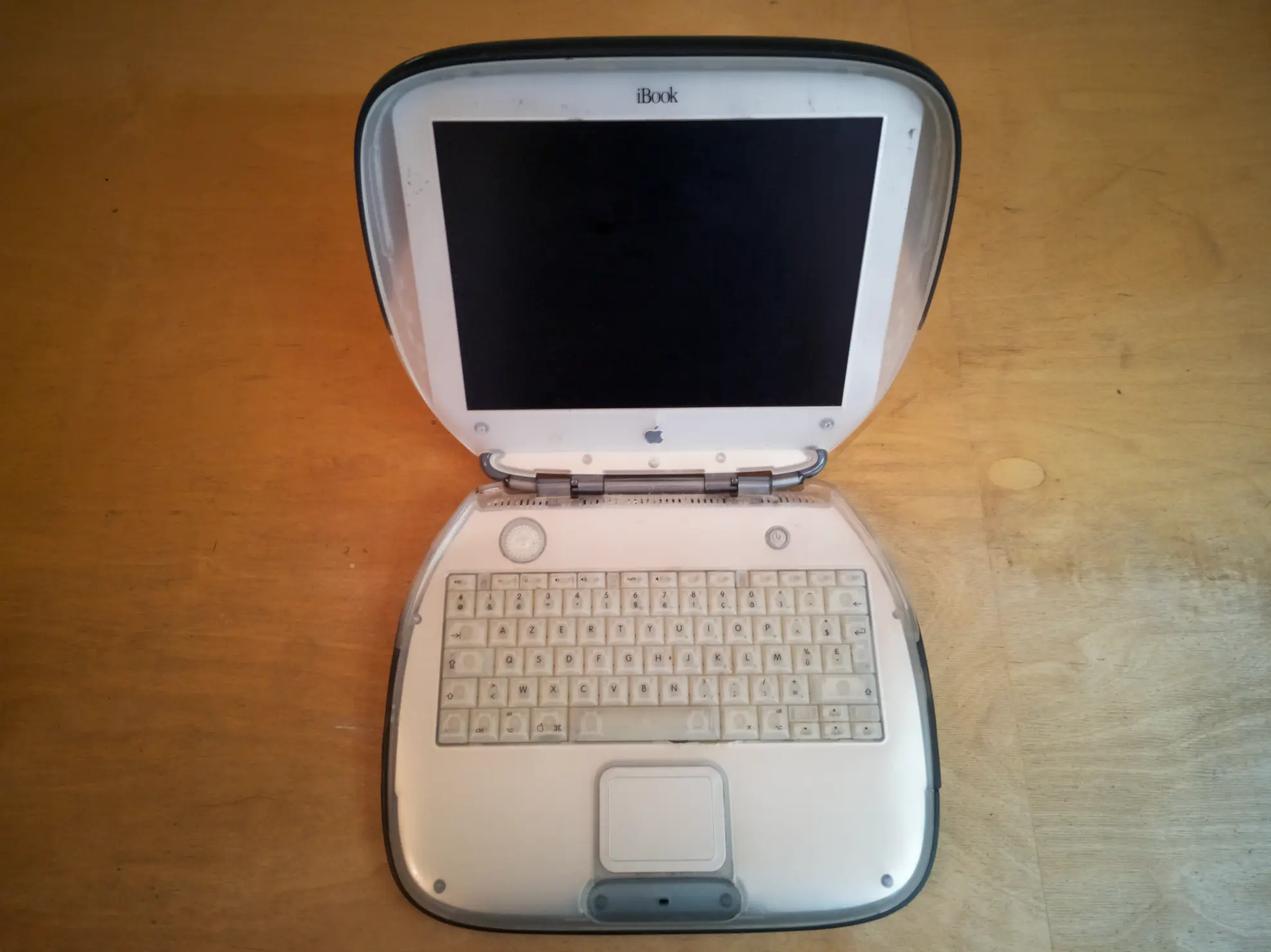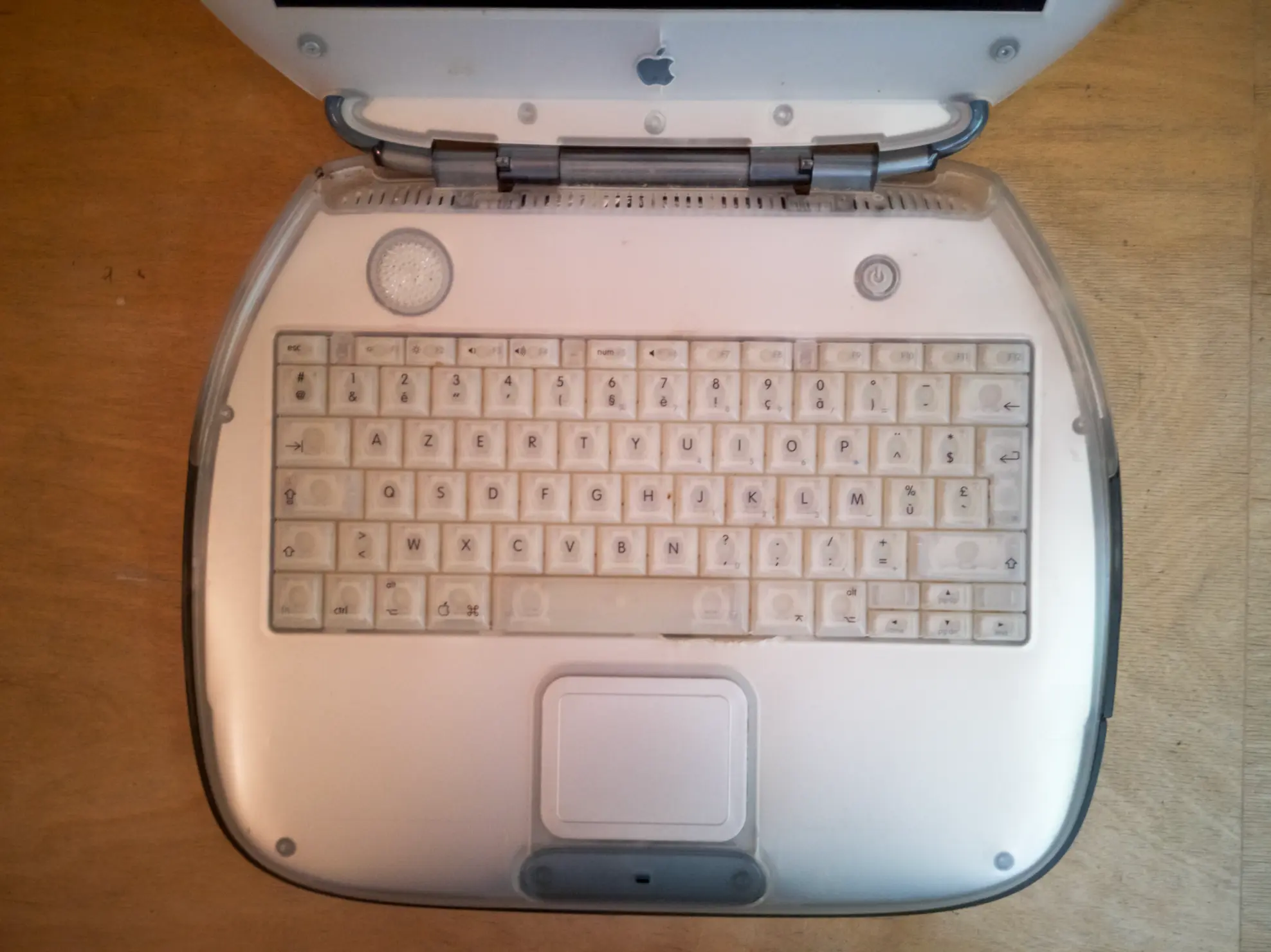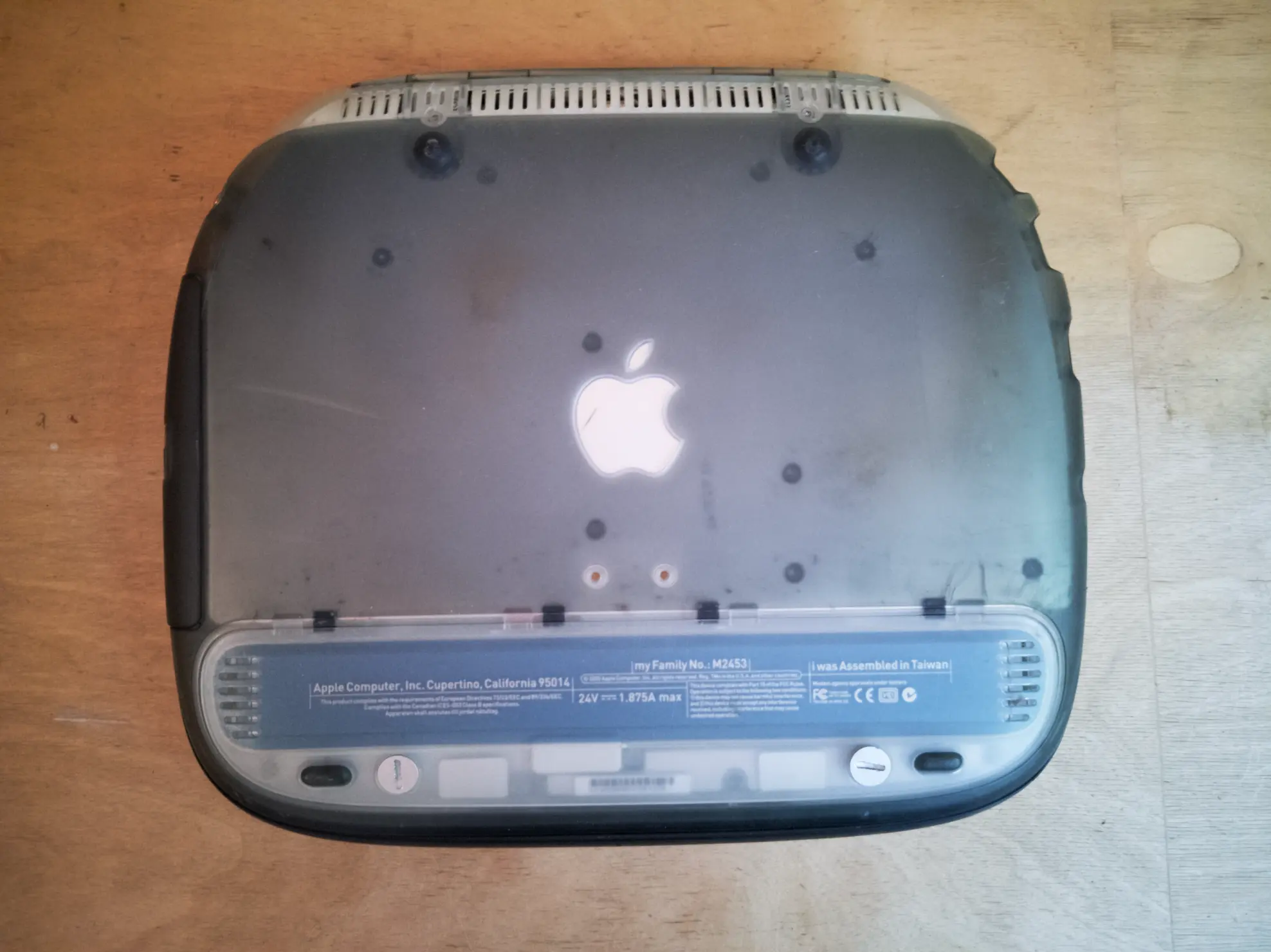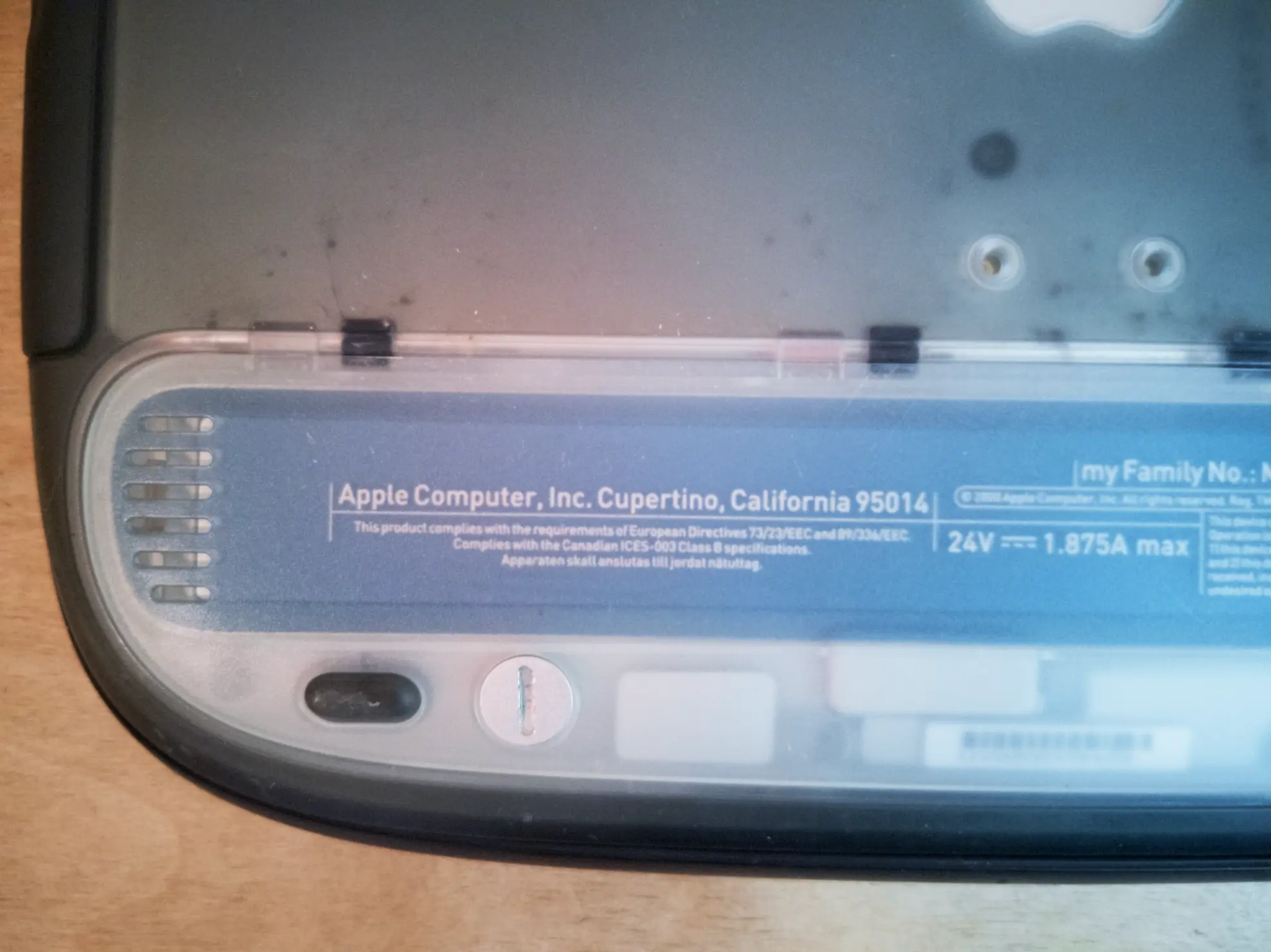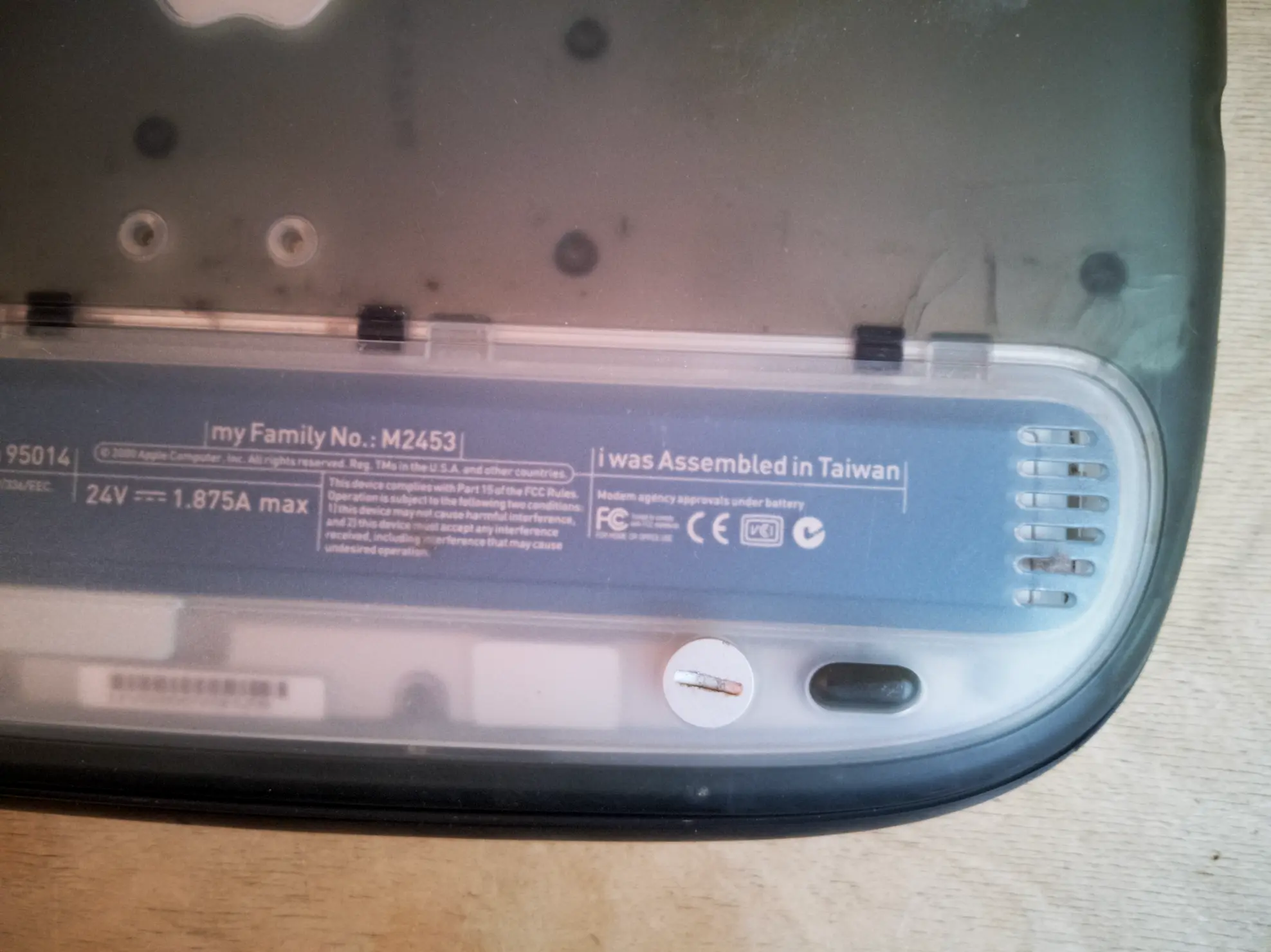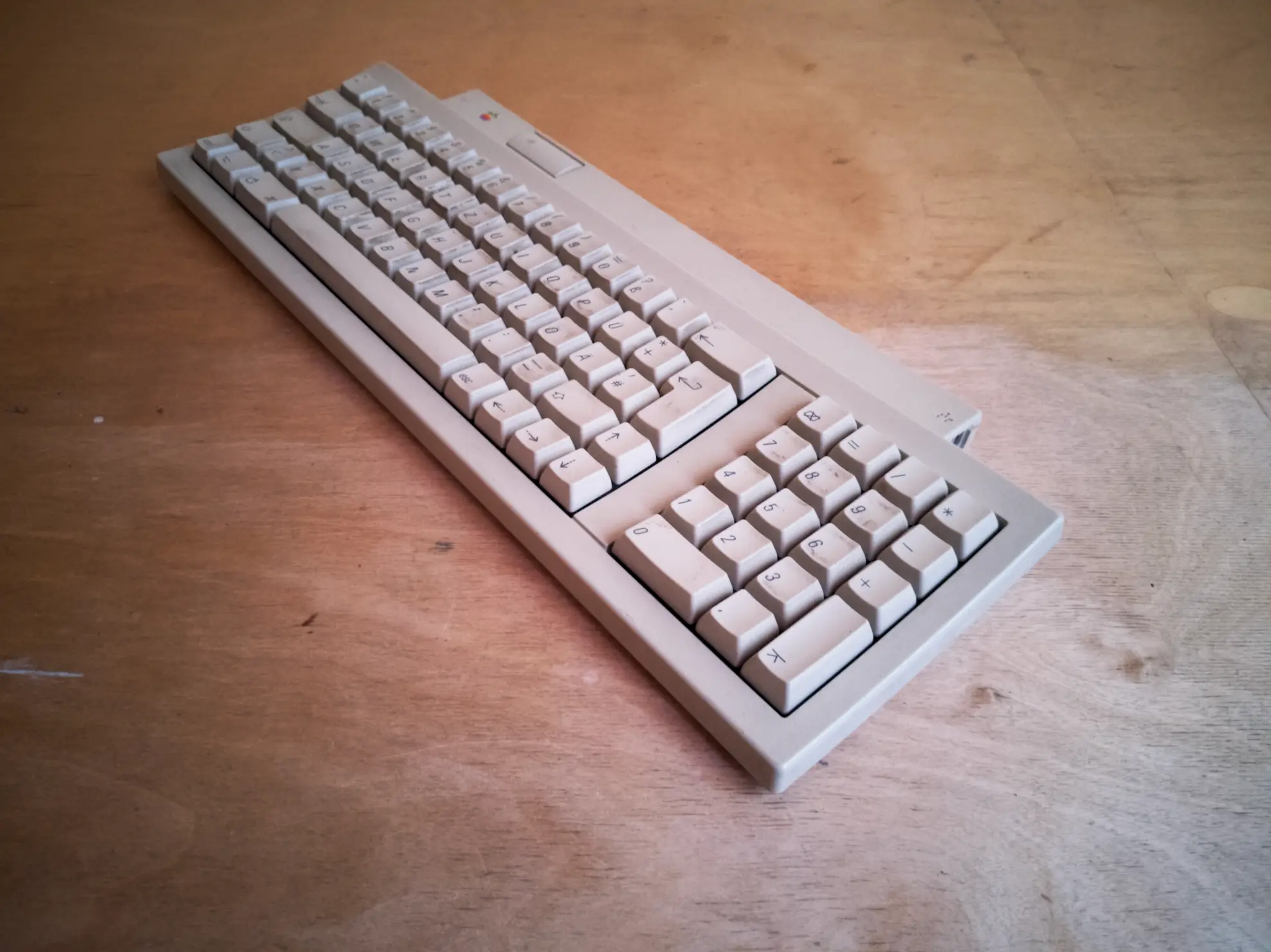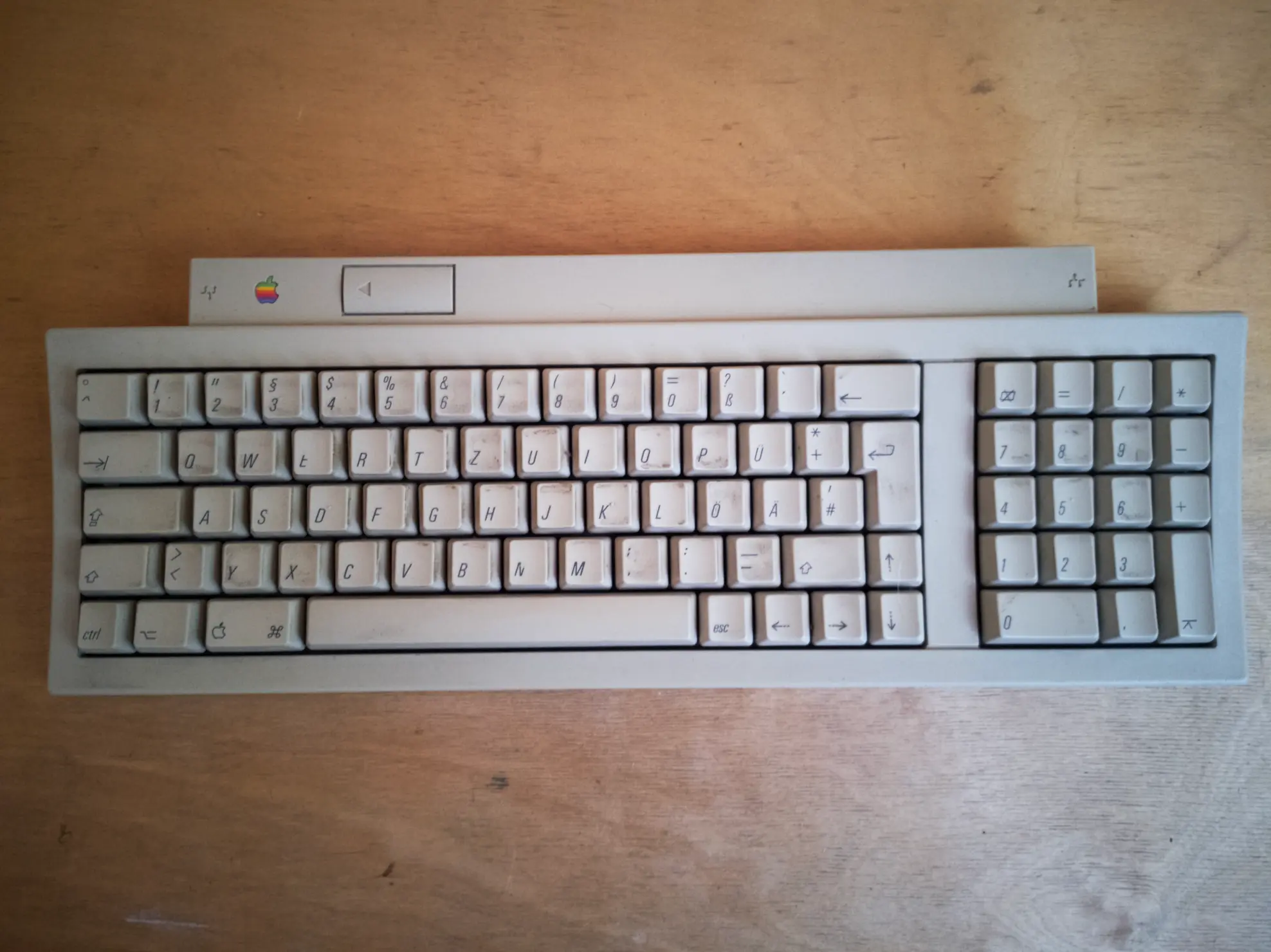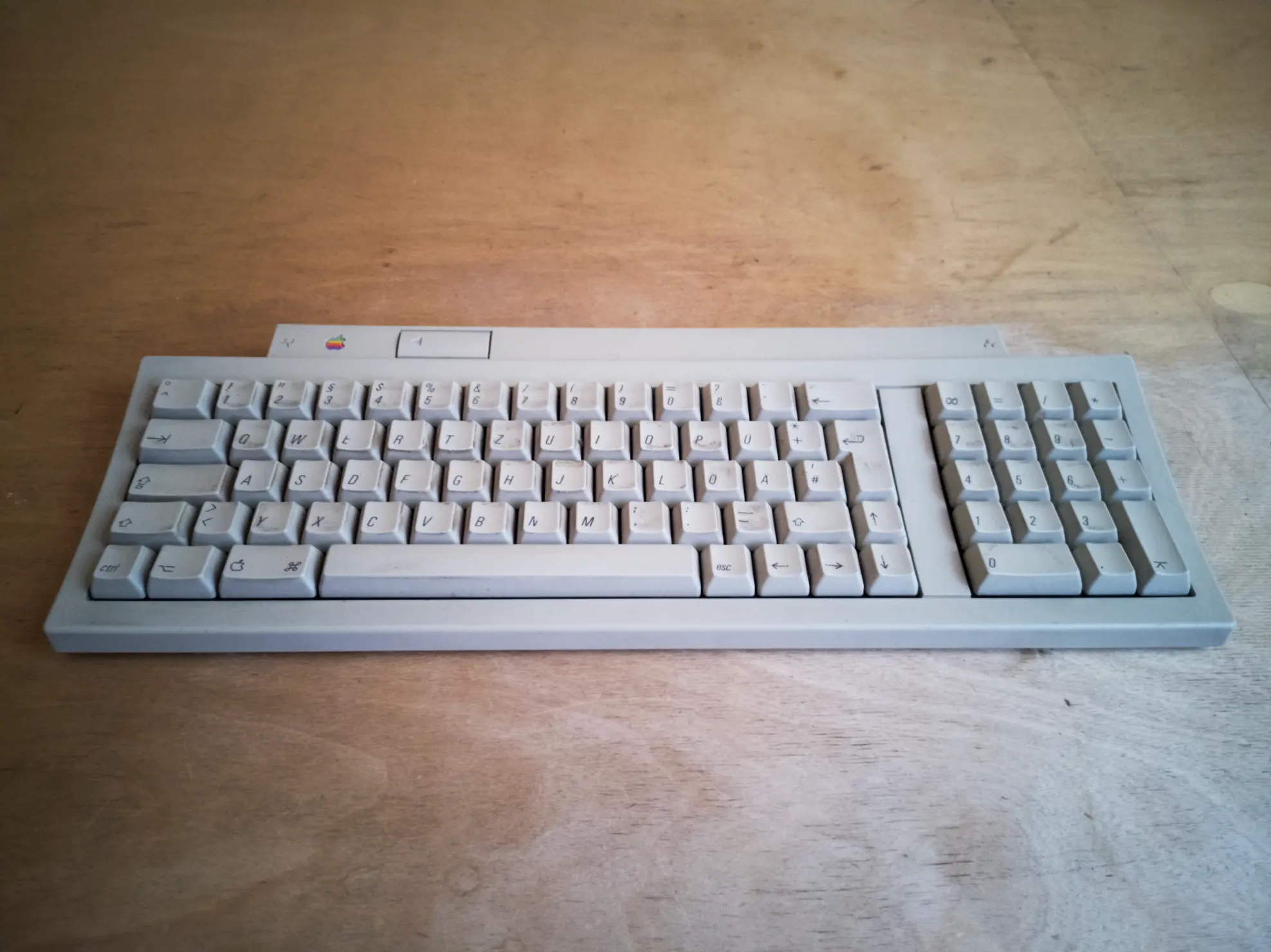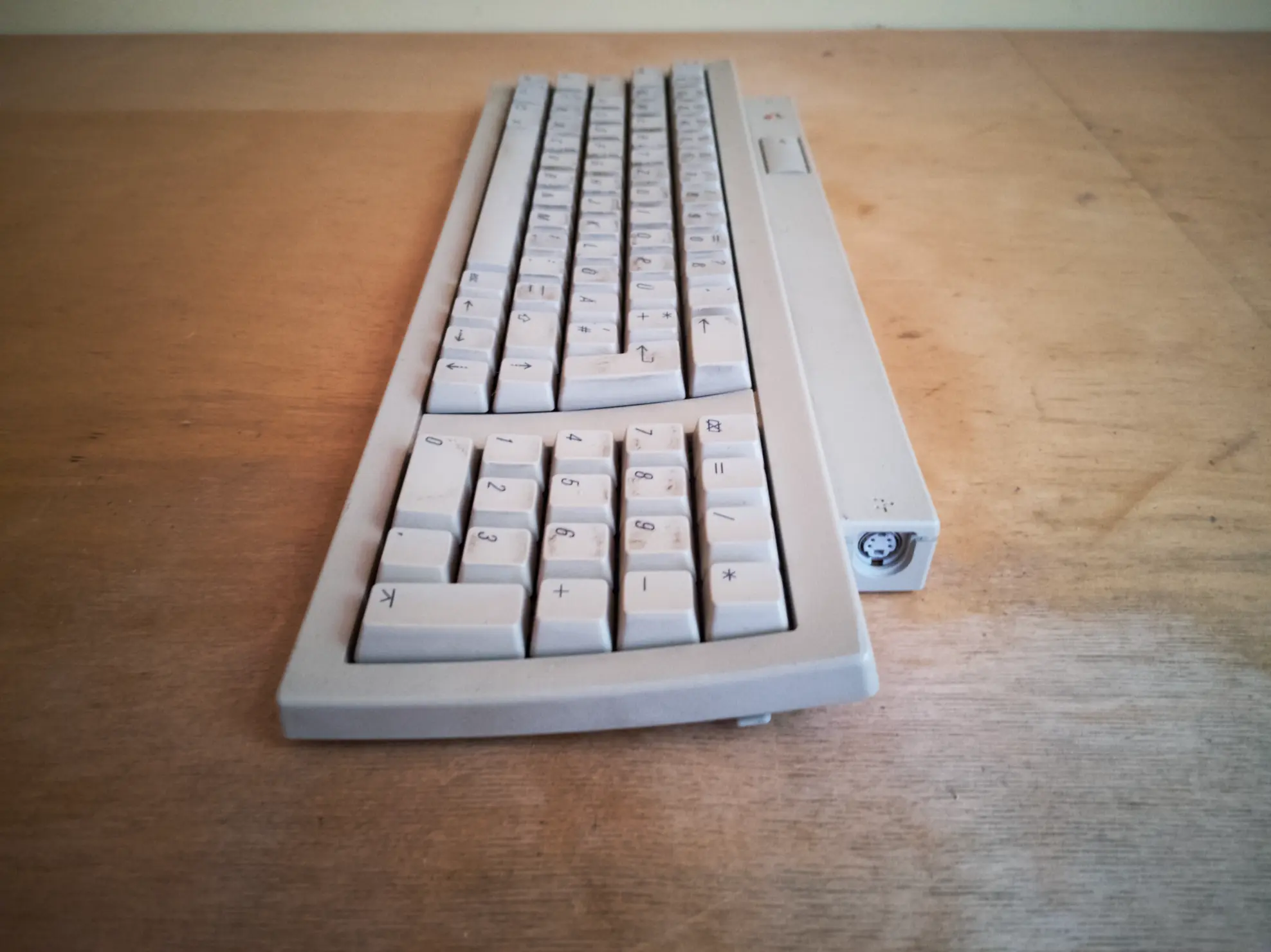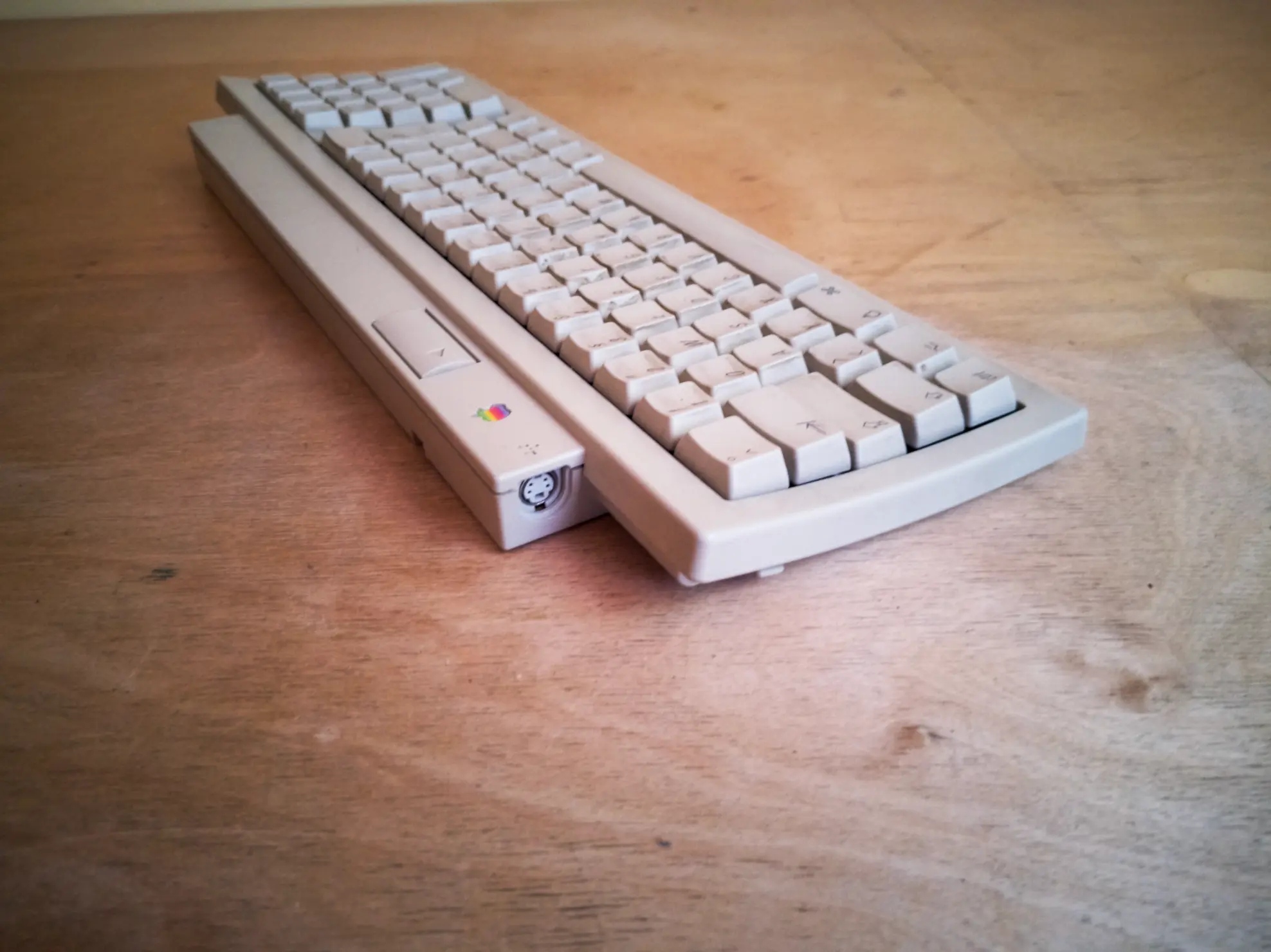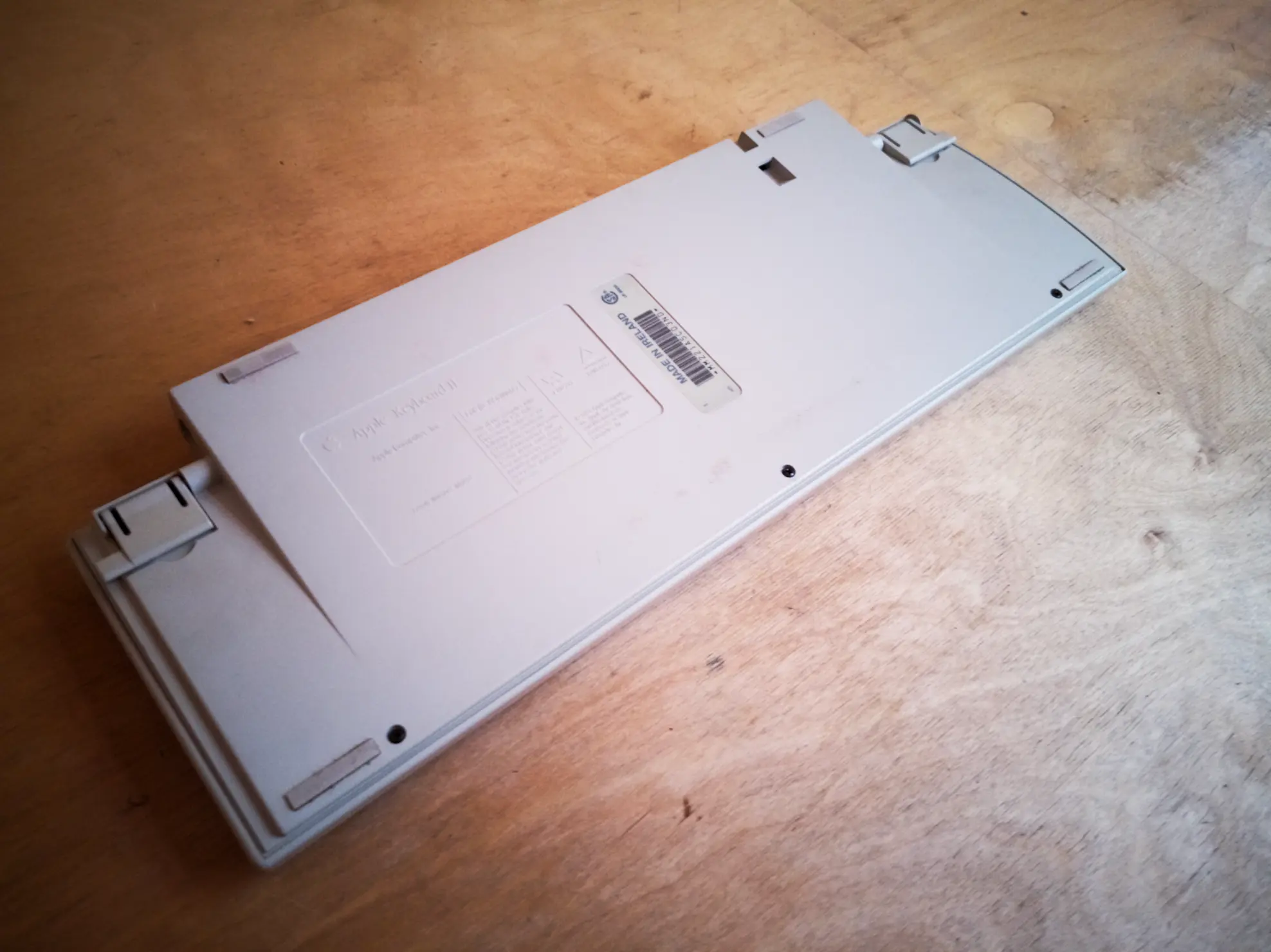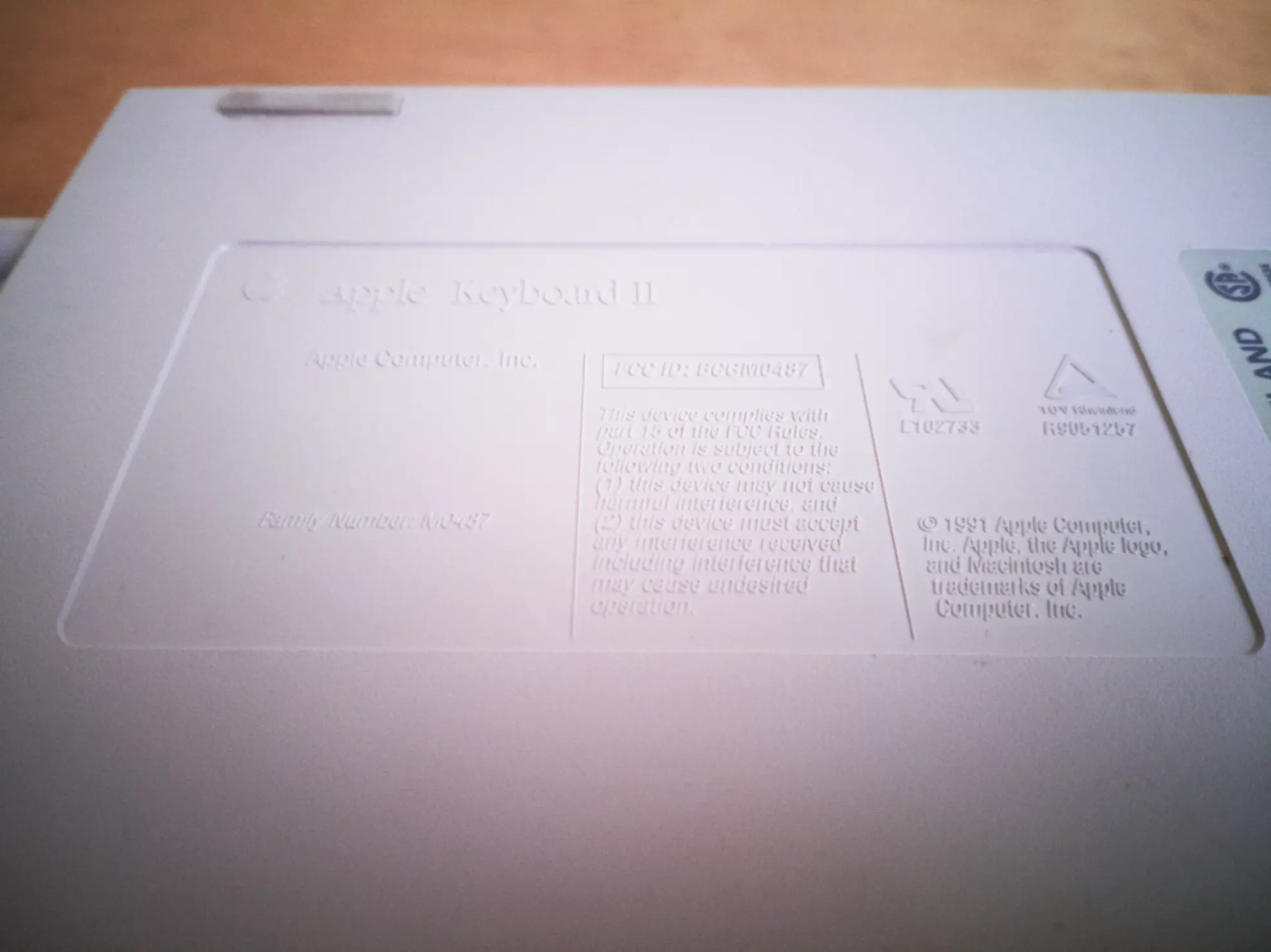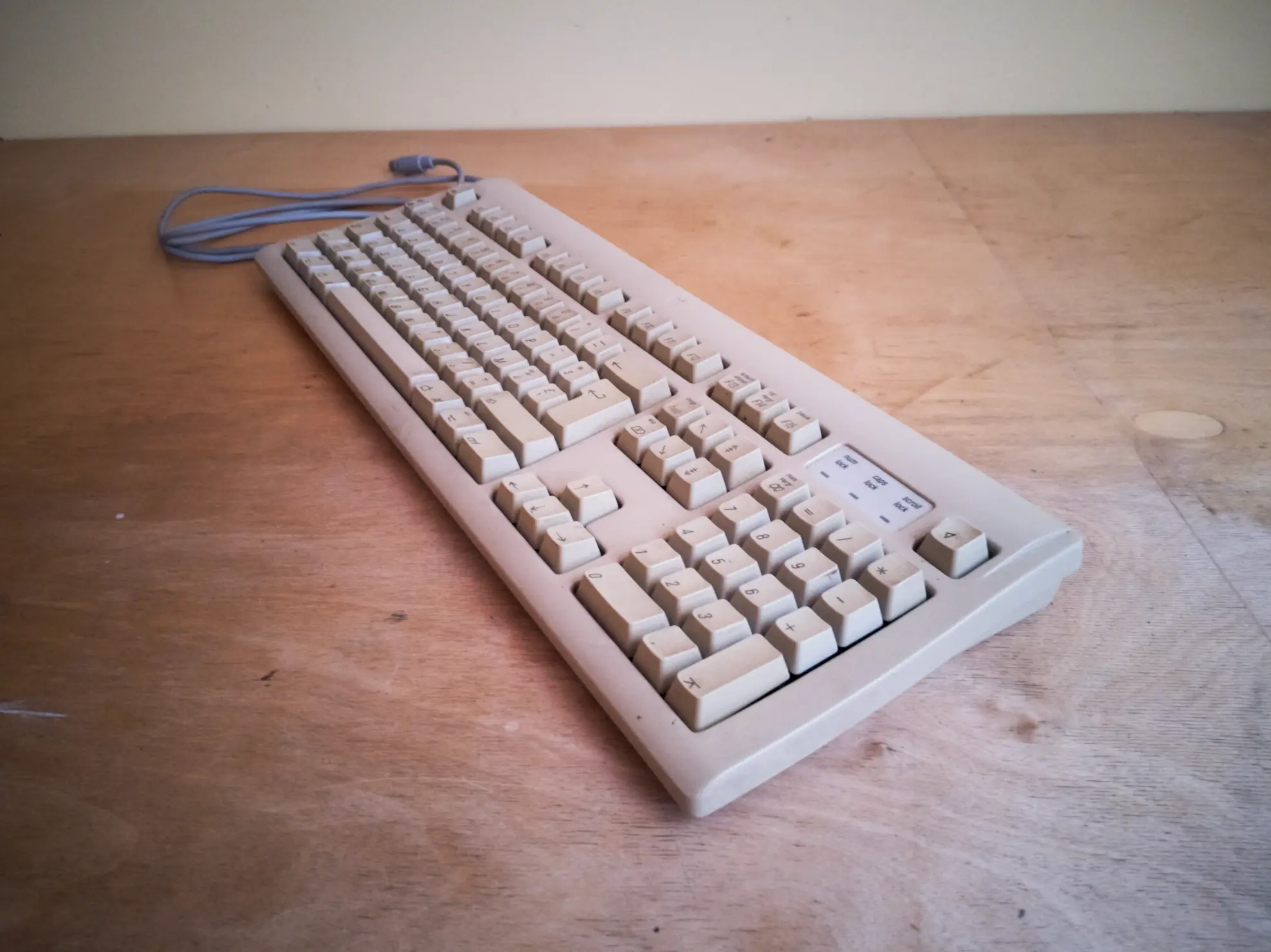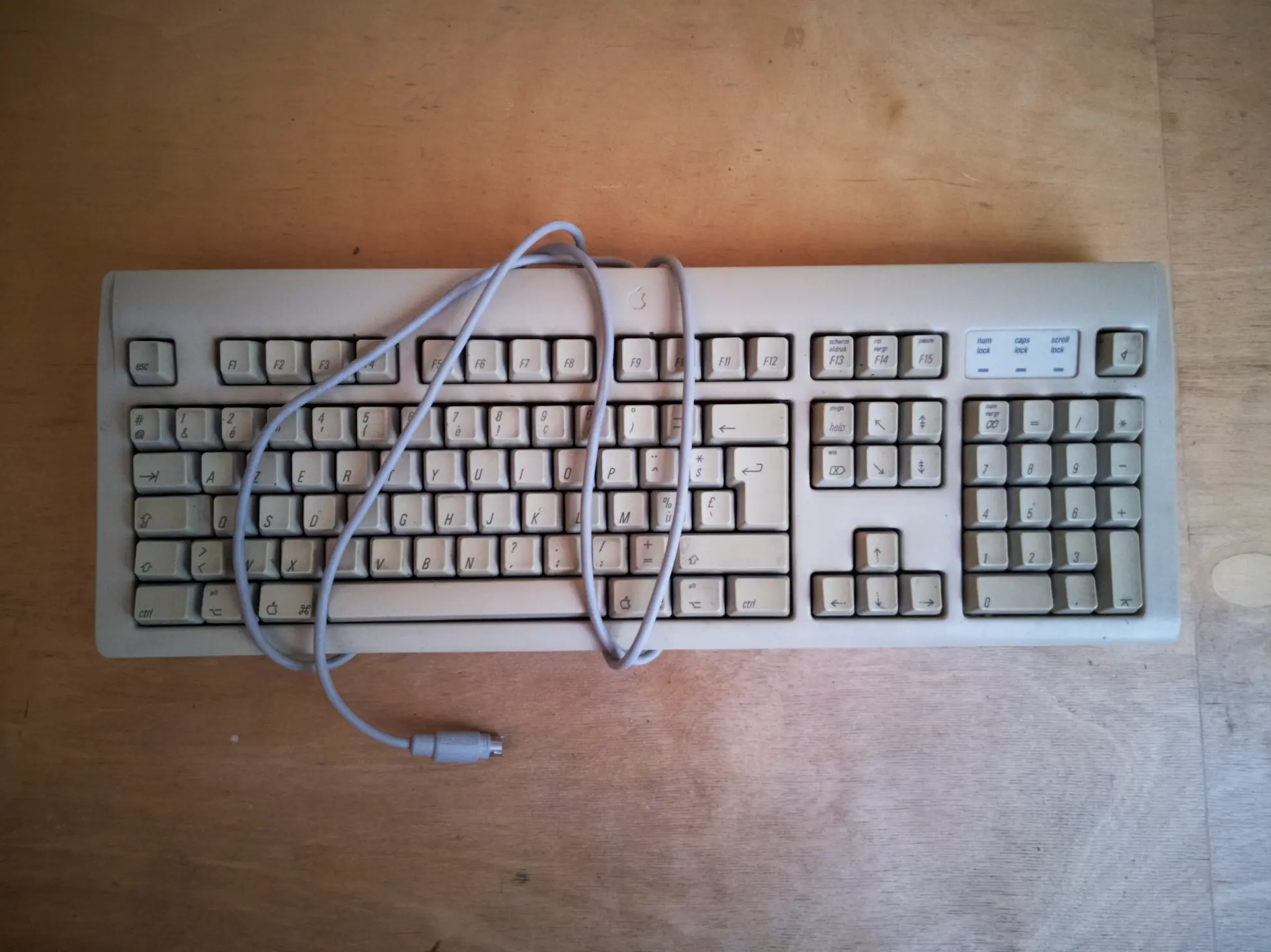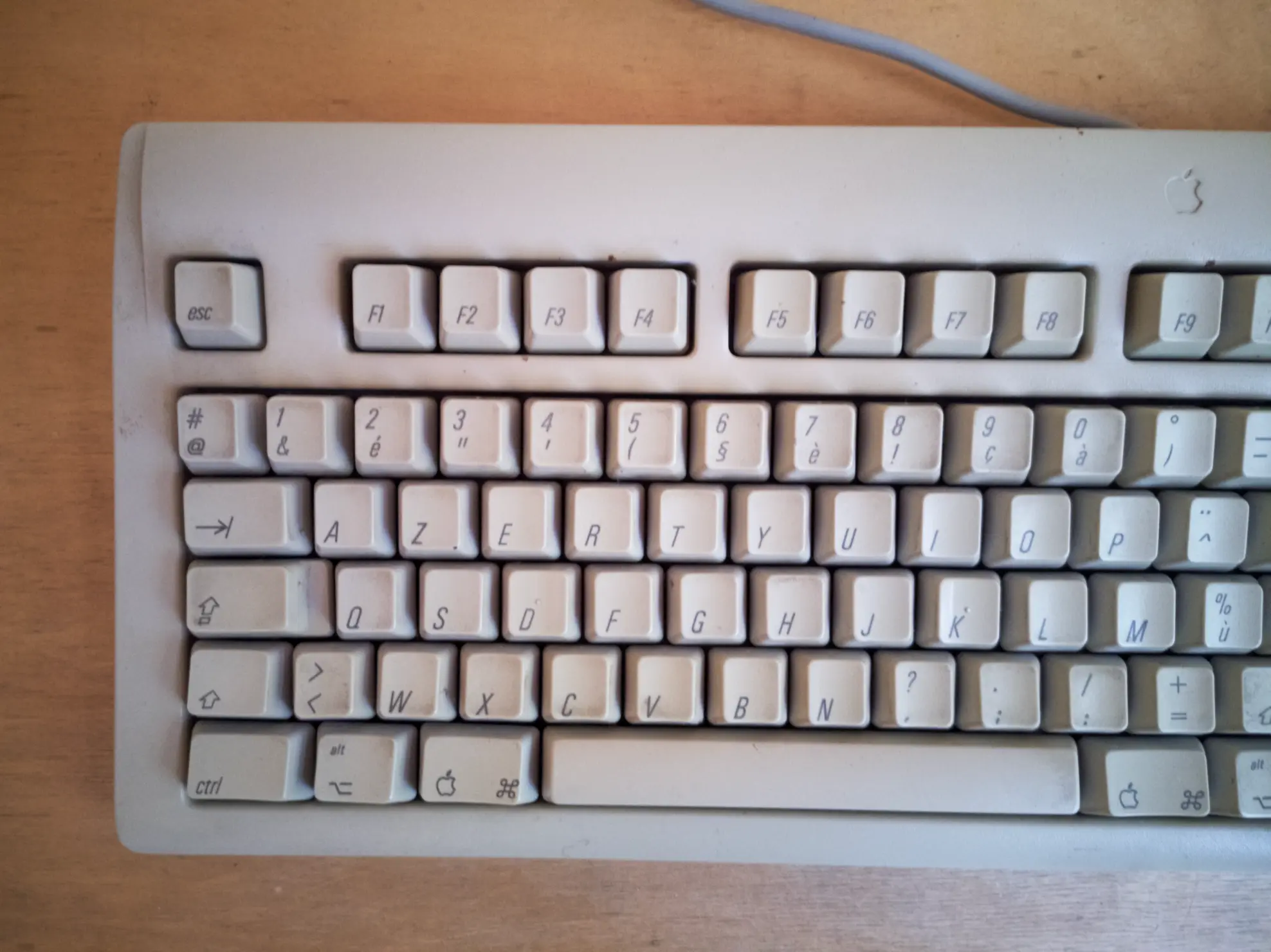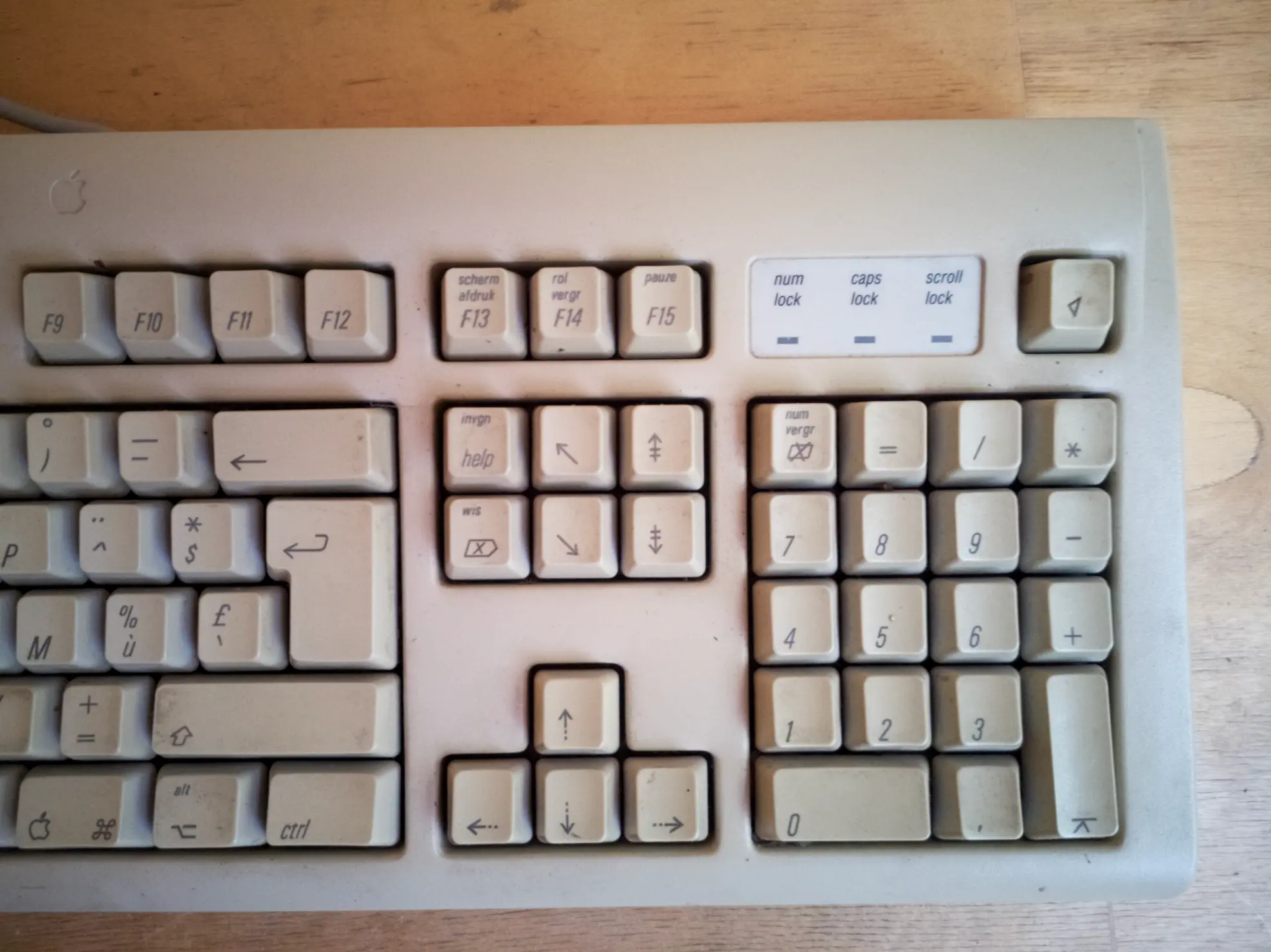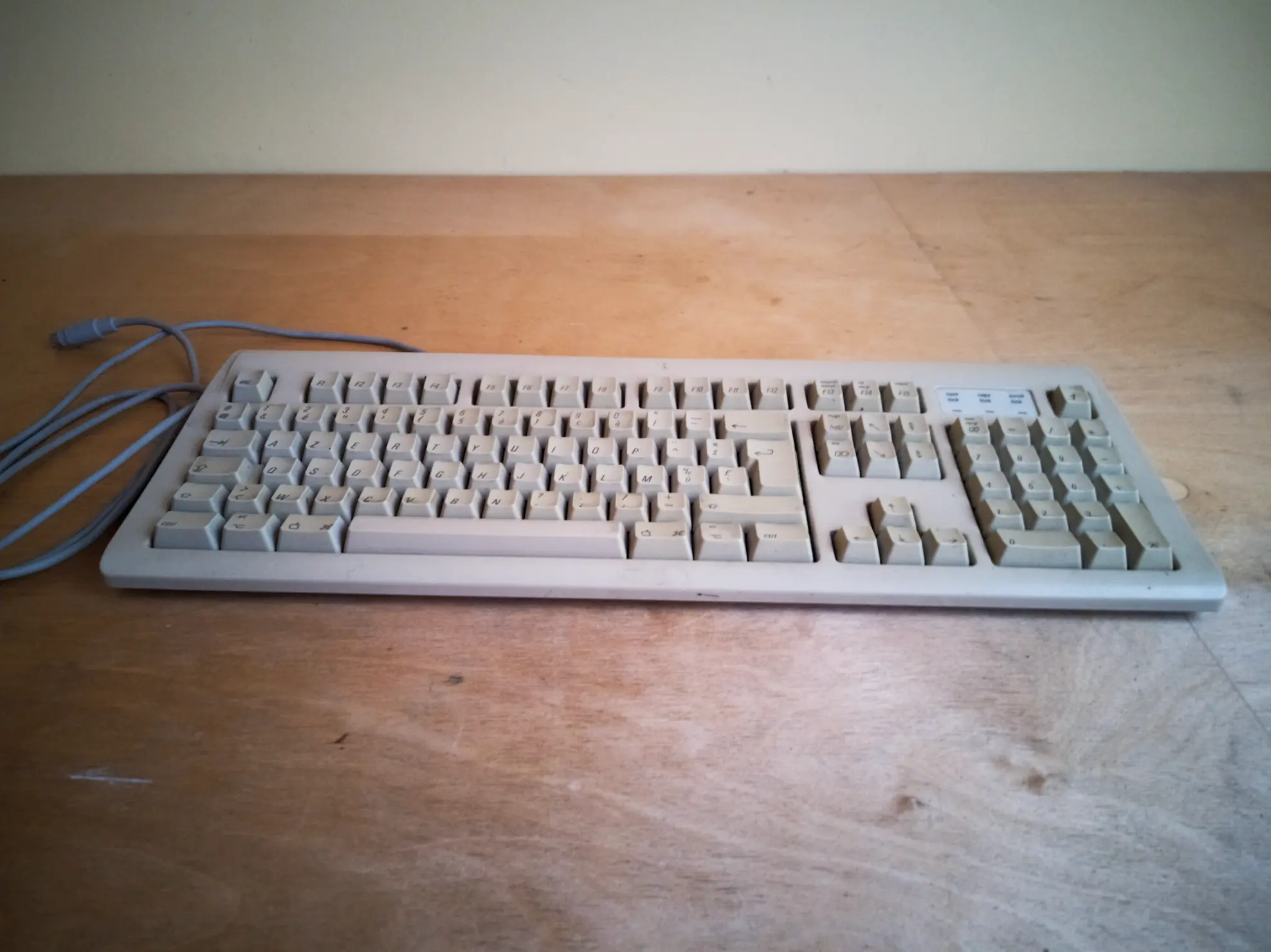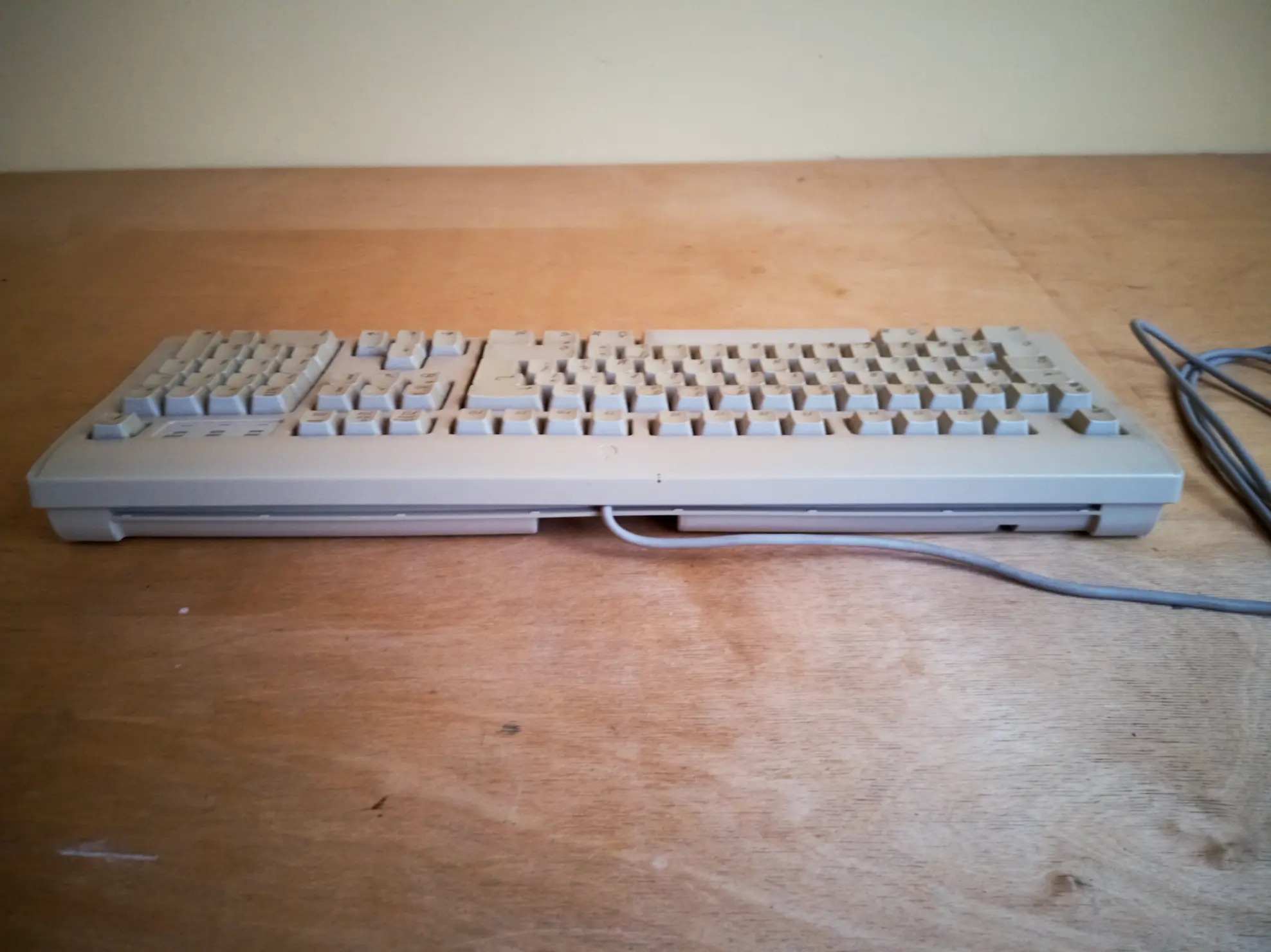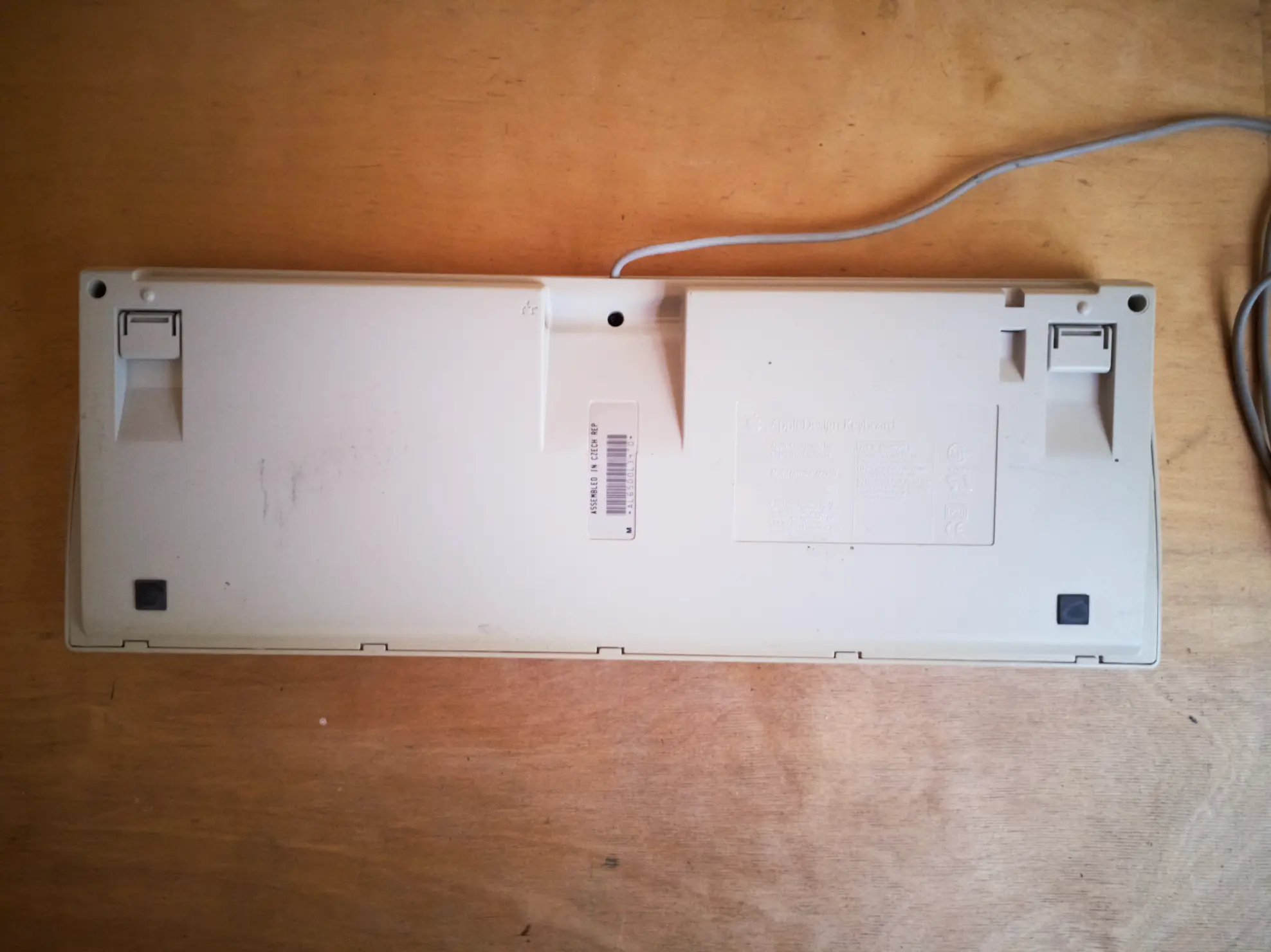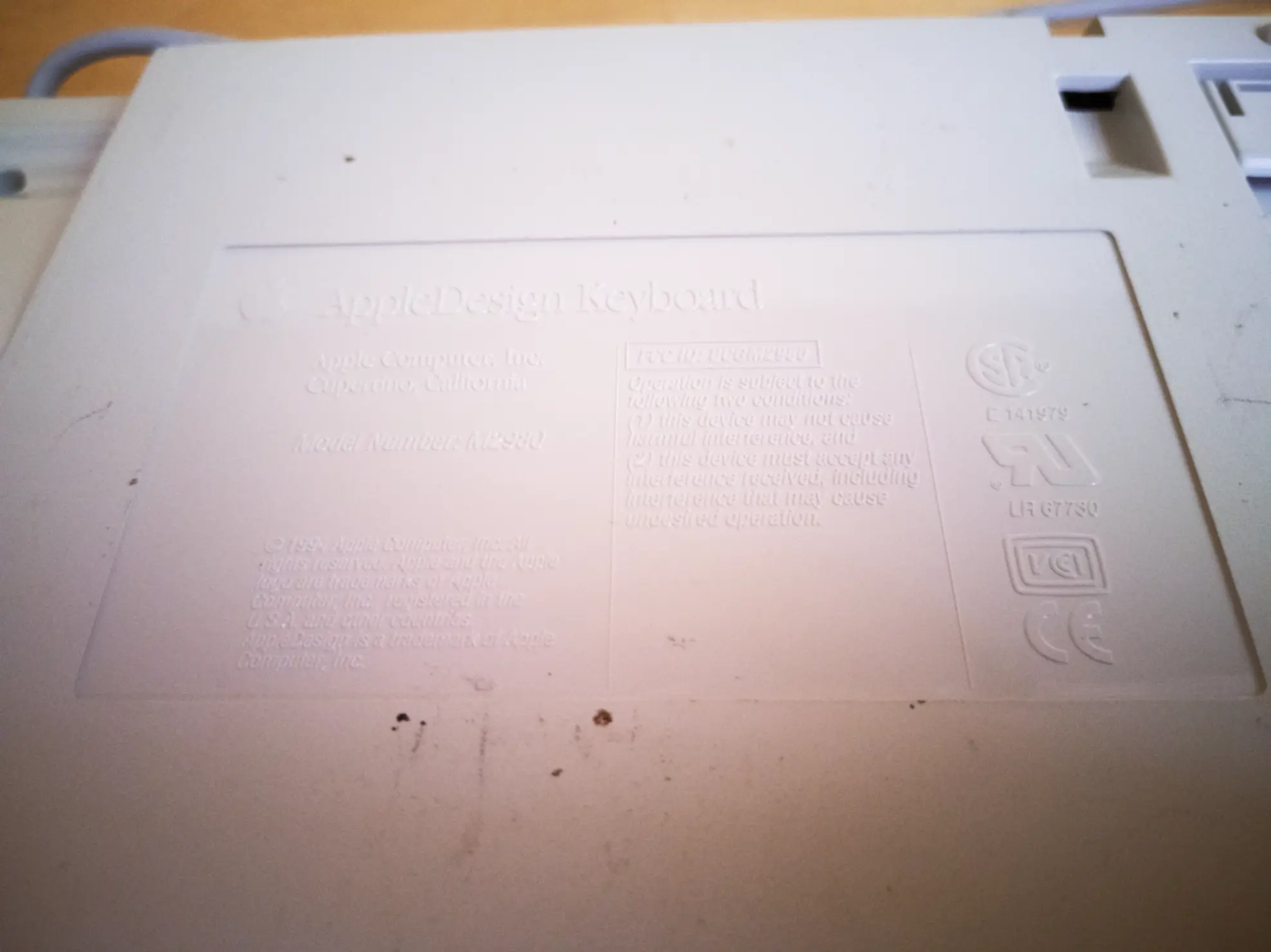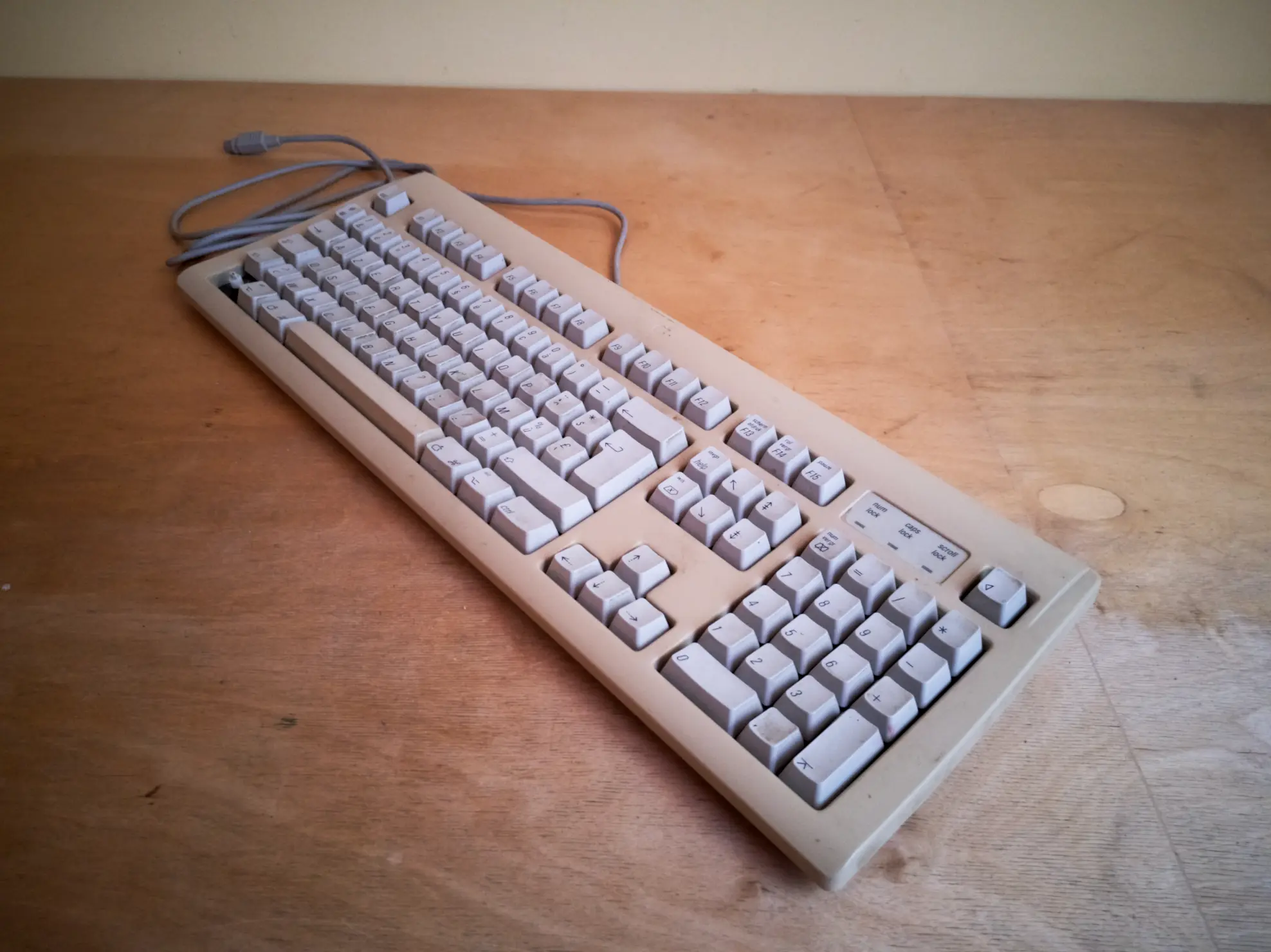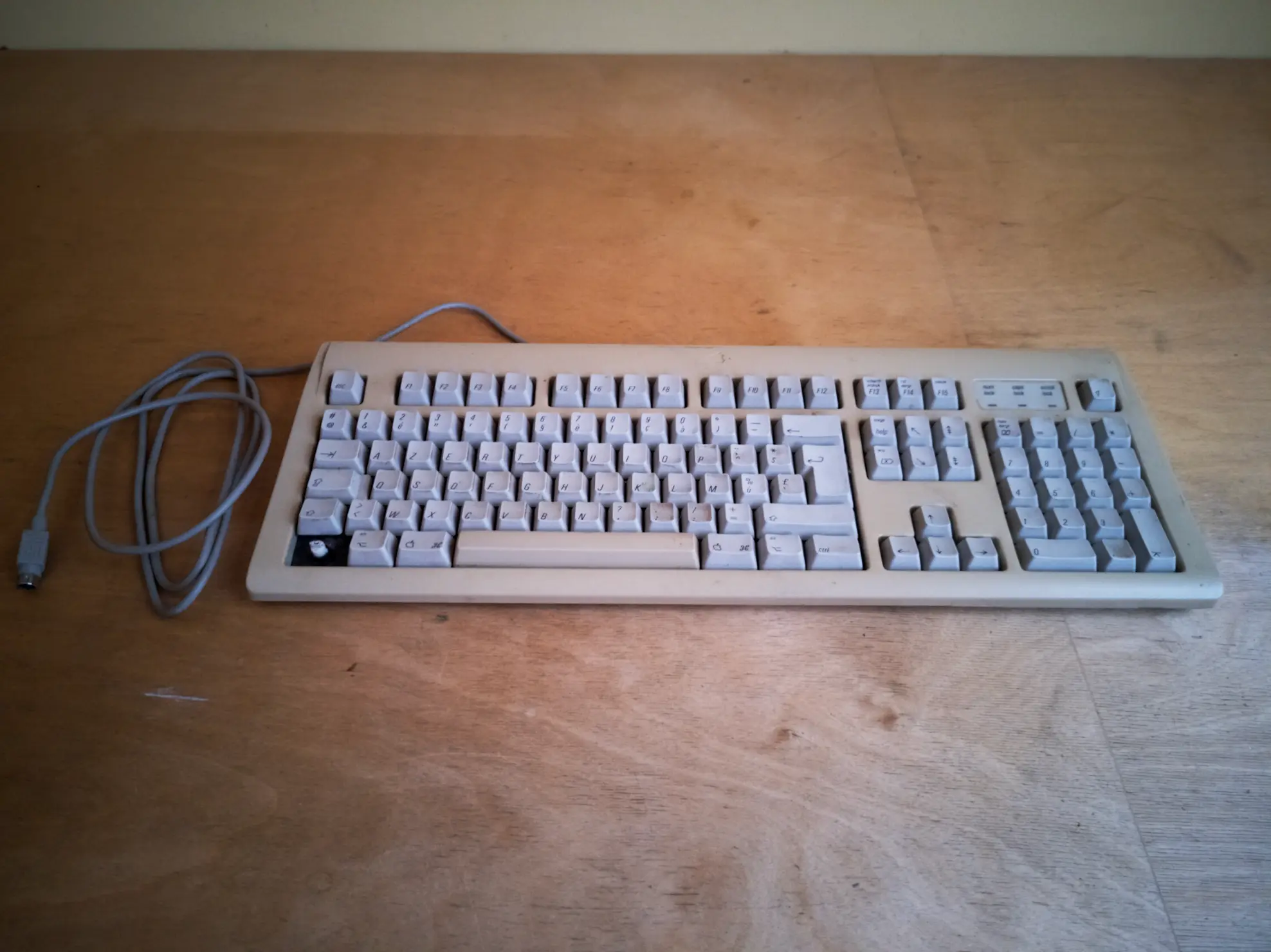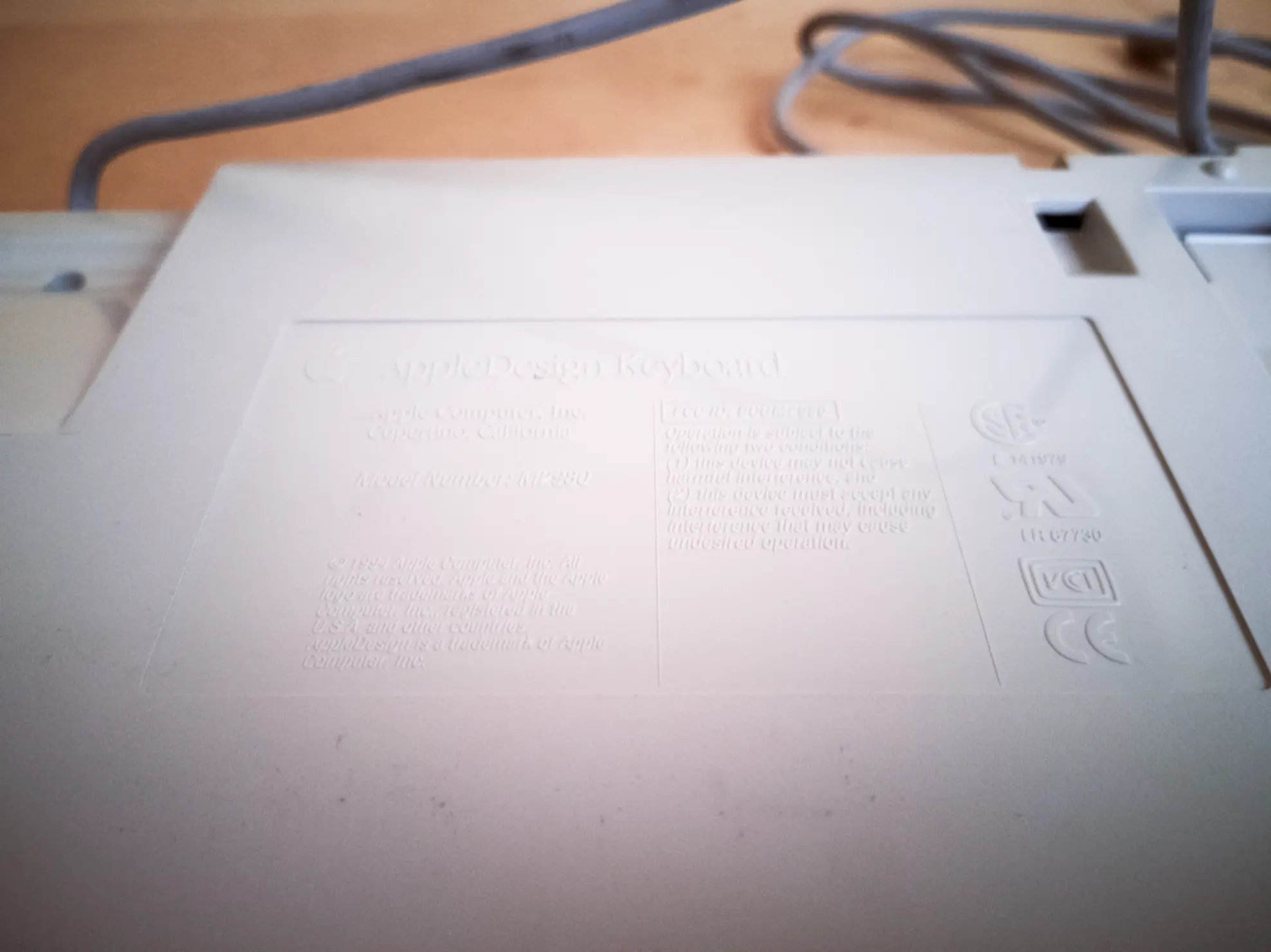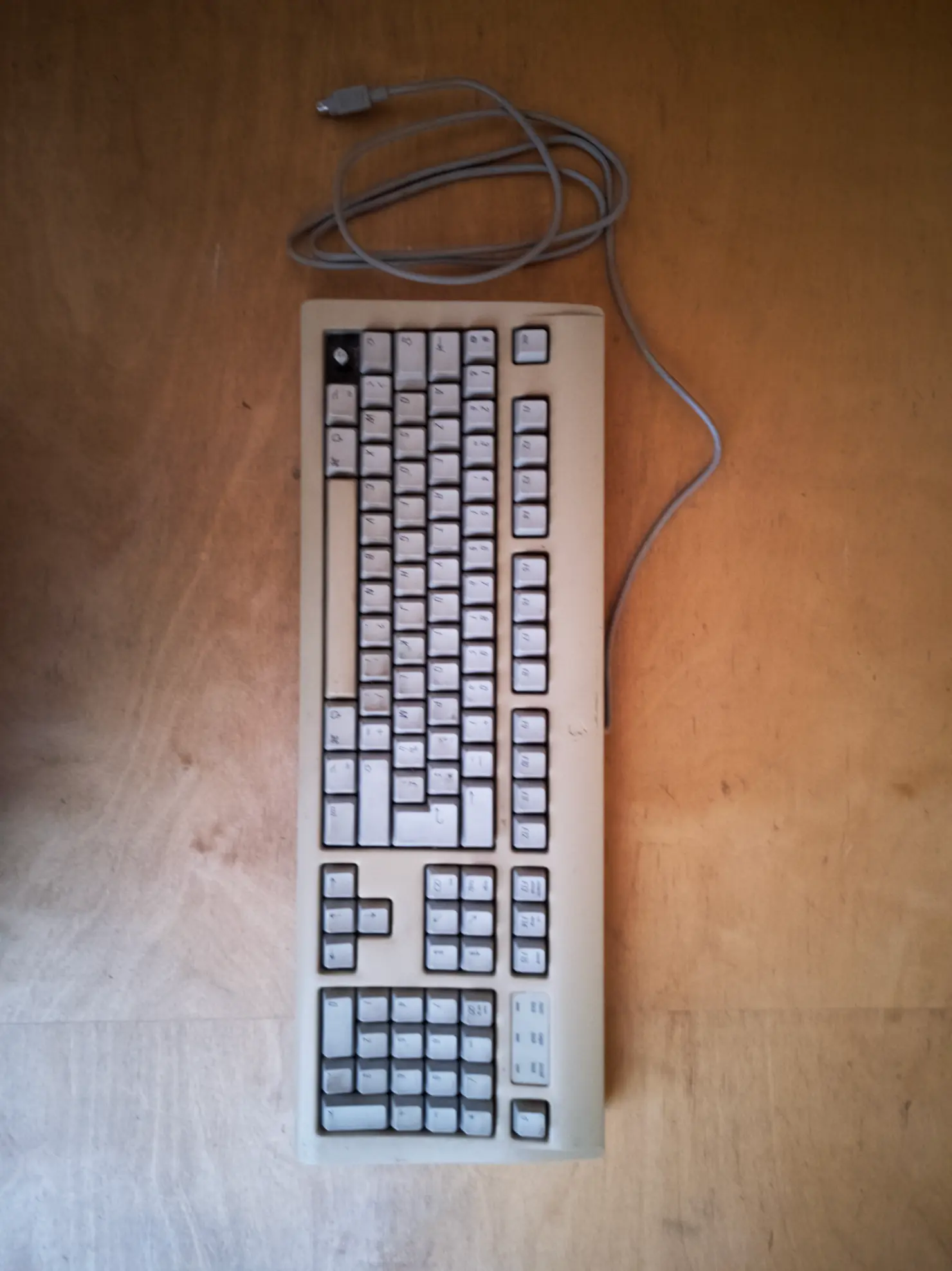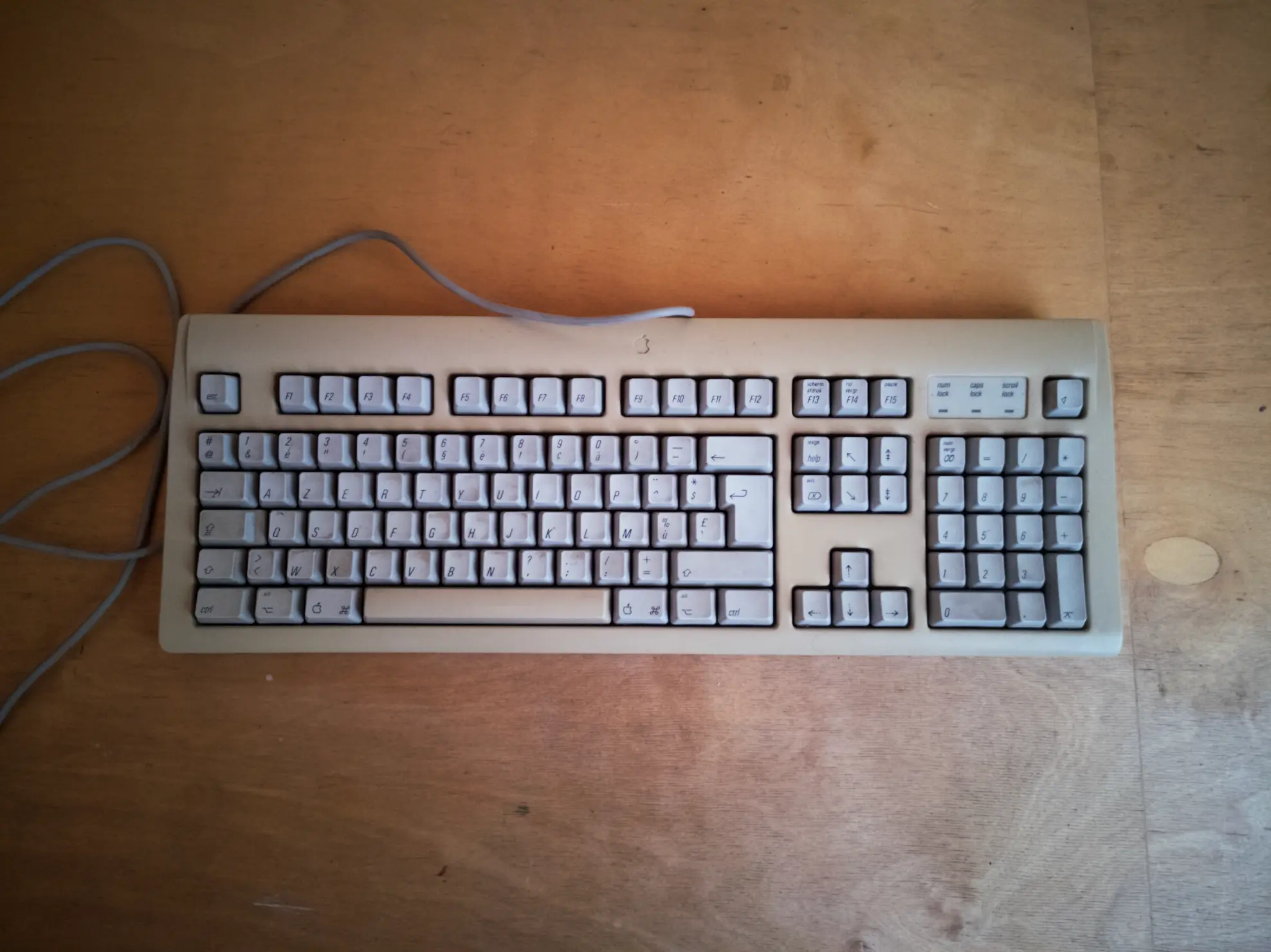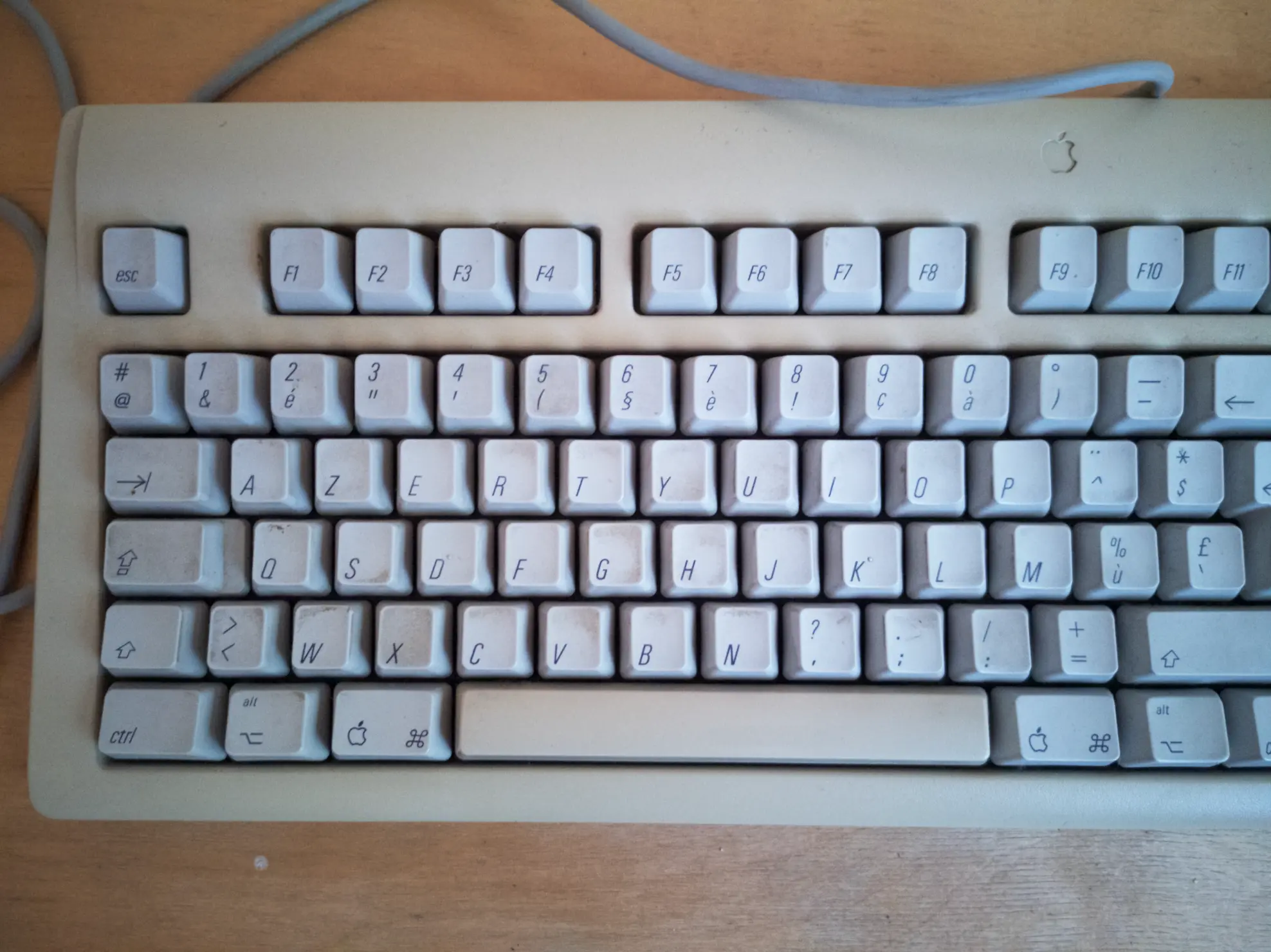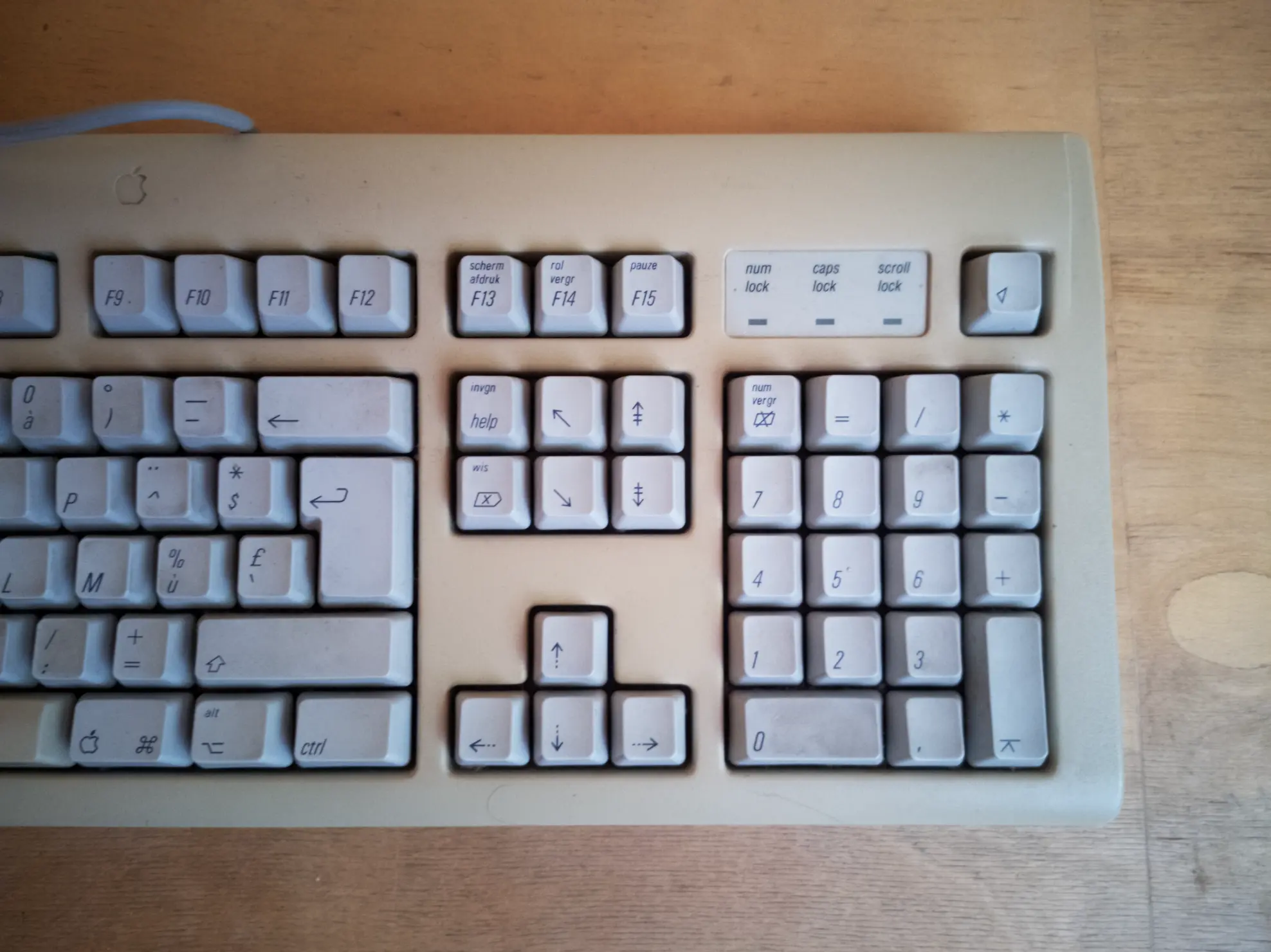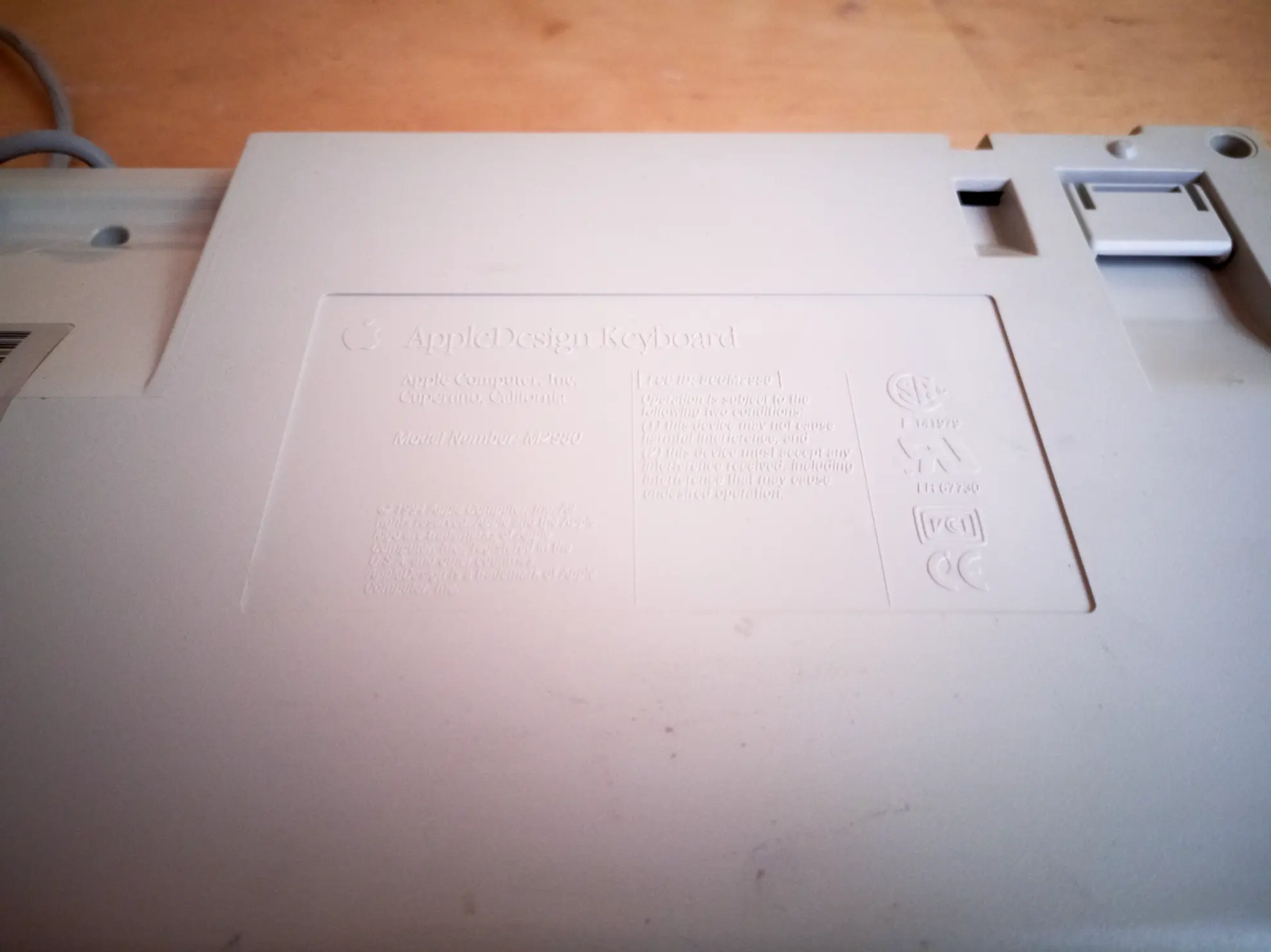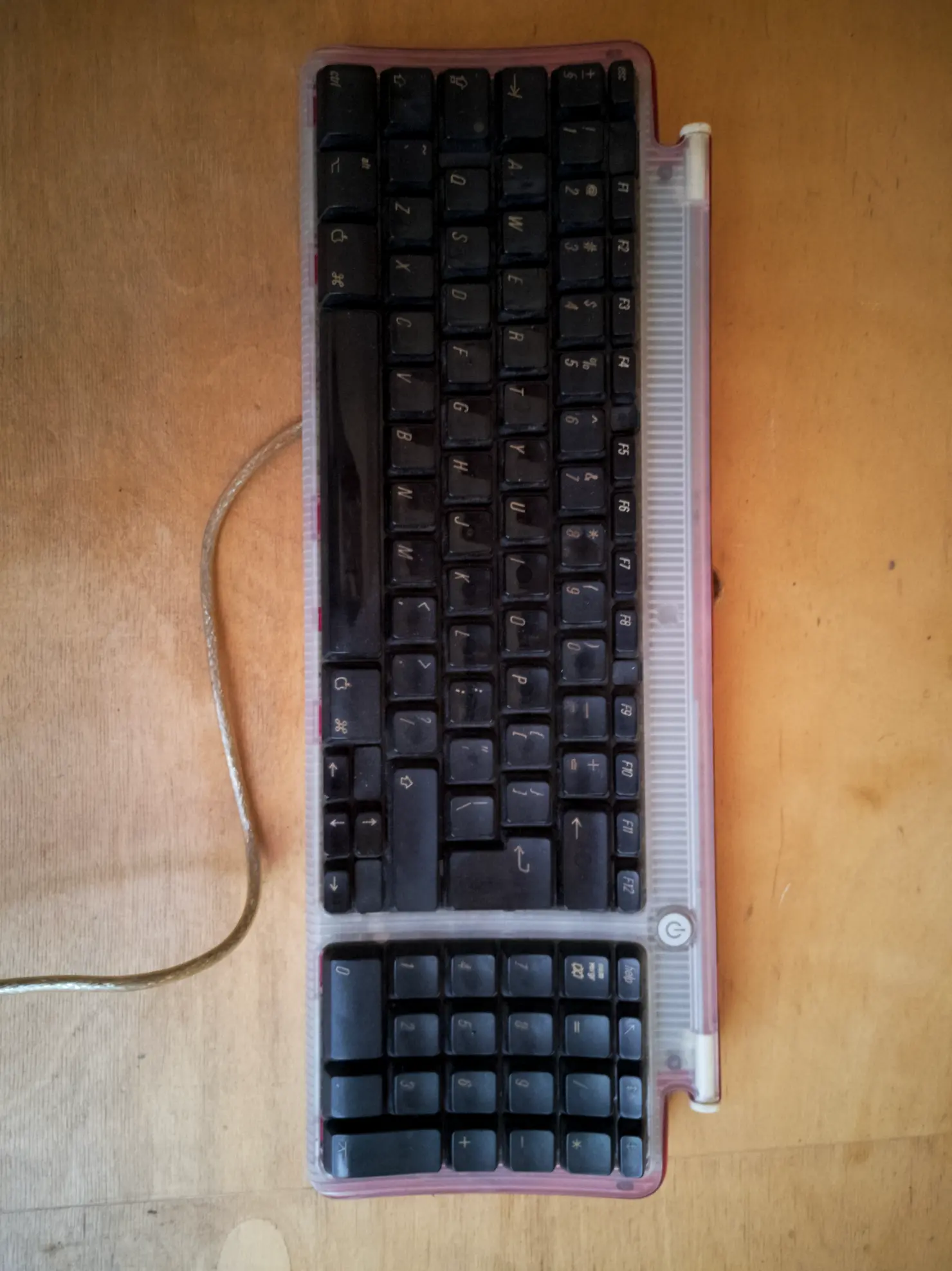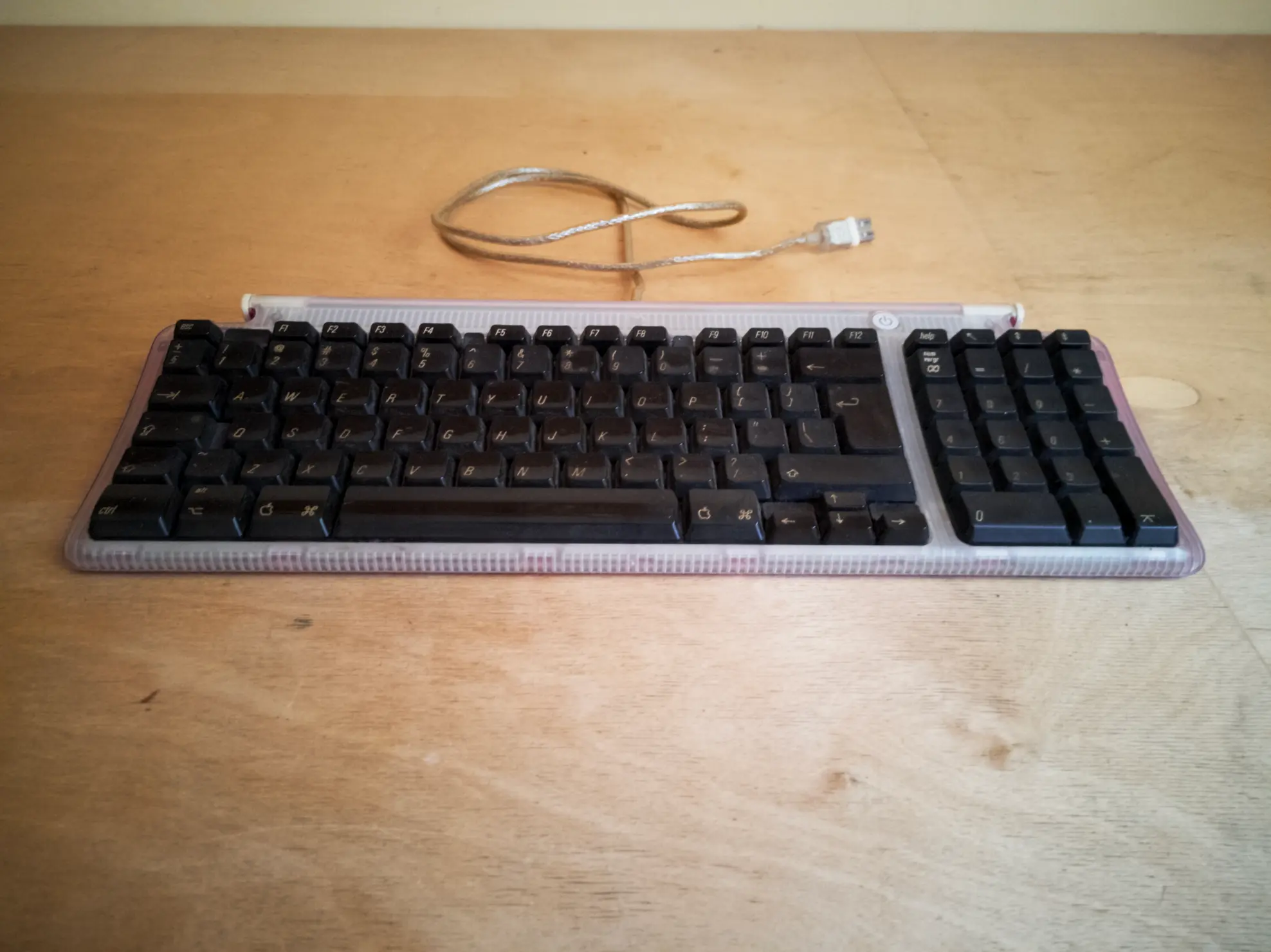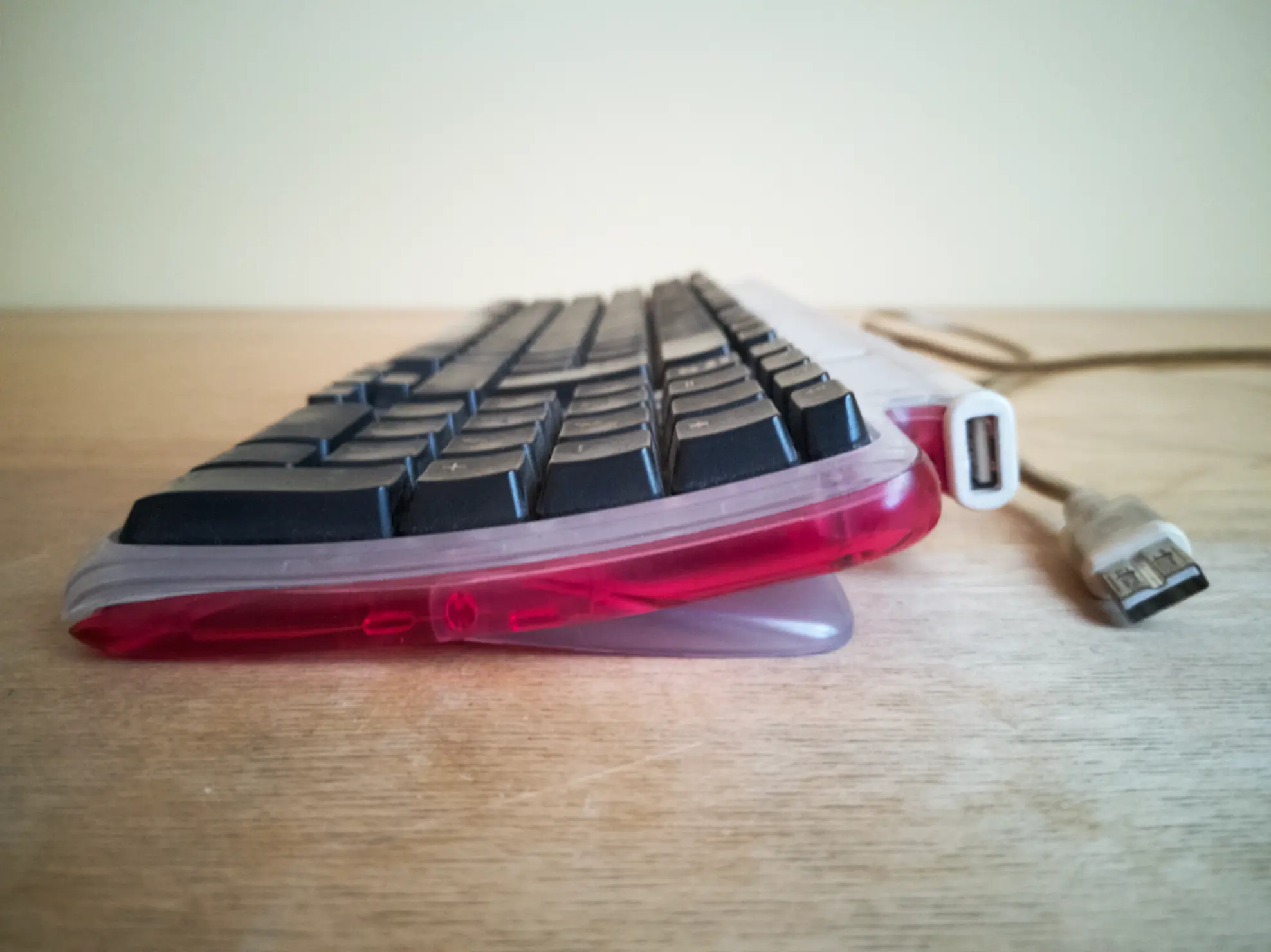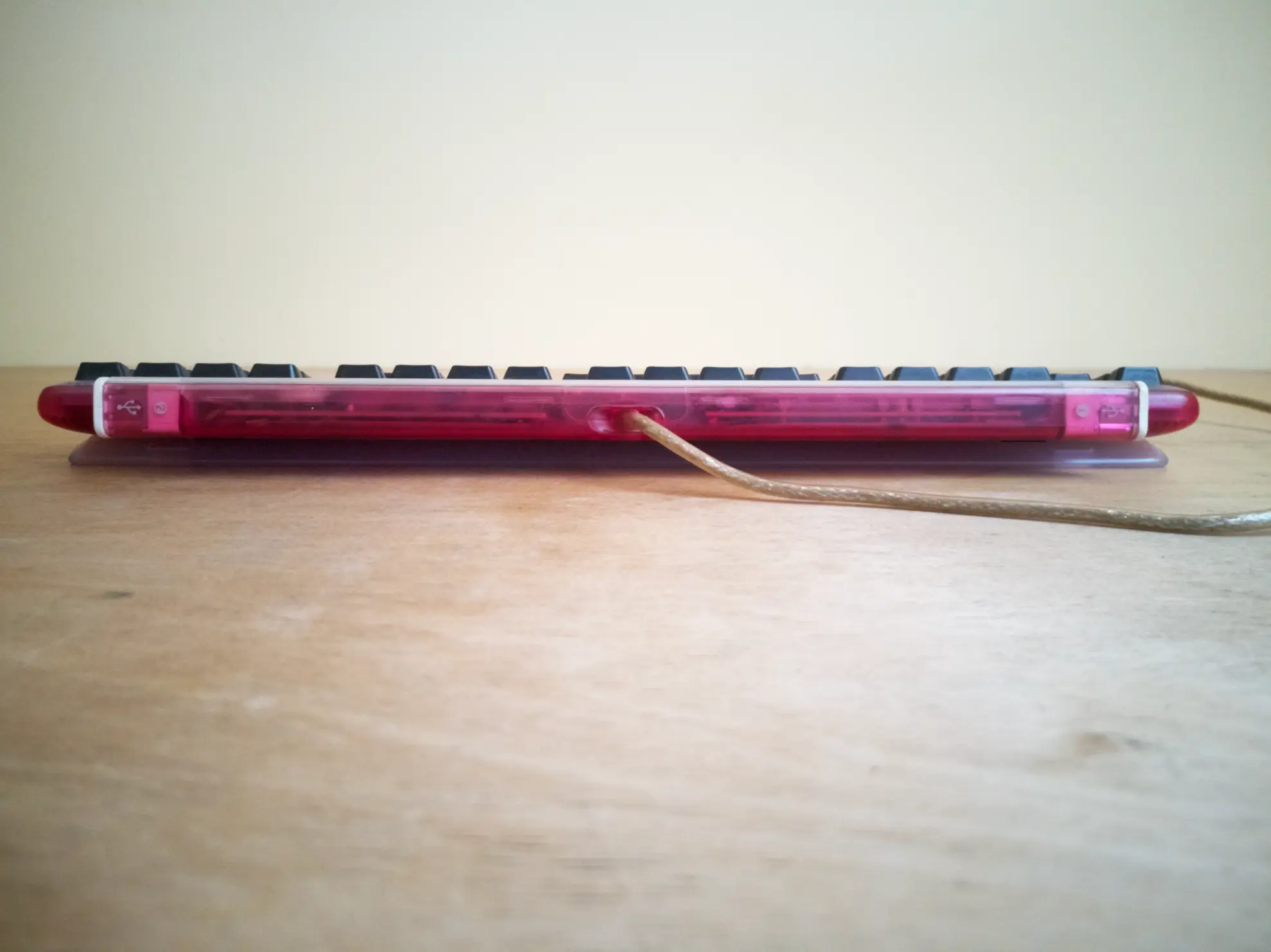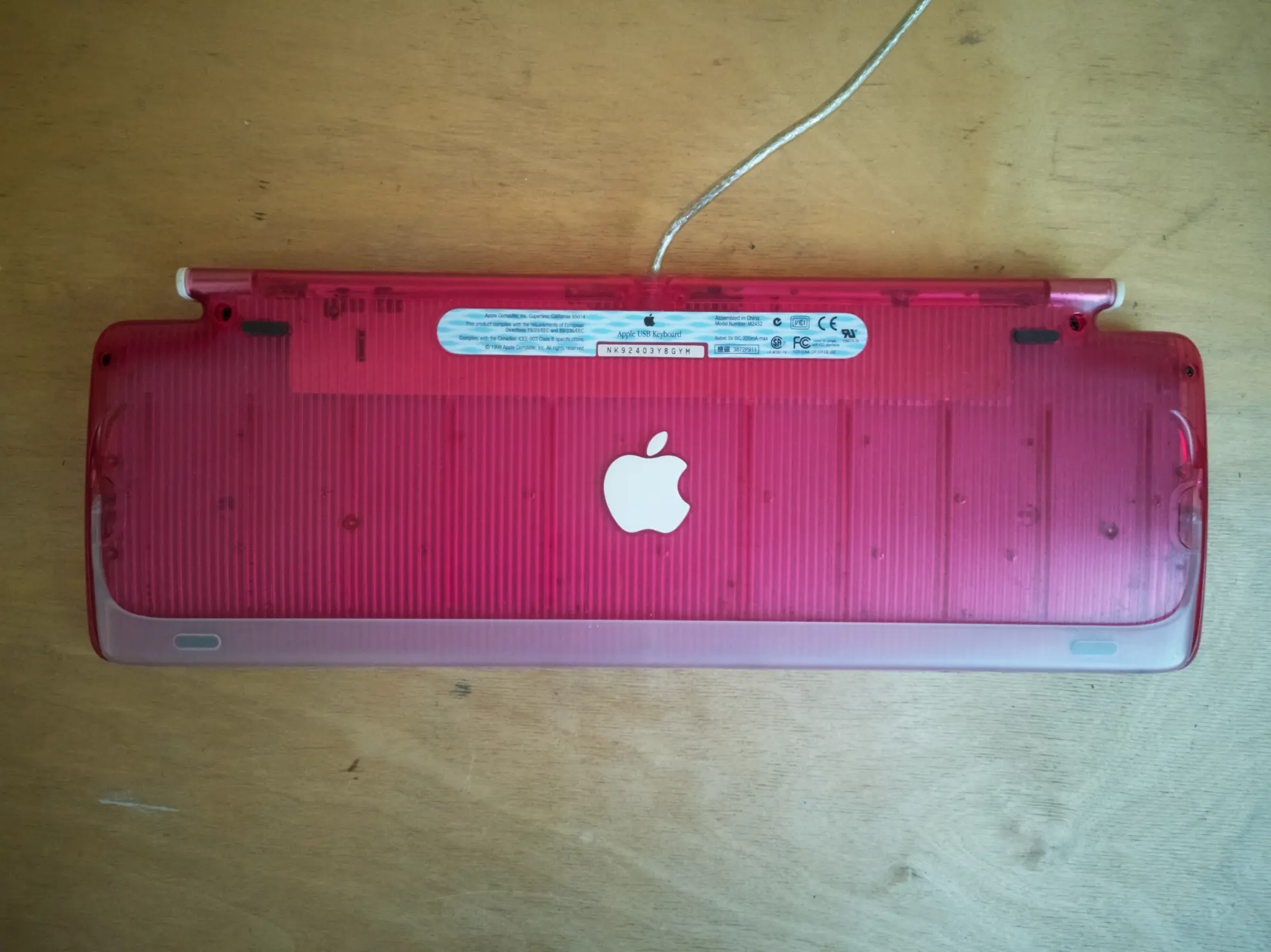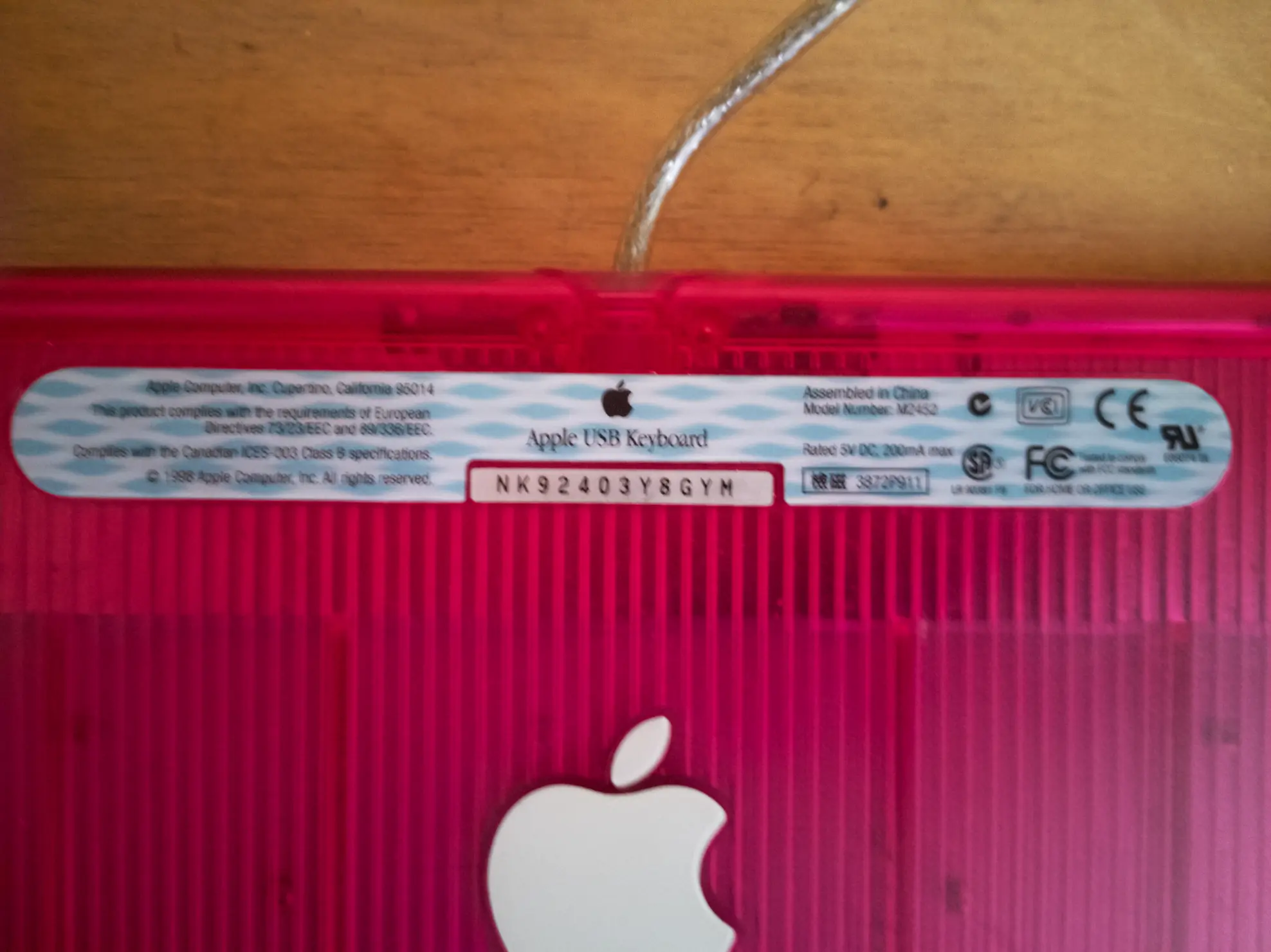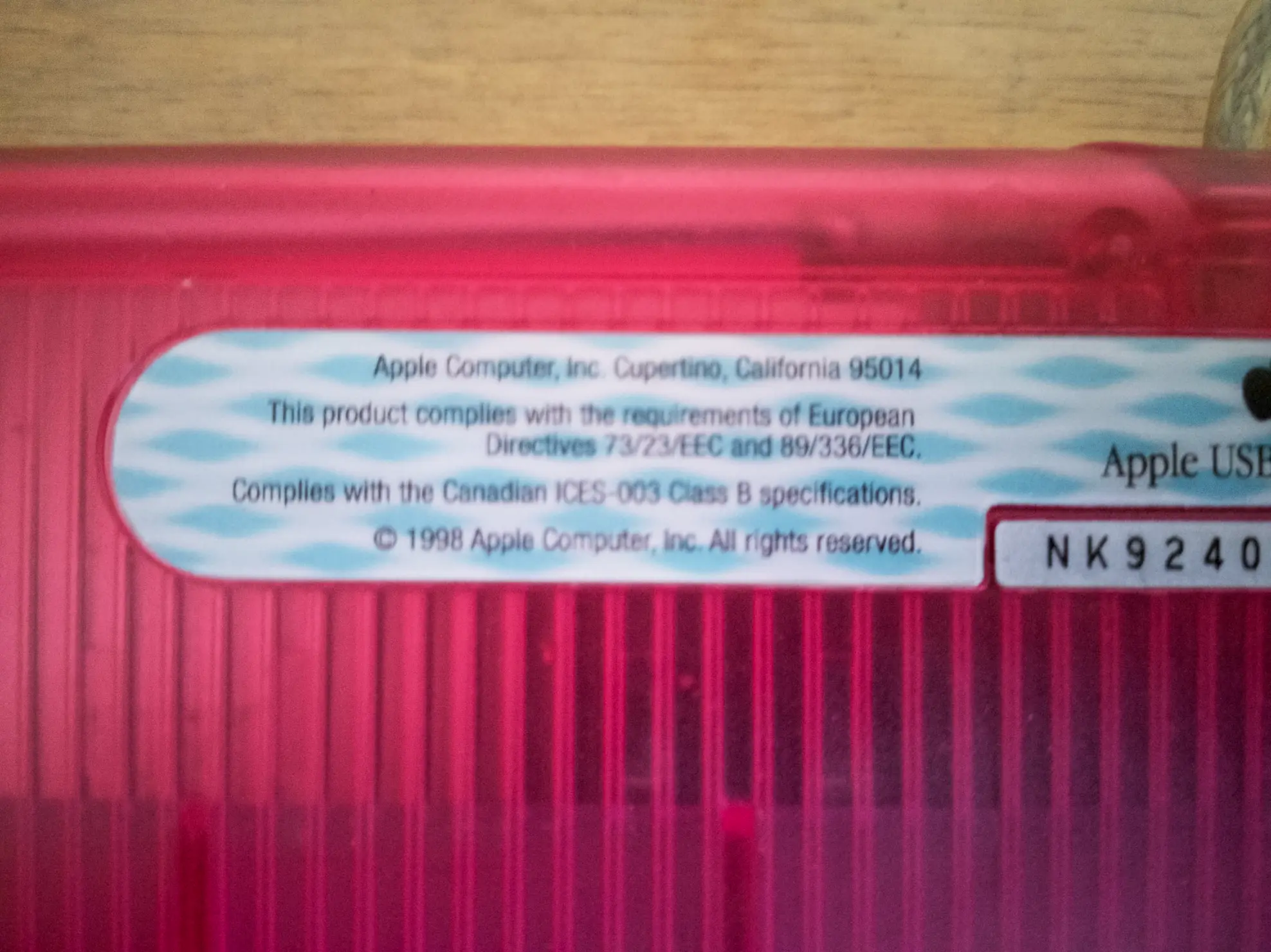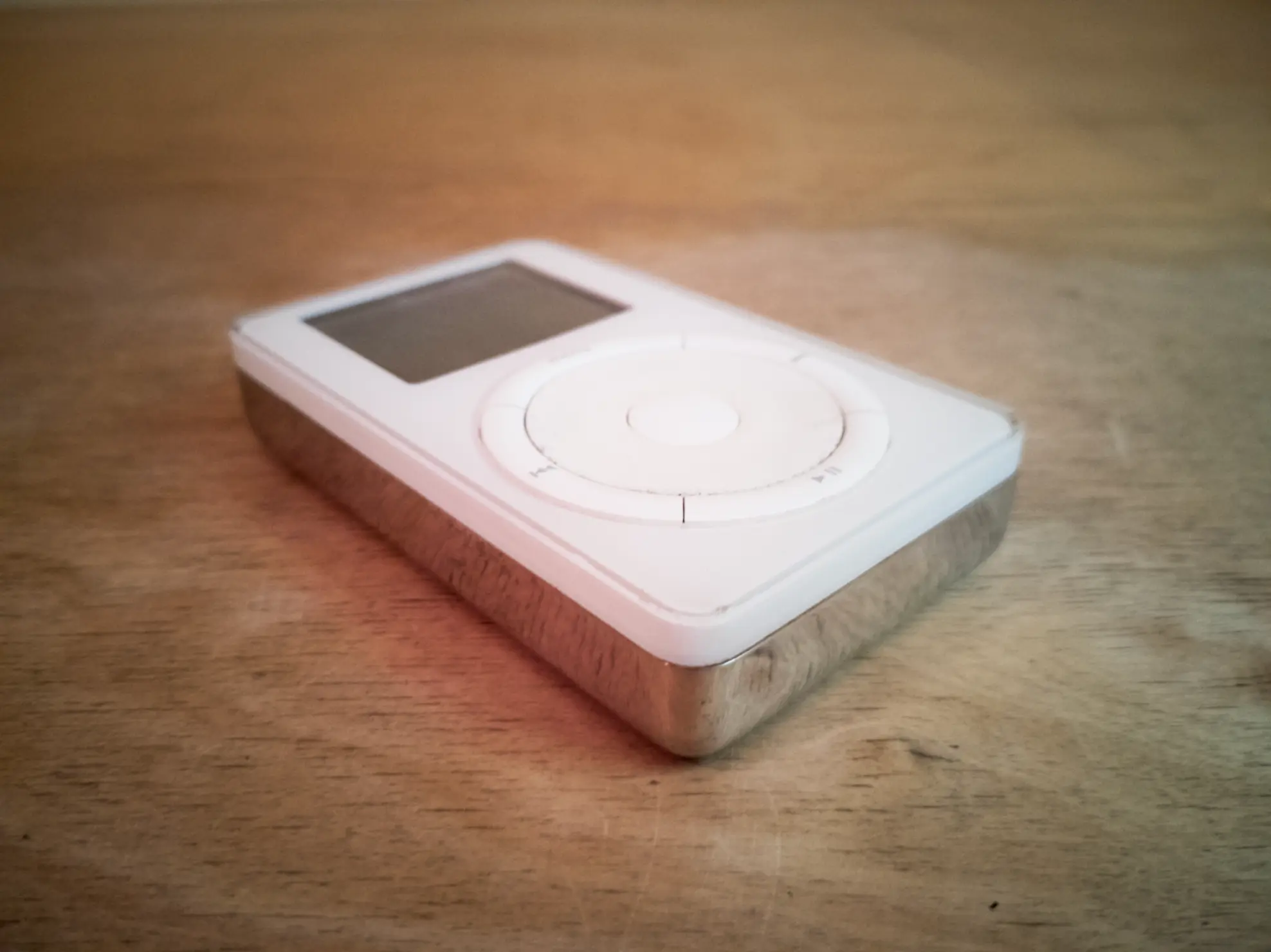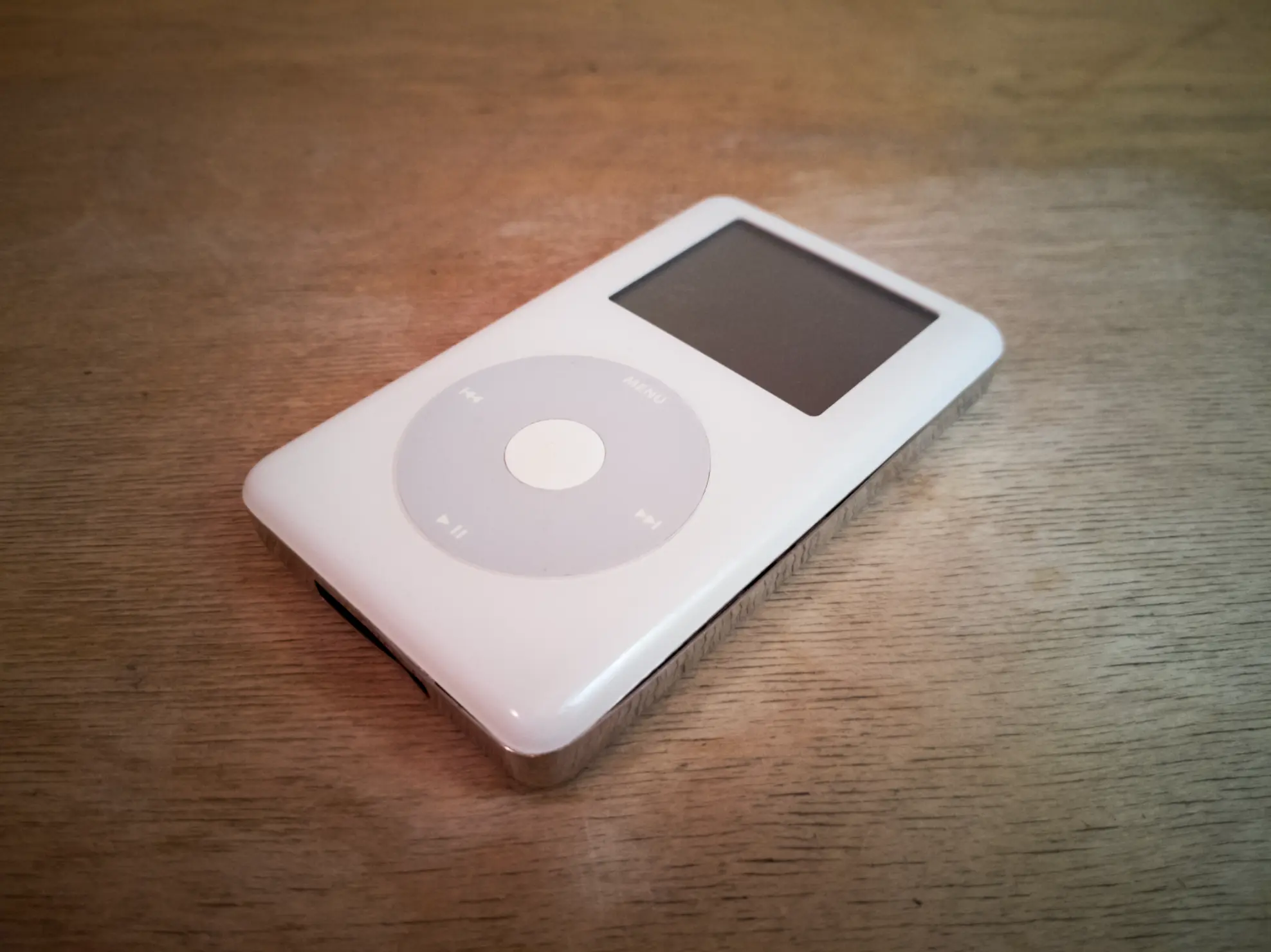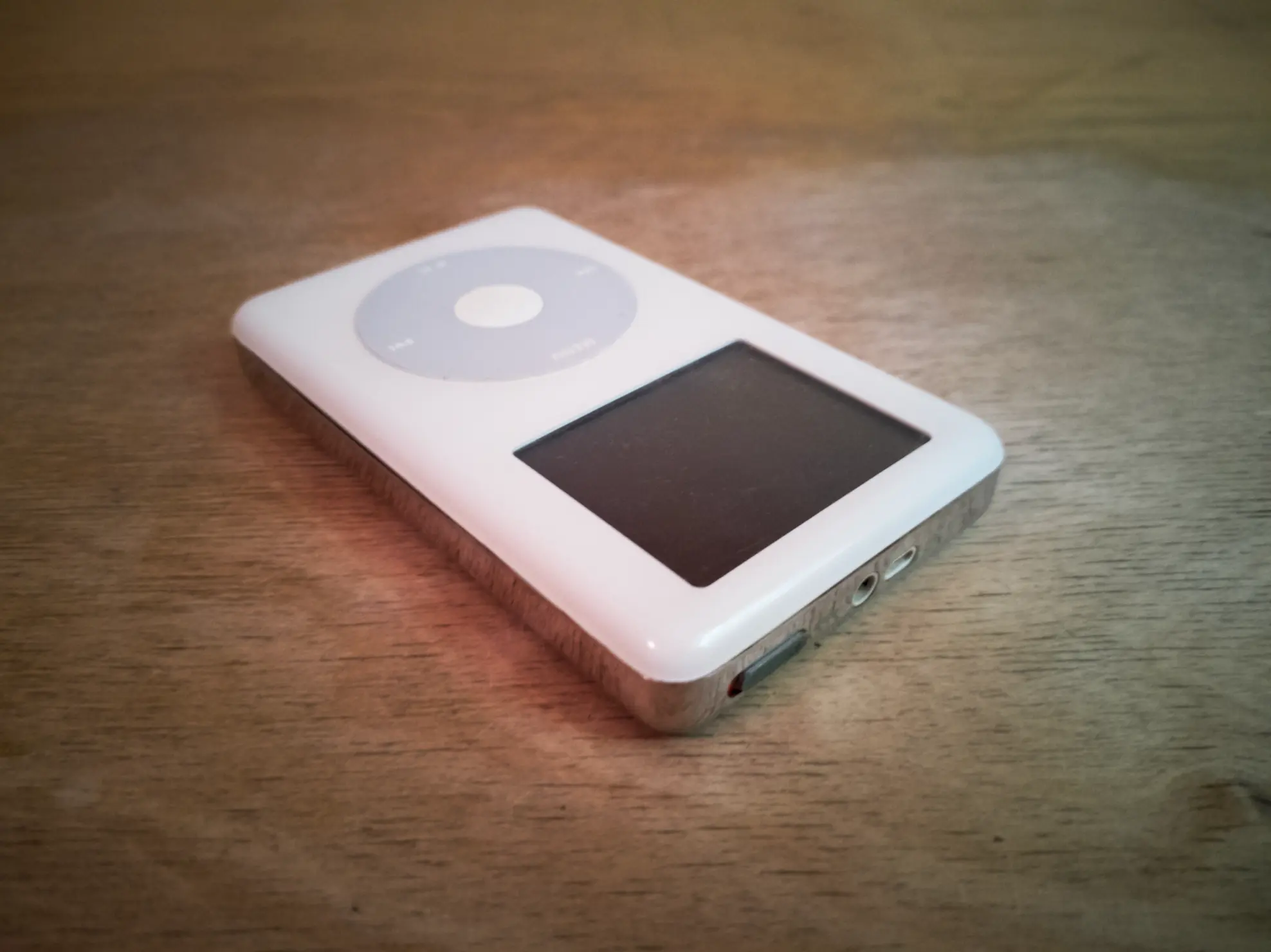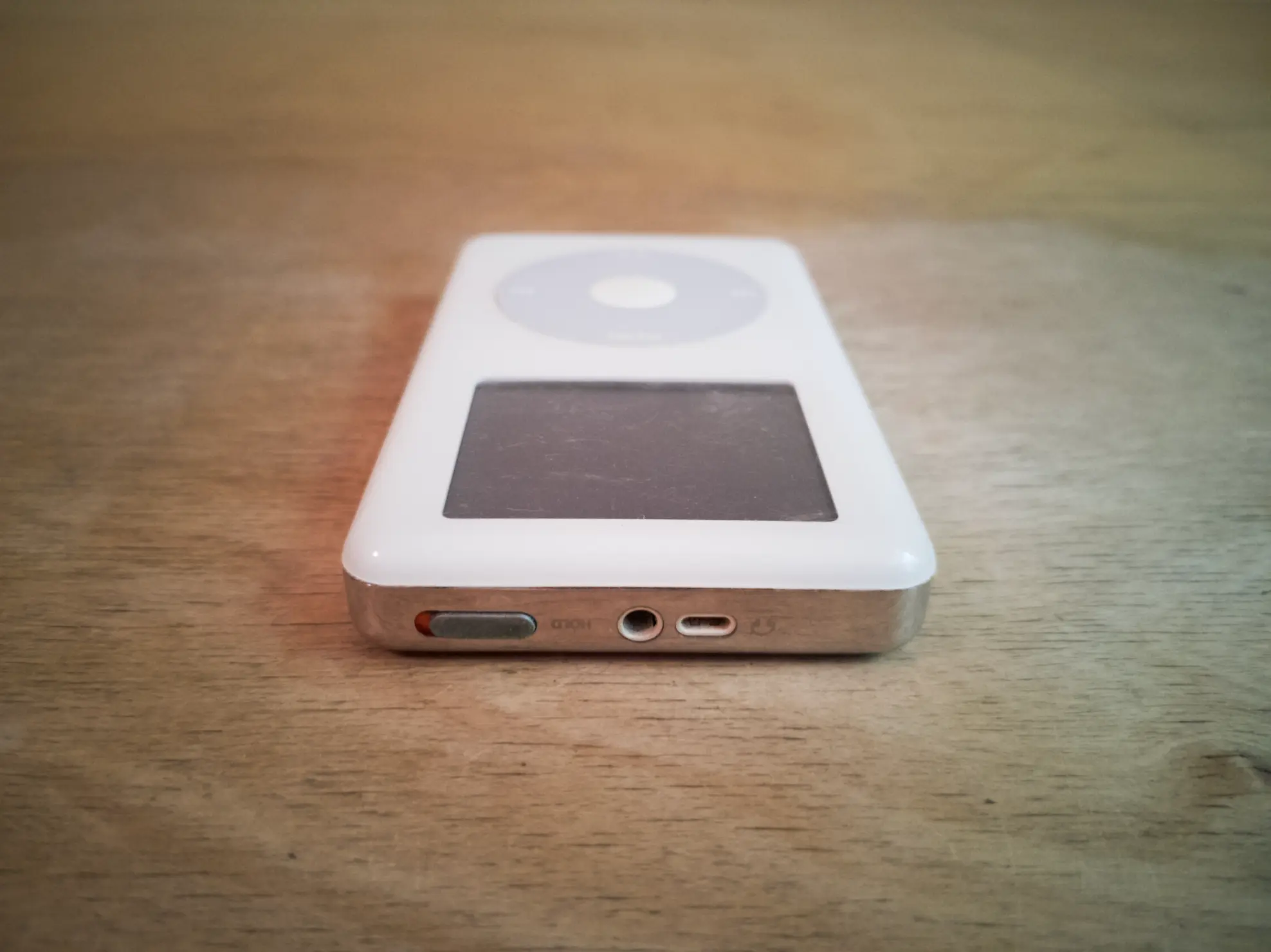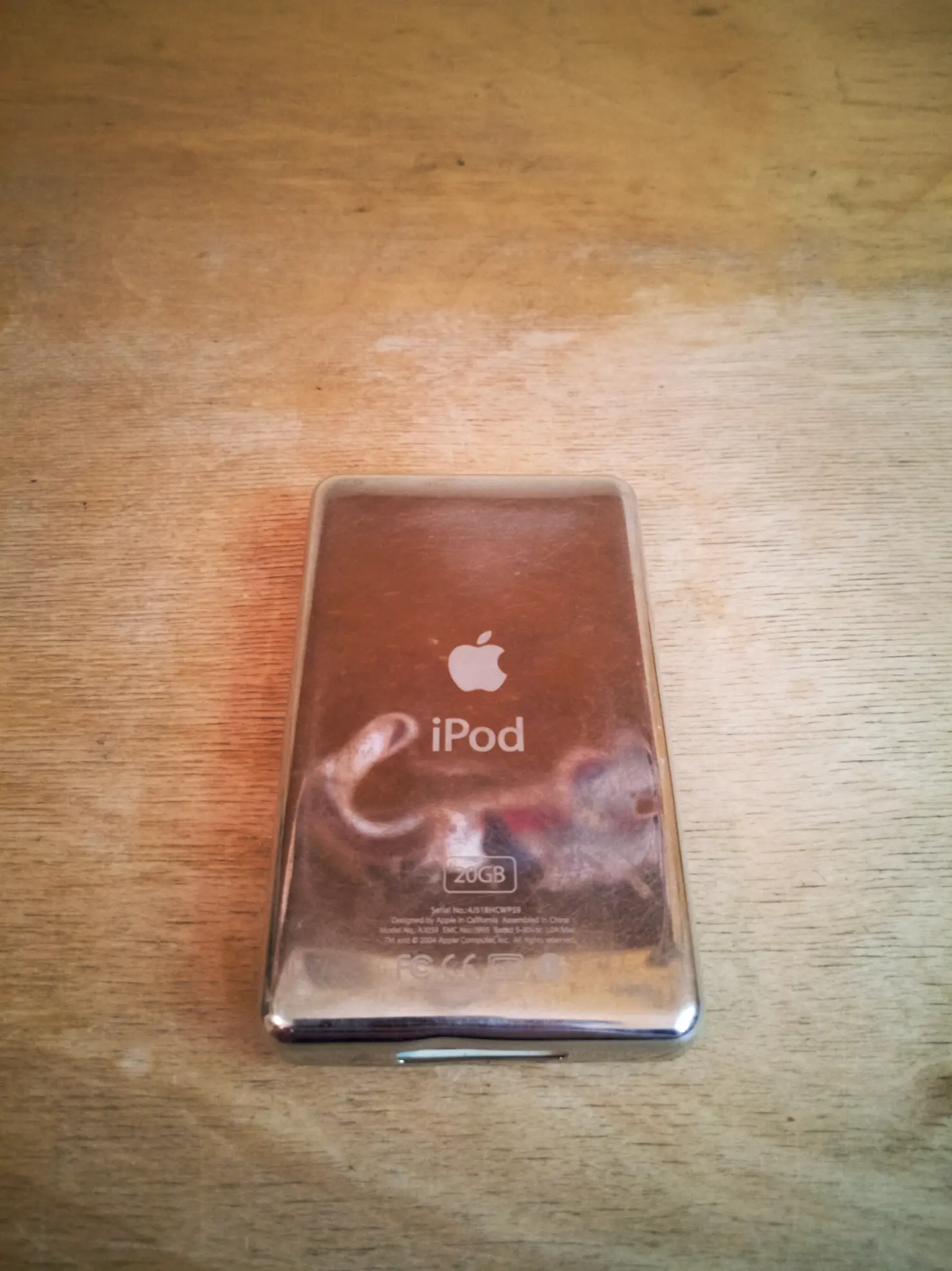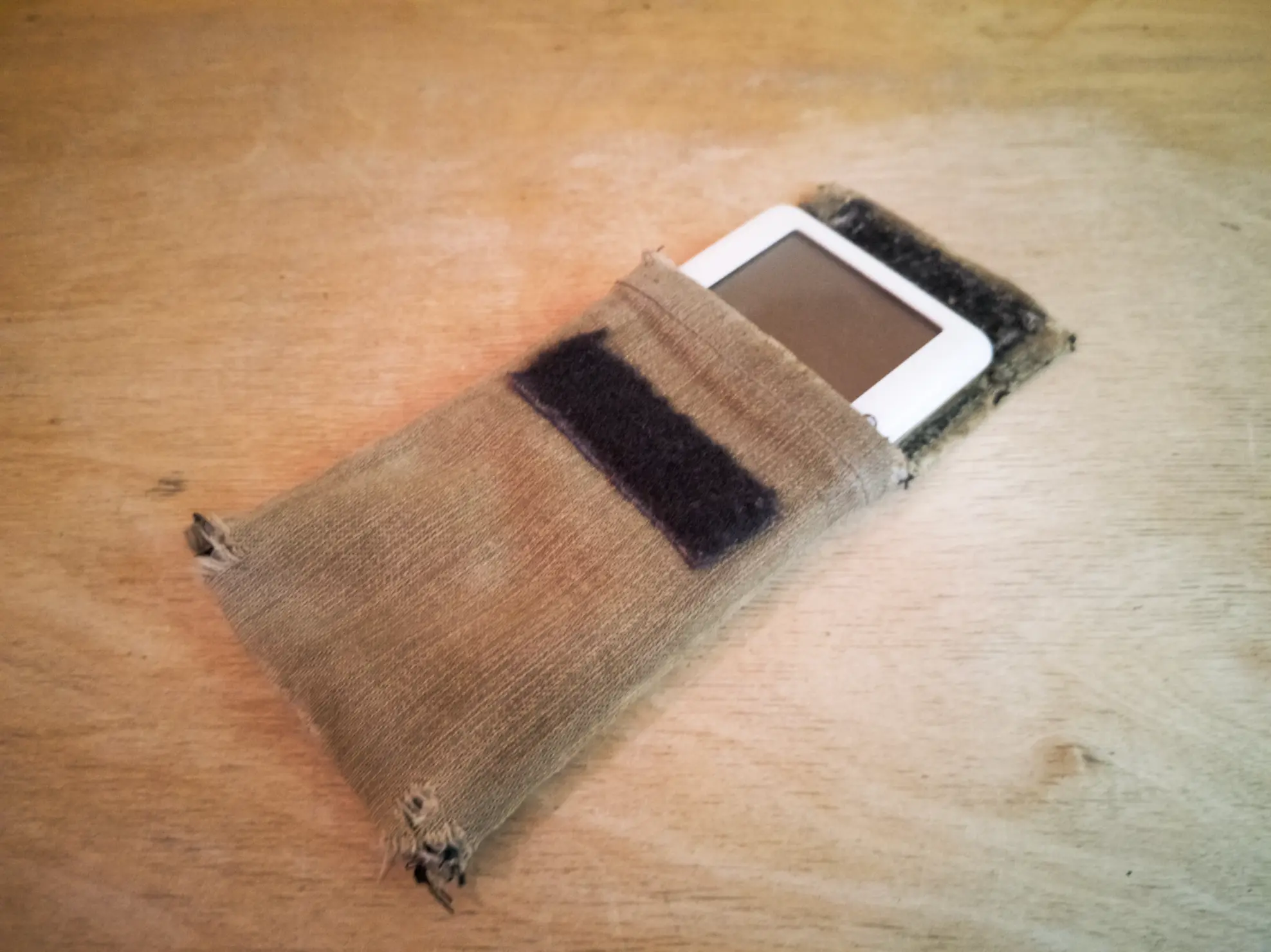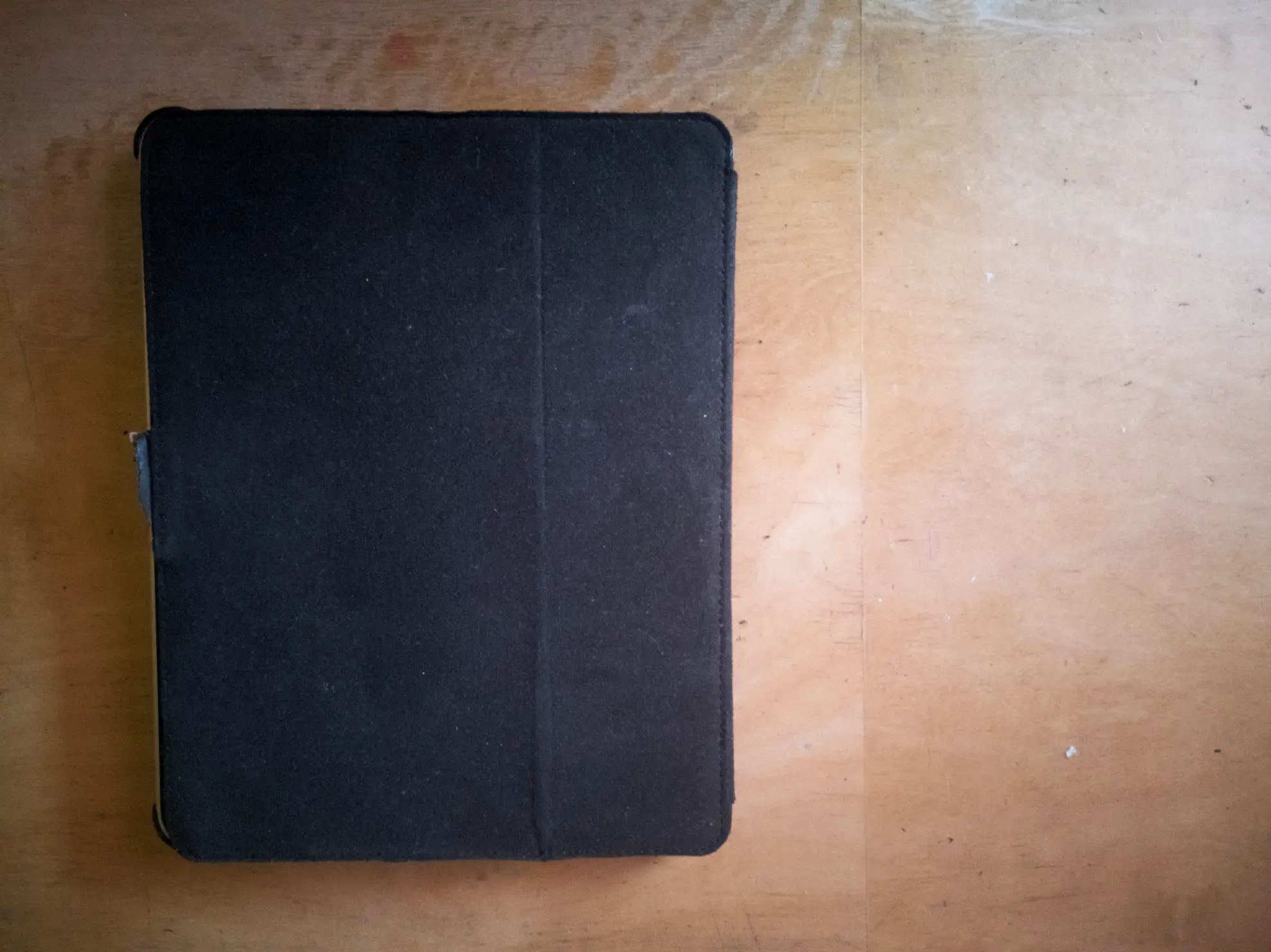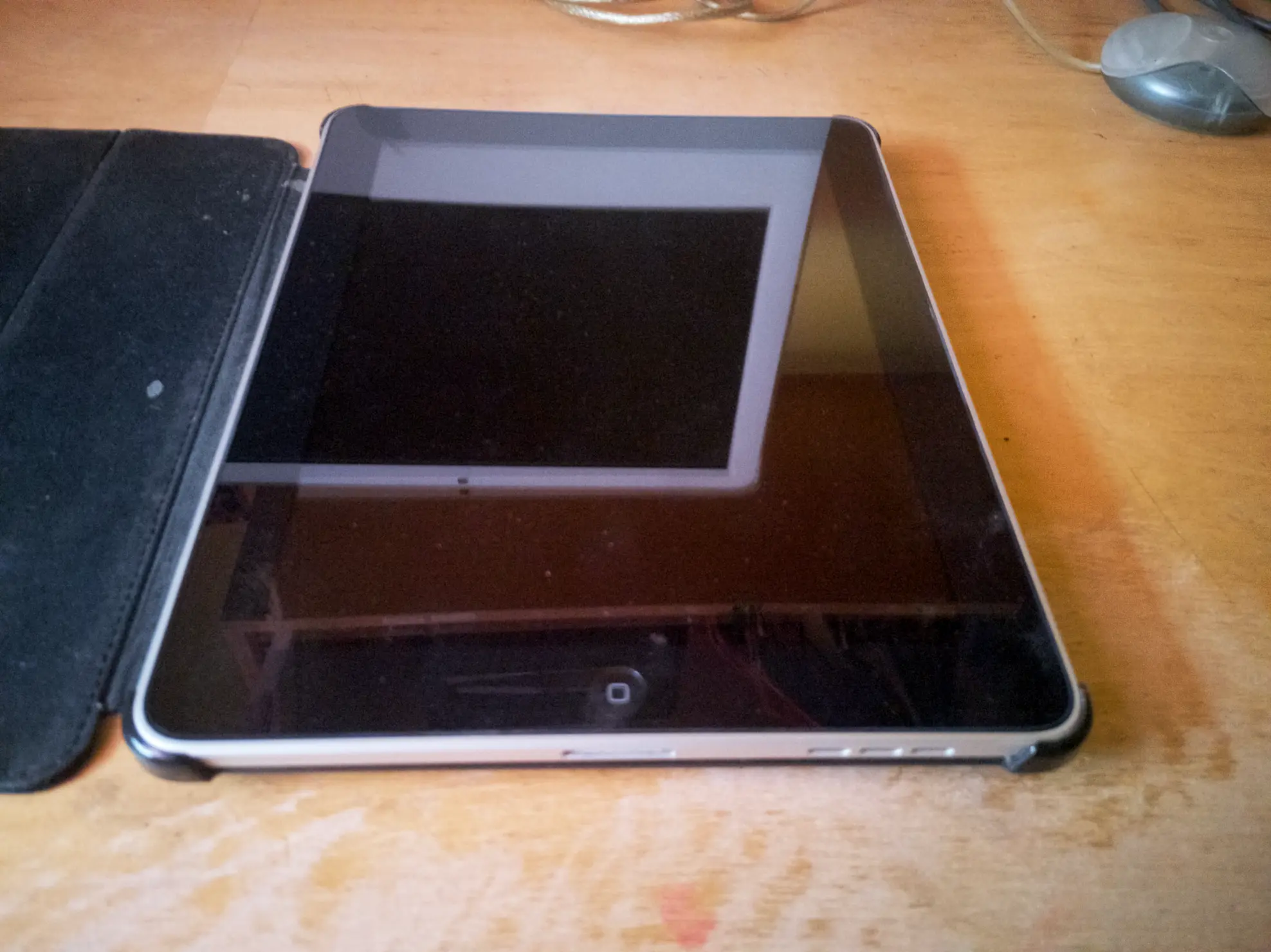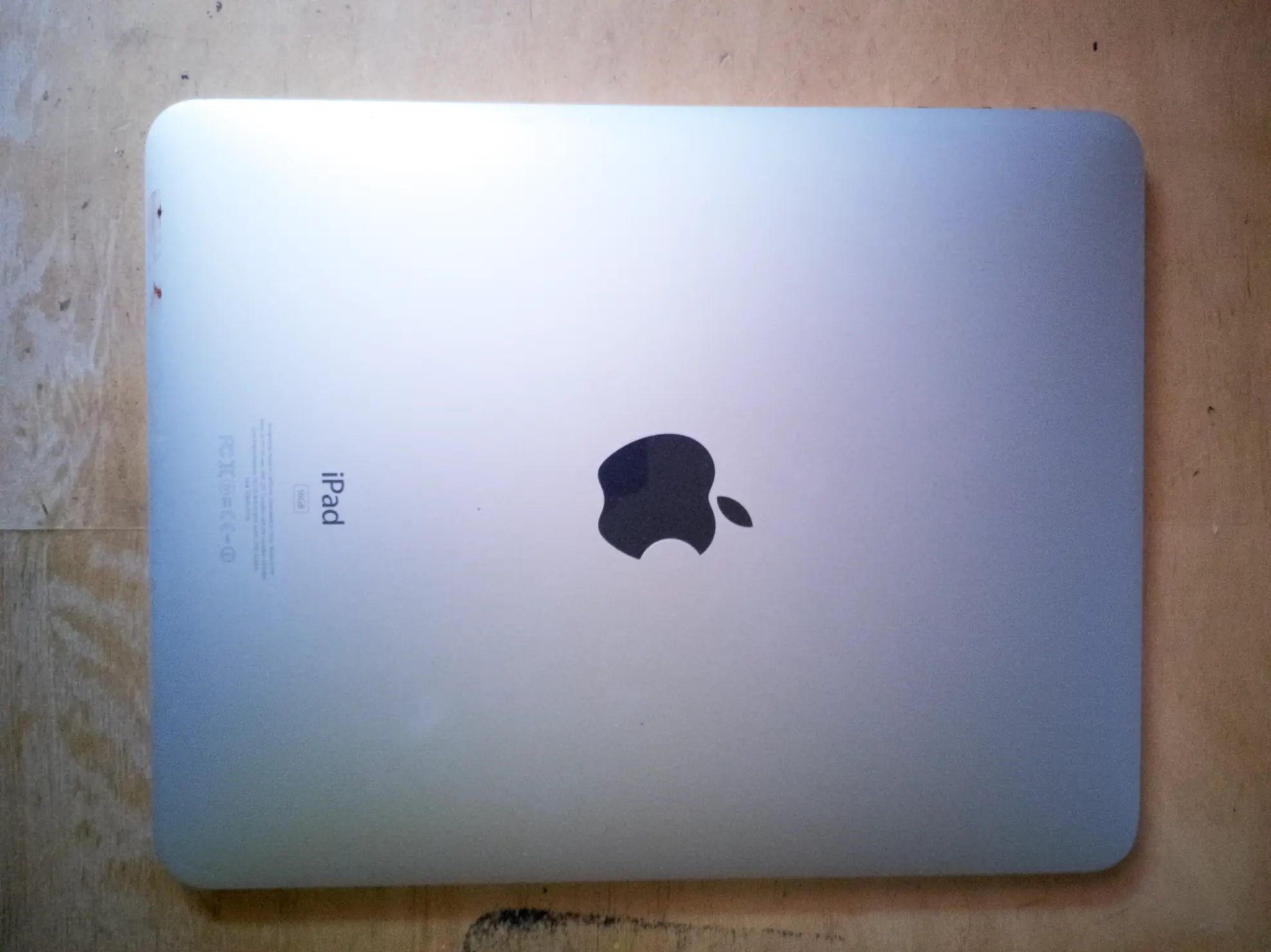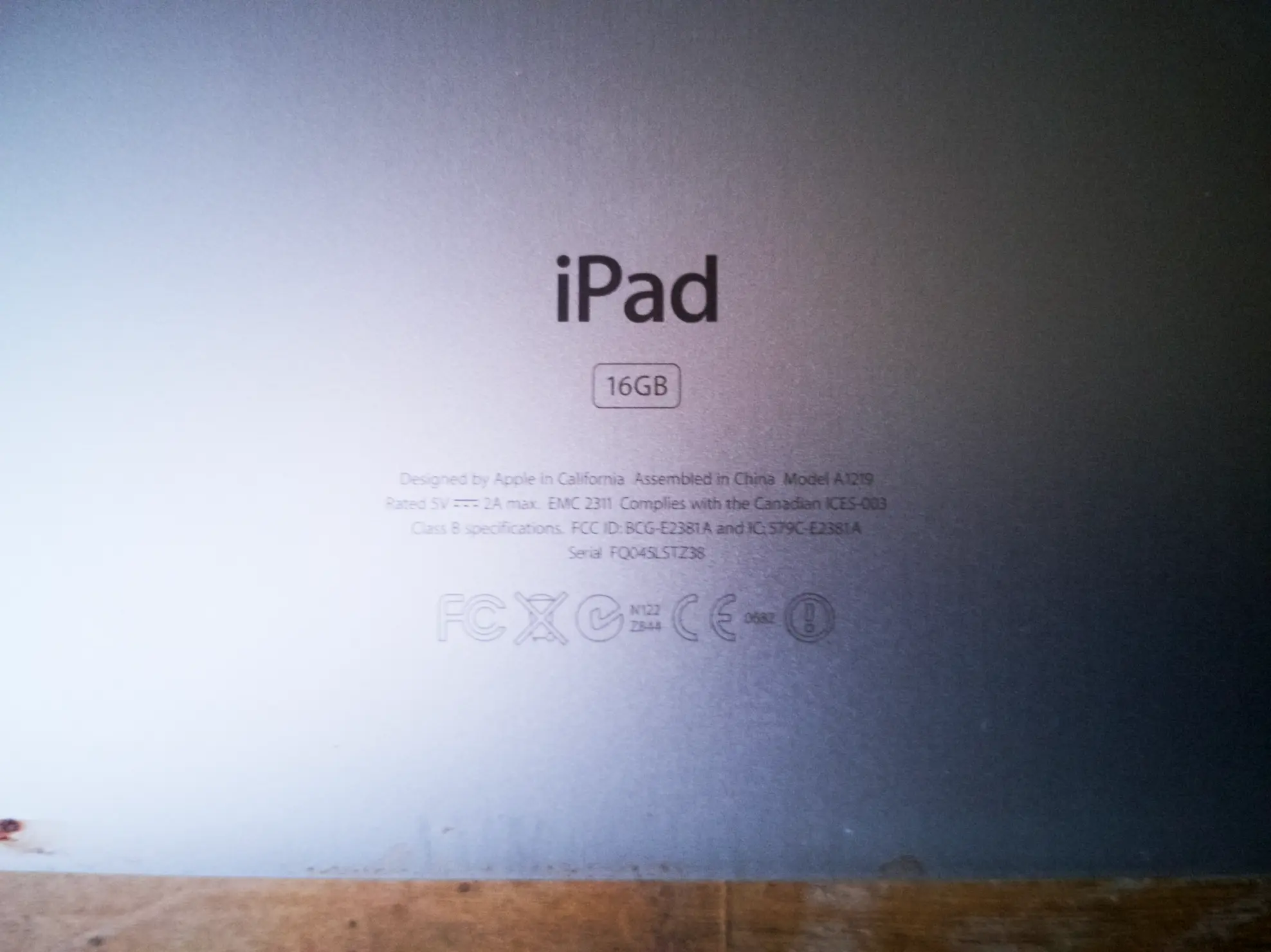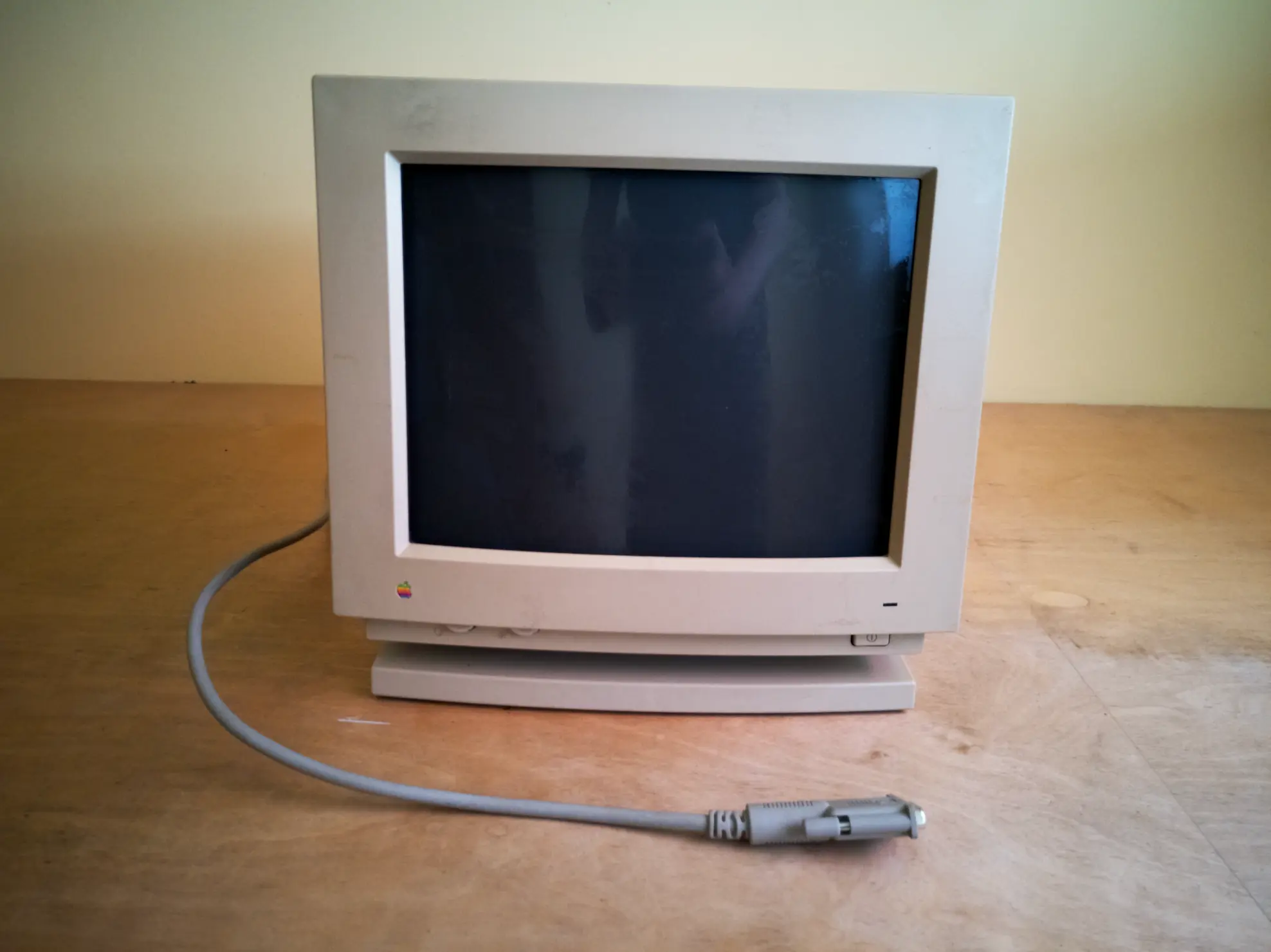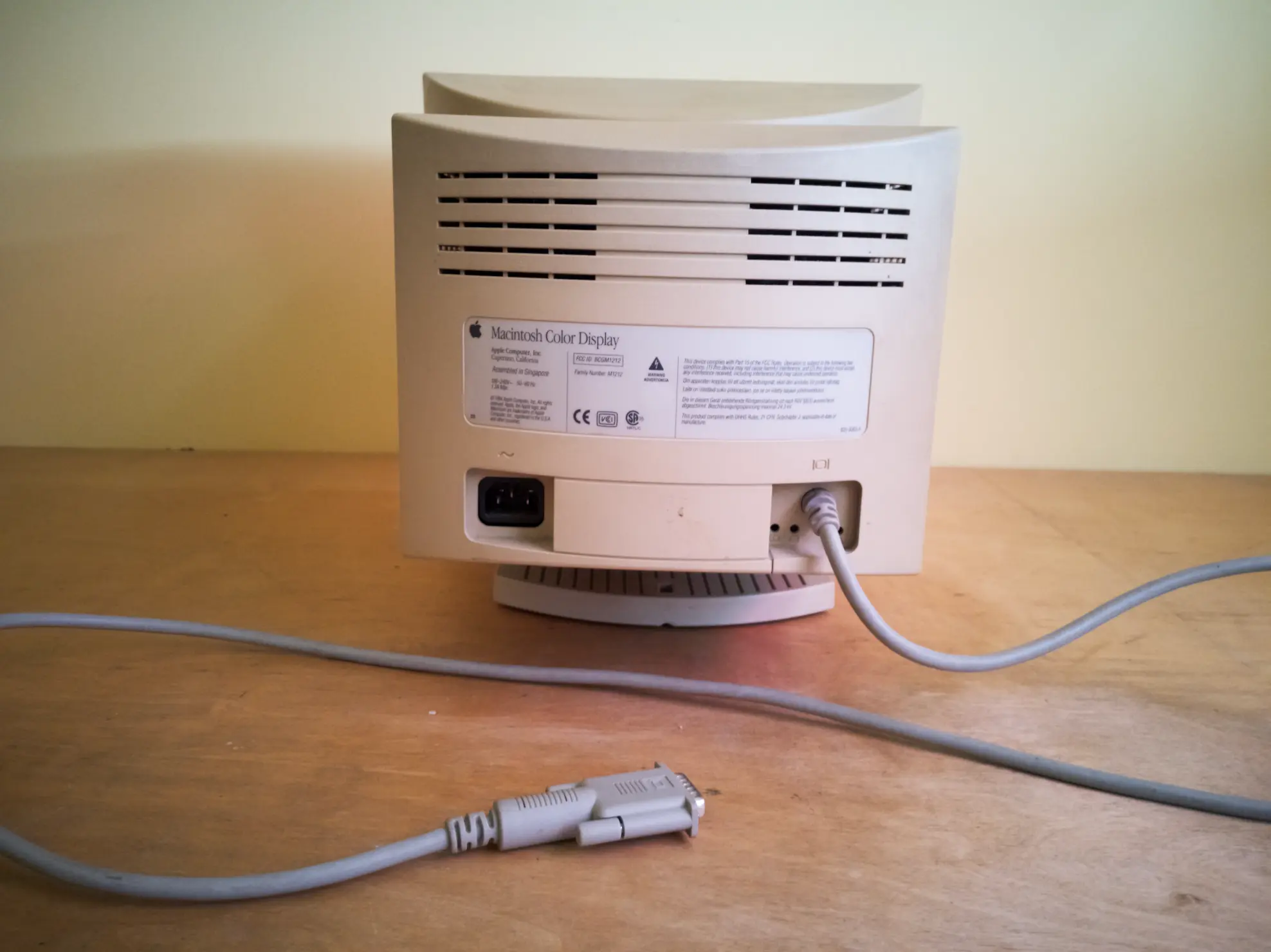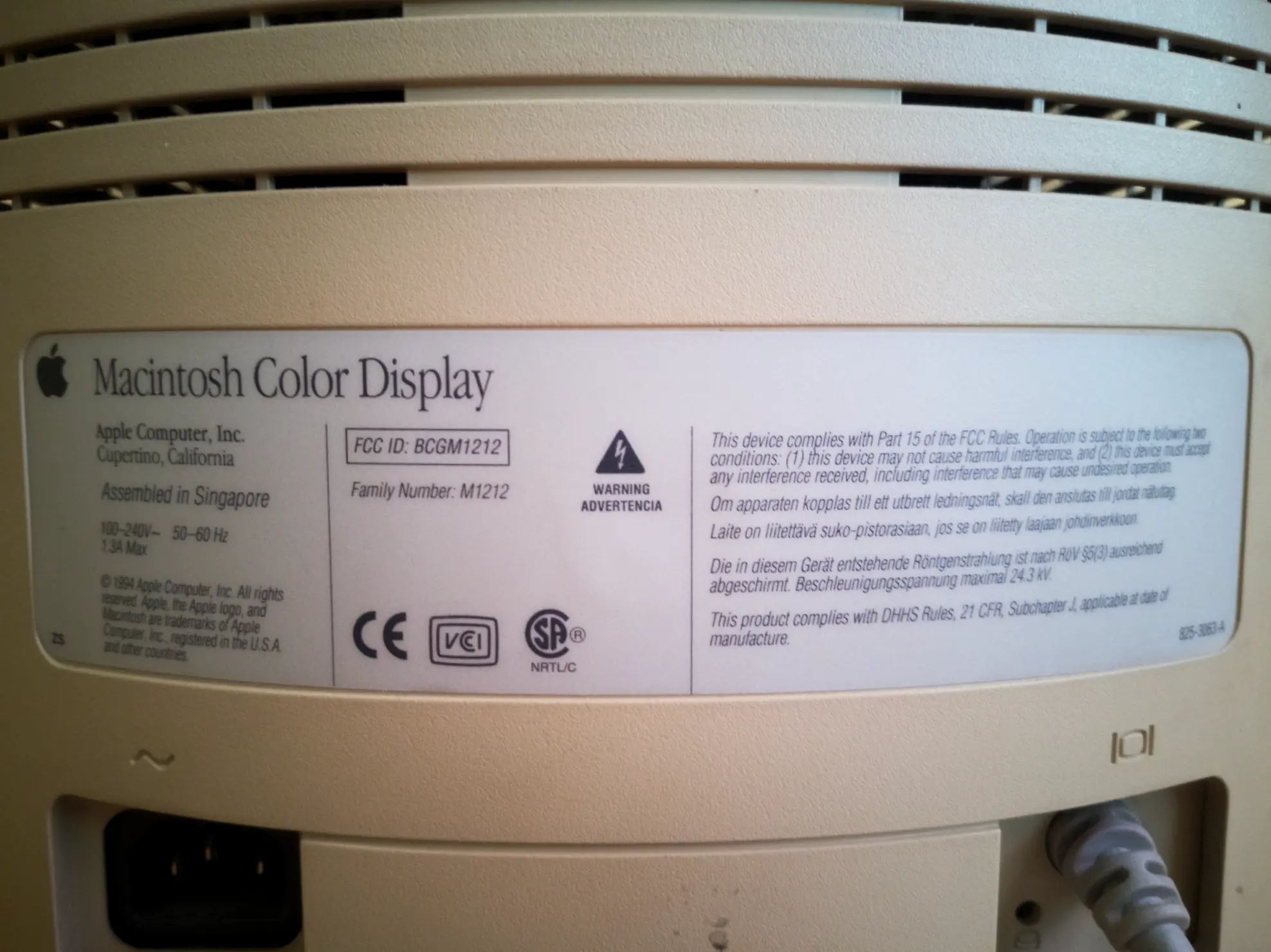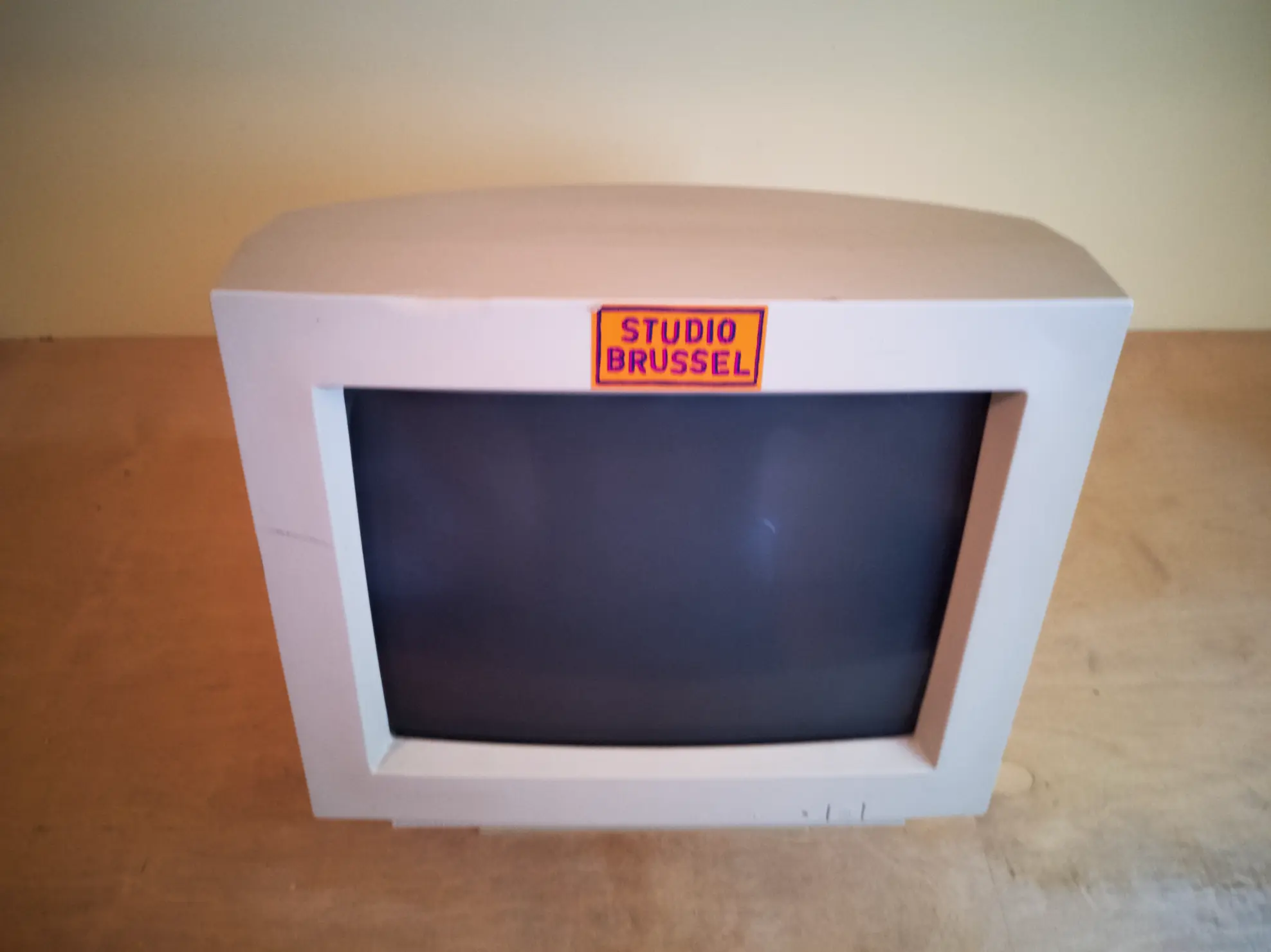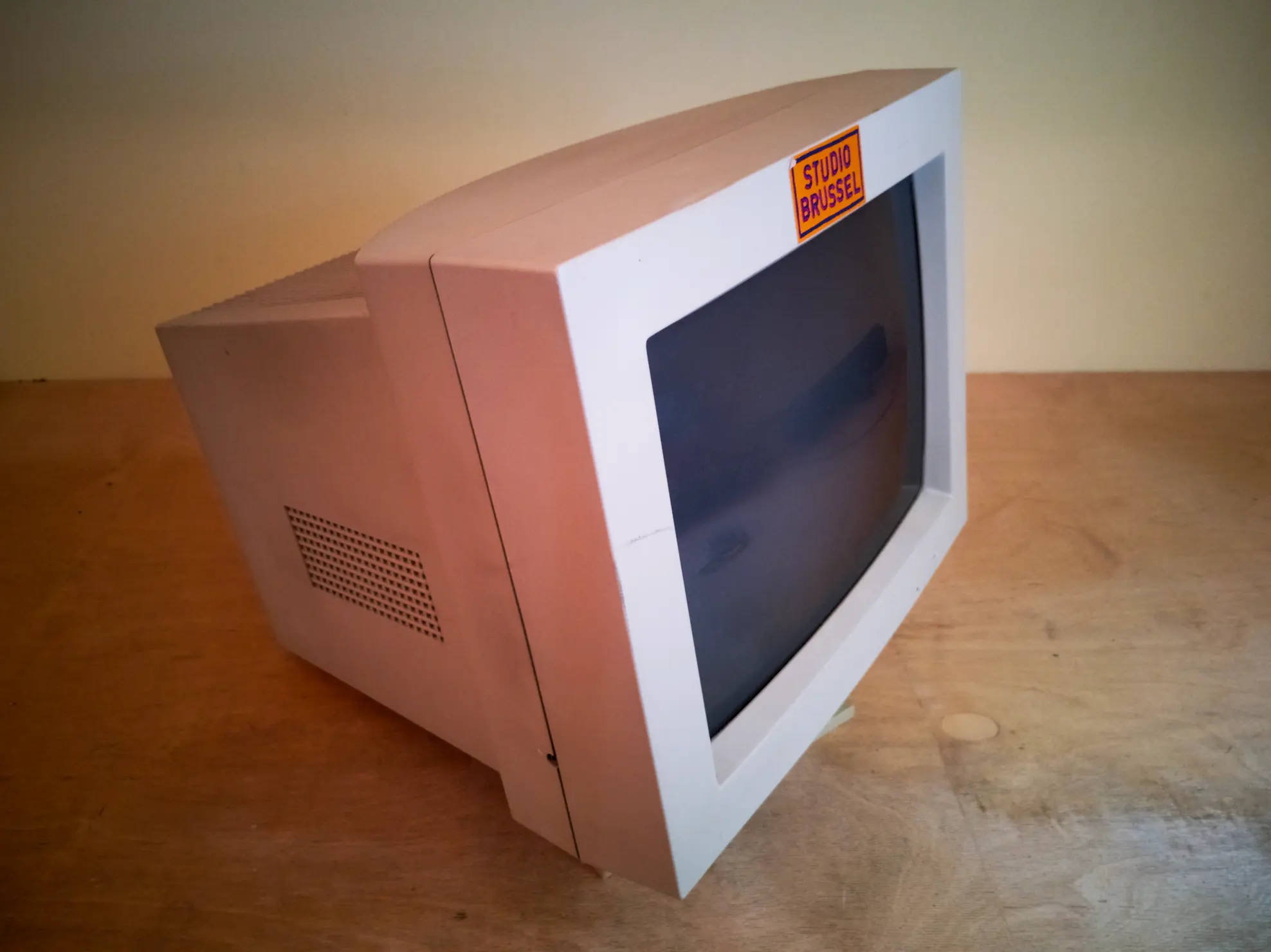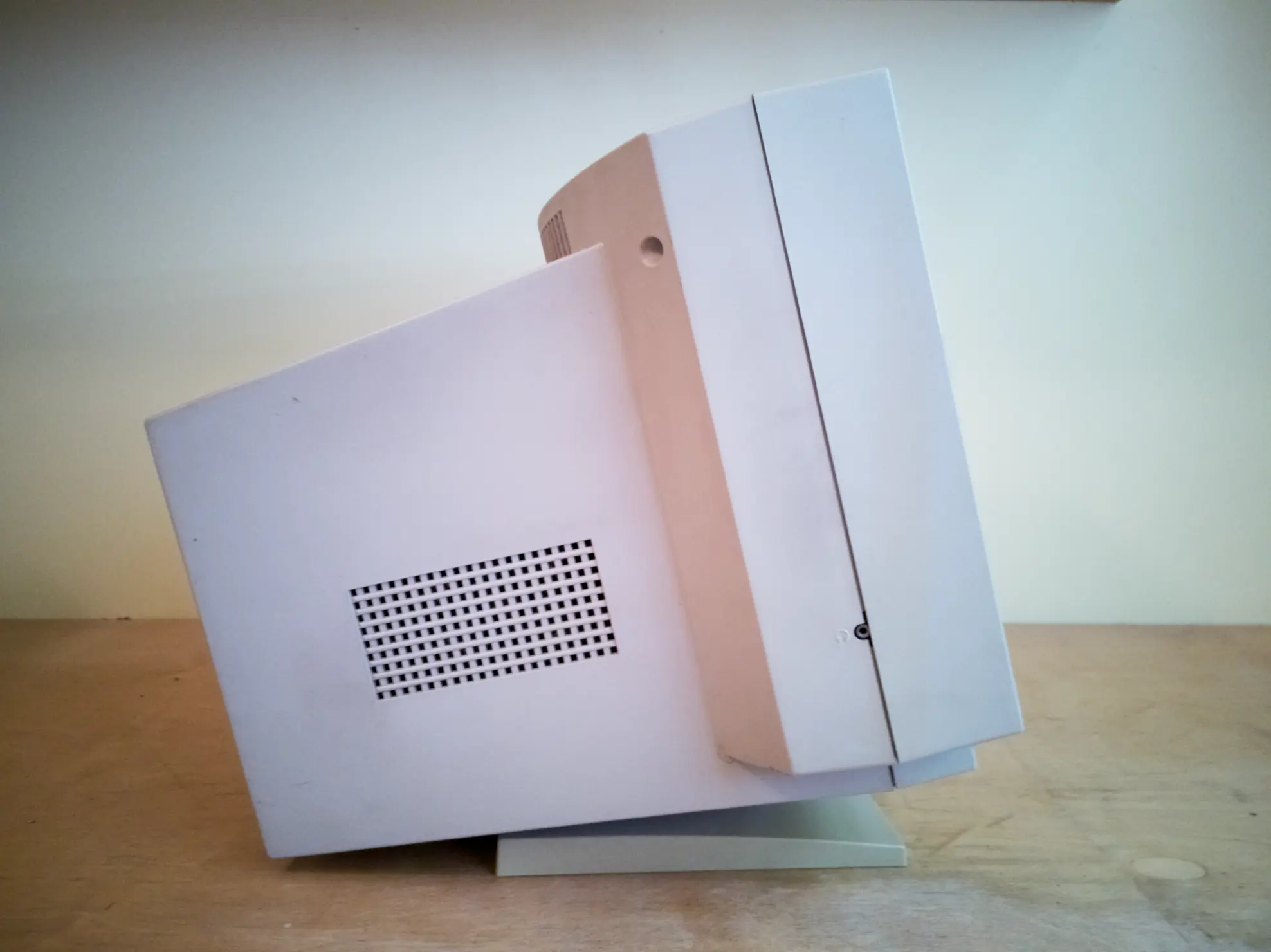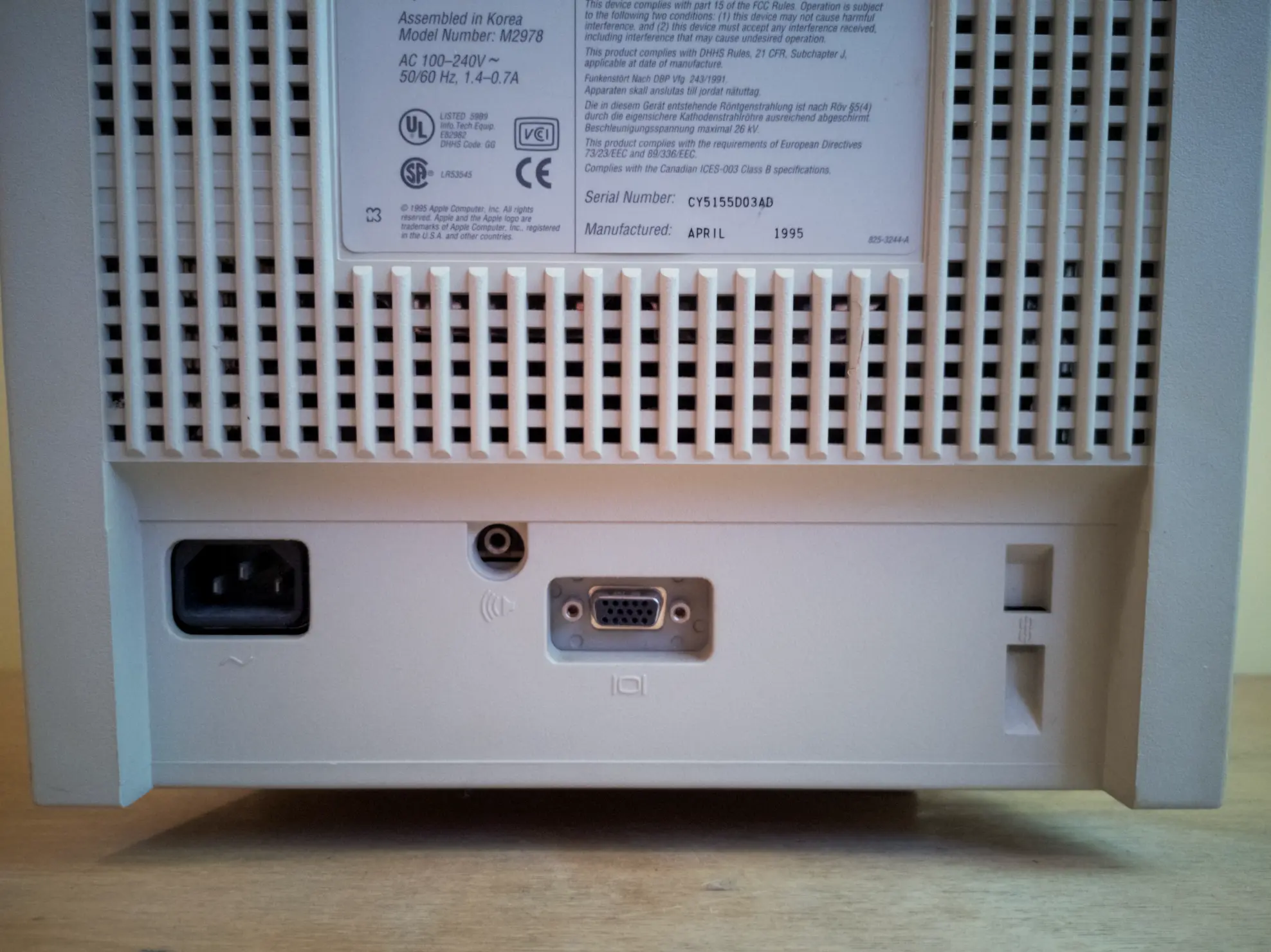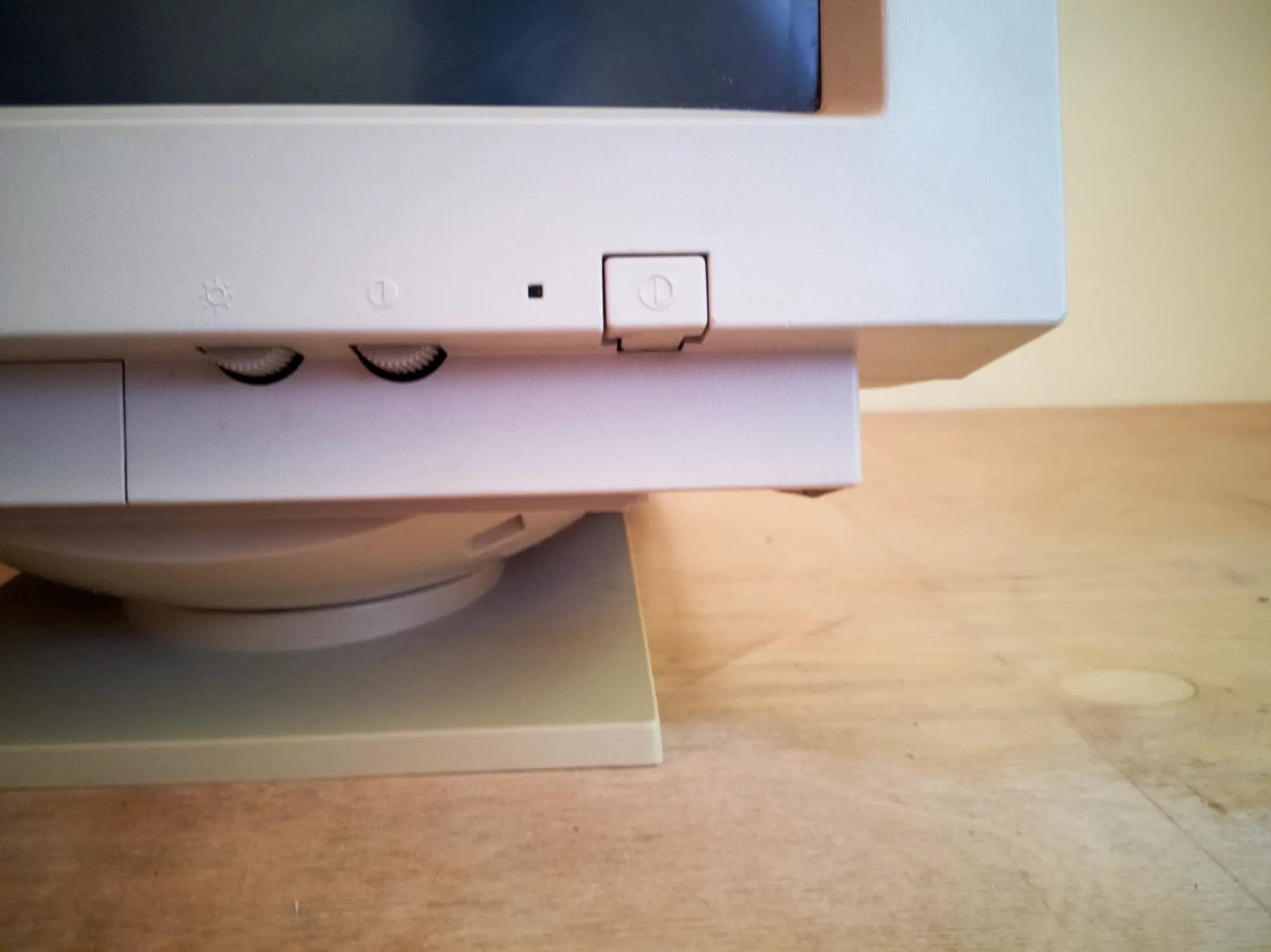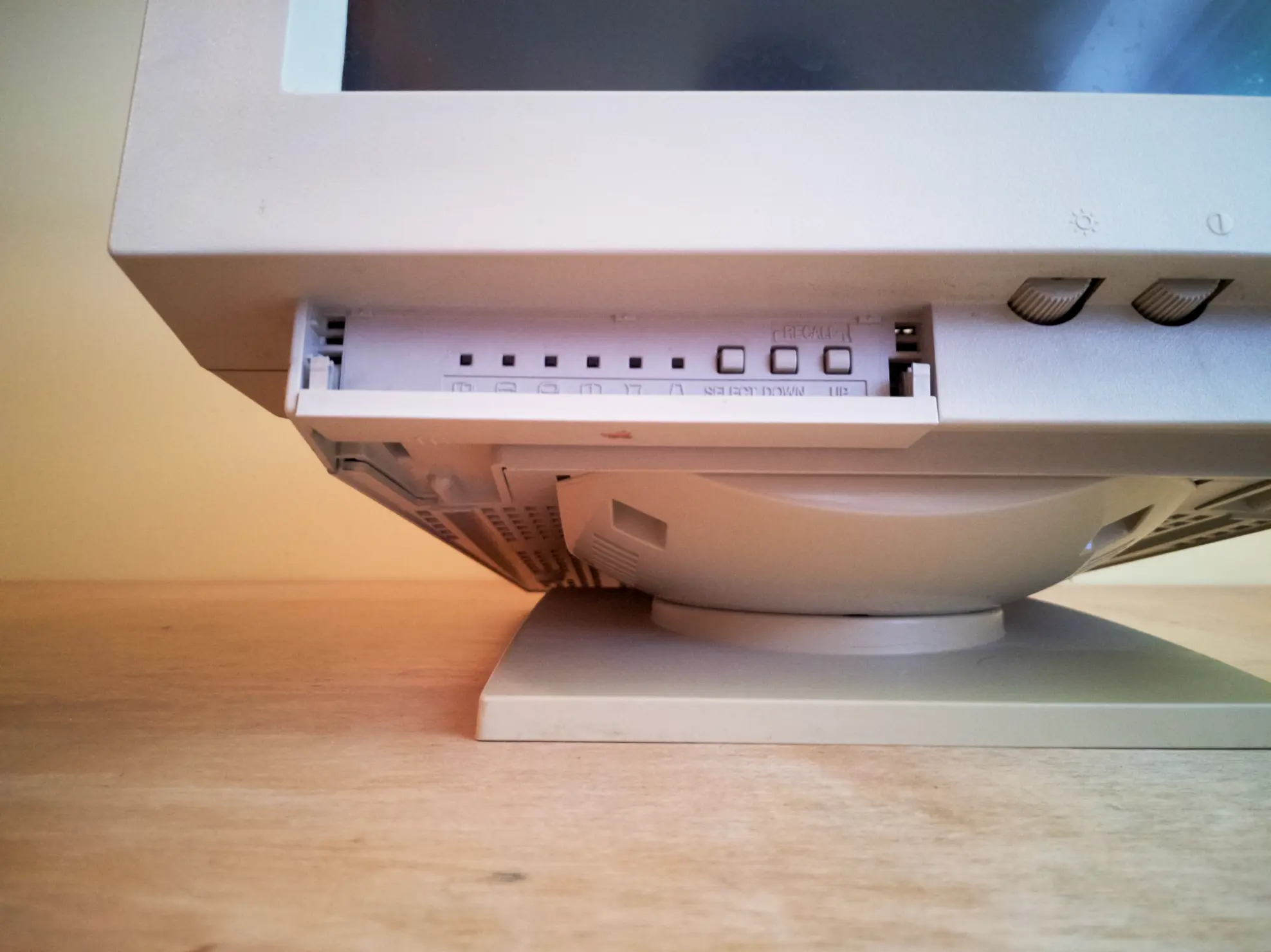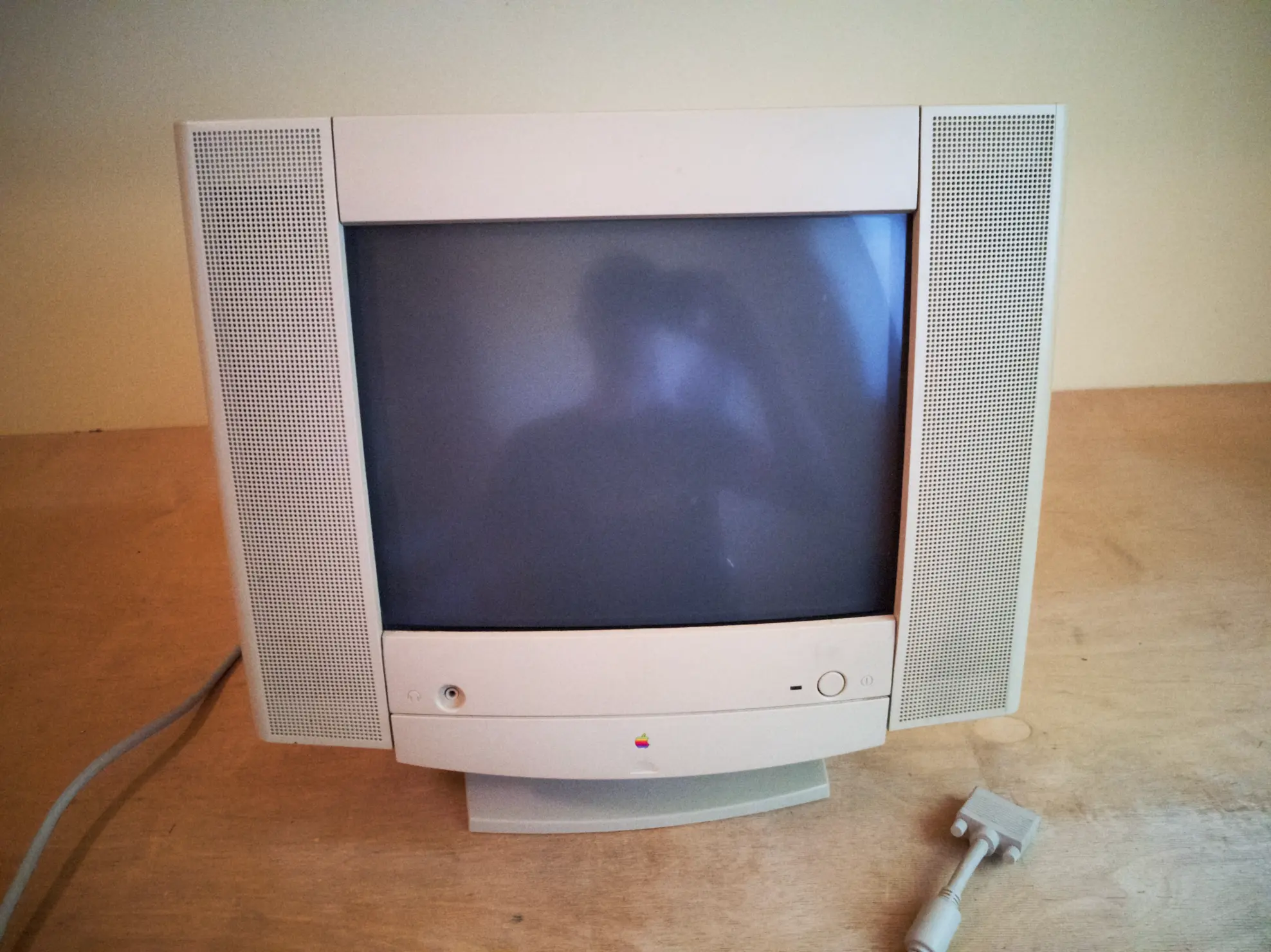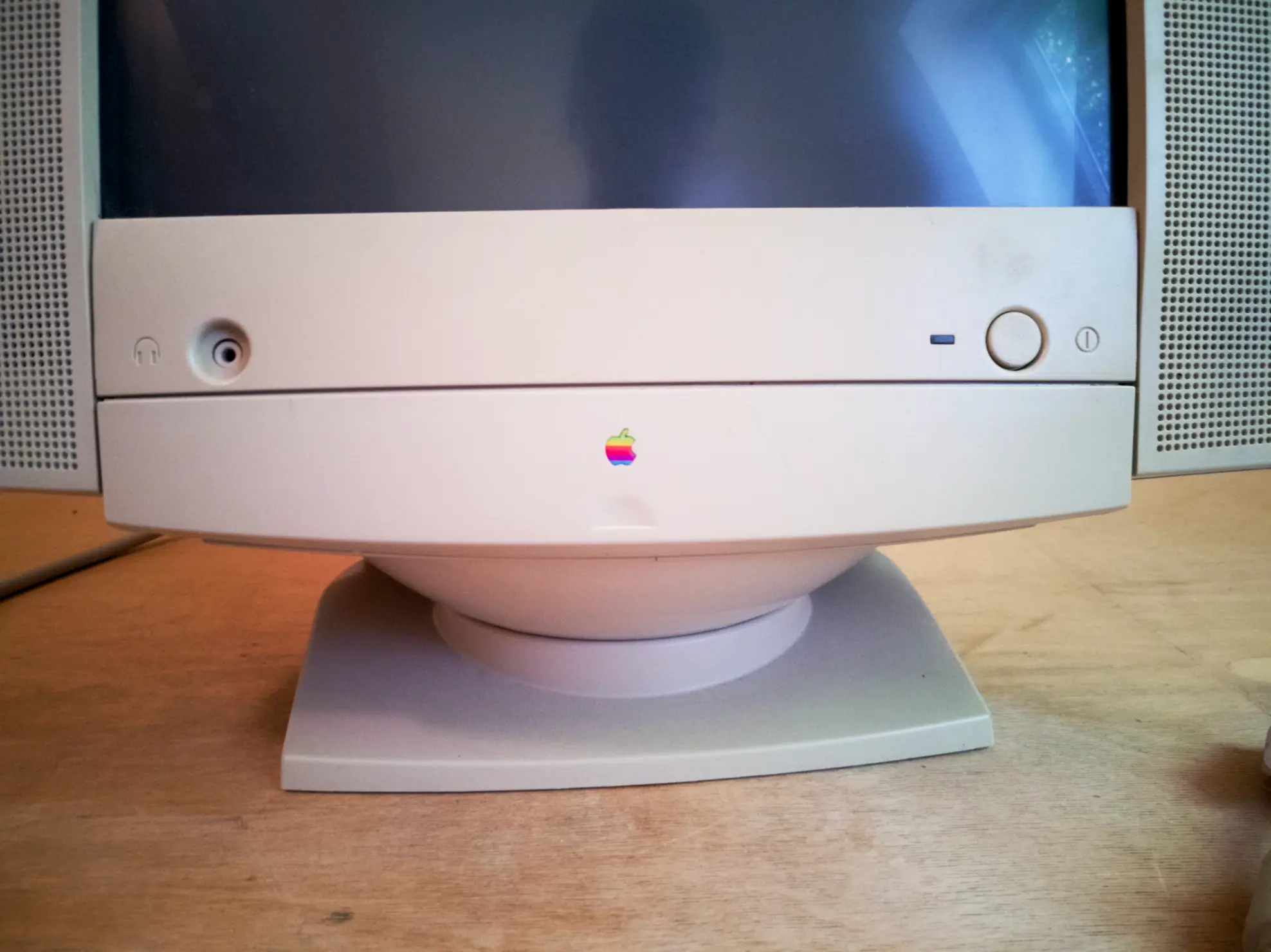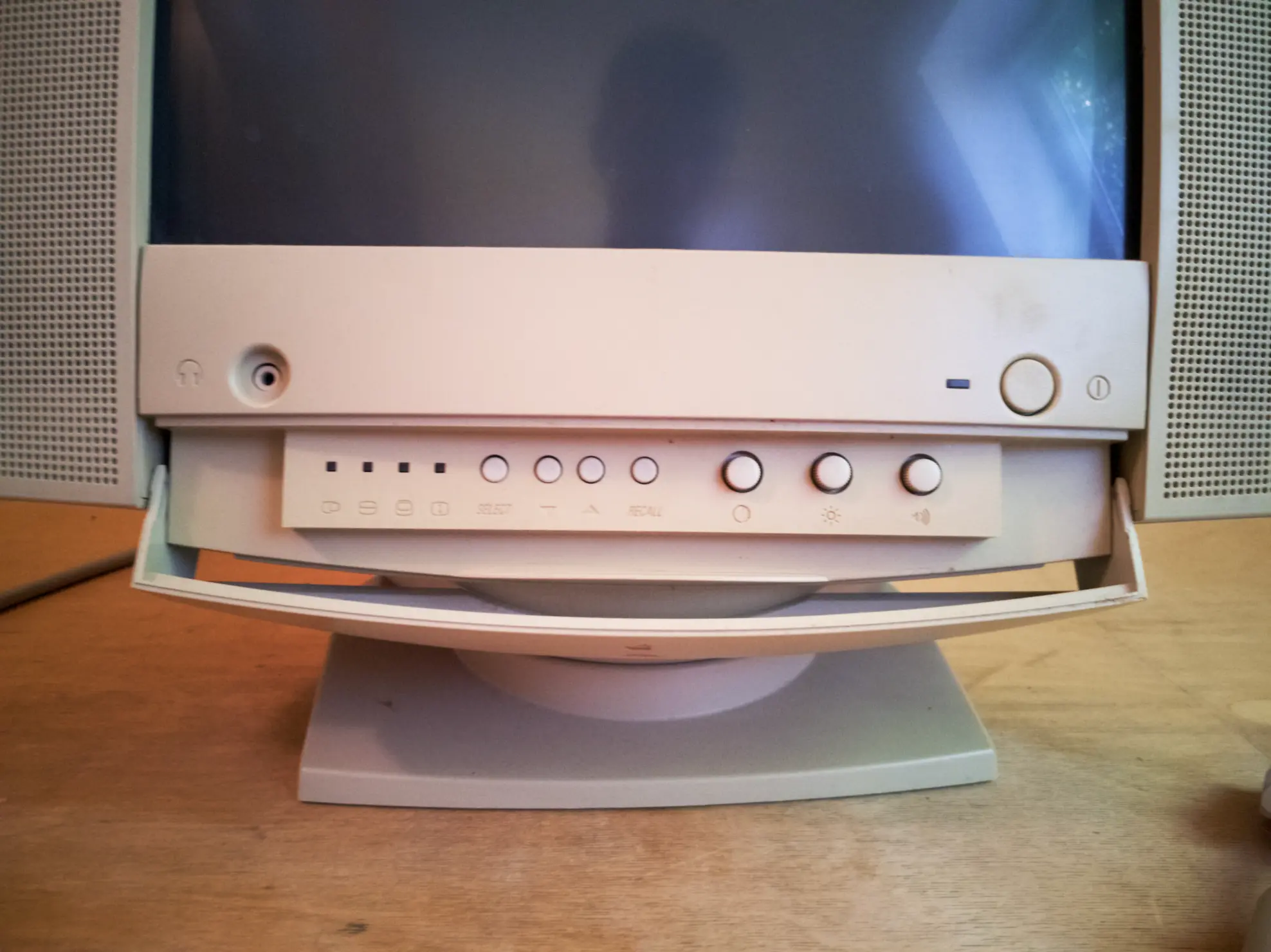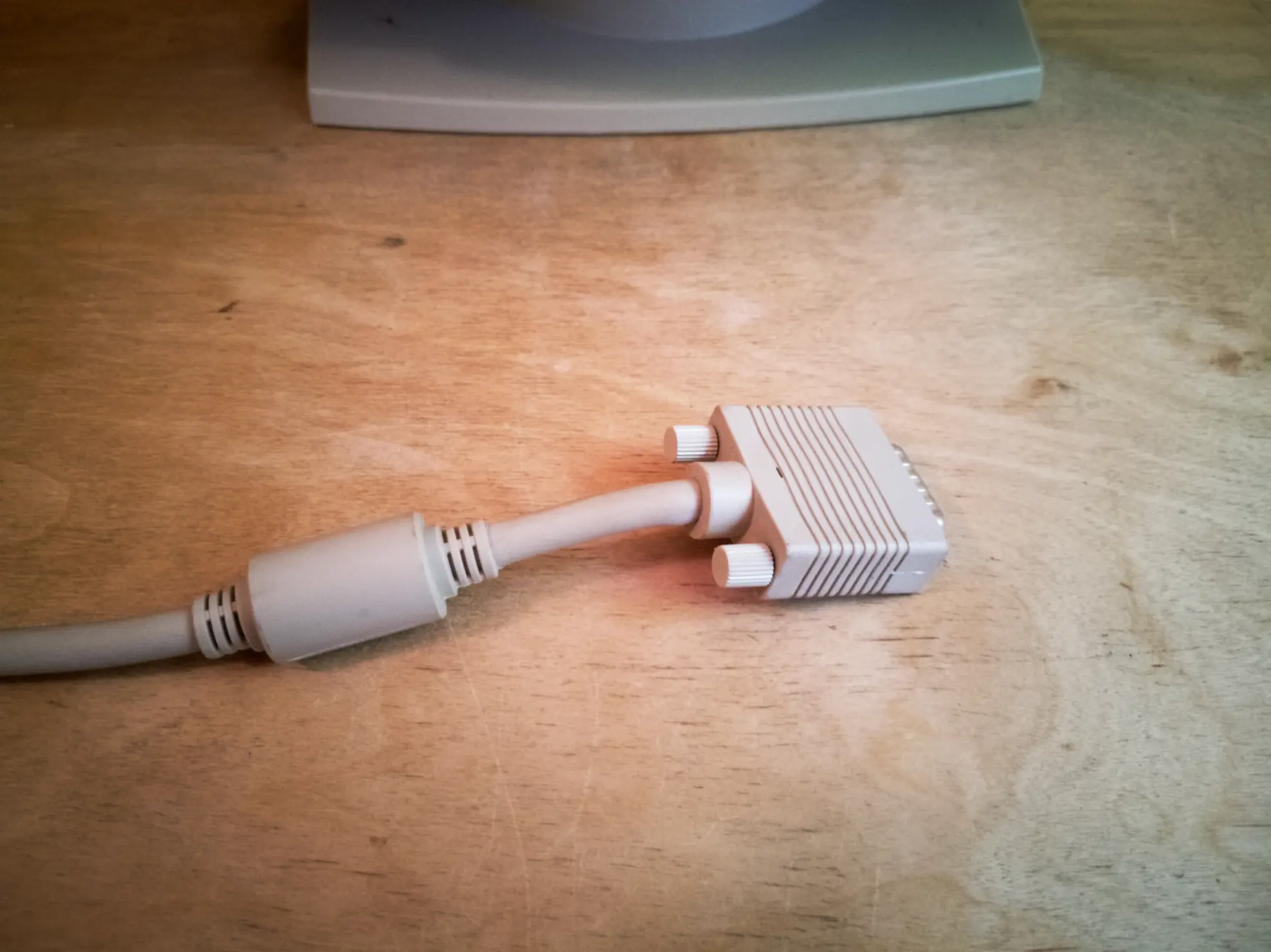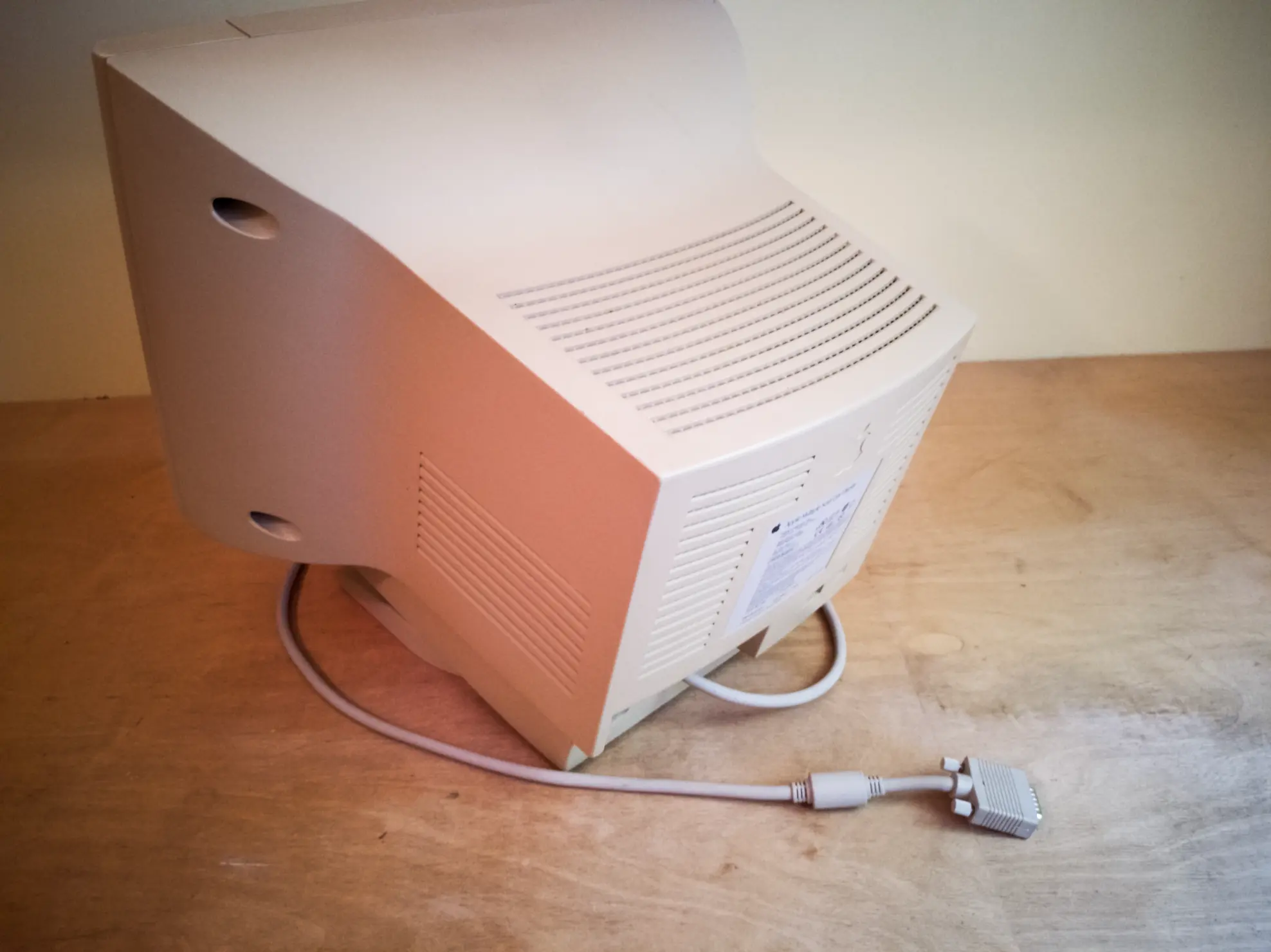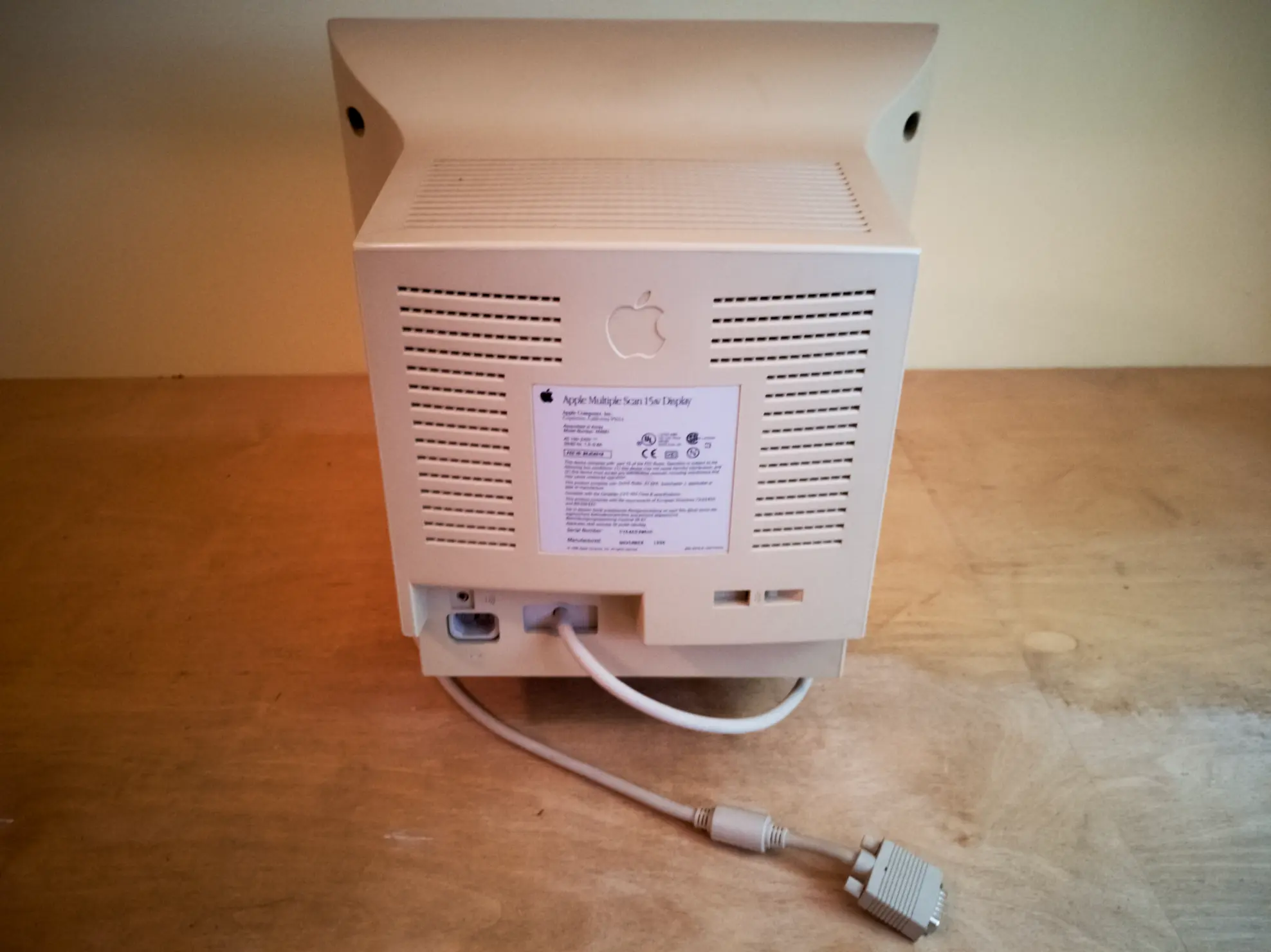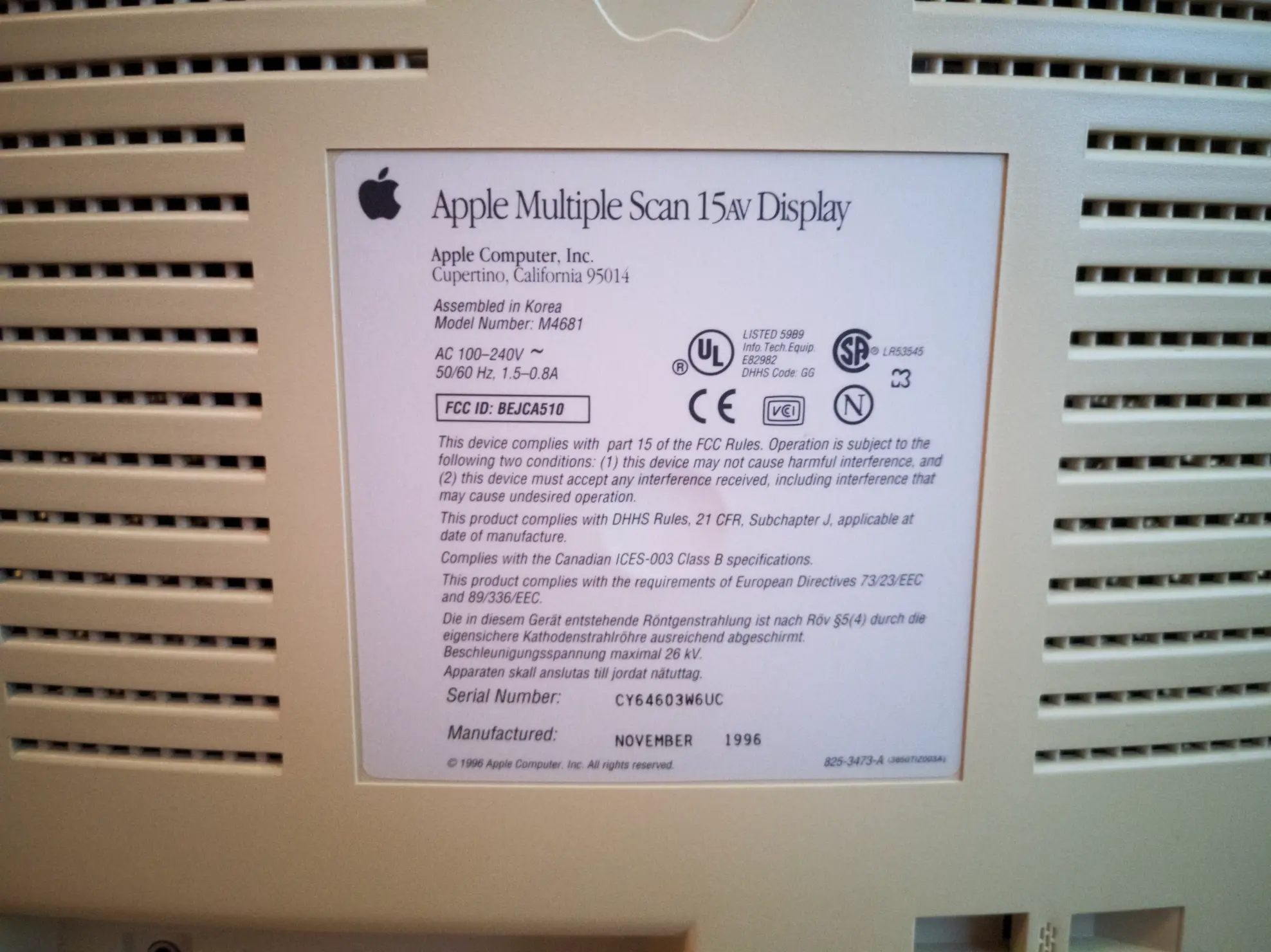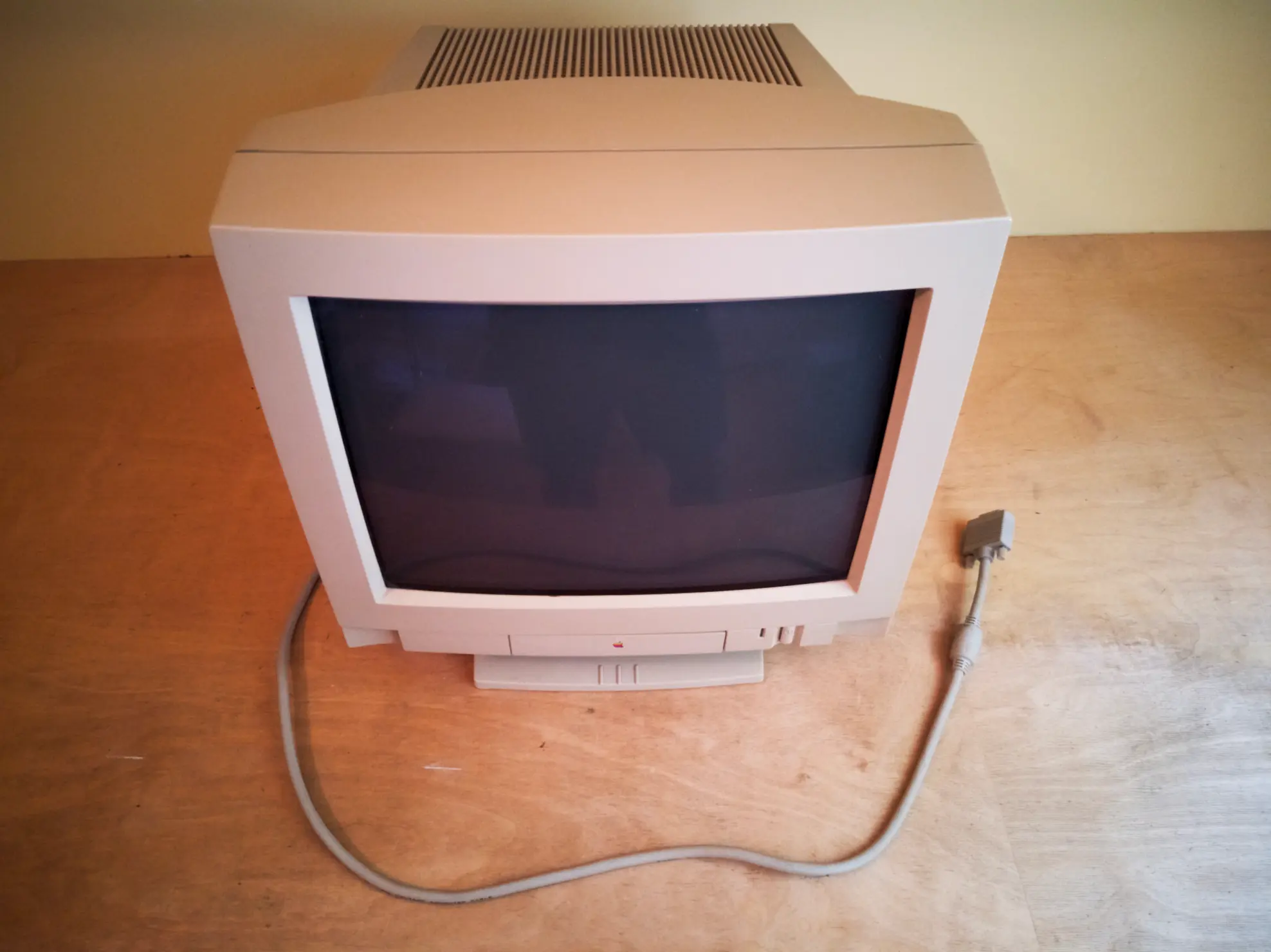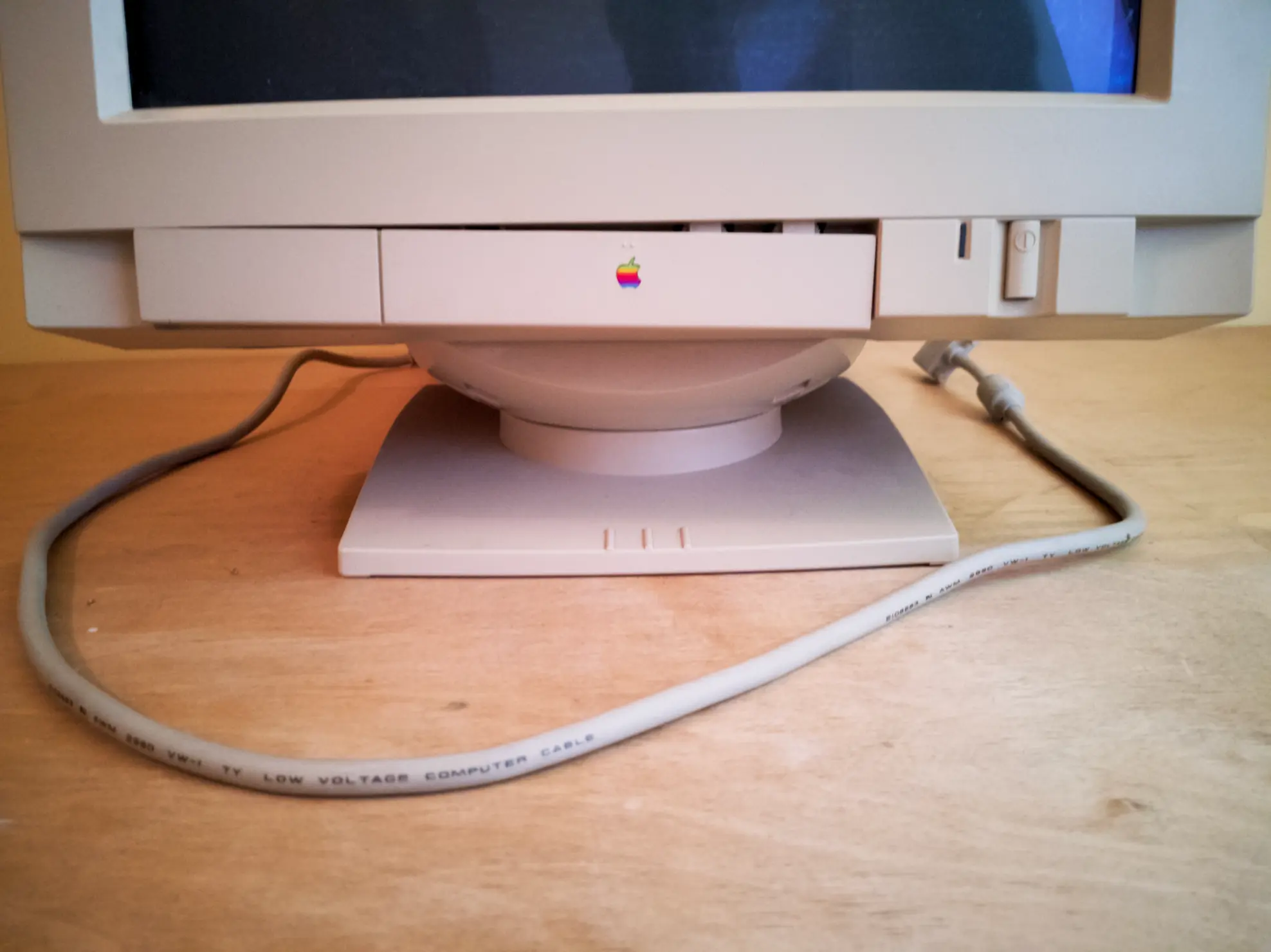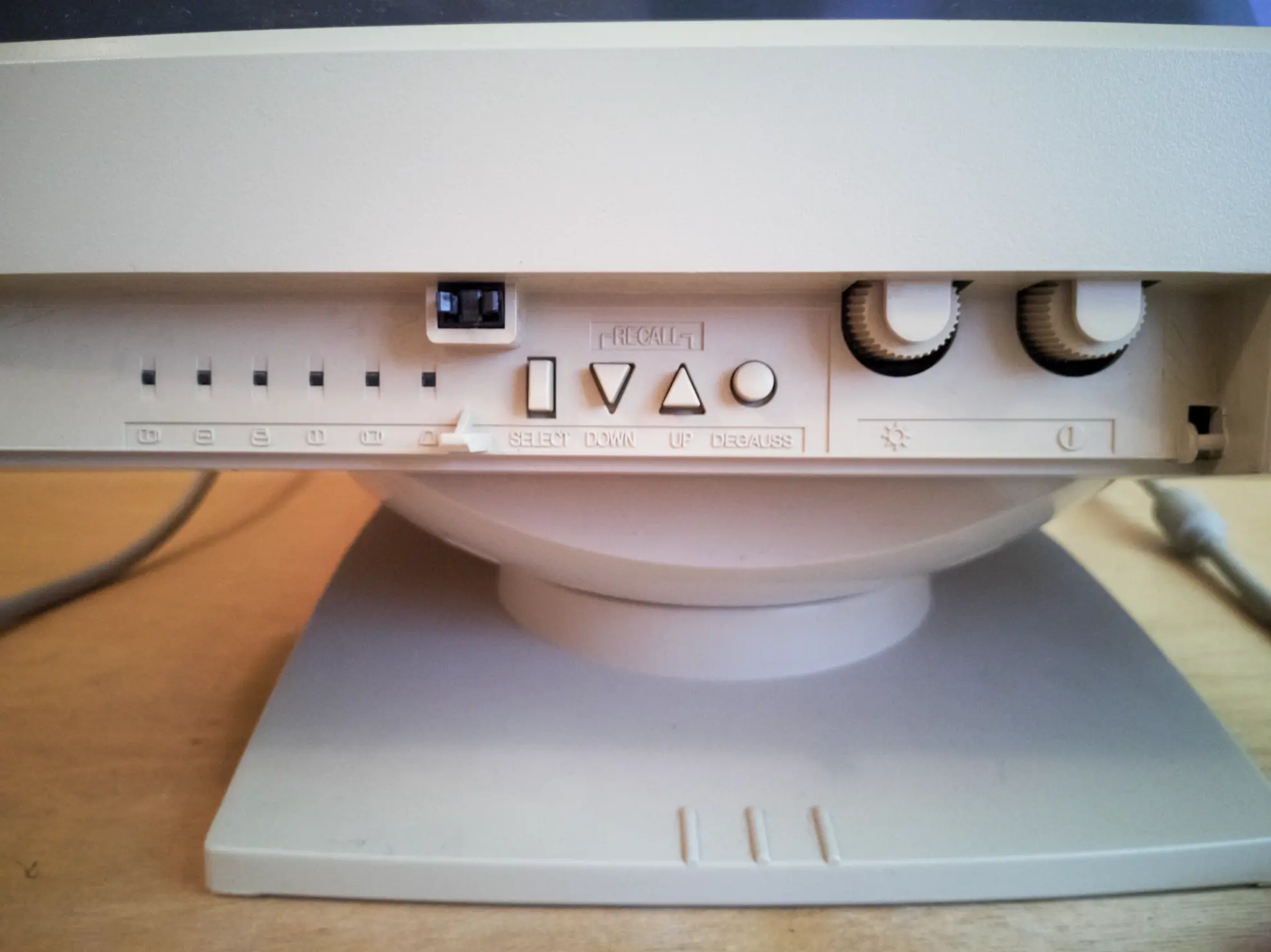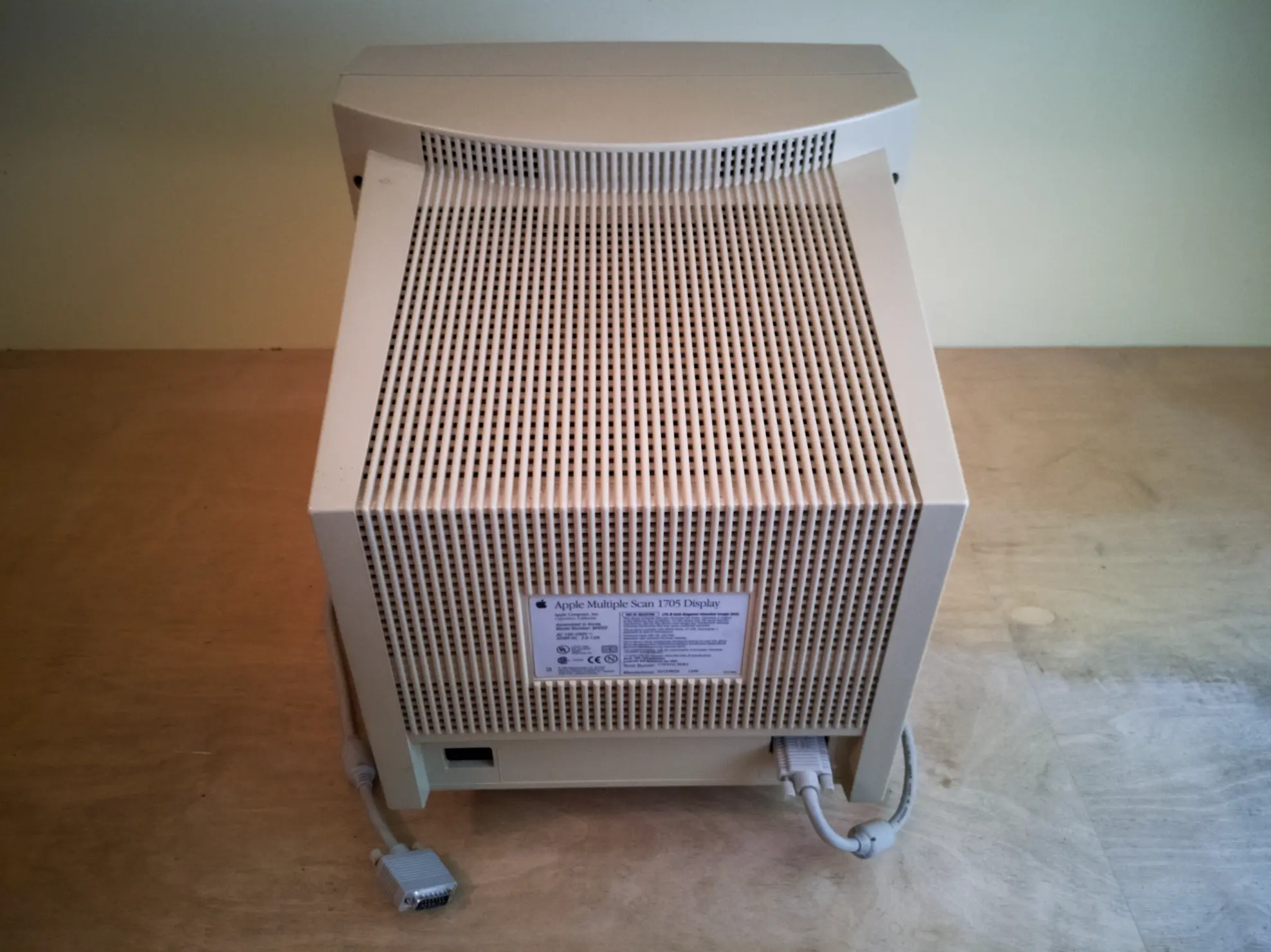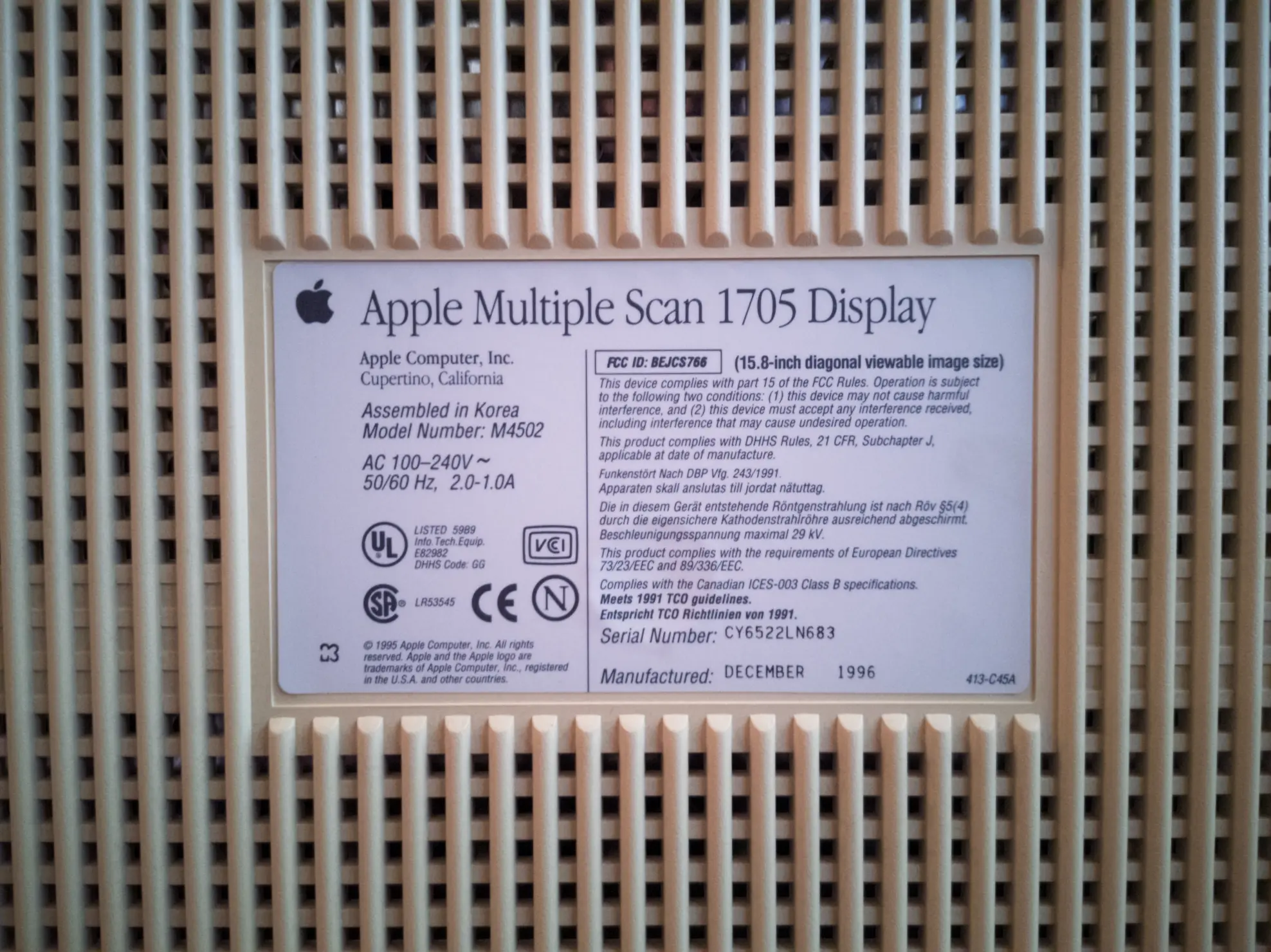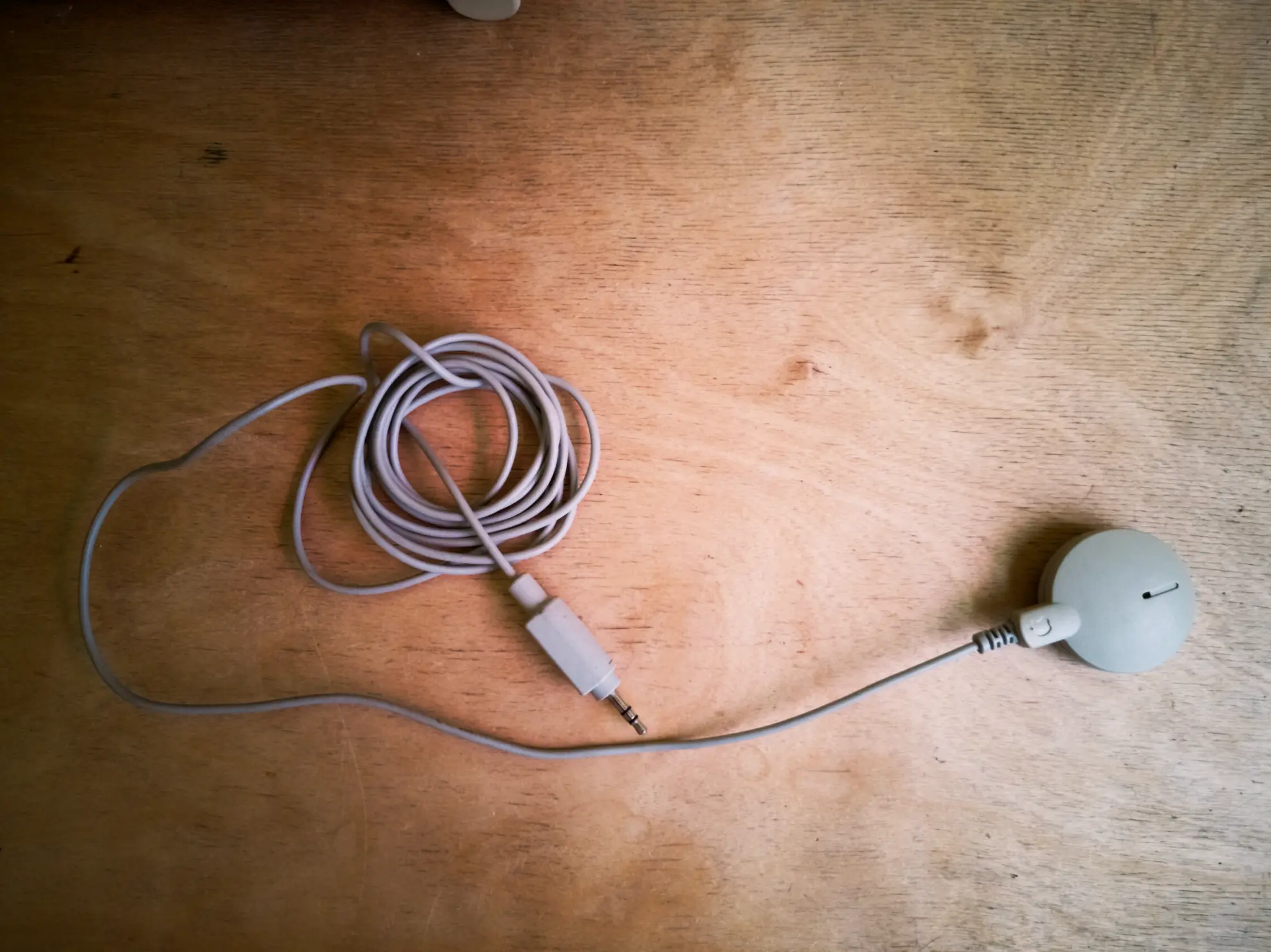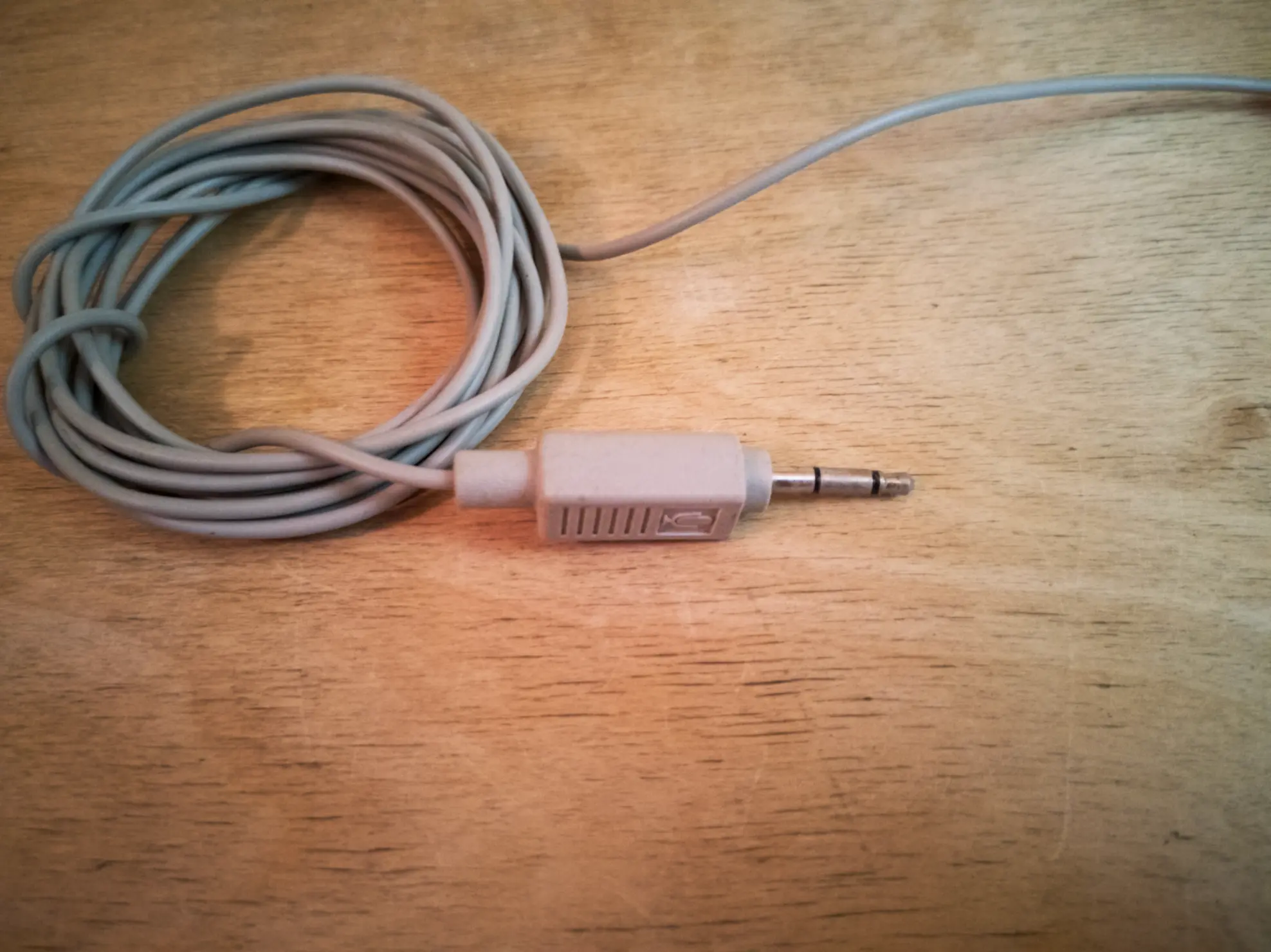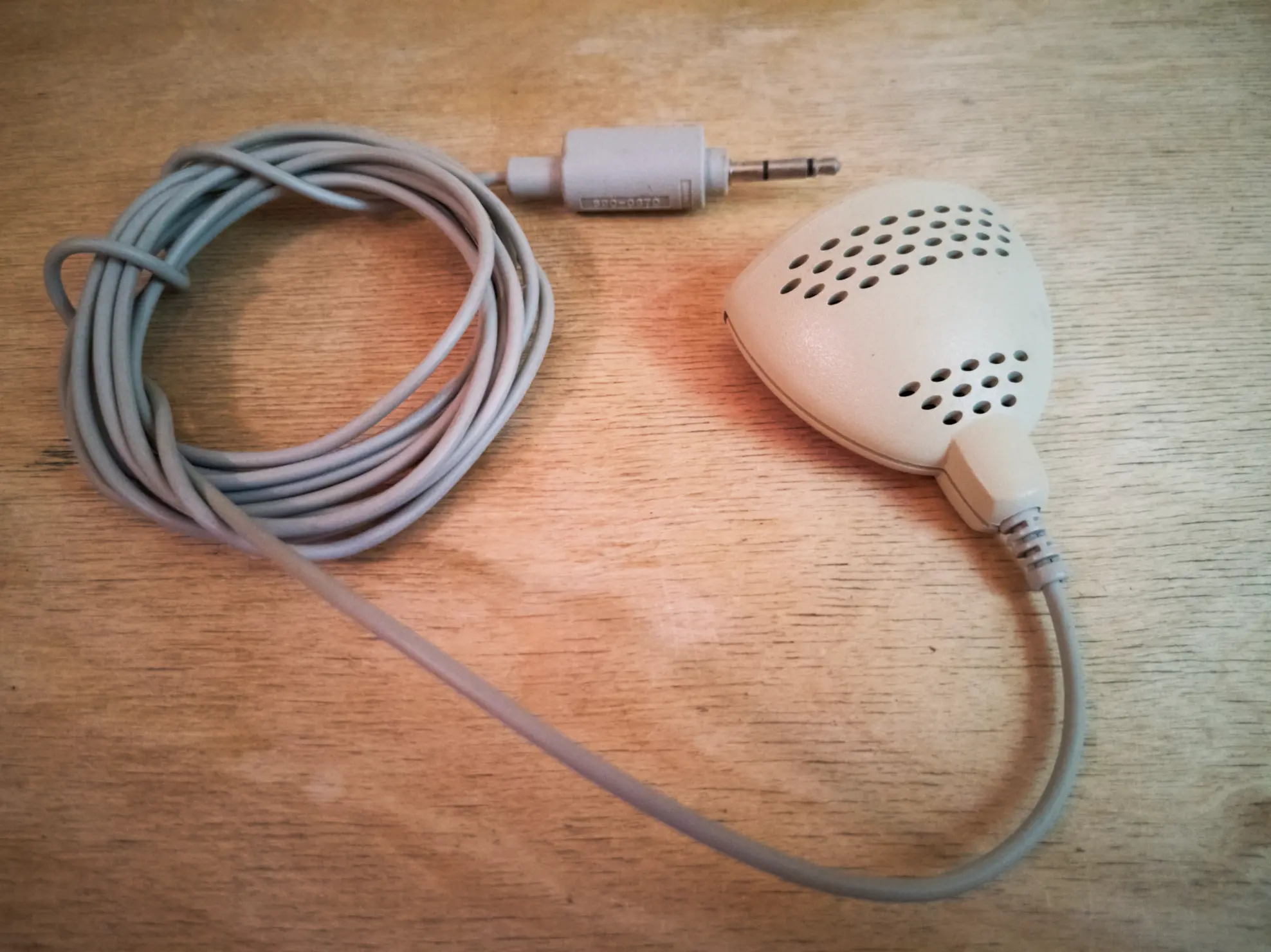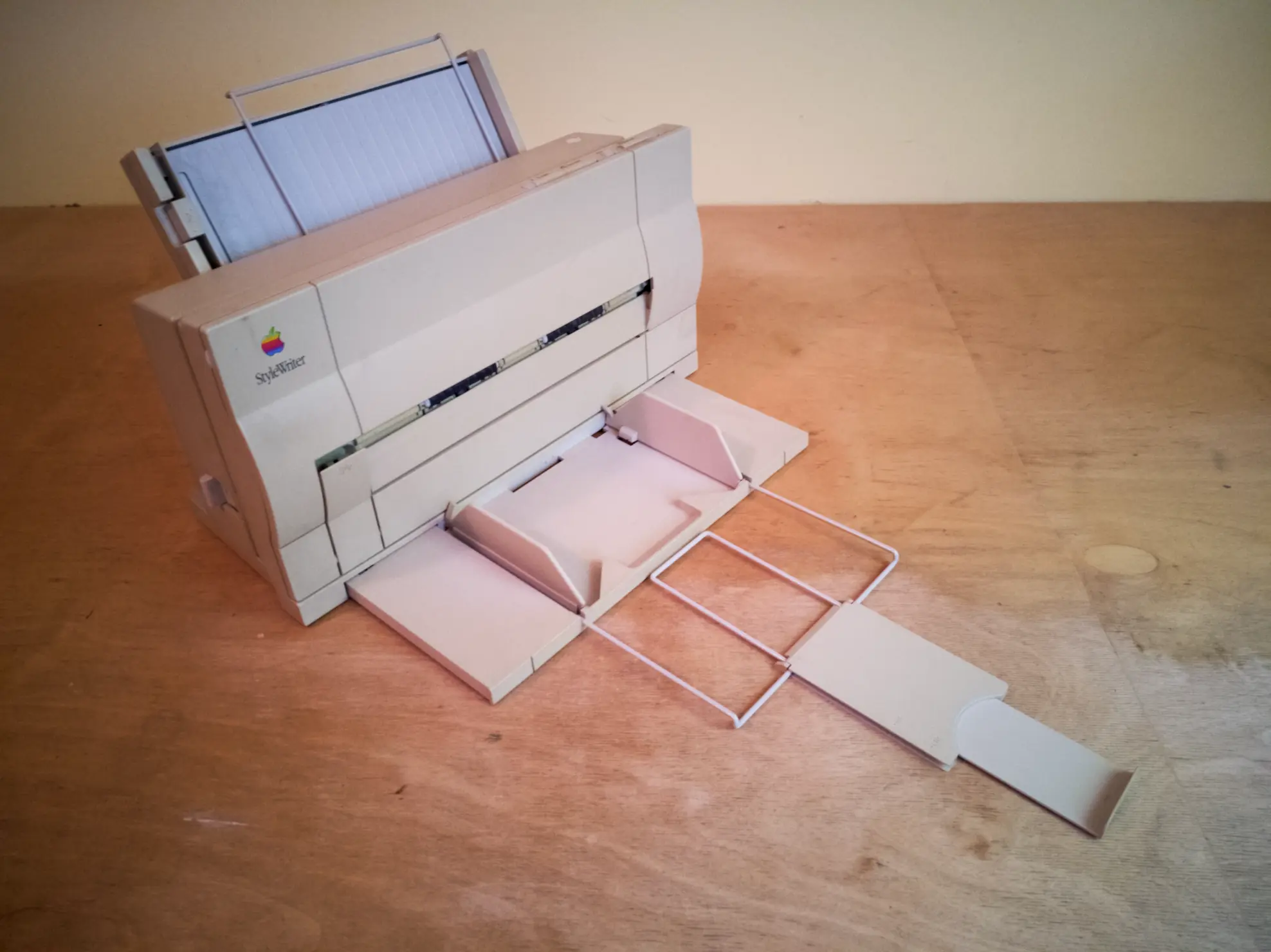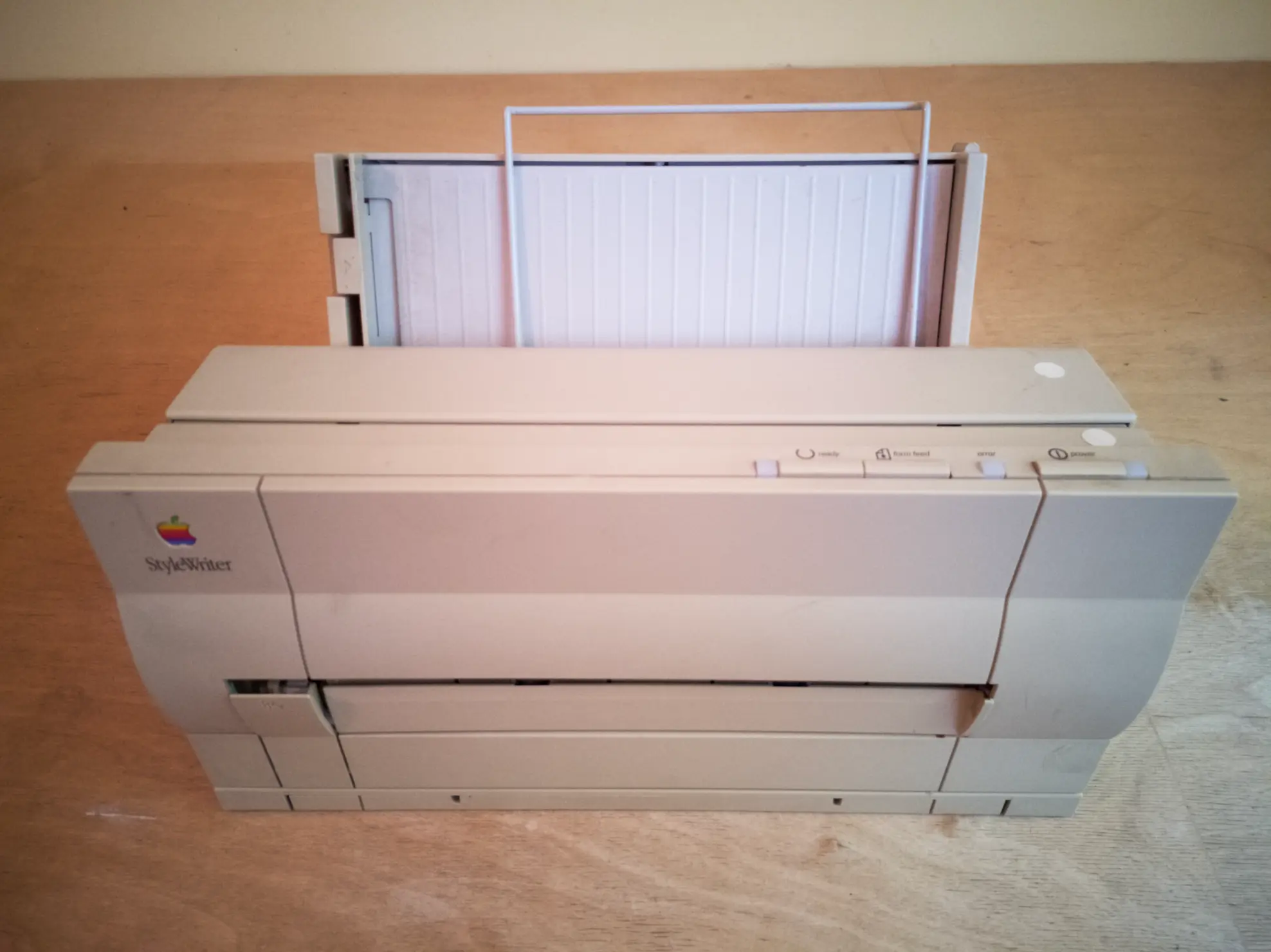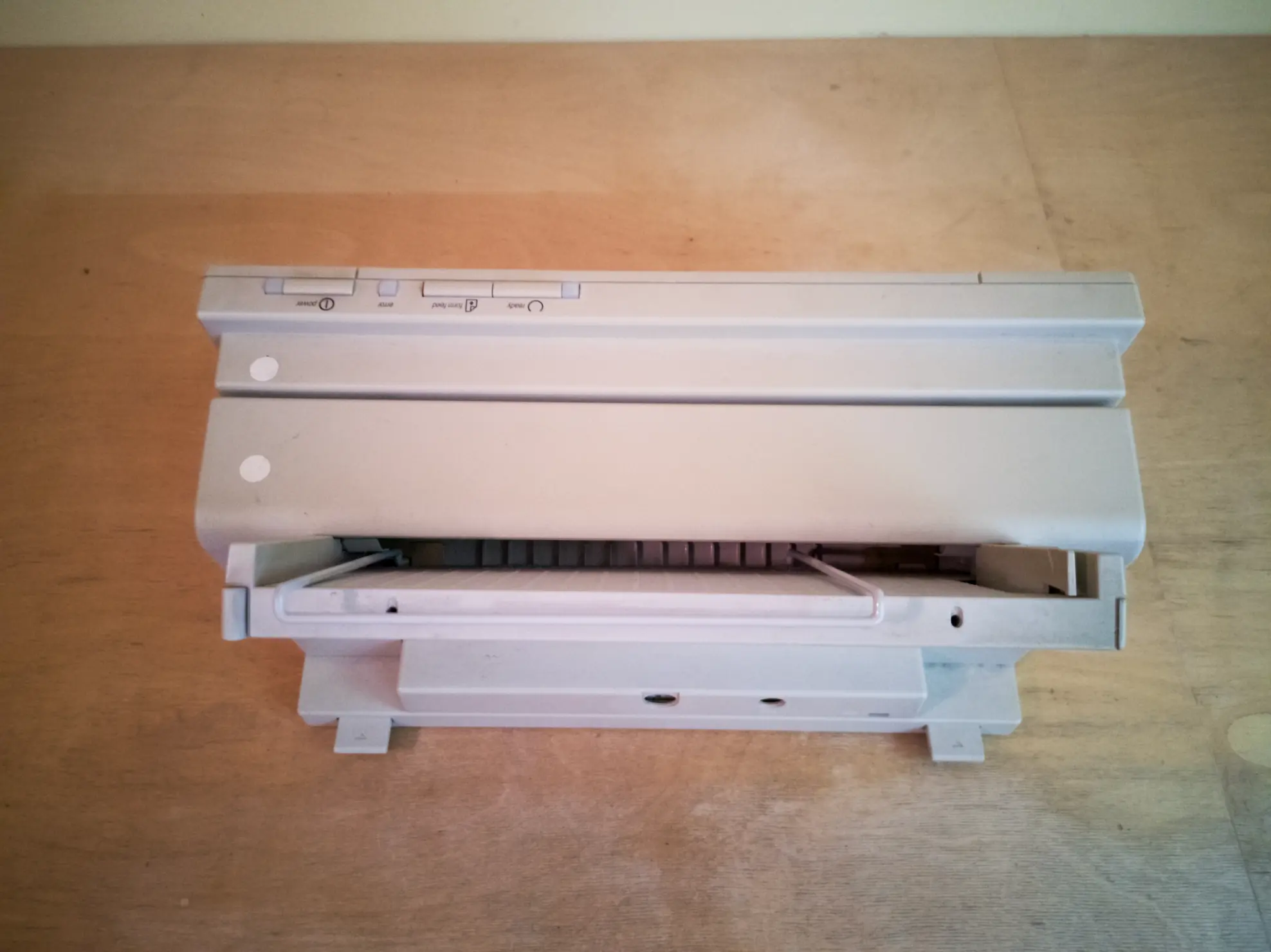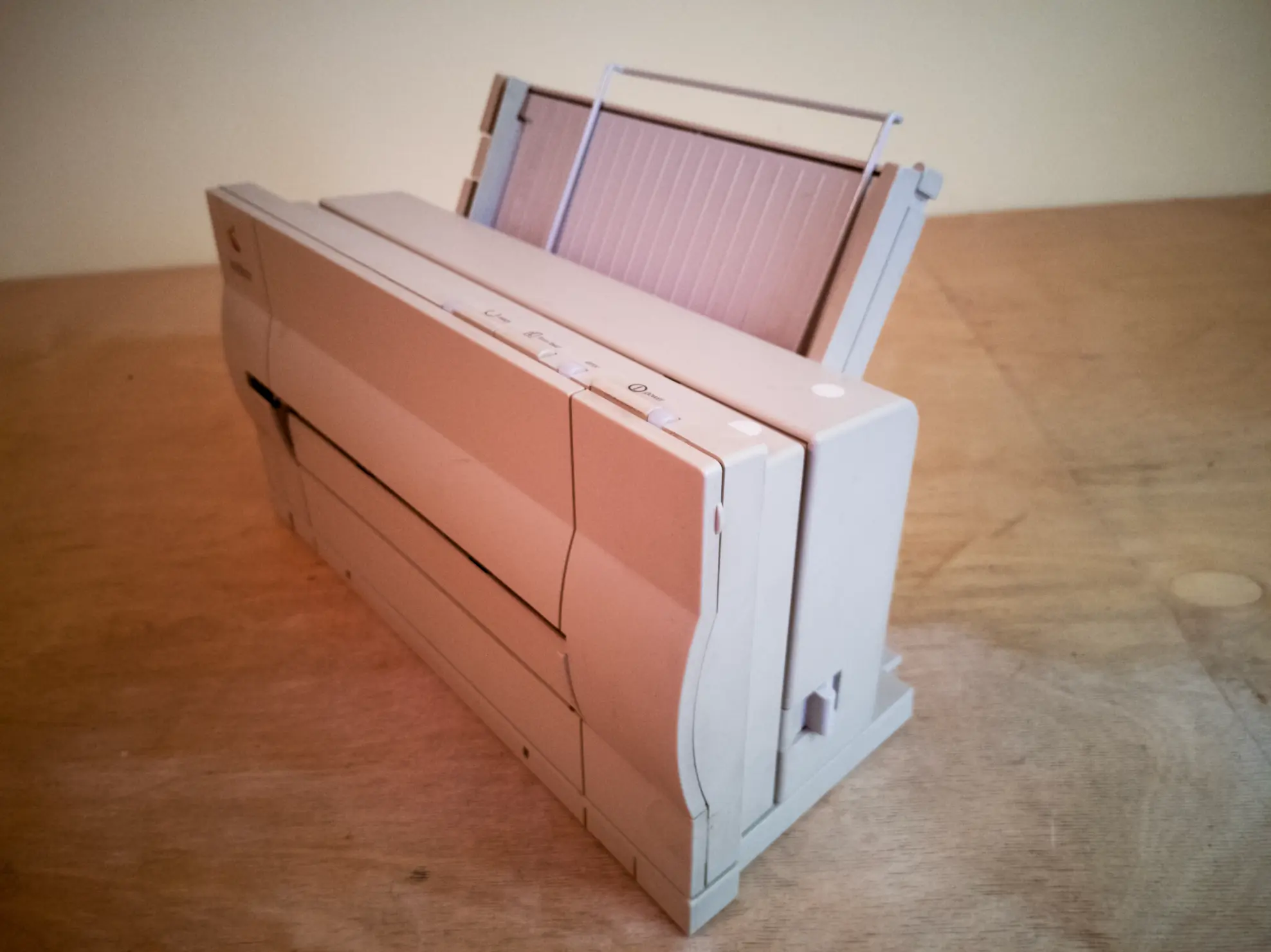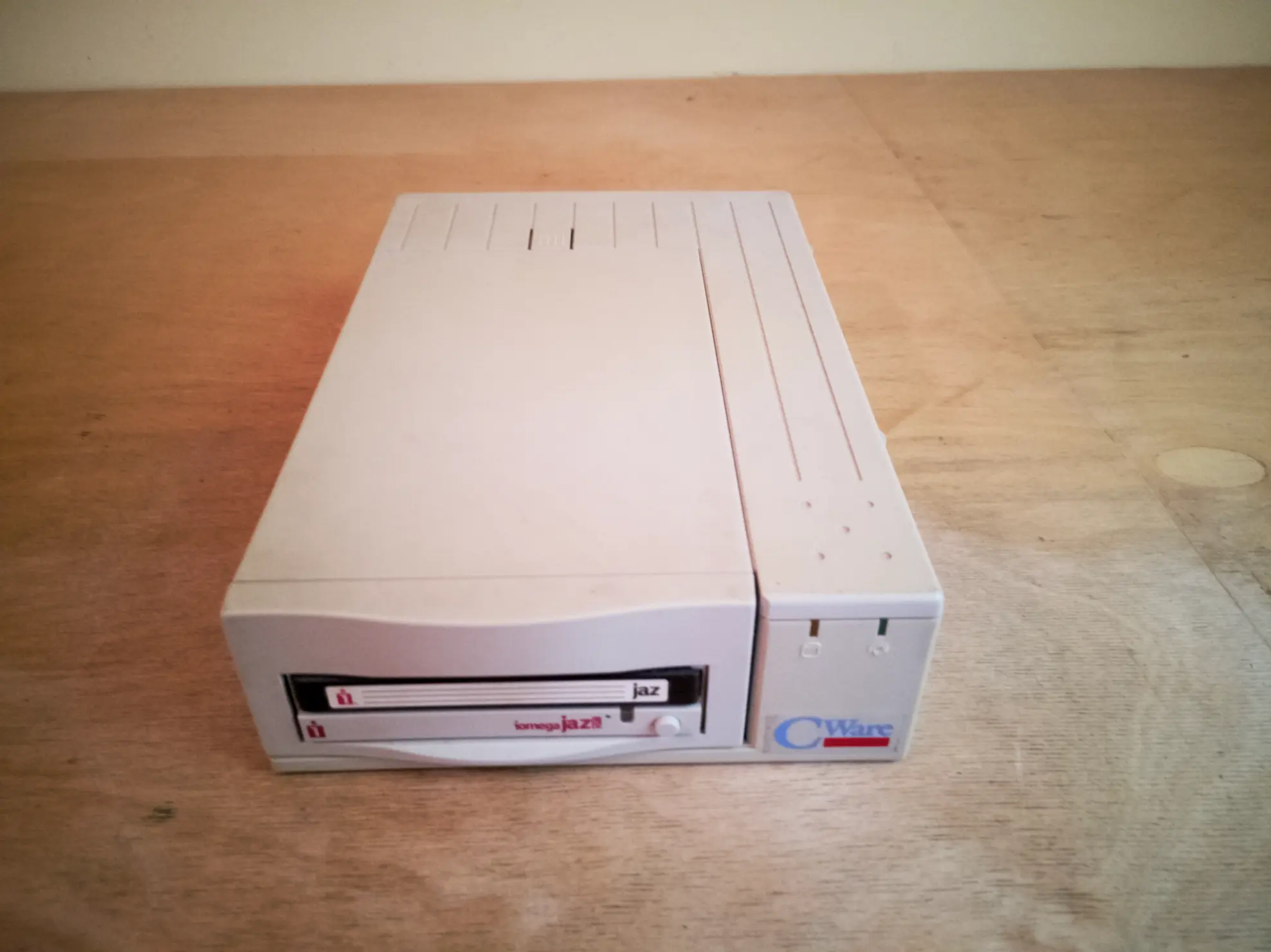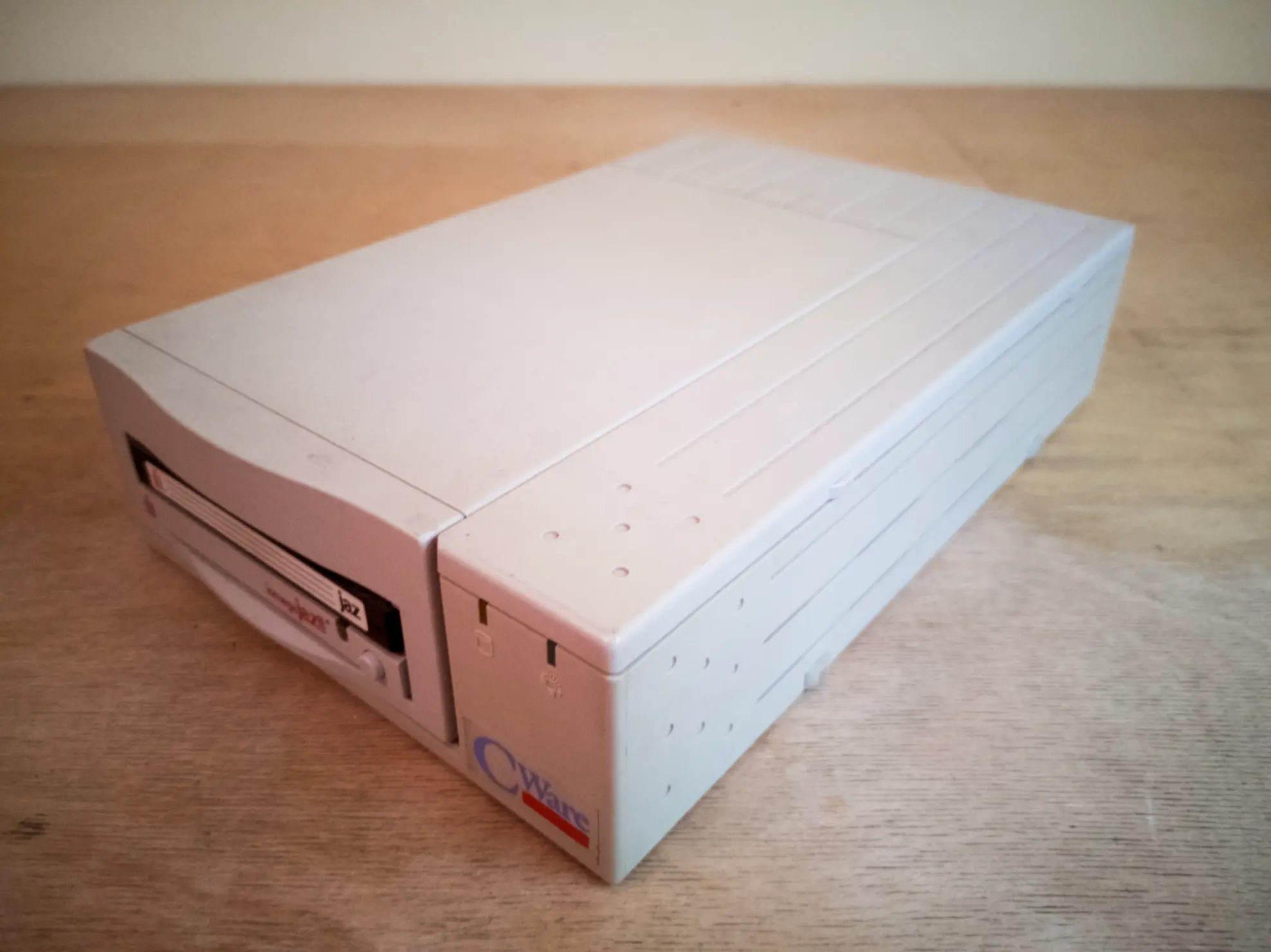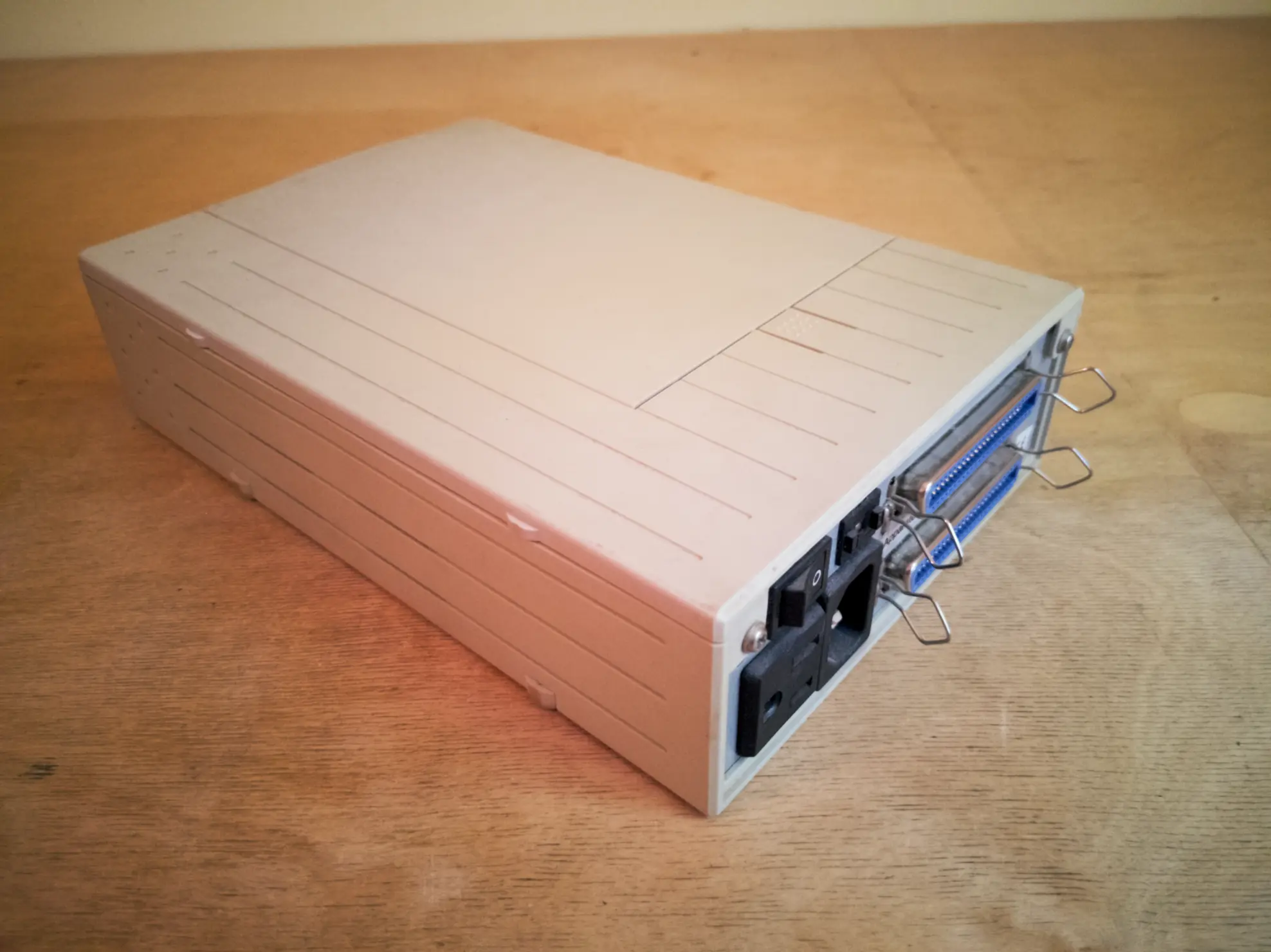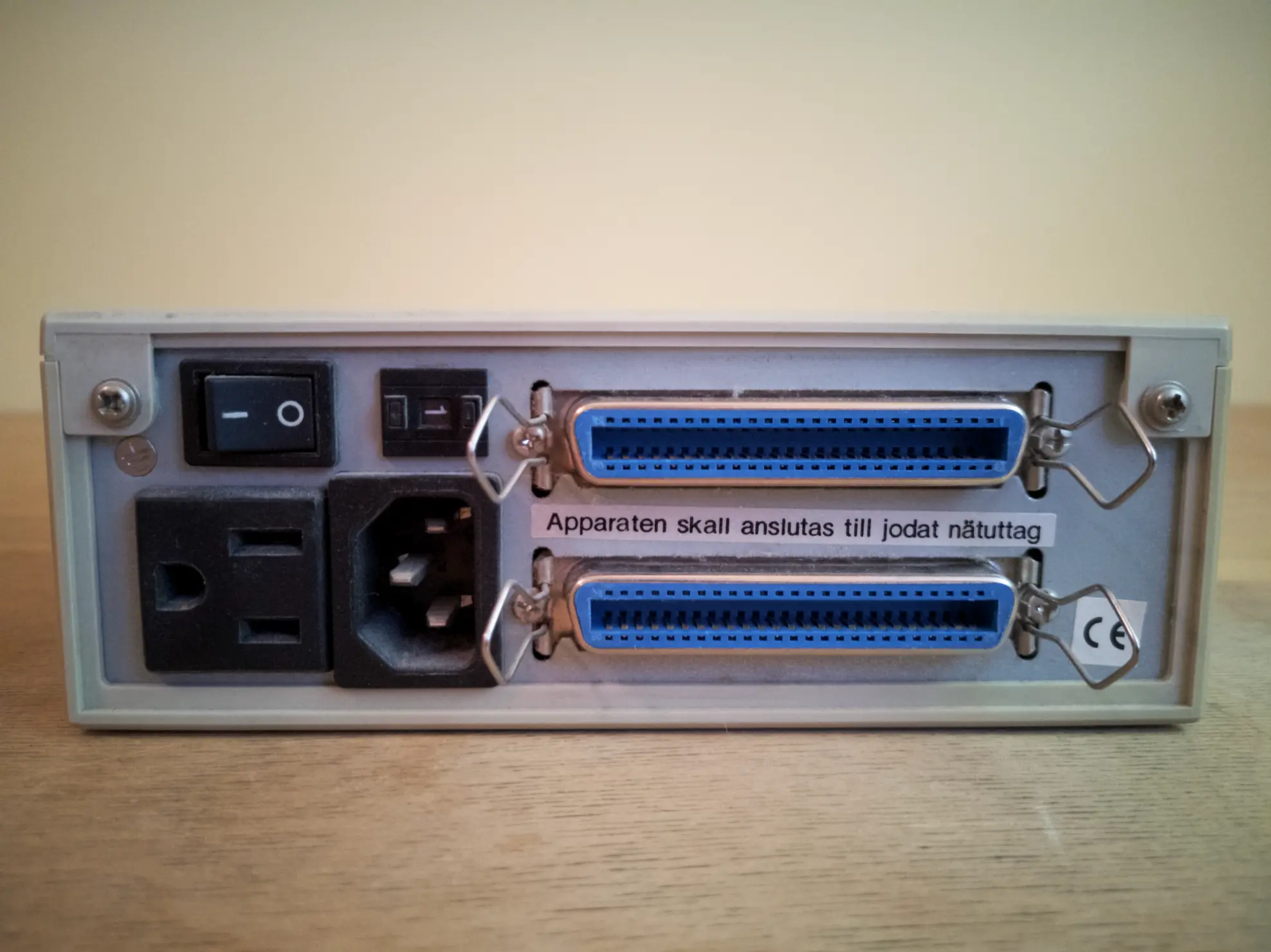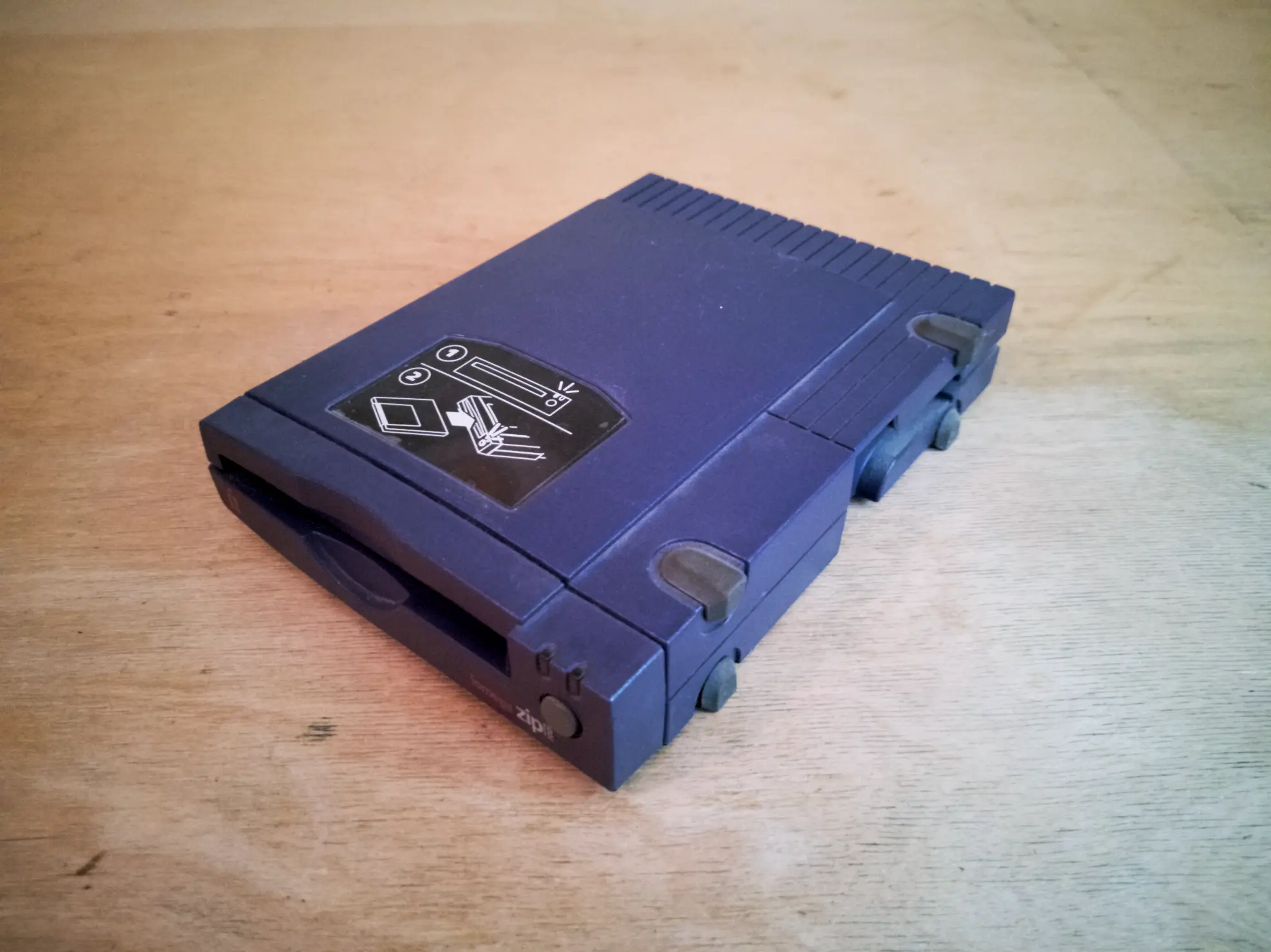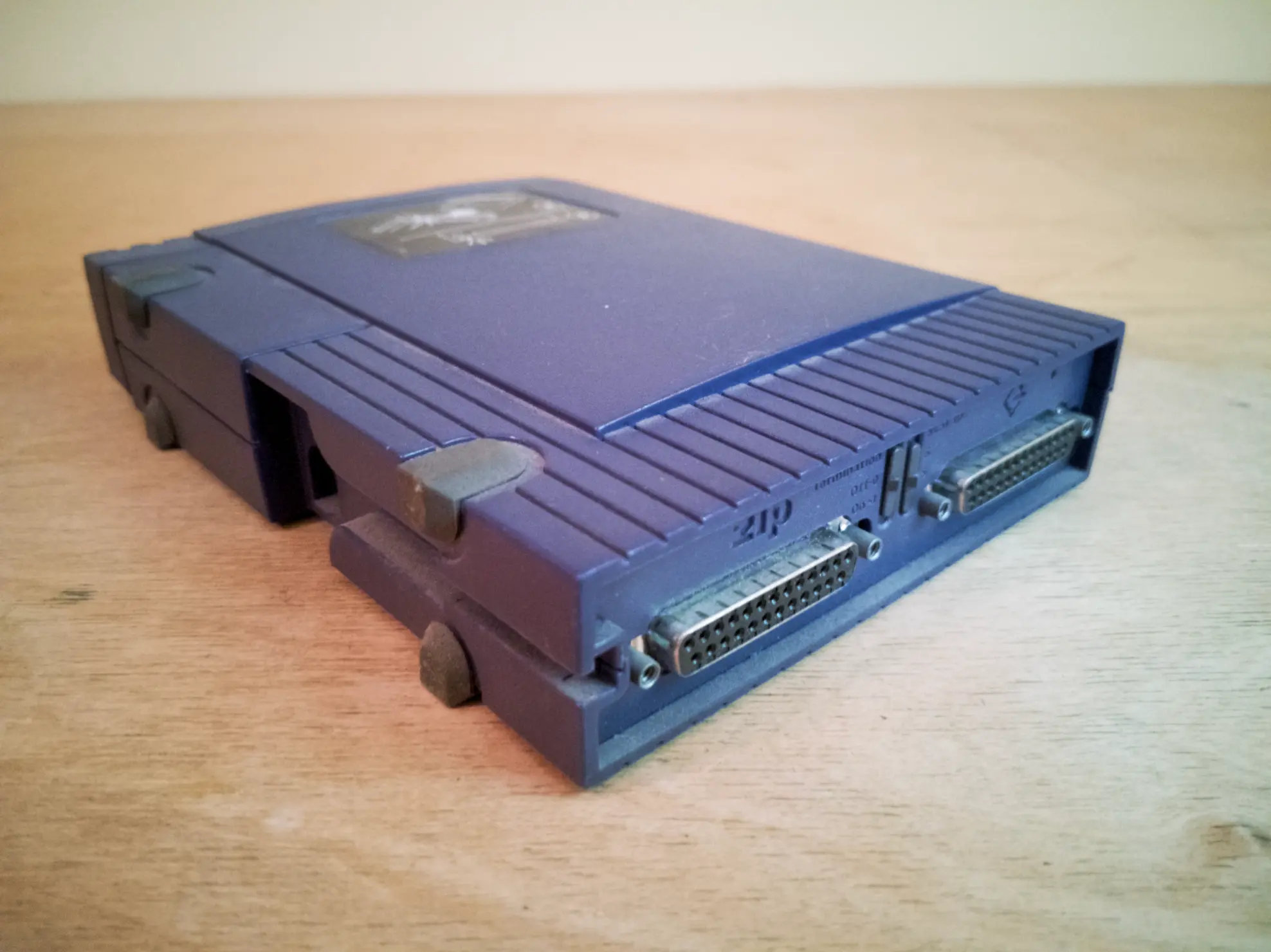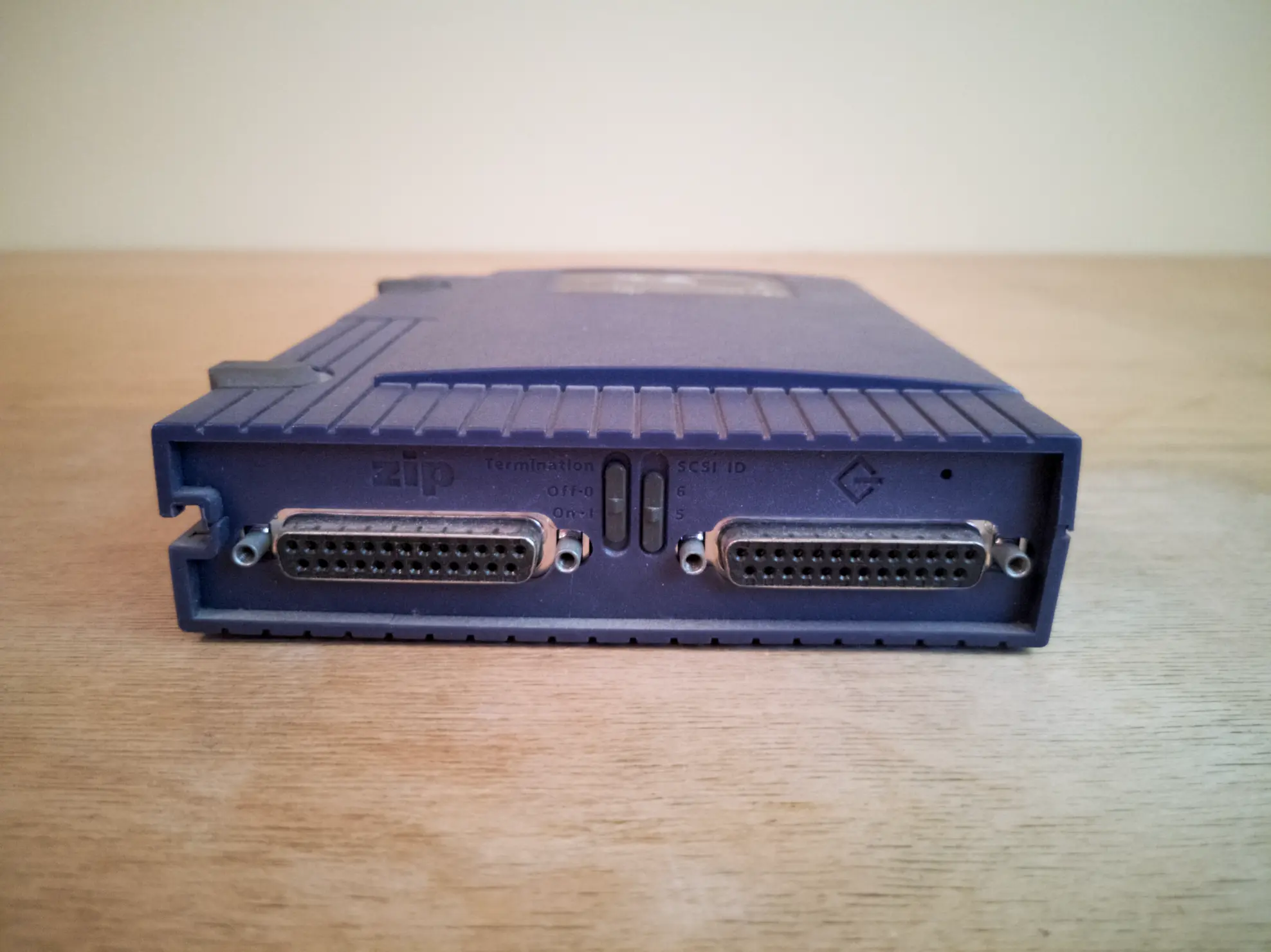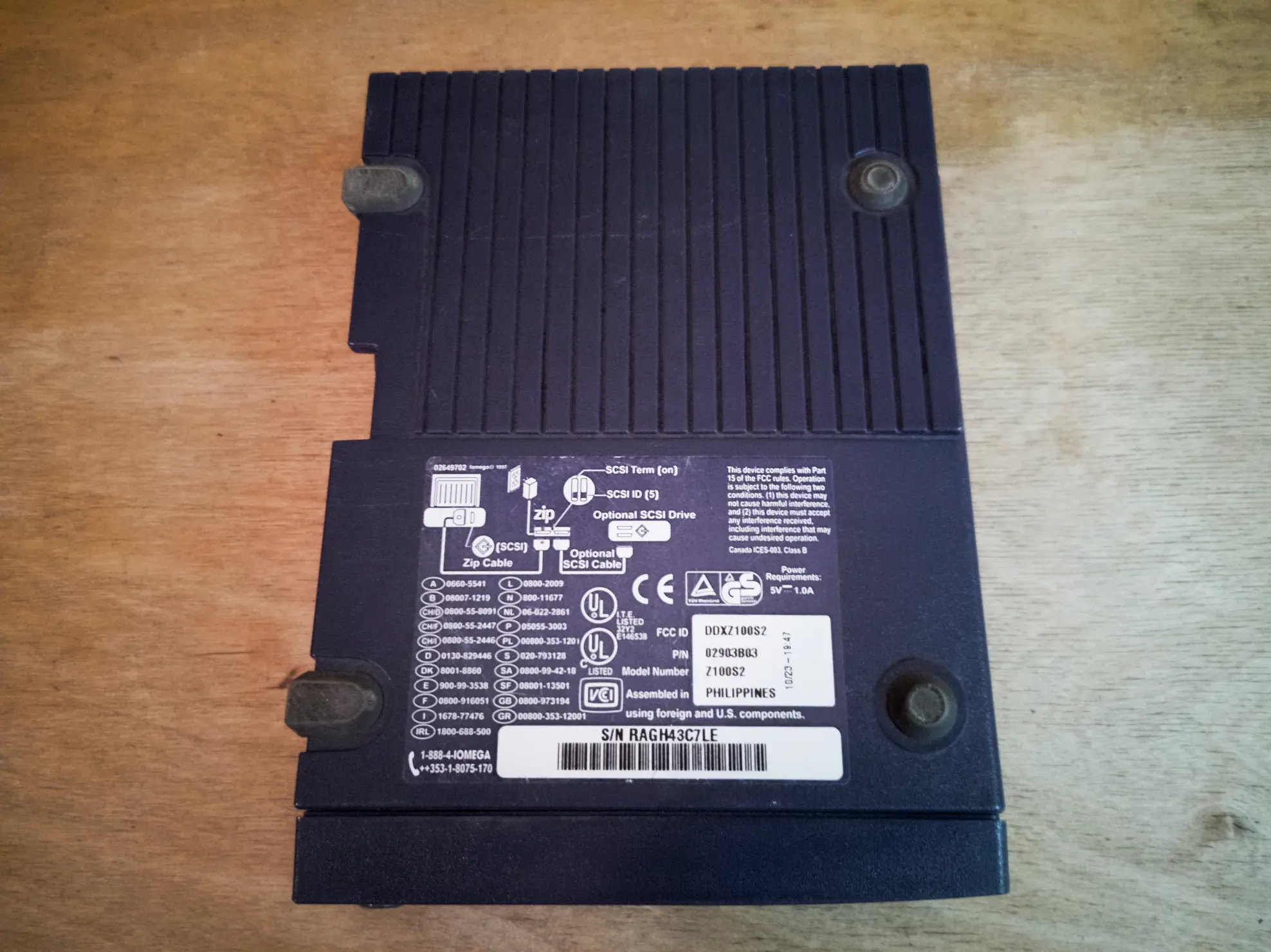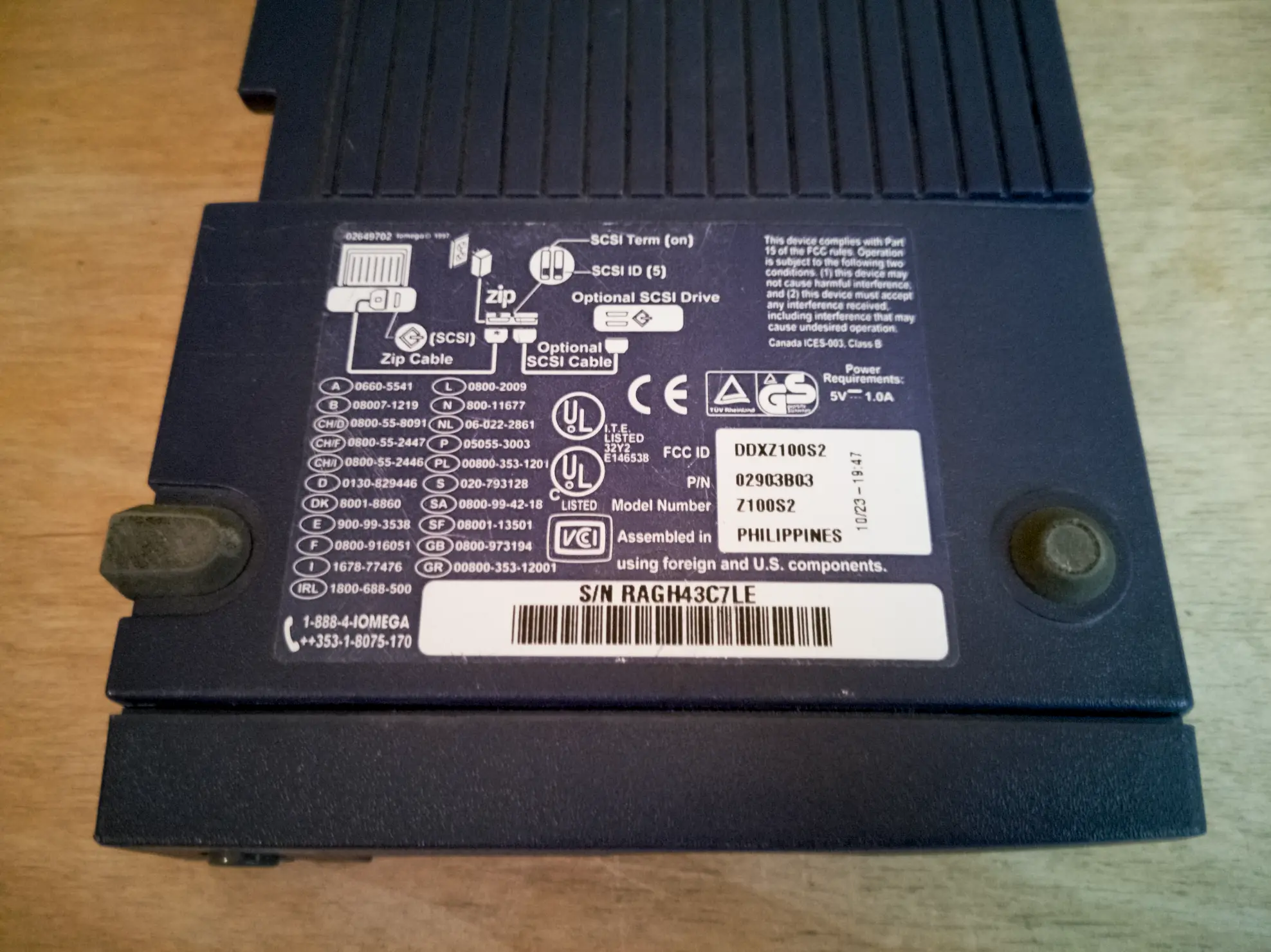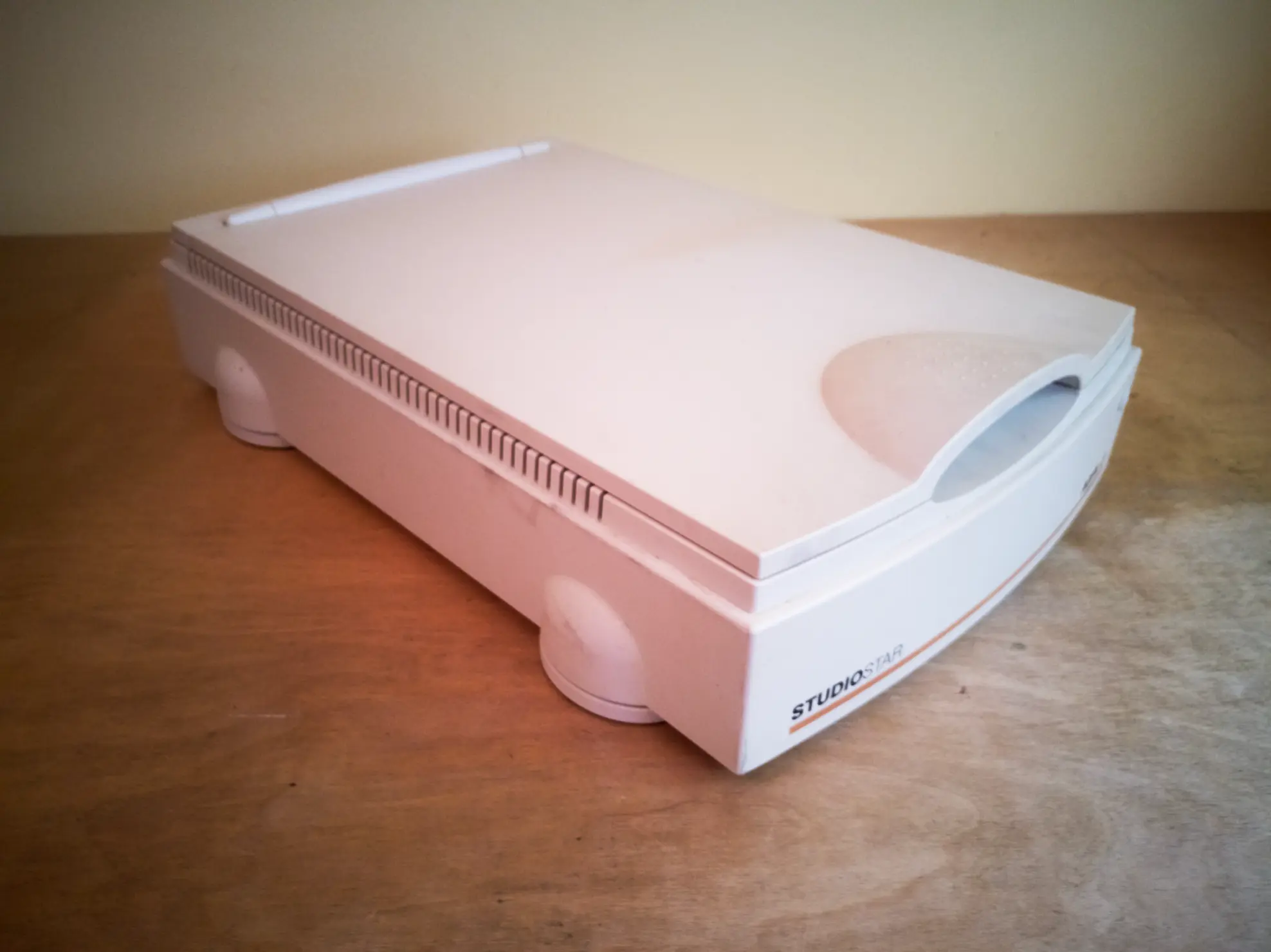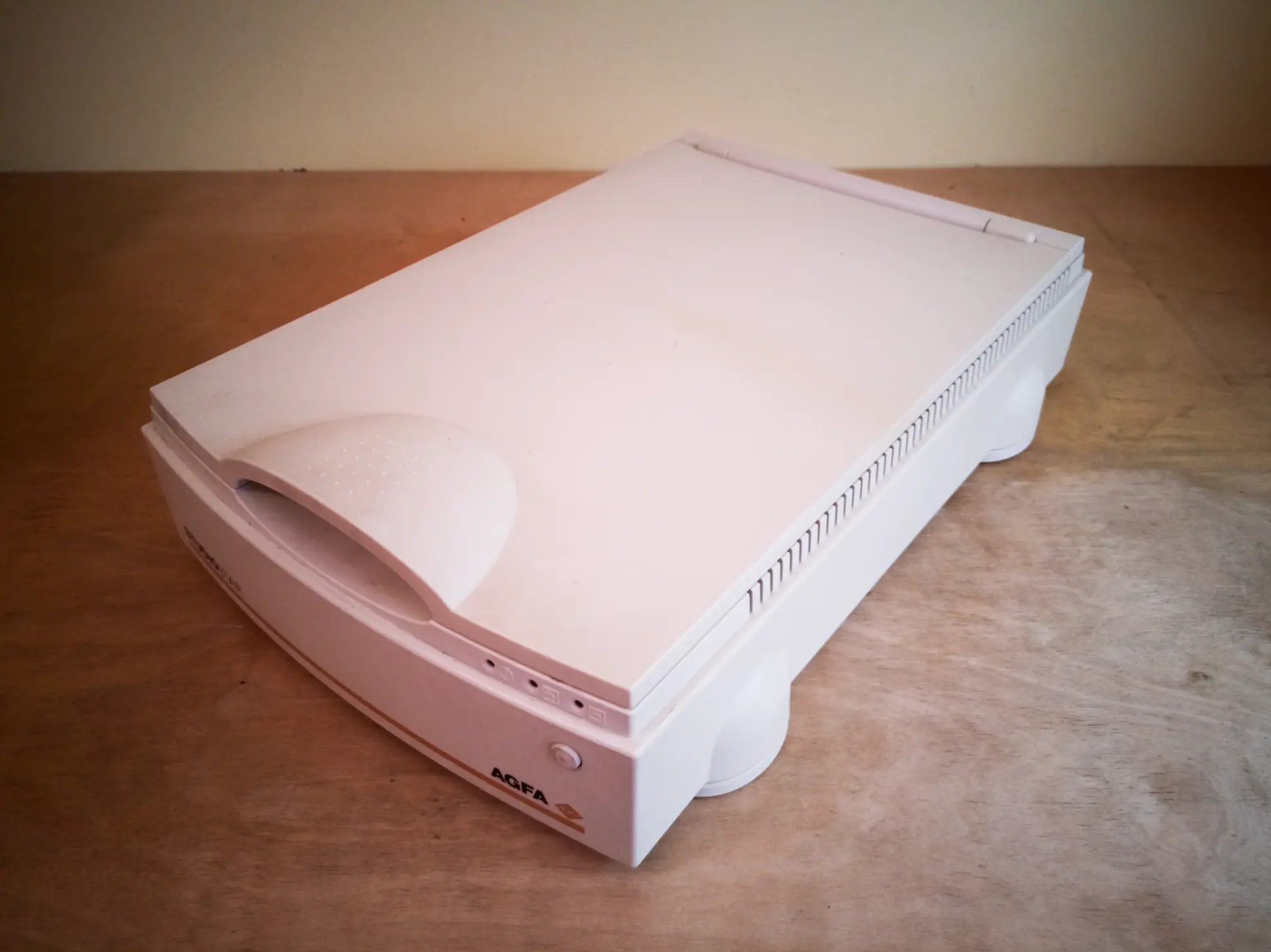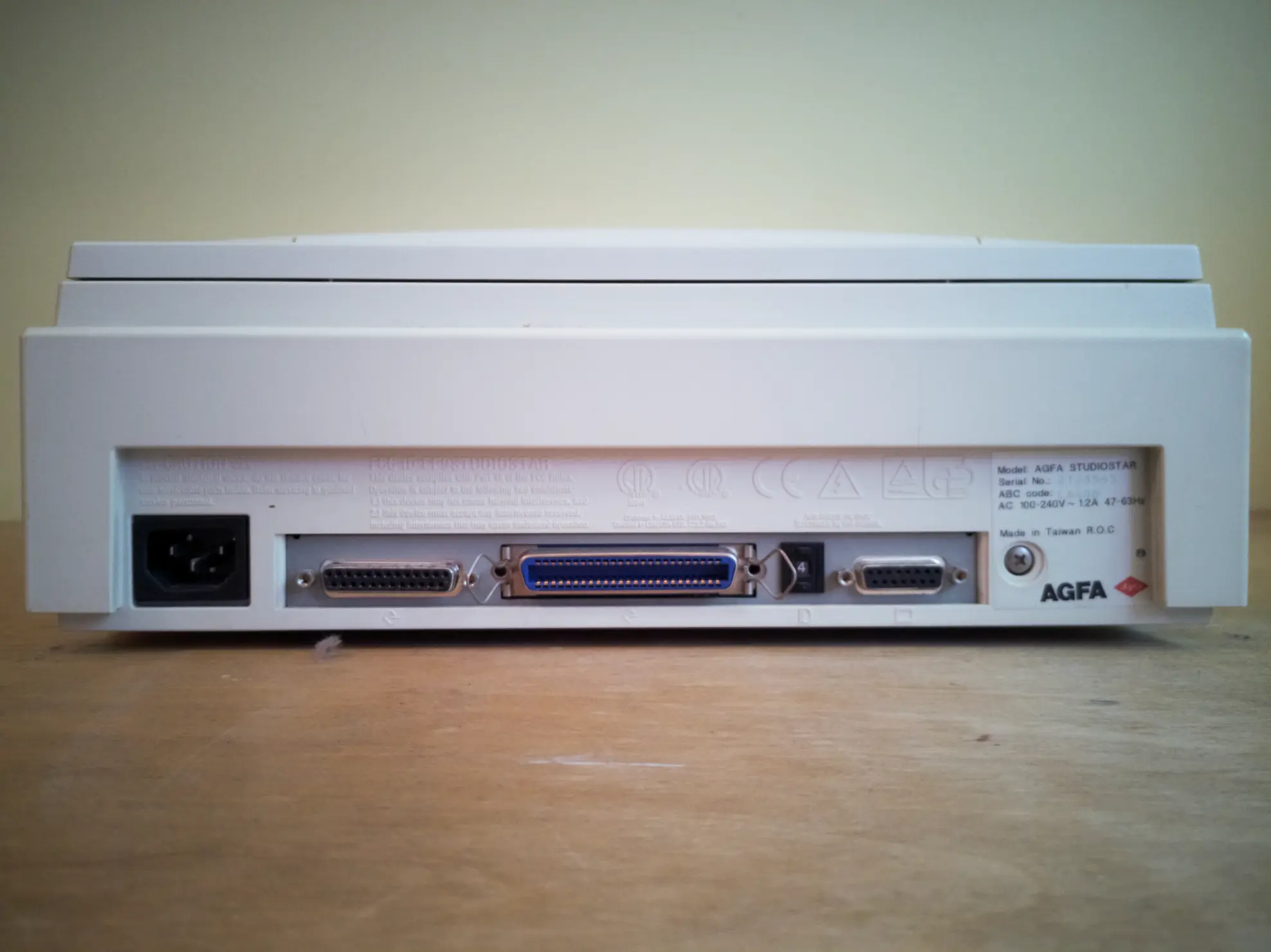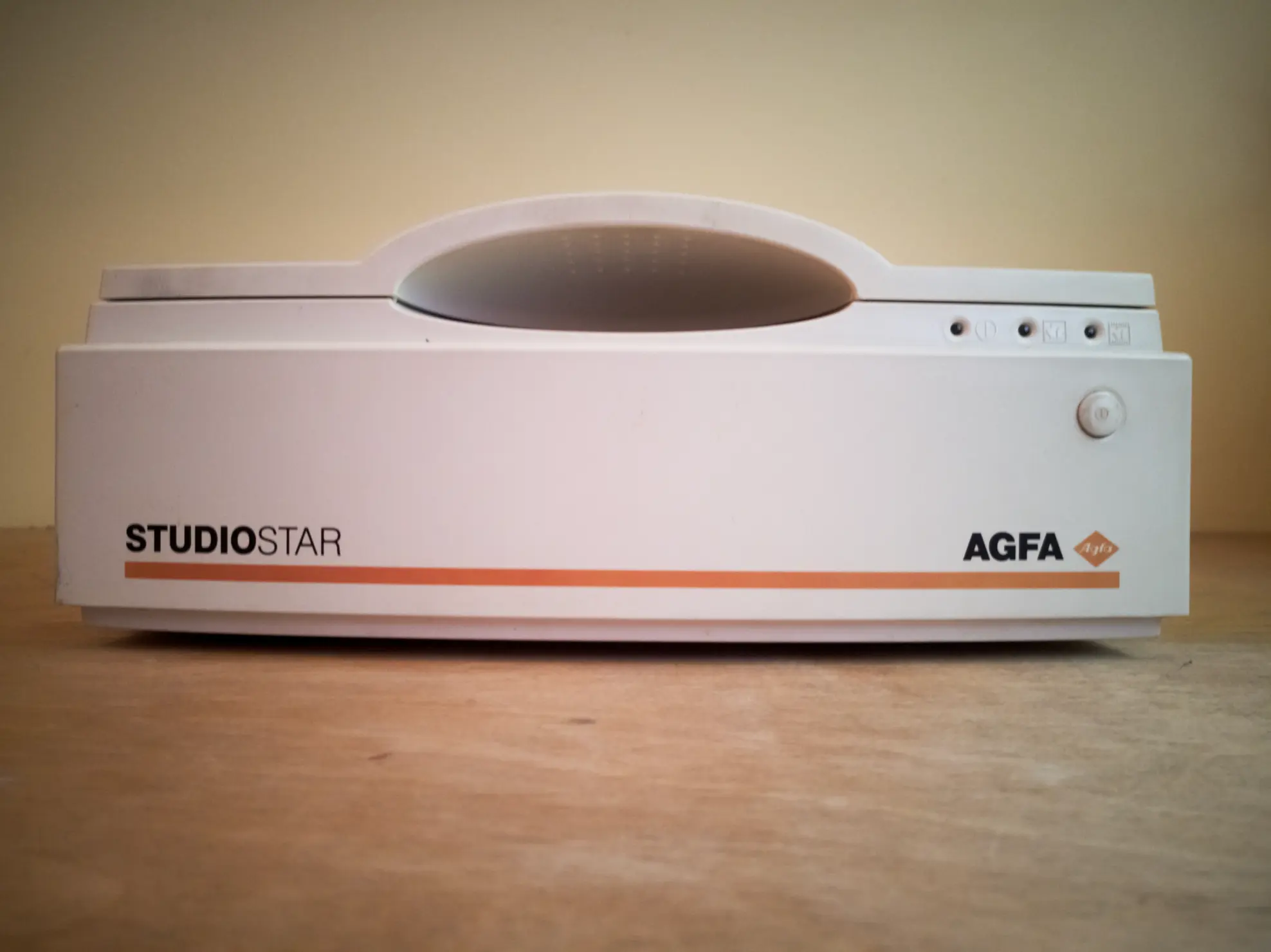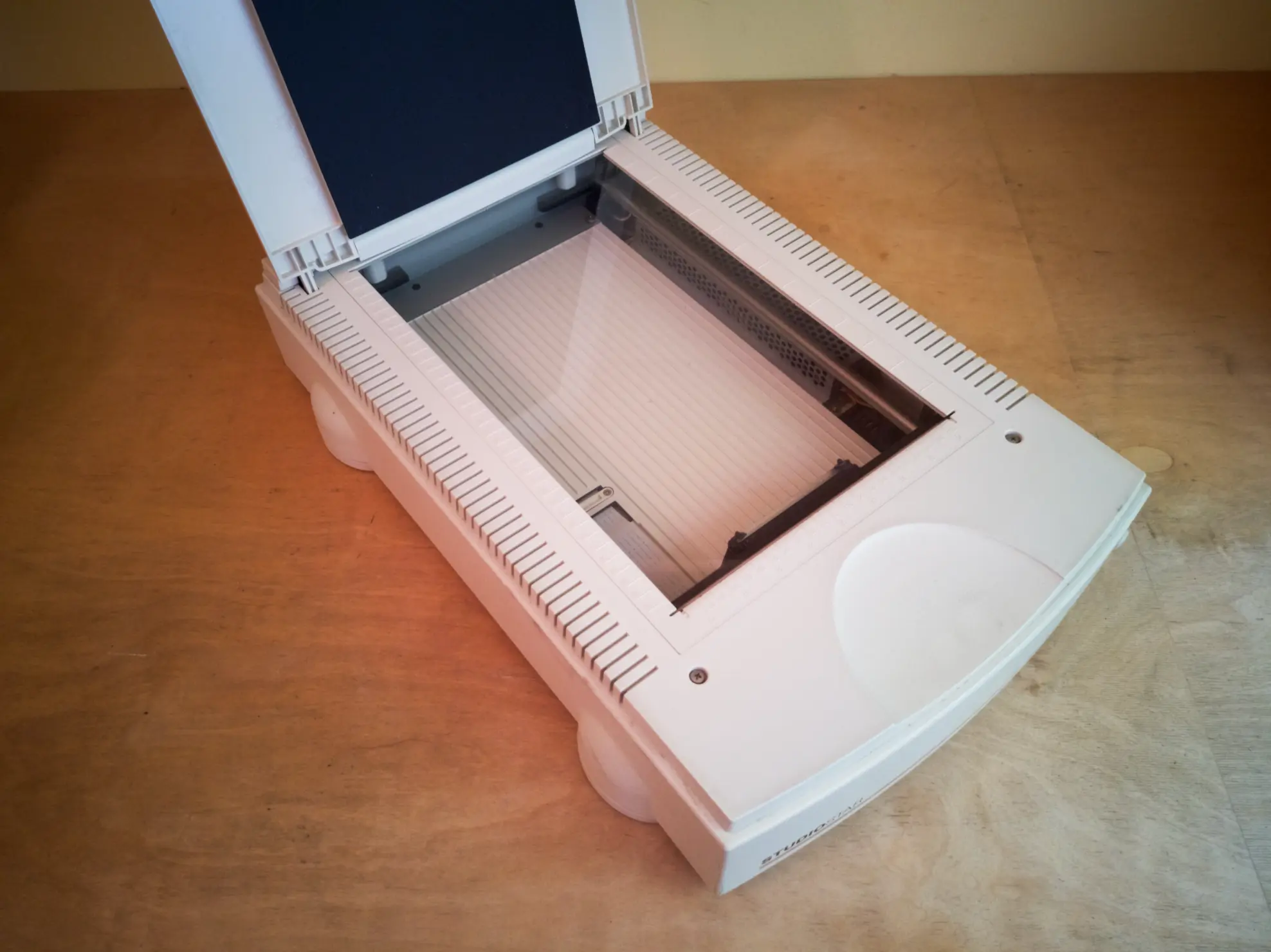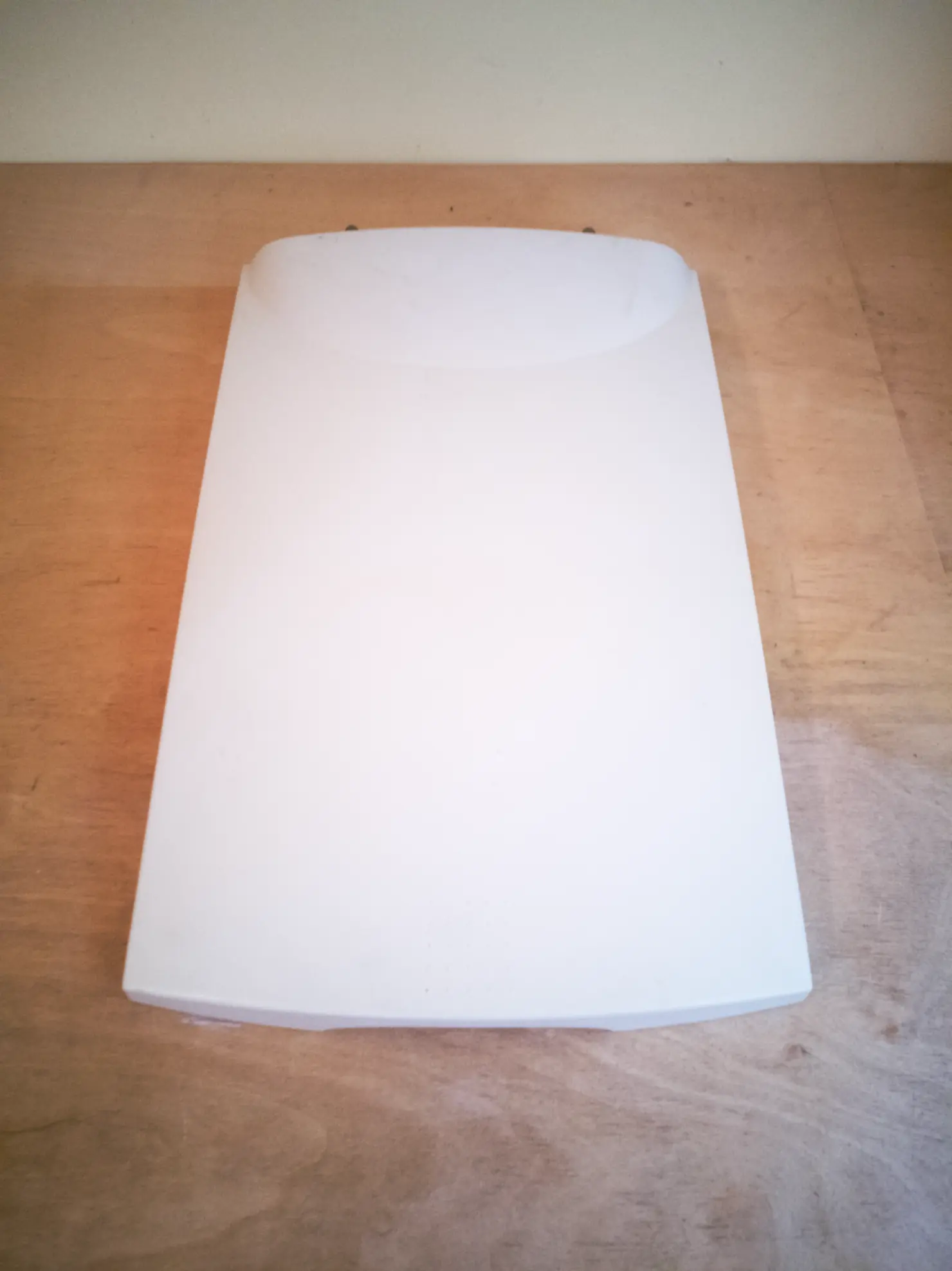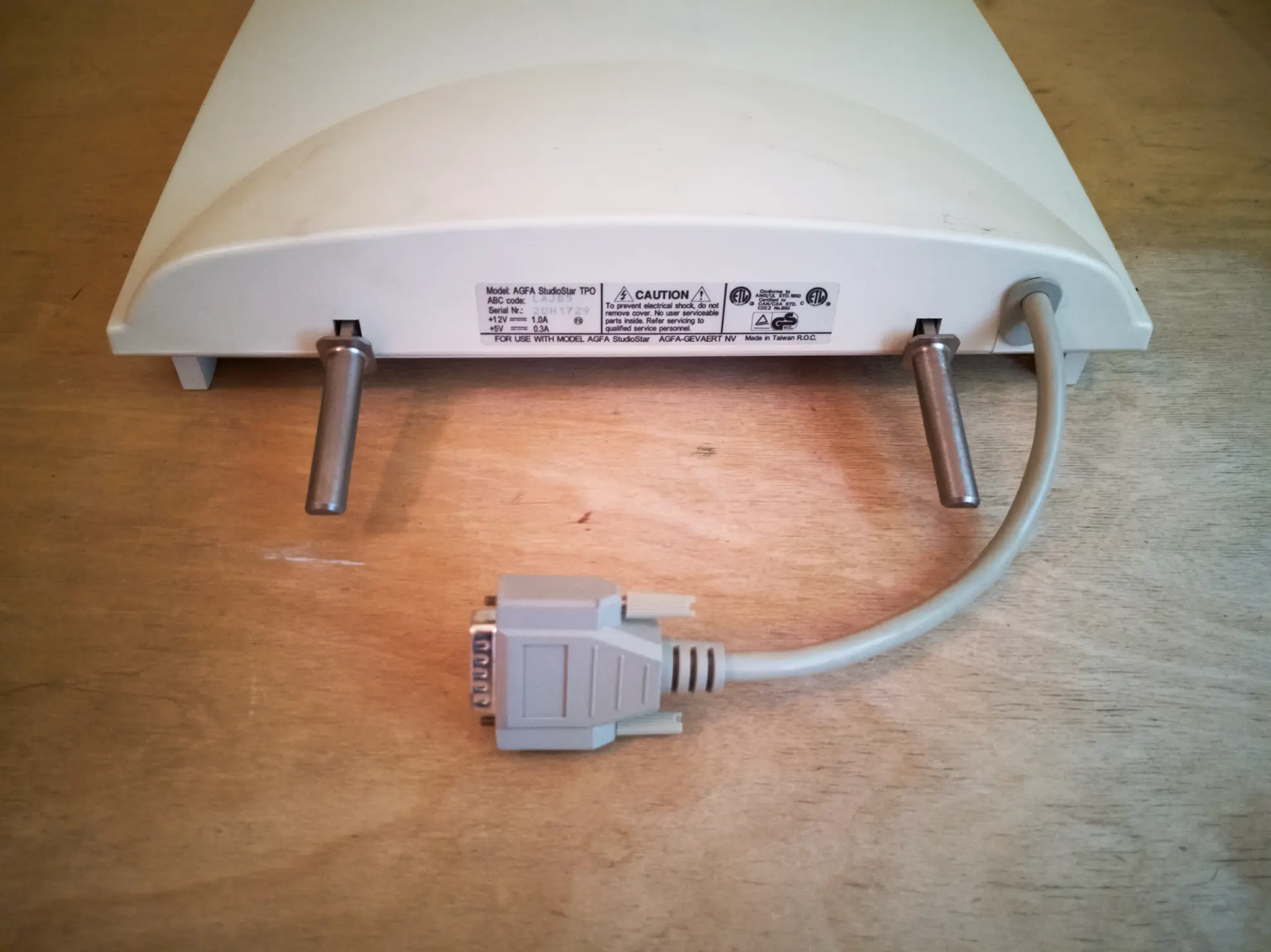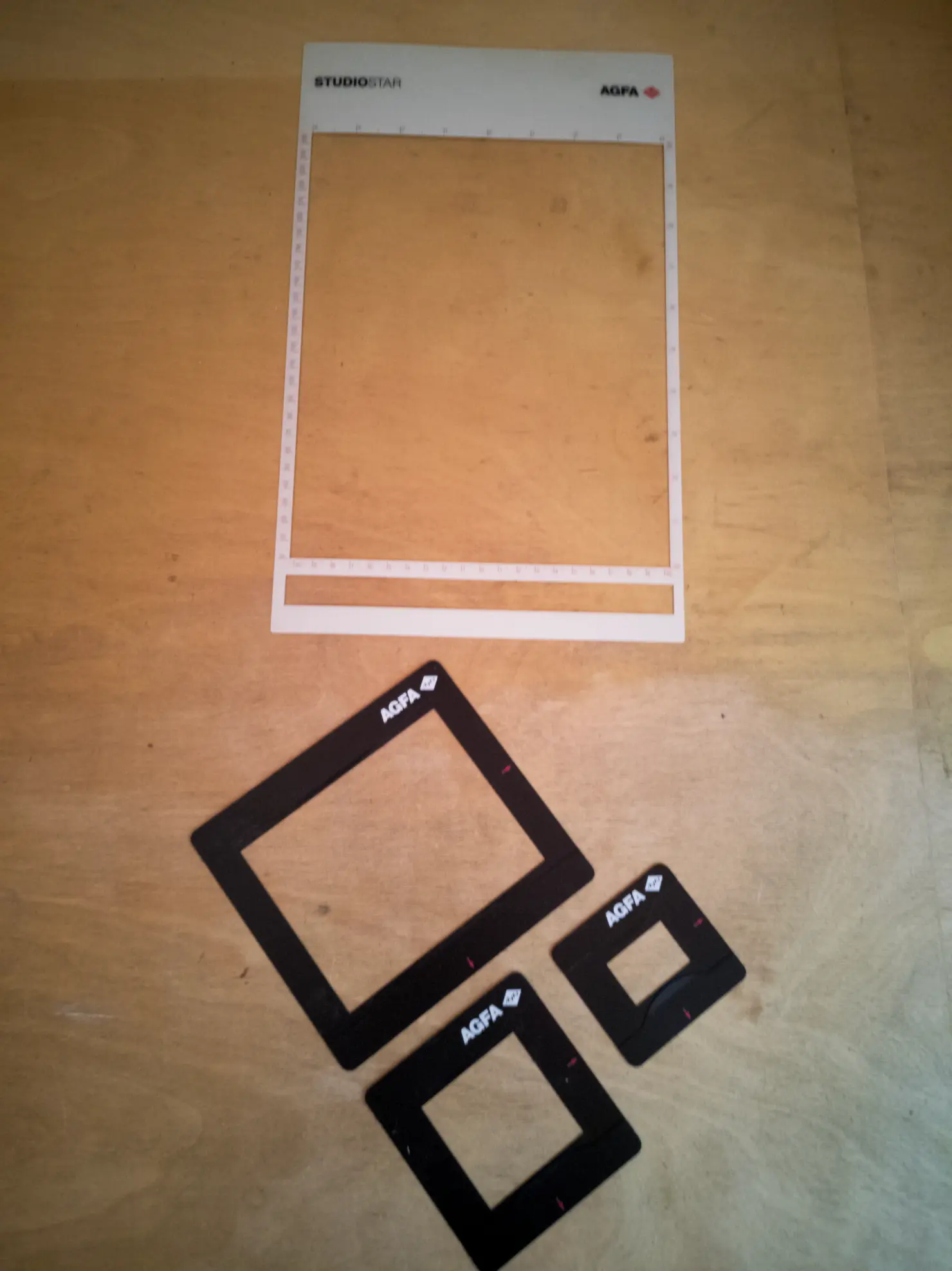Vintage Apple hardware

This page lists all the Apple hardware that I used to have. The entire collection already has a new home!
Macintosh SE/30
Macintosh LC with AppleColor High-Resolution RGB Monitor
The Mac LC was named for its low cost. It was aimed at the home market, and included a 16 MHz 68020 processor. It shipped inside a newly designed small case and was one of the first Macs to come bundled with a microphone. It also came with a new PDS slot, that became a standard in the LC family until its demise in early 1998. The LC was priced at $2,400 U.S.
A new external AppleColor High-Resolution RGB Monitor was introduced in 1987 with the Macintosh II. It had a 13" fixed pixel resolution of 640x480 and the first Trinitron aperture grille CRT.
Performa 630
The last of the Quadra line, the Quadra 630 was introduced in June 1994. The 630 was a hybrid of a Quadra and an LC in a sleek new case. It had an internal IDE hard drive (the 630 was the first Mac to use the IDE bus), and an optional CD-ROM drive. It sold for $1,200, and was also released as the LC 630, and the Performa 630, 630CD, 631CD, 635CD, 636, 636CD, 637CD, 638CD, and 640CD, each of which was bundled with different software, accessories, monitors, and hard drives (some Performas had a 68LC040, and several were also available with several x86-based DOS cards).
Performa 6200
The PowerMac 6200 was a 5200 in a Quadra 630-style case. The 6200 was sold only in Europe, but was released in the US as the Performas 6200CD, 6205CD, 6210CD, 6214CD, 6216CD, 6218CD, 6220CD, and 6230CD, each bundled with a 15" monitor, and a different hard drive. In late 1995 and early 1996, Apple released several more machines based on the same motherboard, with similar specs: The Performas 6260CD, 6290CD, 6300CD, and 6310CD each ran on a 100 MHz 603e, and the PowerMac 6300/120 and the Performa 6320 each ran on a 120 MHz 603e. They were all eventually replaced by the Performa 6360.
Performa 6400/200
The Performa 6400 represented a radical change in the Apple line. Proving that Apple had learned from the previous Holiday season, (when they under produced the popular 7500's and 8500's and over-produced lower end Performa's) The 6400 was one of Apple's first consumer-aimed mid-range computer. The Performa 6400 came in a newly designed "InstaTower" case, and ran on either a 180 or a 200 MHz 603e processor. It also shipped with an internal 28.8 modem and a video-output port. The 6400/180 initially sold for $2399 U.S. The 6400/200 sold for $2799 U.S.
Power Macintosh G3 (Blue and White)
Sporting an all new translucent "easy-open" case design (code named "El-Capitan"), the new G3 was the first Apple model to support FireWire, Apple's new high-speed serial standard. It was also the first professional model to include USB, although it also came with a legacy ADB port for backwards compatibility. In a controversial move, Apple chose not to include standard serial ports, a floppy drive, or on-board SCSI (Apple instead chose Ultra ATA). An internal Zip was available, however, as were SCSI expansion cards. The G3 was available in a number of configurations, starting at $1599 U.S., and rounding out near $5000 U.S. for the fully loaded server configuration. In late April, the line was speed-bumped by 50 MHz, bringing the high-end model to 450 MHz.
PowerBook (FireWire)
Apple's solution to having had 4 products named the PowerBook G3, was to drop the G3 altogether. The PowerBook (FireWire) finally brought the "Unified logic board Architecture" (UMA) to the professional PowerBook line. The PowerBook (FireWire) finally replaced the SCSI port, with dual 400 MBit/s FireWire ports. Its bus speed was upped to 100MHz, and it included an AGP-based ATI Rage 128 graphics chipset, and a 6X DVD-ROM drive. The PowerBook G3 (FireWire) came in two configurations: the 400 MHz/64MB/6GB model was initially sold for $2,499 U.S., and the 500 MHz/128MB/12GB model was $3,499 U.S. In September 2000 the hard drive sizes were increased to 10 and 20 GB, respectively.
iBook
The iBook was perhaps the most anxiously awaited Apple computer ever. Aimed at the same consumer market as its big brother, the iMac, the iBook filled the 2x2 consumer/pro/desktop/portable matrix that Steve Jobs had first detailed more than a year earlier. The iBook did have a number of semi-revolutionary features for such a low-end machine. It was the first Mac to include AGP-based graphics, and included a handle, a feature rarely seen in a portable. The iBook was the first Mac released using Unified logic board Architecture (UMA), which allowed Apple to standardize most logic board components across all product lines. The most exciting new feature of the iBook was the inclusion of AirPort, a wireless networking system based on existing industry standards. AirPort allowed up to 10 iBooks to connect to a single base-station, which could then be plugged into an existing ethernet network or a standard phone line. At $1599 U.S., The iBook was $900 U.S. less expensive than Apple's lowest-priced professional PowerBook. The iBook received a minor revision in February 2000, when the logic board RAM was raised to 64 MB, and the hard disk was bumped up to 6 GB.
iBook
Apple Keyboard II
Introduced and sold with the Macintosh LC in 1990, this keyboard was almost identical to the original ADB Keyboard, but included flip down feet to change the typing angle and a design change that gave the frame and keys a more substantial appearance. In 1993, The Macintosh TV was the first Mac introduced in all black. It came with an identical black Keyboard II (using the same model number).
AppleDesign Keyboard
This was the first major redesign of the Apple keyboard, featuring more fluid, curving lines to match the look of the new Apple product style. It was an unpopular replacement for the Apple Extended Keyboard II in 1994. Significantly lighter than its predecessors, it had a much softer and quieter key interface that was unpopular with many typists. This keyboard was also produced in black using the same model number (like the Apple Keyboard II before it), specifically for inclusion with the black Performa 5420 released primarily in Europe.
AppleDesign Keyboard (item 2)
AppleDesign Keyboard (item 3)
Apple USB Keyboard
iPod
The iPod was a hard disk based digital music player that was smaller than most portable tape decks. The iPod could compete with both flash-based and hard disk based players: By using a 1.8" hard disk, Apple was able to make the iPod smaller than most other hard disk MP3 players, small enough to go up against flash-based players, whose capacity was more than an order of magnitude less than the 5 GB available on the iPod. The 5 GB iPod was priced at $399 U.S. In March 2002, Apple added a 10 GB model to its iPod lineup, for $499 U.S. Several months later, in July 2002, Apple replaced the mechanical scroll wheel with a solid-state touch wheel, added a $499 U.S. 20 GB model, and dropped the prices of the 5 and 10 GB models to $299 U.S. and $399 U.S., respectively (The 5 GB iPod kept its mechanical scroll wheel). In addition, Apple for the first time made iPods available to Windows users.
iPod (Click Wheel)
On July 19th, 2004, Apple released the fourth iPod generation. The new model was slightly slimmer, shipped in either 20 or 40 GB configuration, had up to 12 hours battery life and featured the Apple Click Wheel, which debuted on the iPod mini. The price for the entry model dropped to $299 U.S. and the 40 GB was $399 U.S.
iPad (Wi-Fi)
Development of a tablet computer by Apple began with the creation and introduction of the Newton based MessagePad 100 in 1993. Part of this development process led to the creation of the ARM6 core as a collaboration between Apple and Acorn Computers. Apple had at the same time developed a prototype tablet computer named the PenLite but did not release it as it did not wish to affect Newton sales. Several more Newton based PDAs were introduced until the MessagePad 2100, the final in the series of Apple PDAs, was discontinued in 1998. Development of tablet computer prototypes within Apple began as early as 2000. The development of the tablet, specifically Apple's multi-touch technology, was combined with the development of the iPhone and iPod Touch and included technology Apple had gained from its acquisition of FingerWorks in 2005. The product was announced on January 27, 2010 at an Apple press conference at the Yerba Buena Center for the Arts in San Francisco. The device's imminent release had been rumored for several months with iSlate and iTablet among speculated names.
Macintosh Color Display
Multiple Scan 15 Display
Originally, the Multiple Scan series covered both entry-level and professional displays. However, by 1995, Apple released the AppleVision series which was especially built for professional users. Therefore, Apple needed entry-level displays for their consumer customers. The Multiple Scan series became Apple's entry-level display series. All following Multiple Scan displays were equipped with cheaper Shadow Mask tubes that supported lower resolutions and less colors. The last Multiple Scan display, the Multiple Scan 720 display, was released in 1997.
Multiple Scan 15AV Display
Originally, the Multiple Scan series covered both entry-level and professional displays. However, by 1995, Apple released the AppleVision series which was especially built for professional users. Therefore, Apple needed entry-level displays for their consumer customers. The Multiple Scan series became Apple's entry-level display series. All following Multiple Scan displays were equipped with cheaper Shadow Mask tubes that supported lower resolutions and less colors. The last Multiple Scan display, the Multiple Scan 720 display, was released in 1997.
Multiple Scan 1705 Display
Originally, the Multiple Scan series covered both entry-level and professional displays. However, by 1995, Apple released the AppleVision series which was especially built for professional users. Therefore, Apple needed entry-level displays for their consumer customers. The Multiple Scan series became Apple's entry-level display series. All following Multiple Scan displays were equipped with cheaper Shadow Mask tubes that supported lower resolutions and less colors. The last Multiple Scan display, the Multiple Scan 720 display, was released in 1997.
PlainTalk microphone
PlainTalk microphone
StyleWriter
The original StyleWriter was released in 1991. It replaced the dot-matrix ImageWriter printers. The new ink jet technology was very promising due to its good quality and the low price. The StyleWriter series was targeted at consumer users. While StyleWriter was able to print one page per minute, the StyleWriter II doubled that performance. With the release of the Color StyleWriter series, the StyleWriter printers were discontinued.


